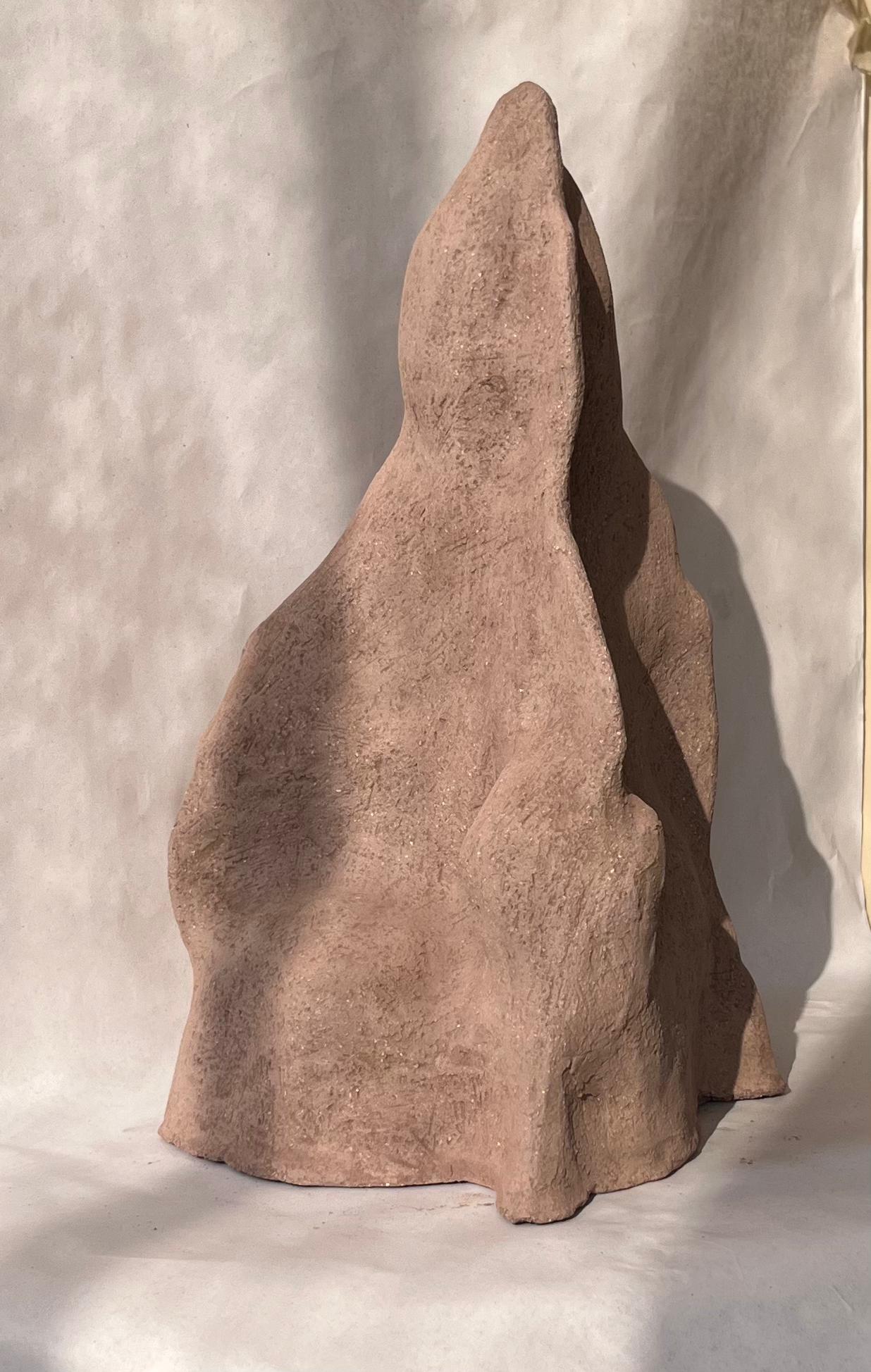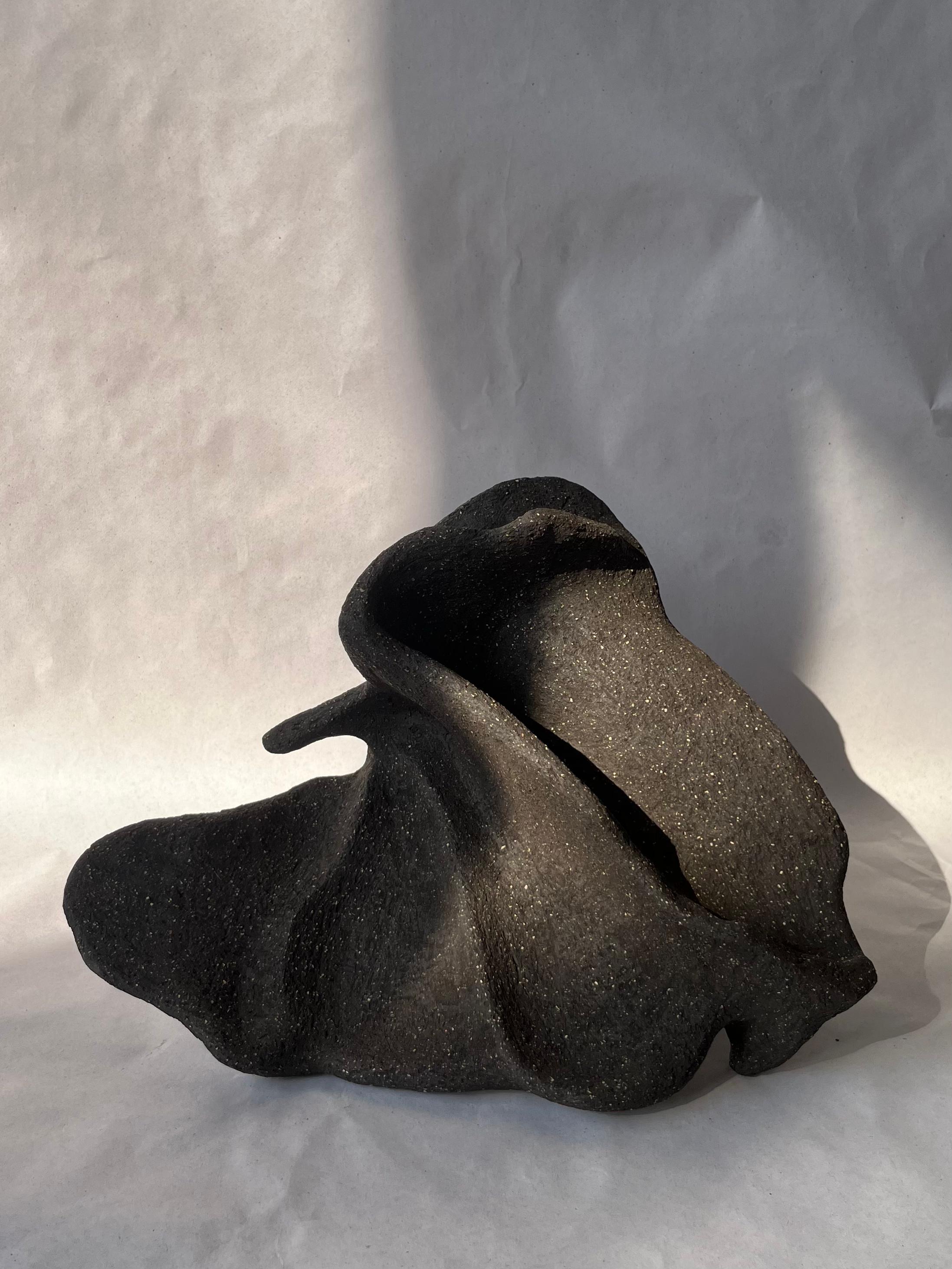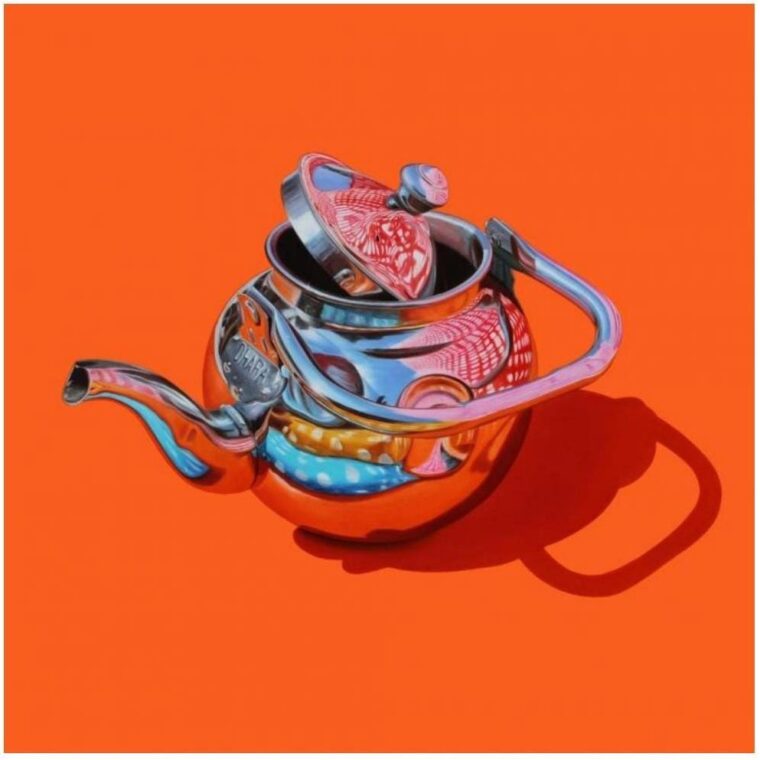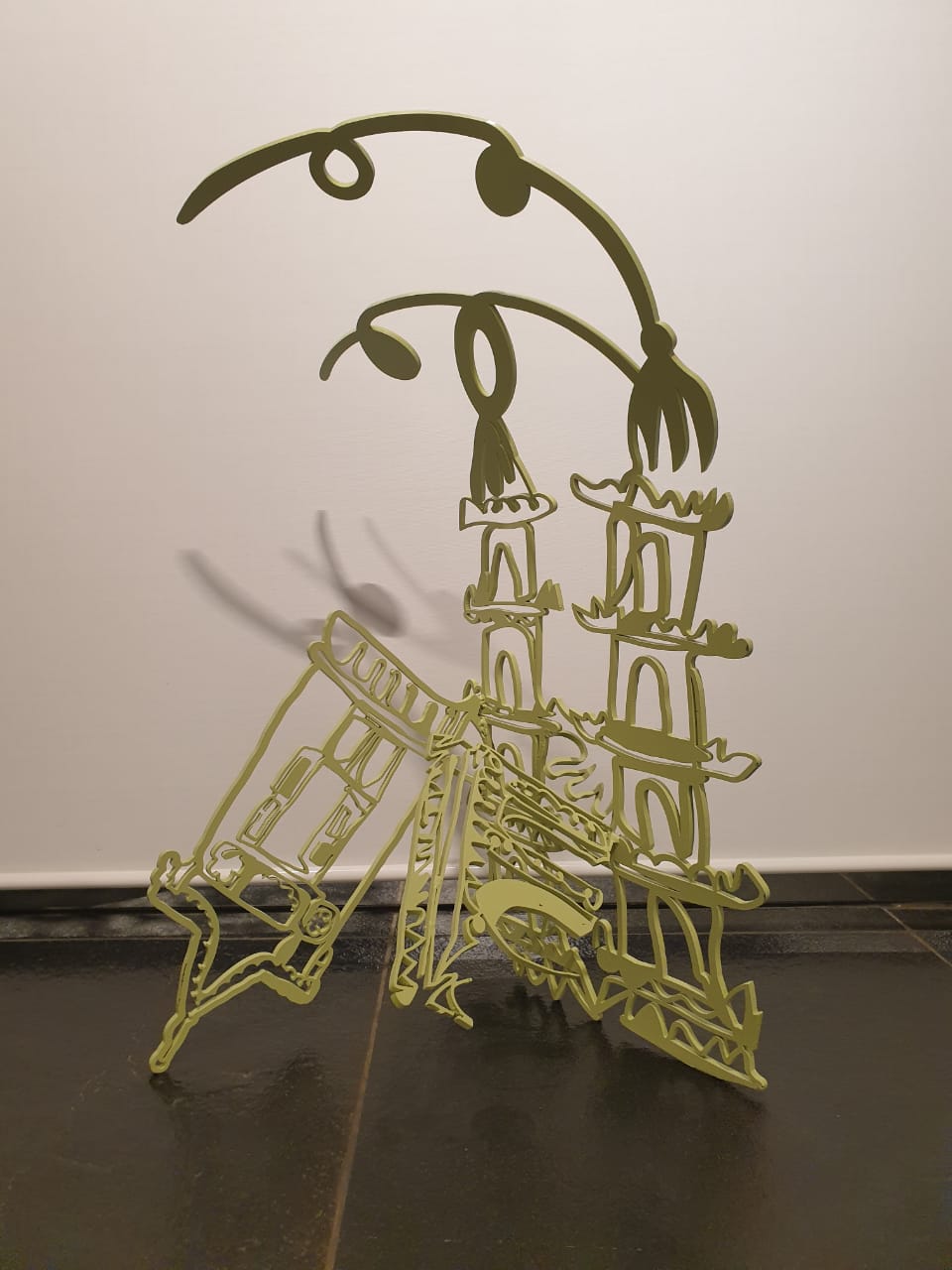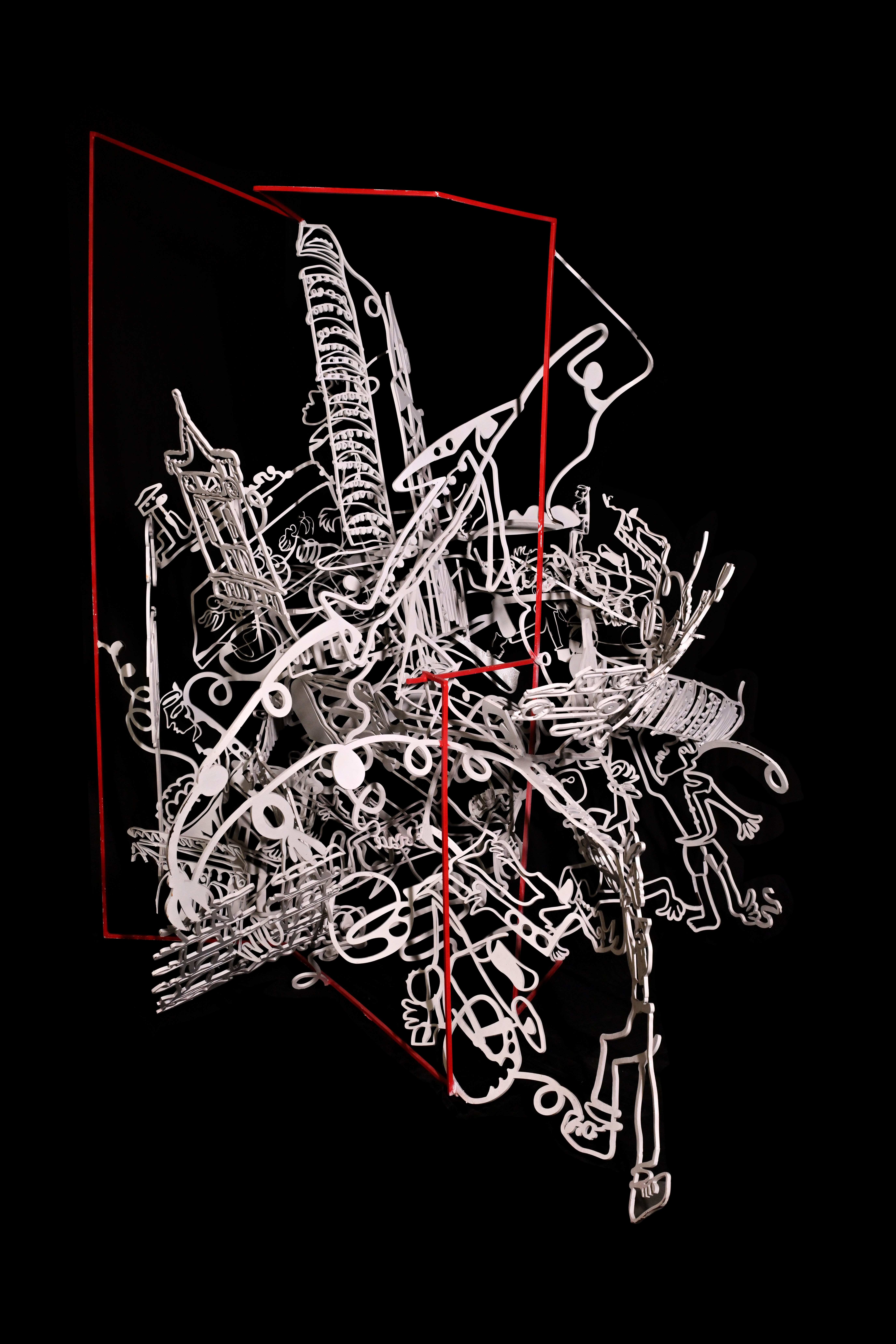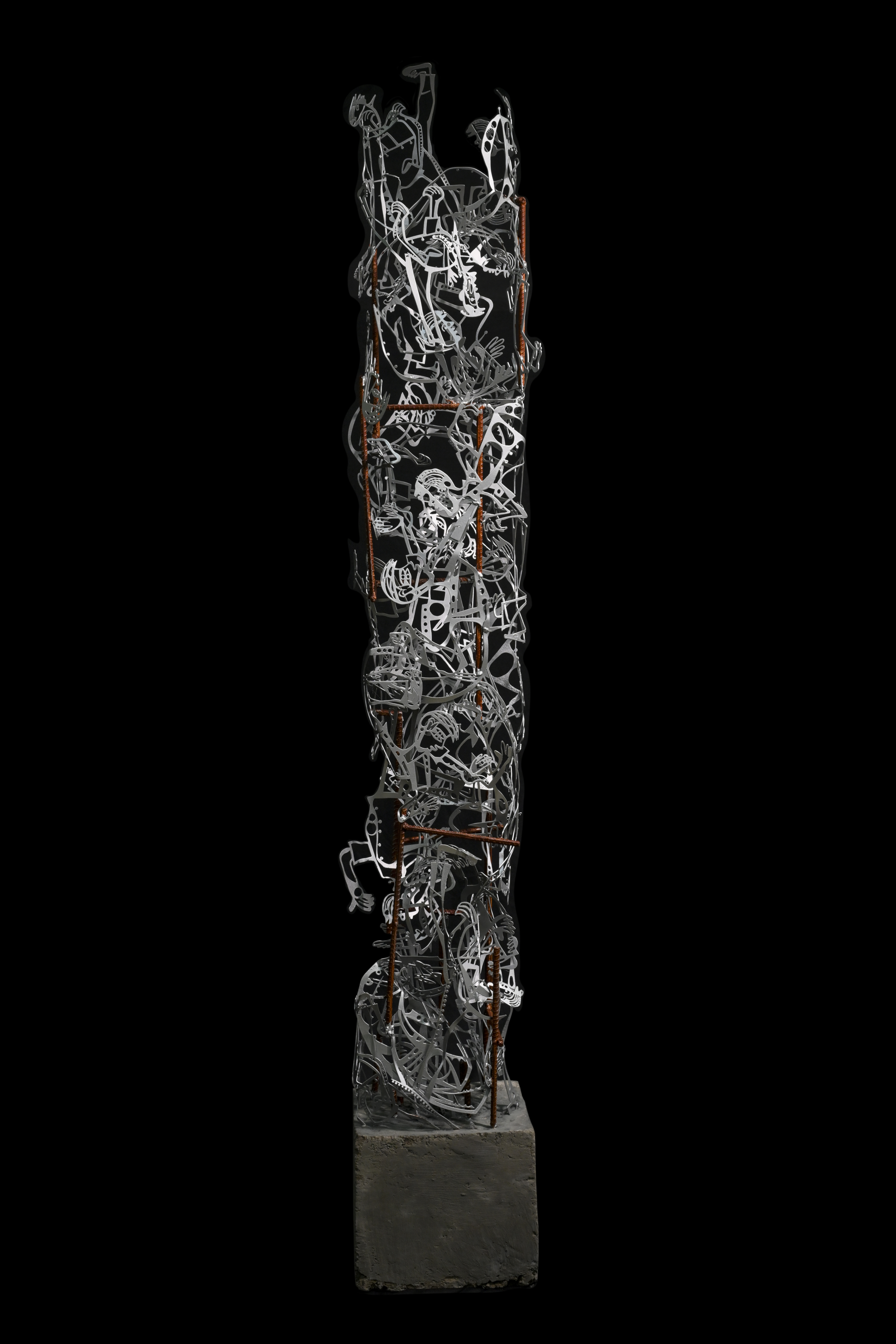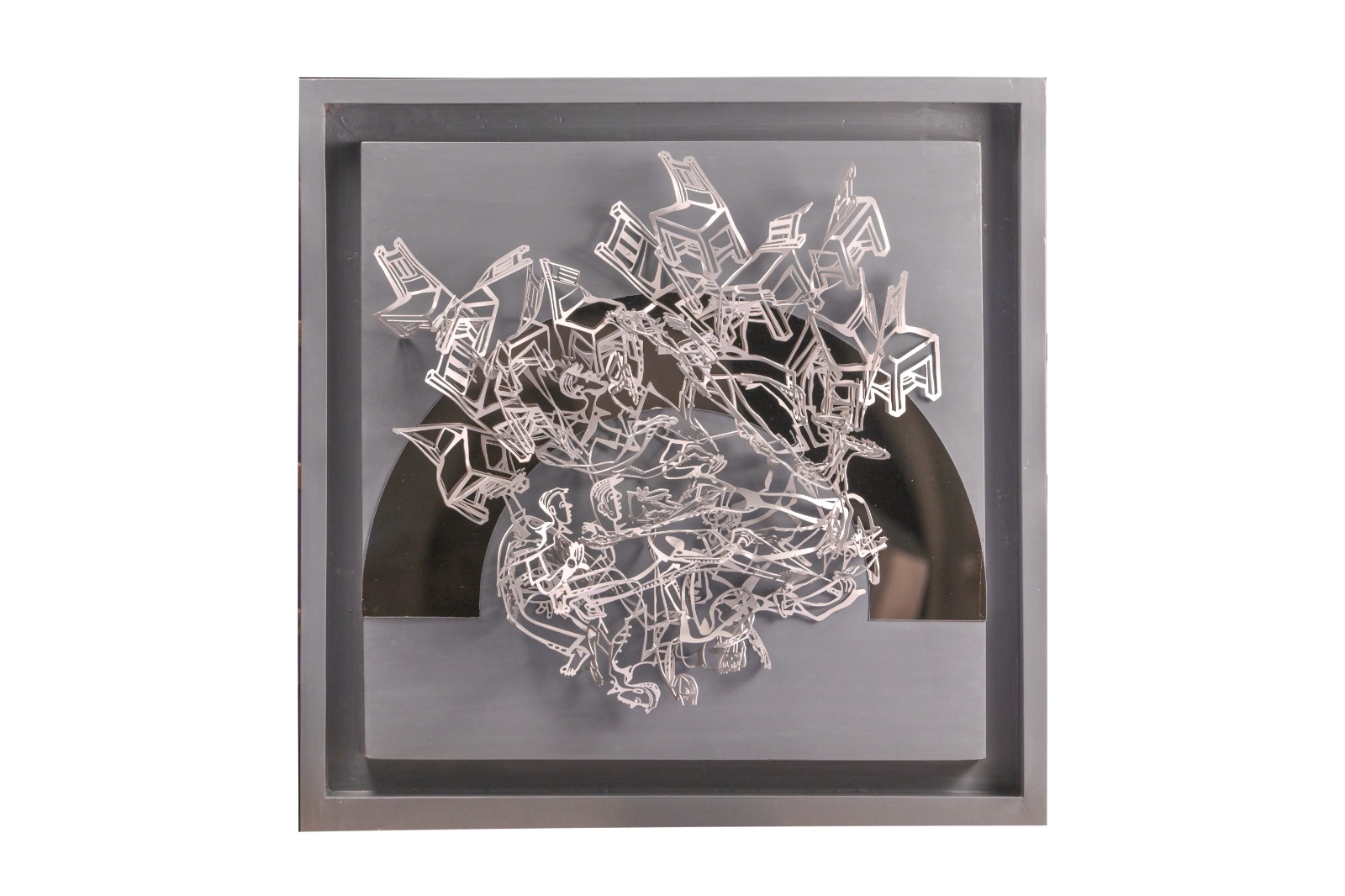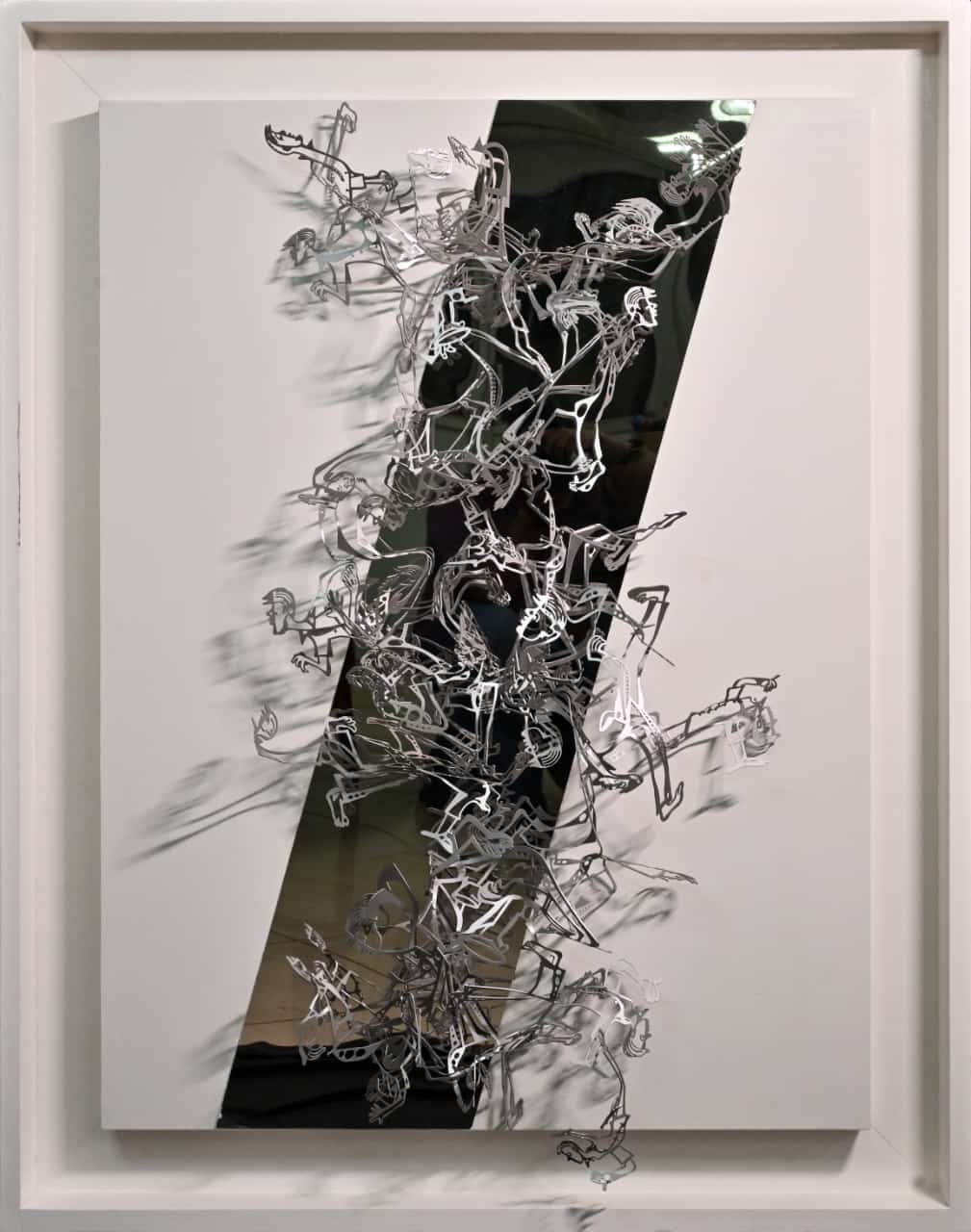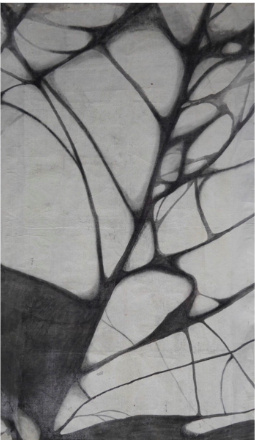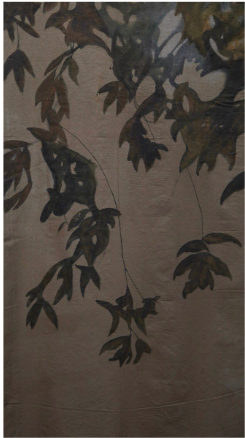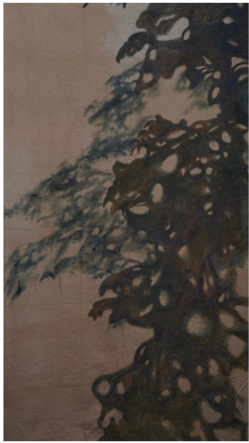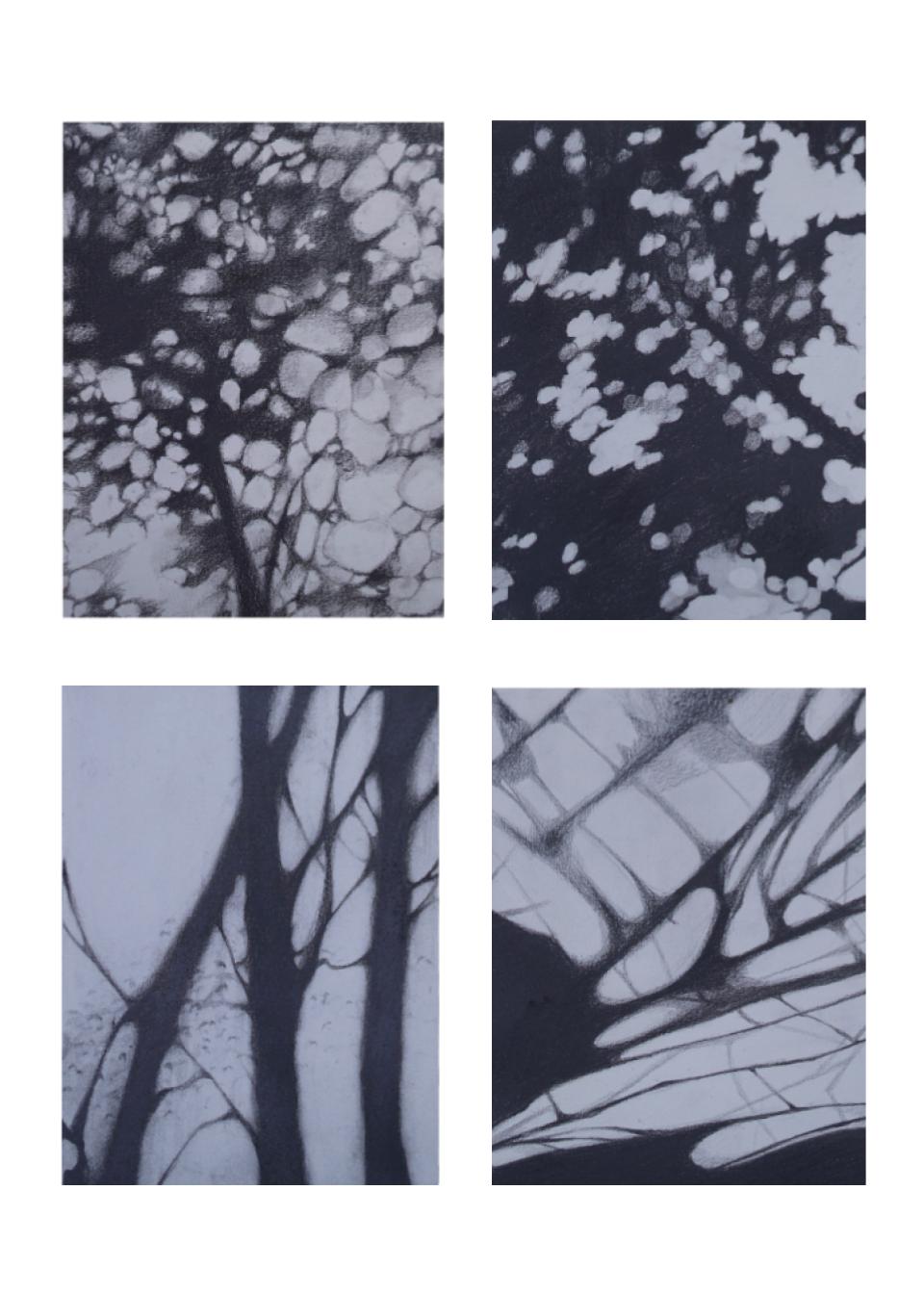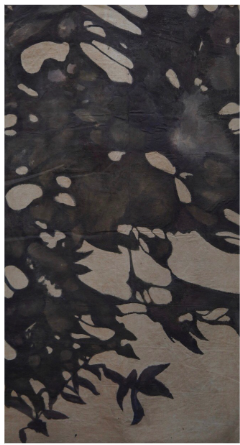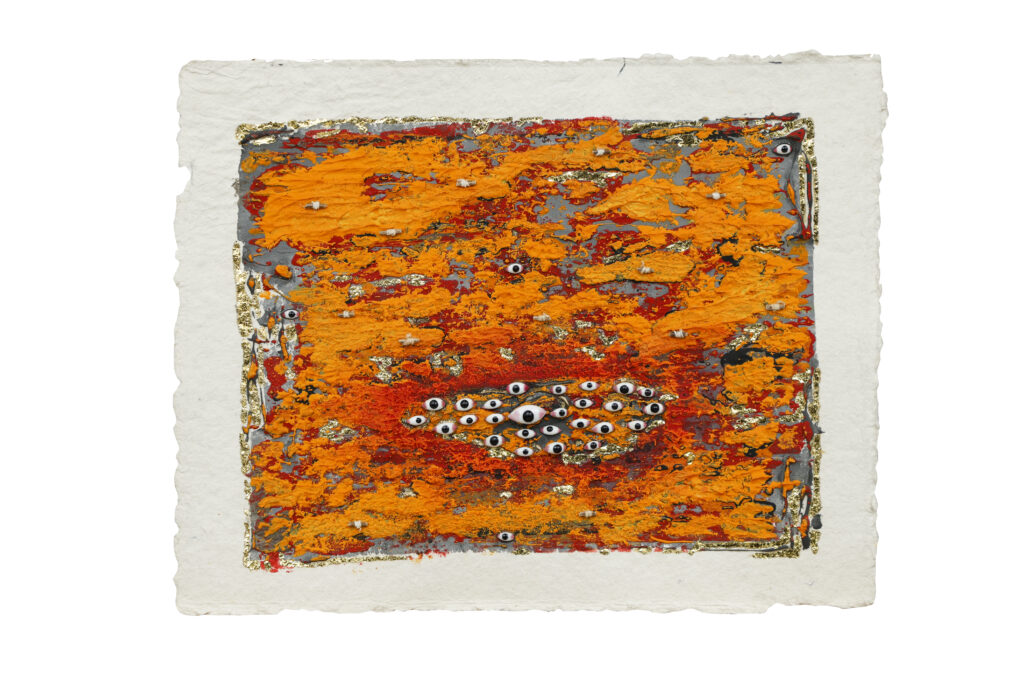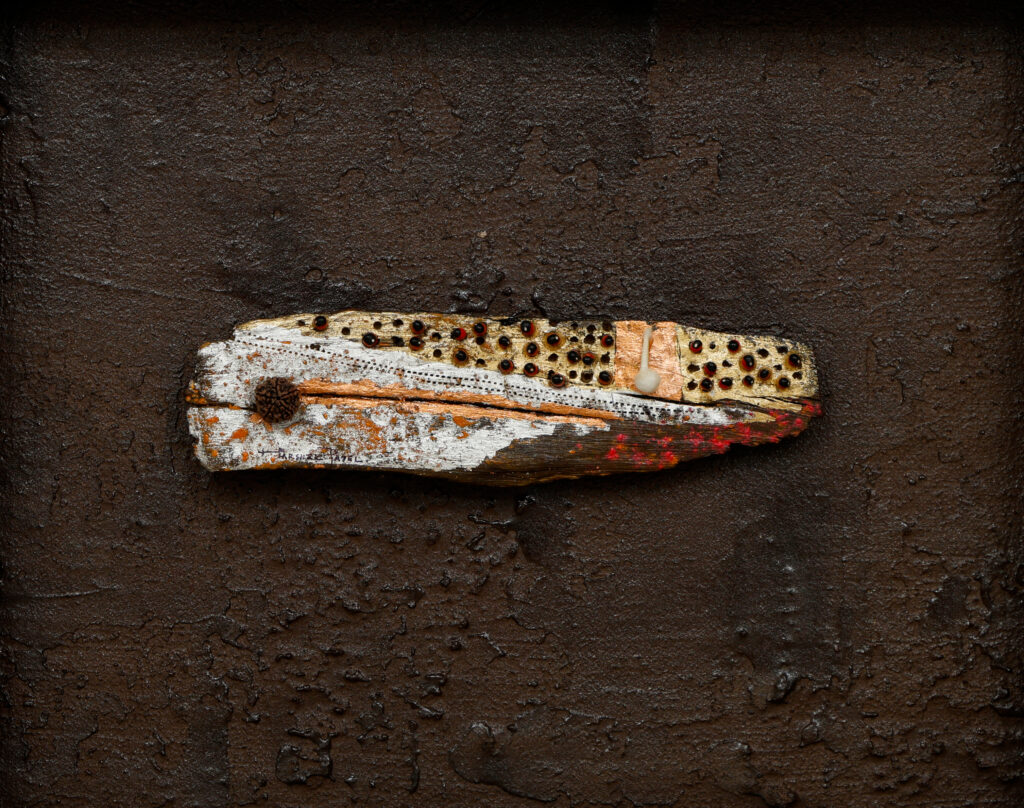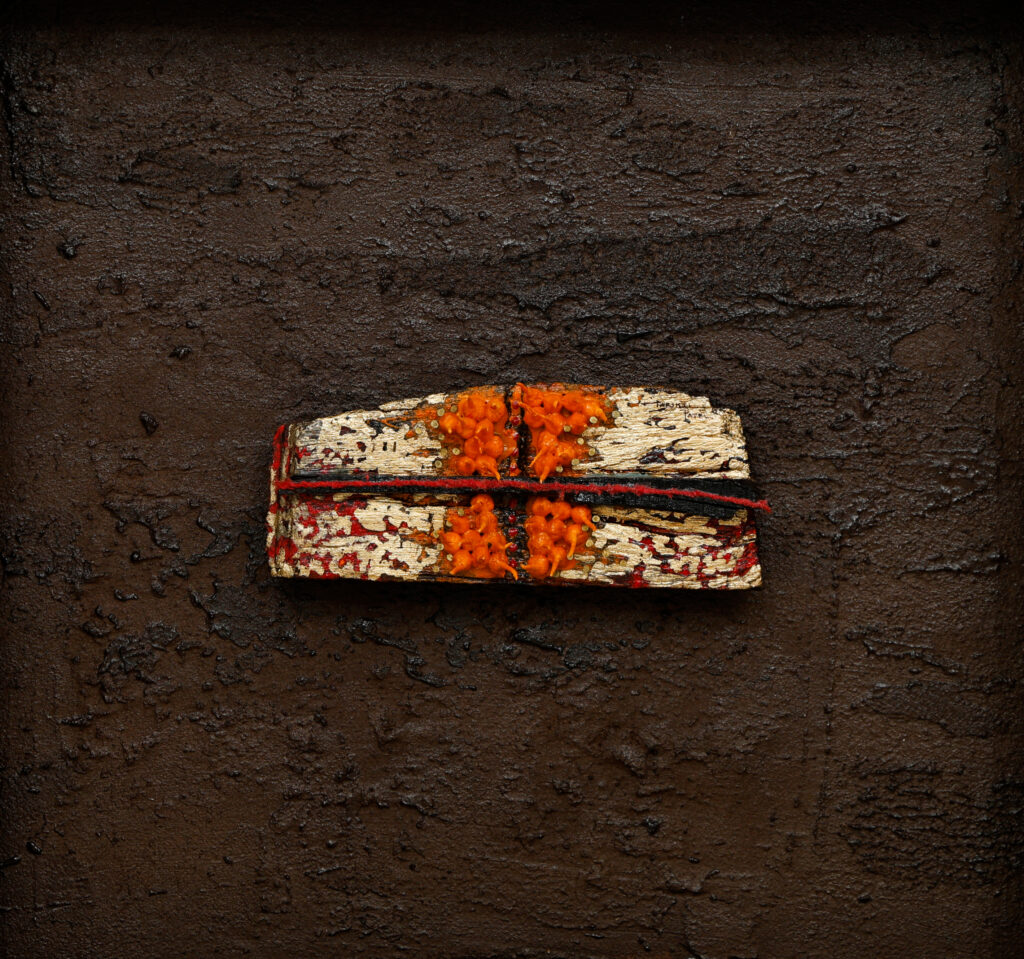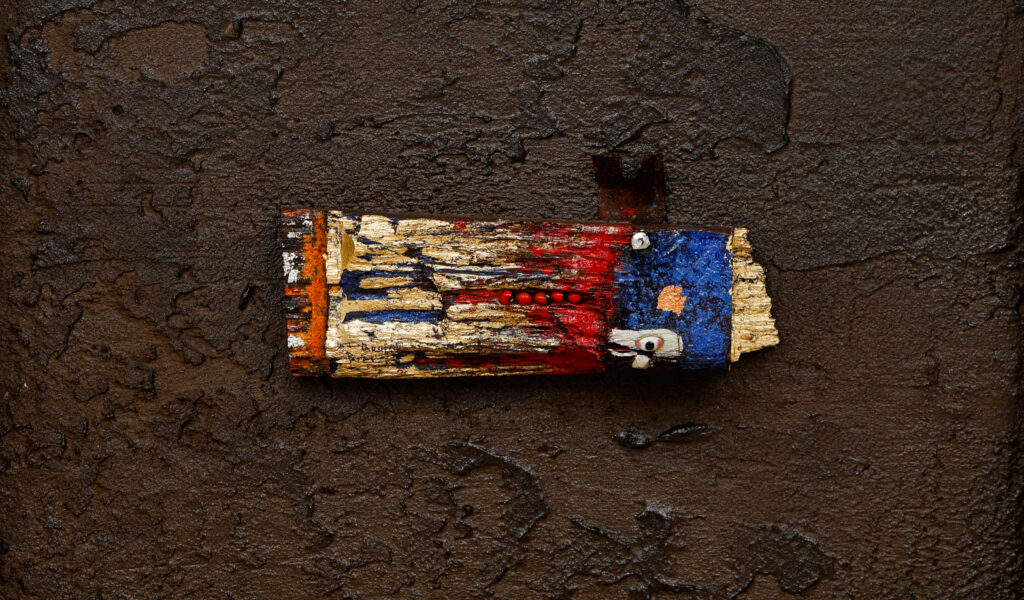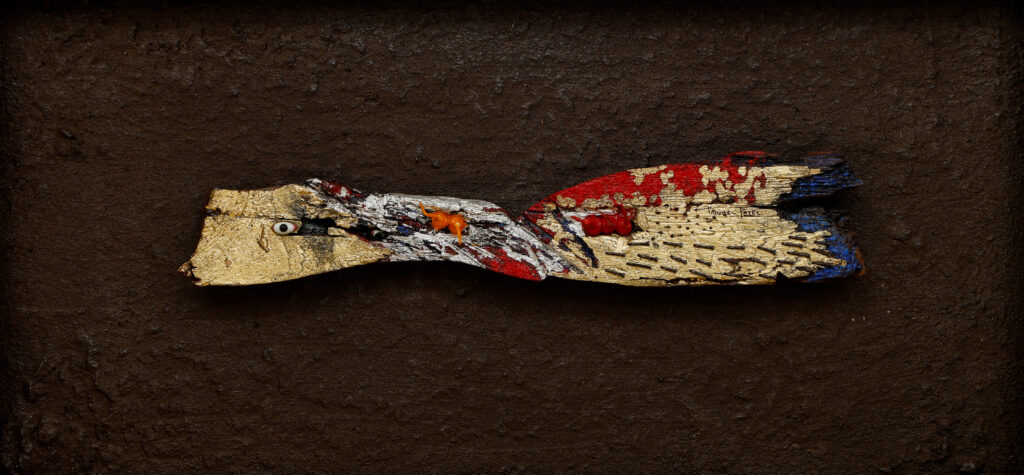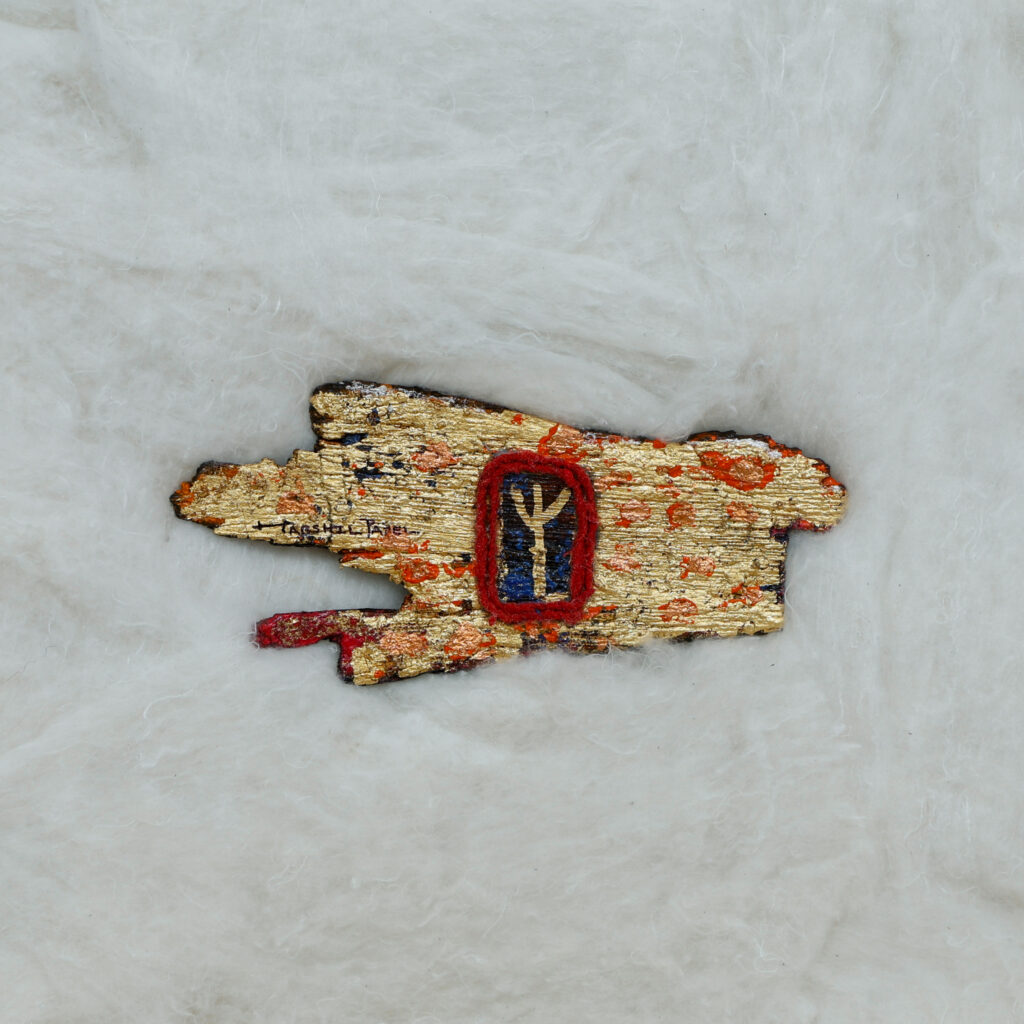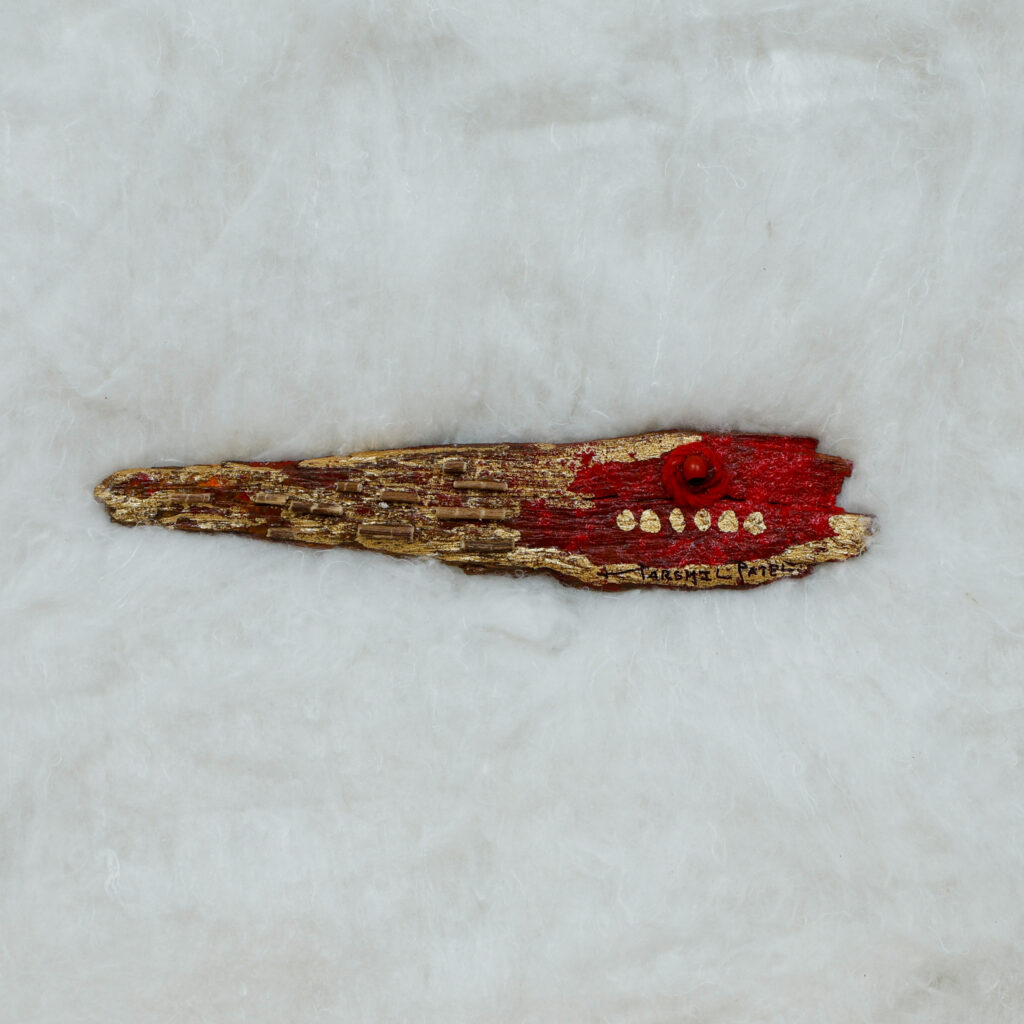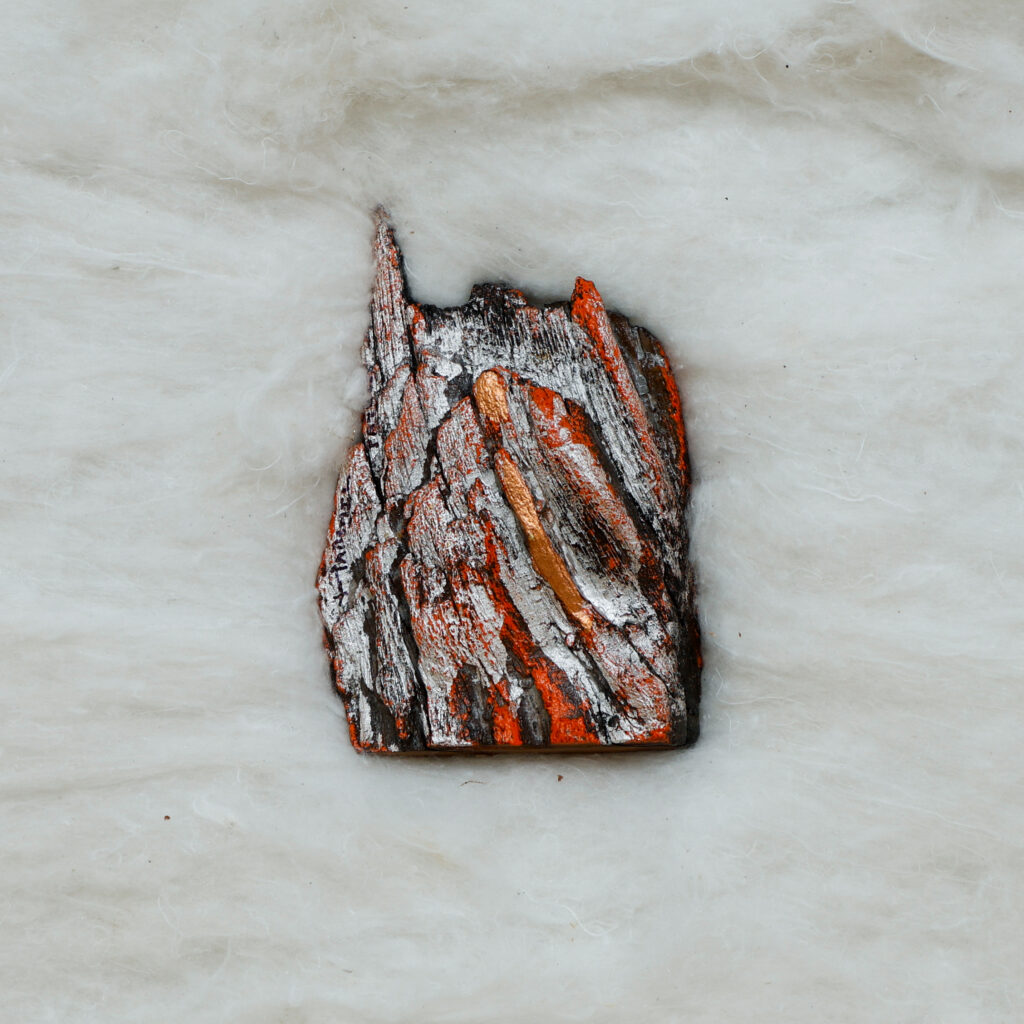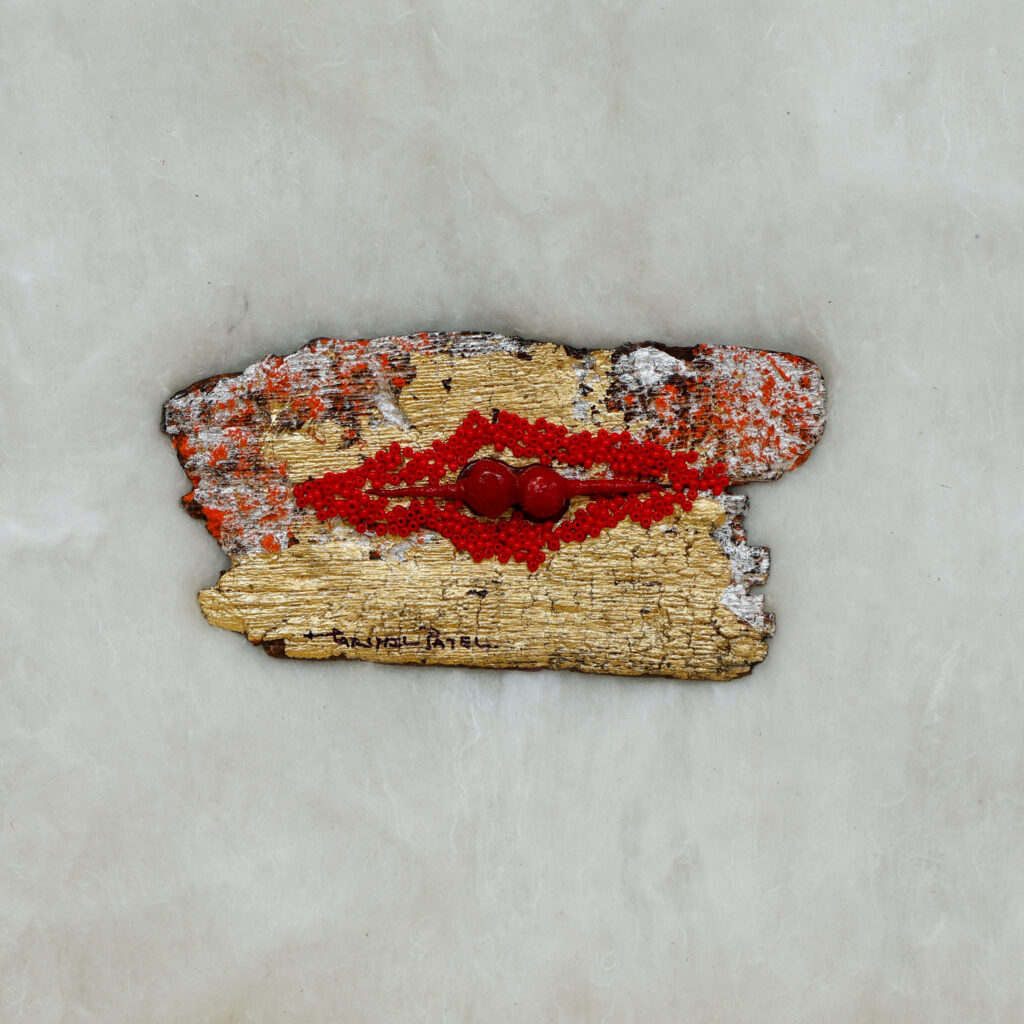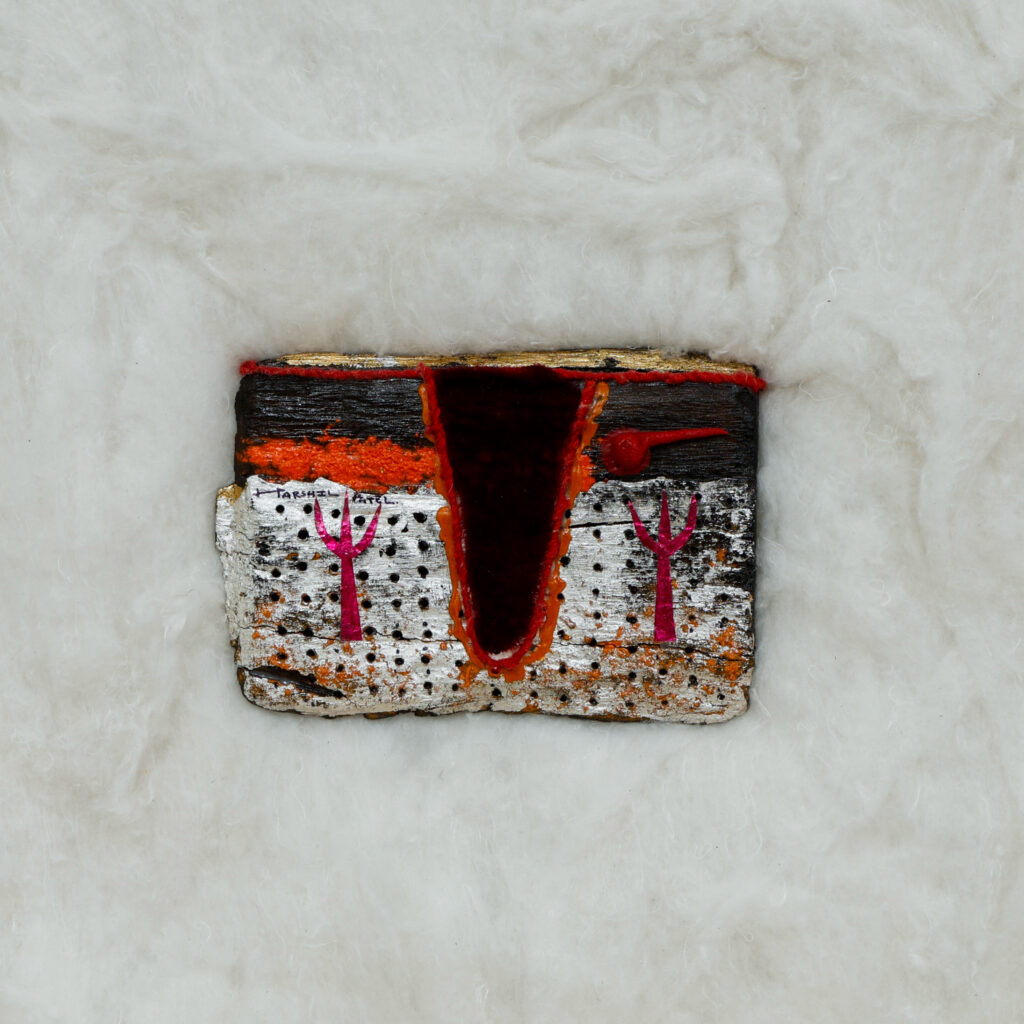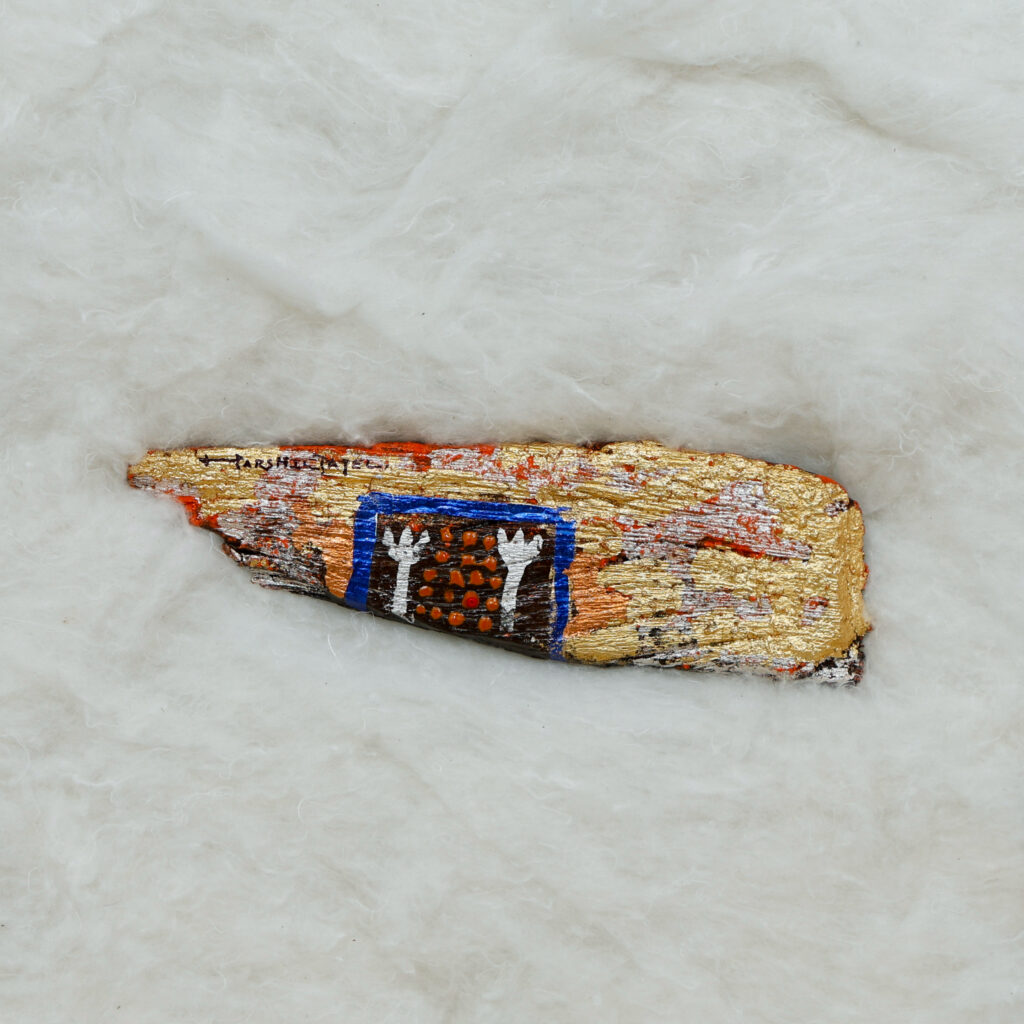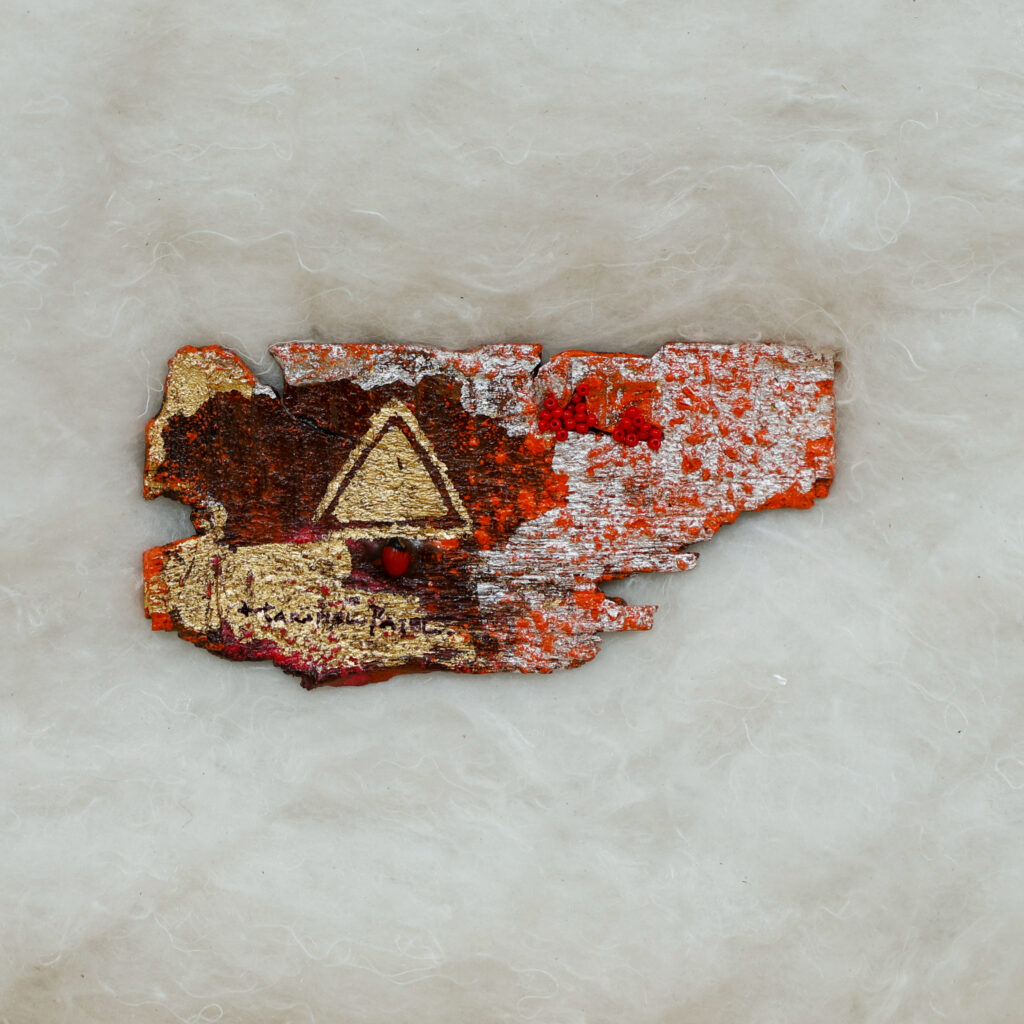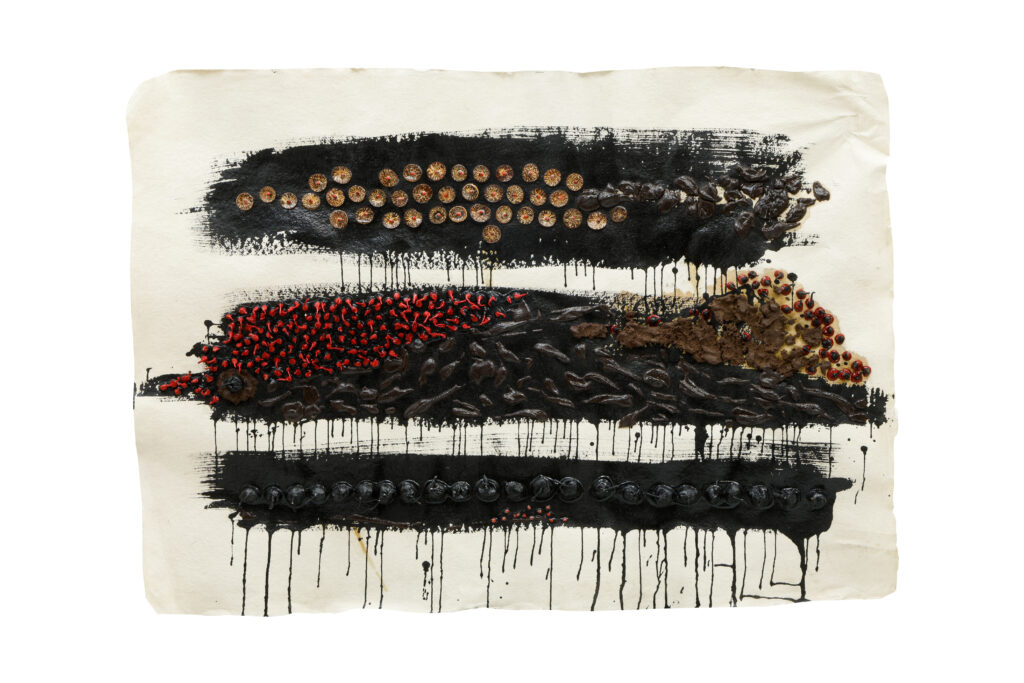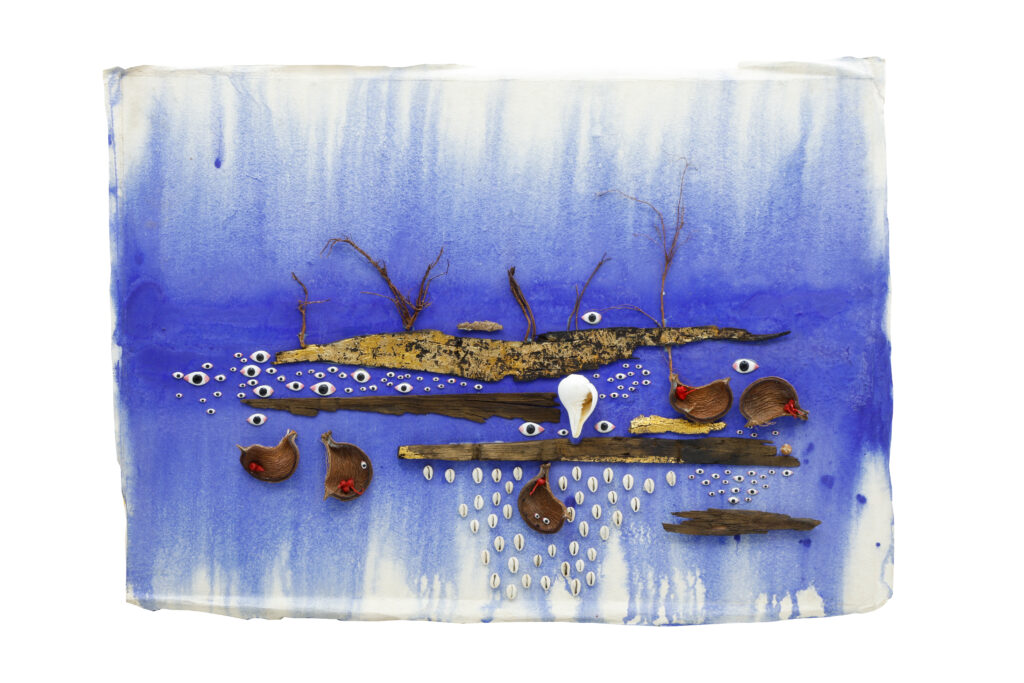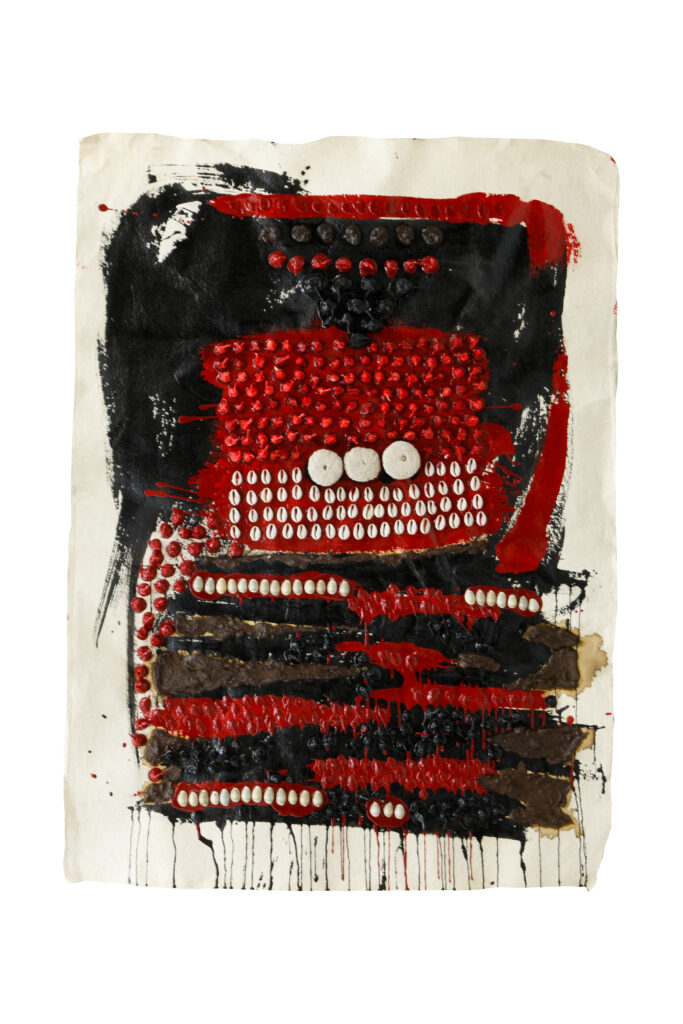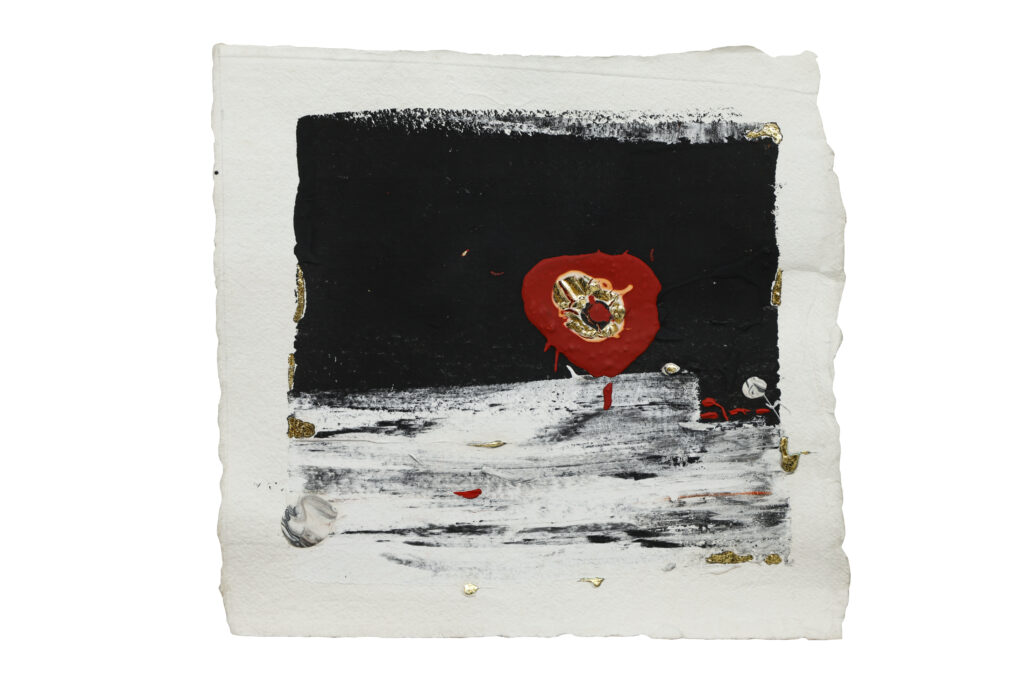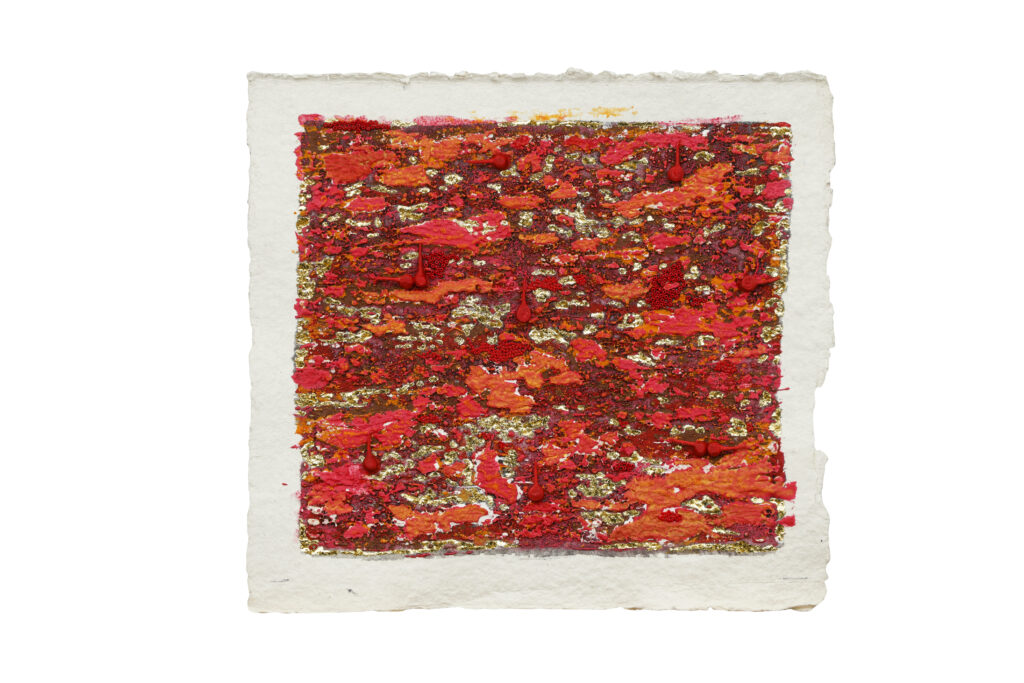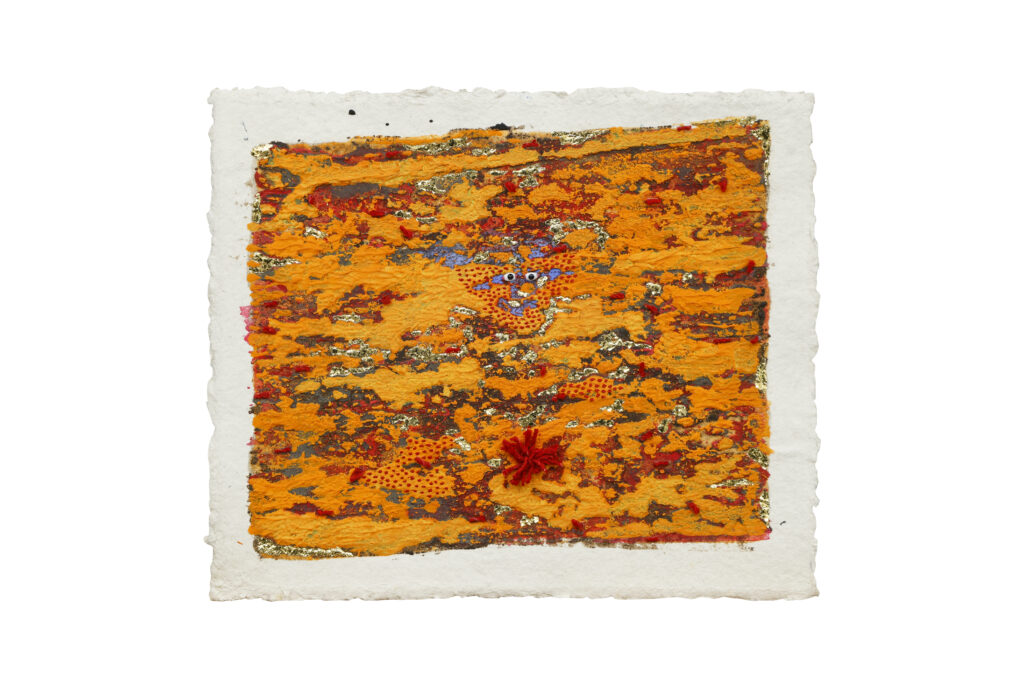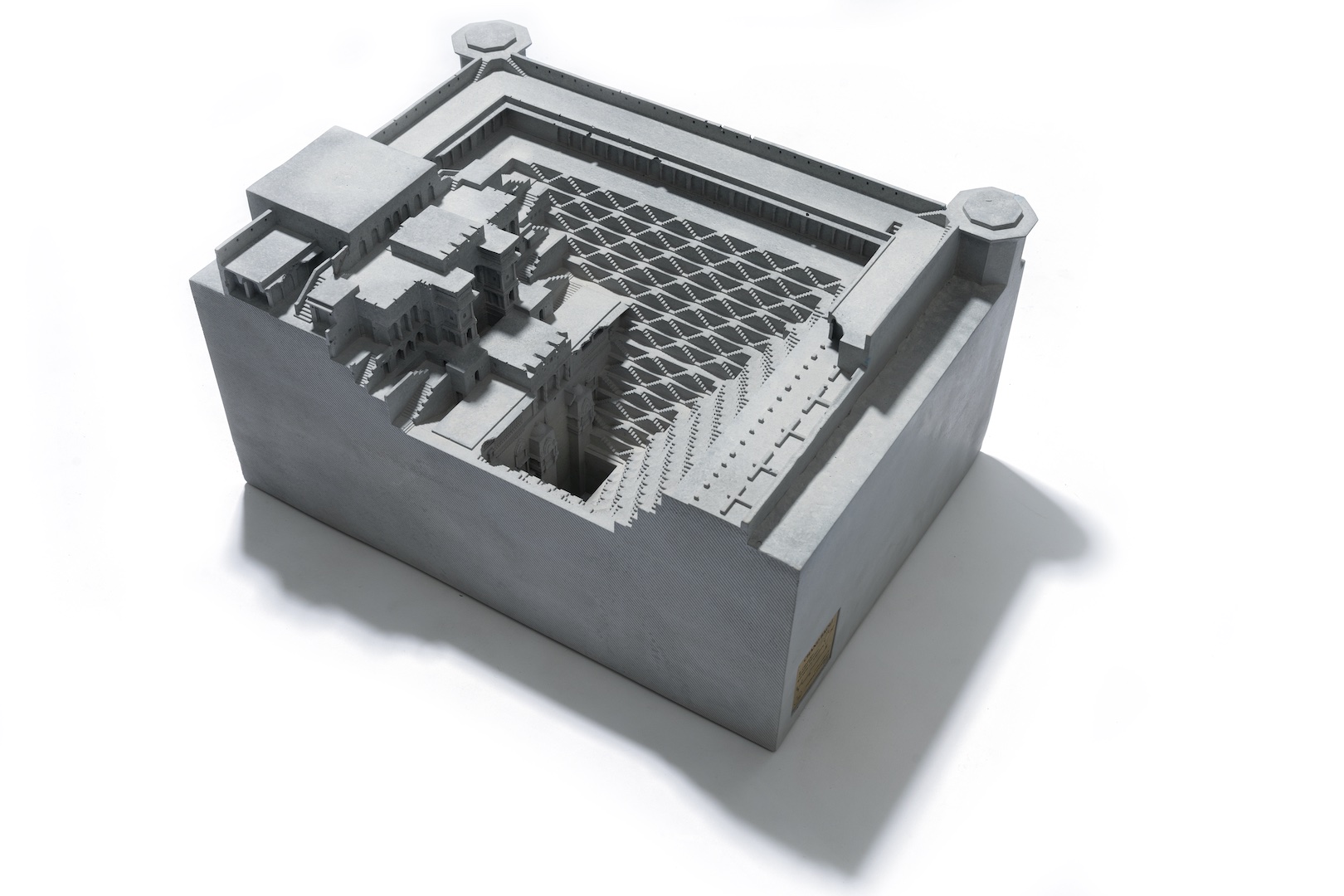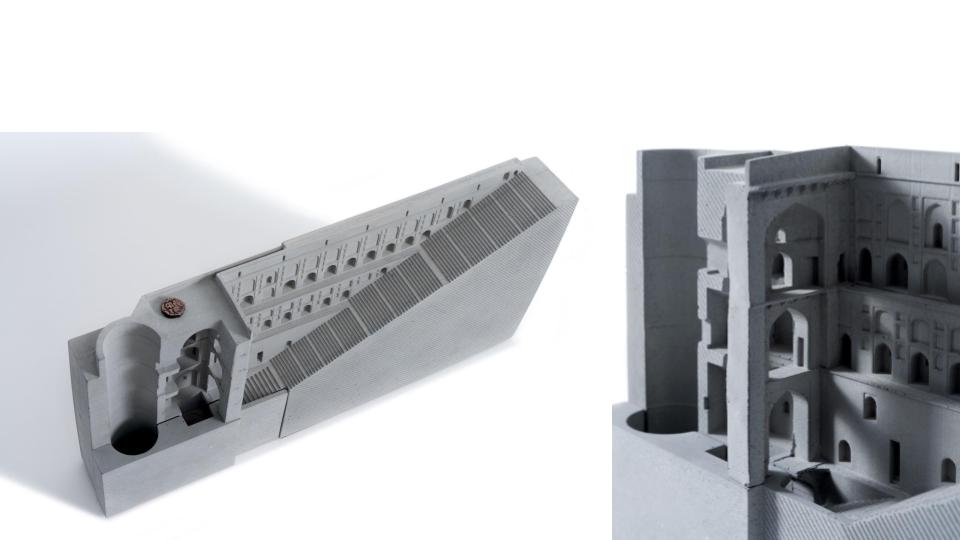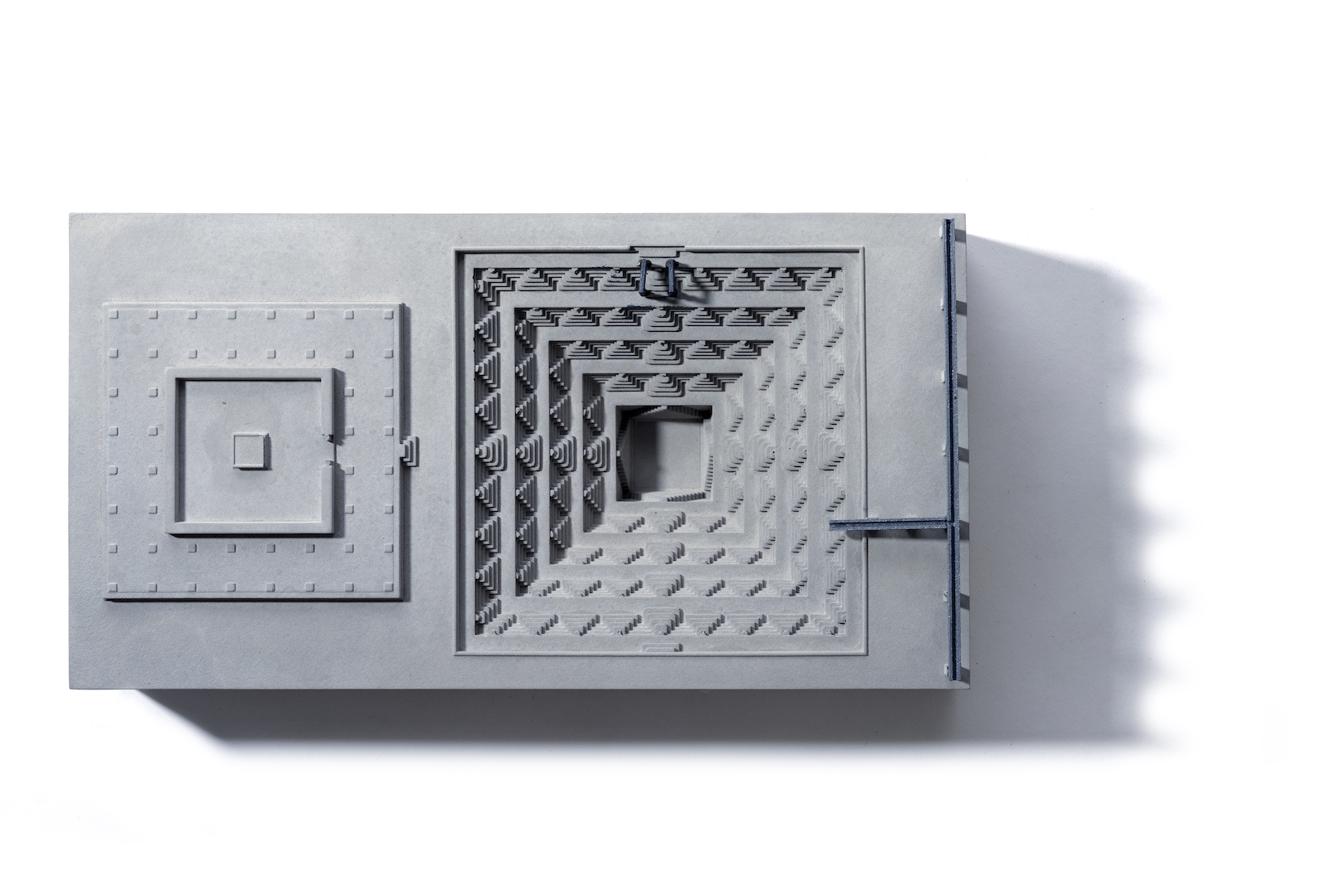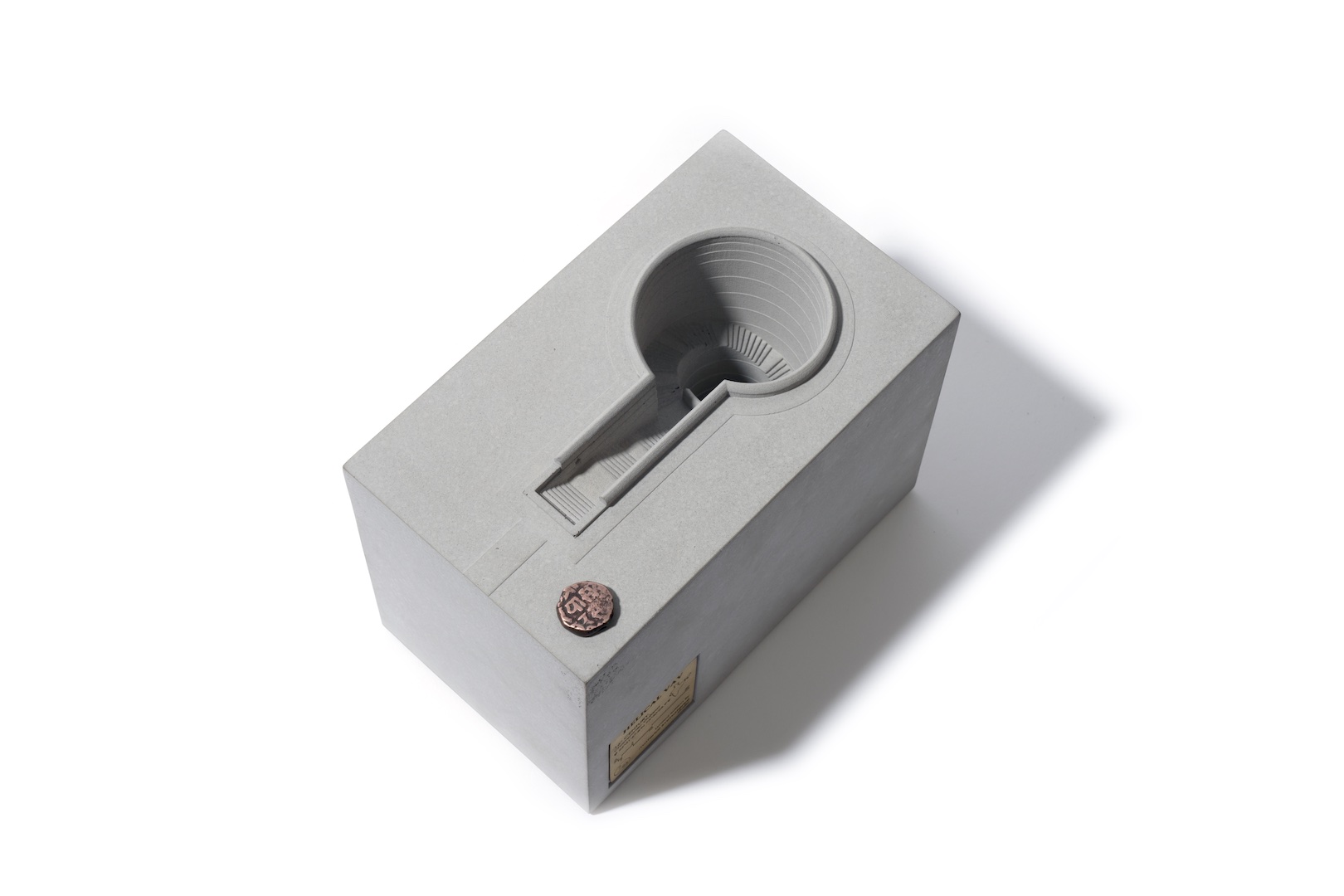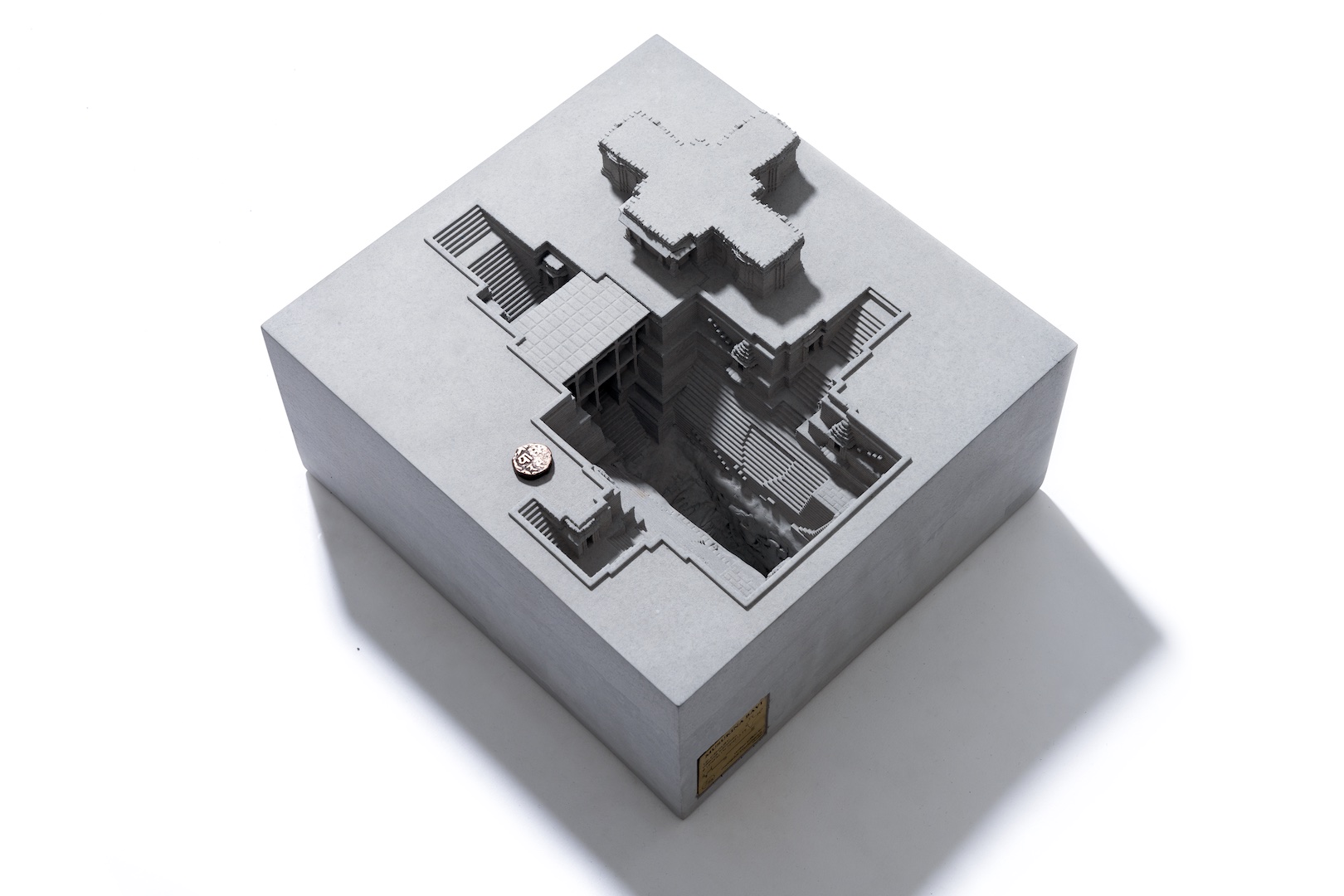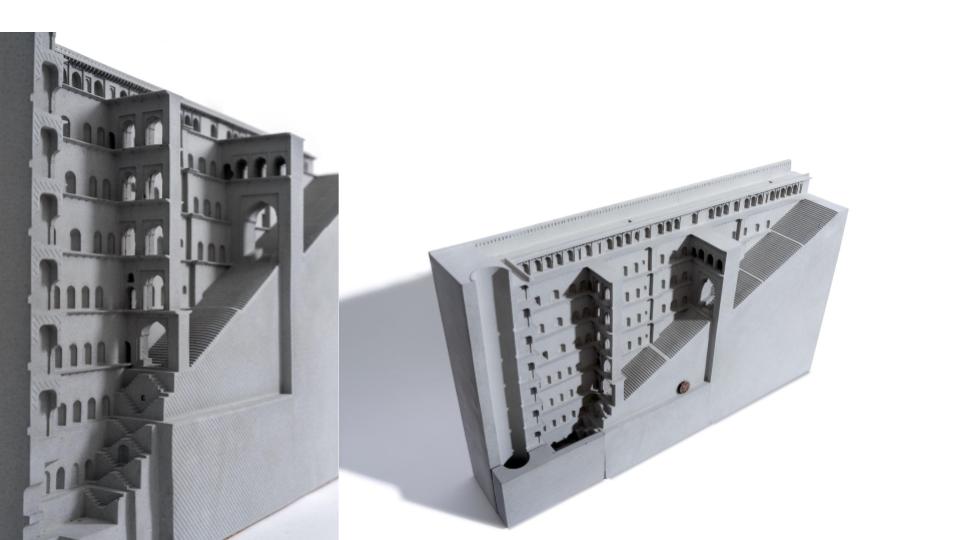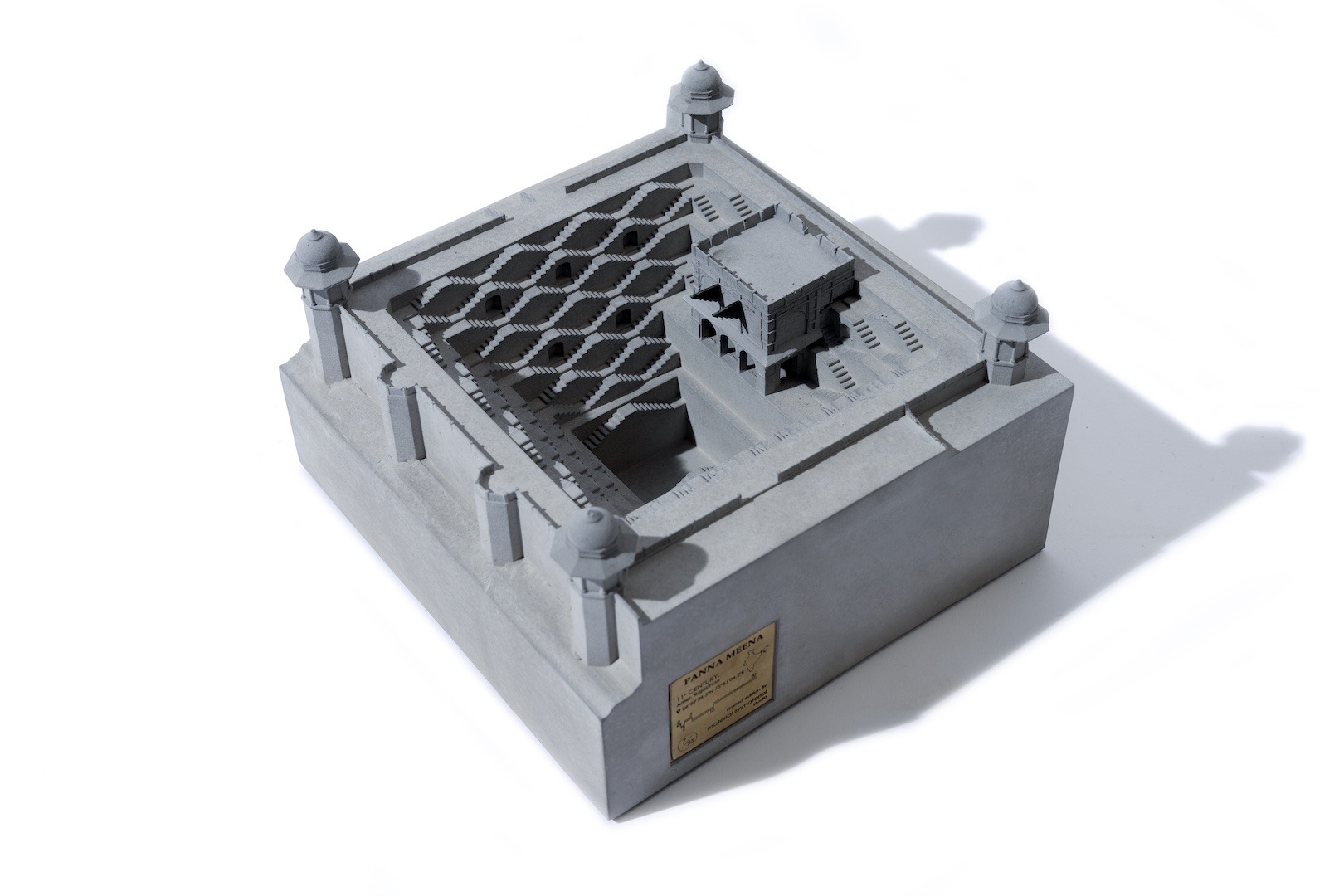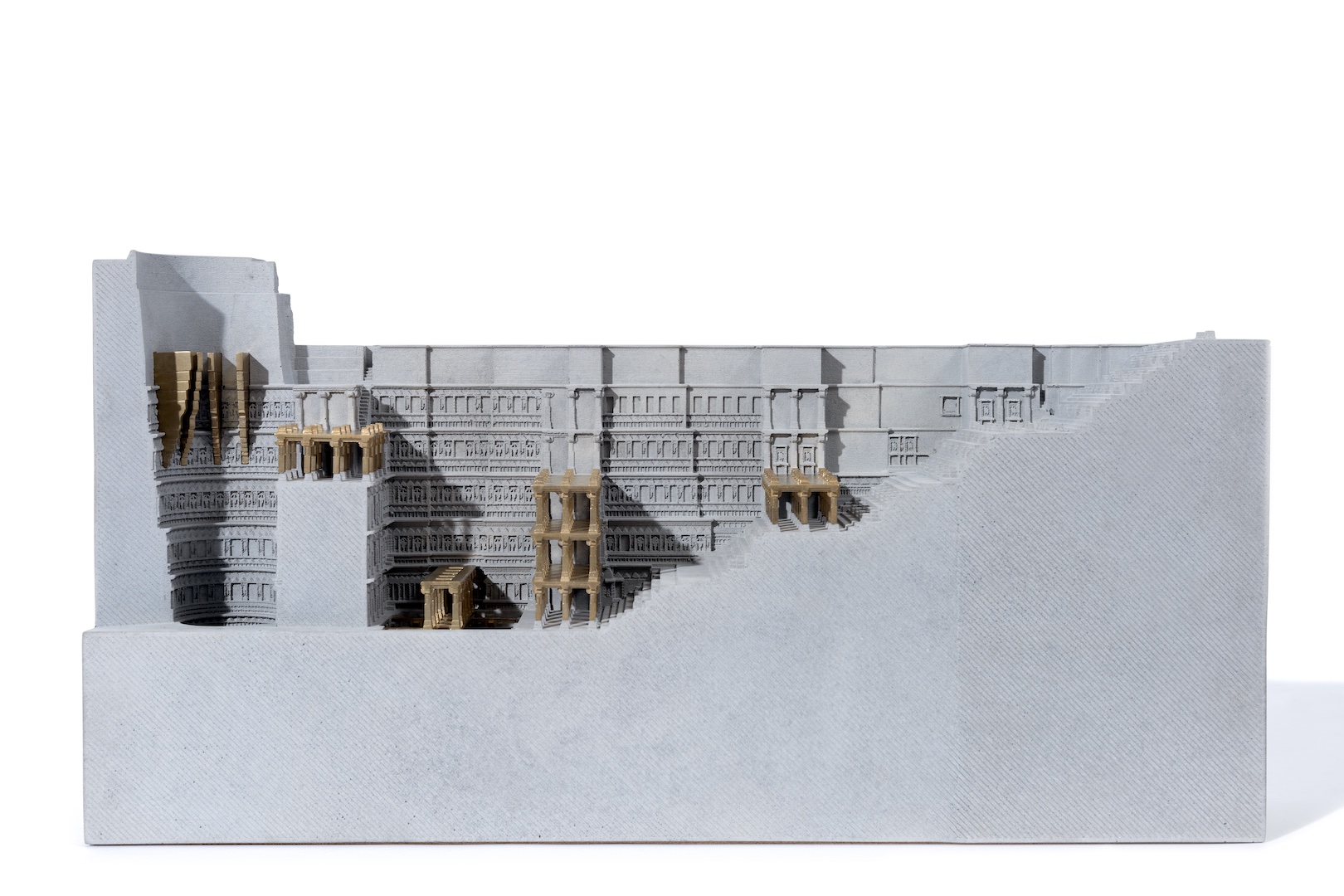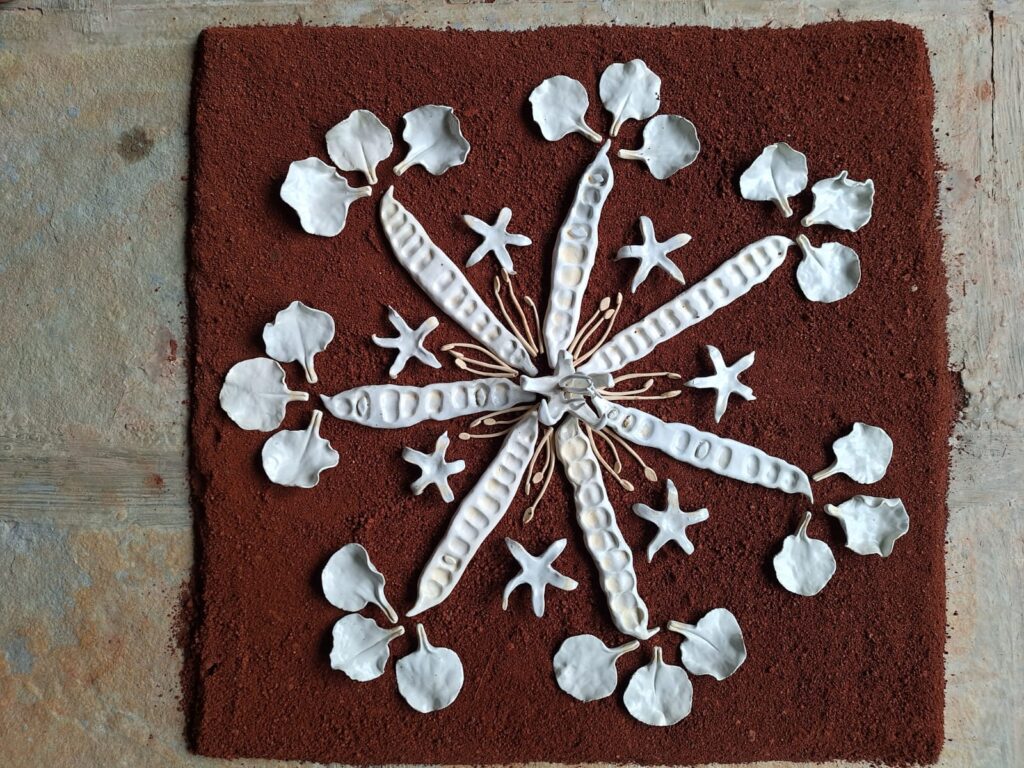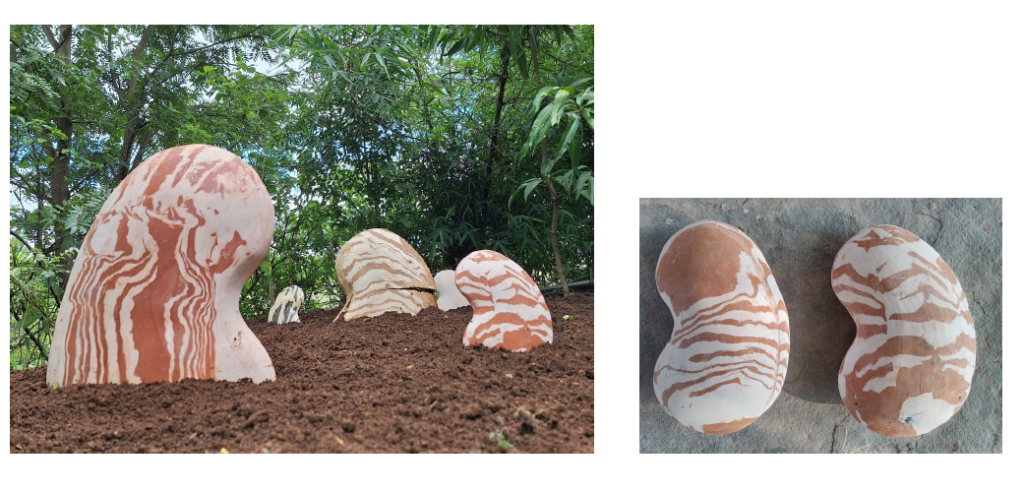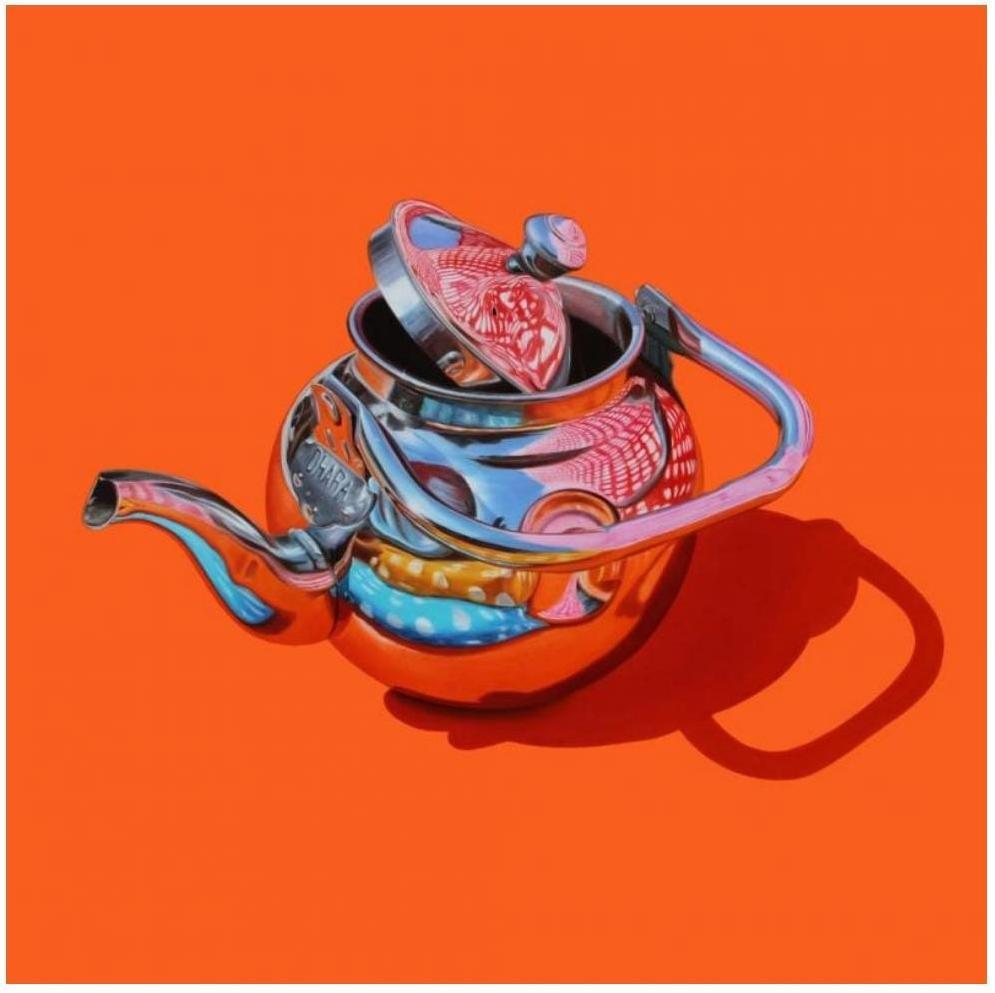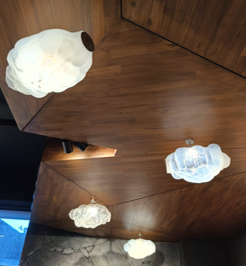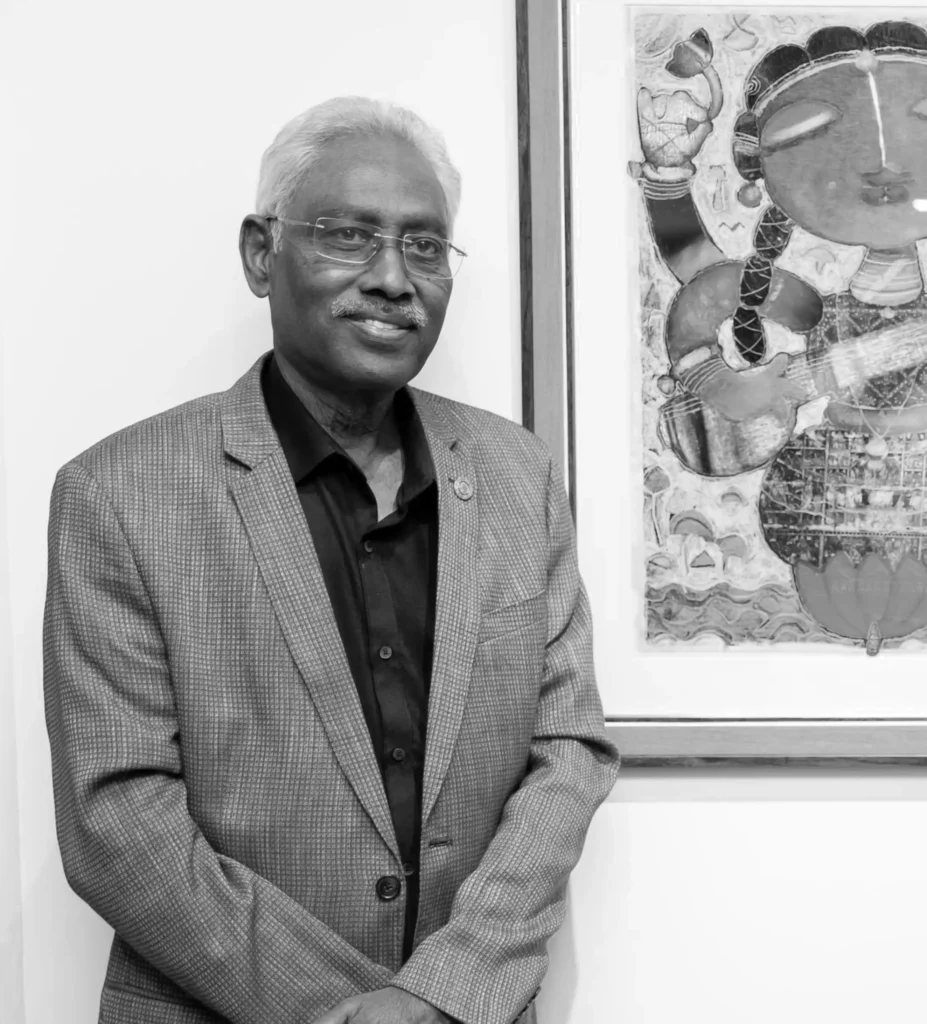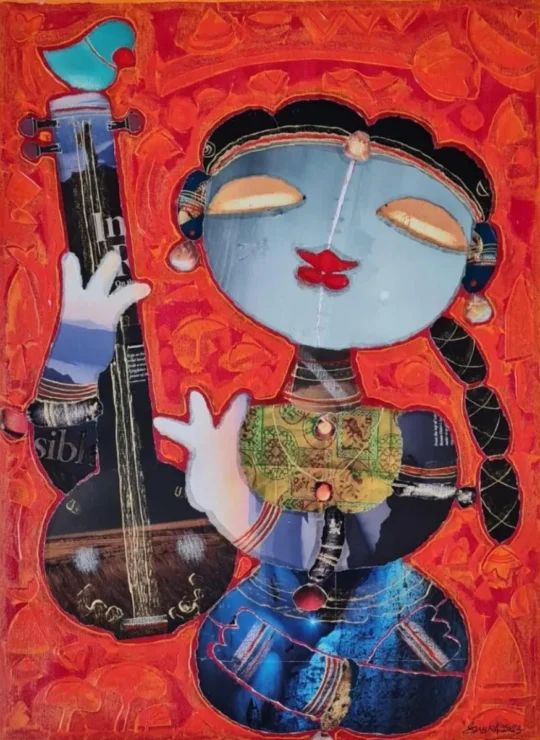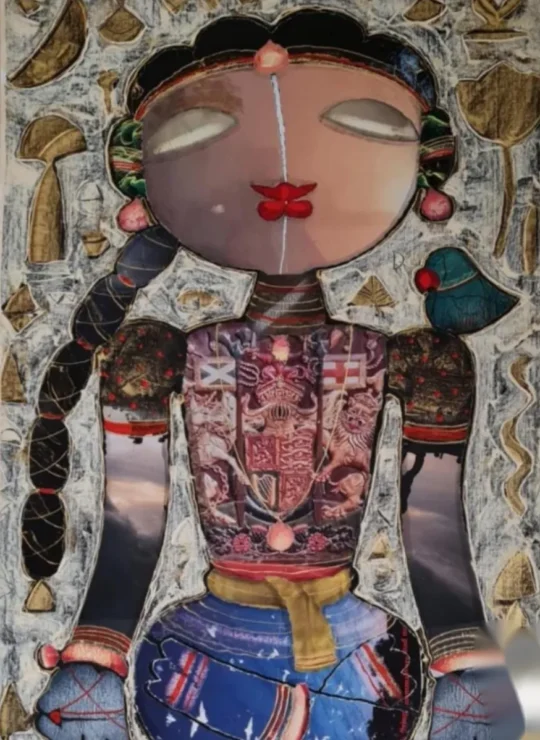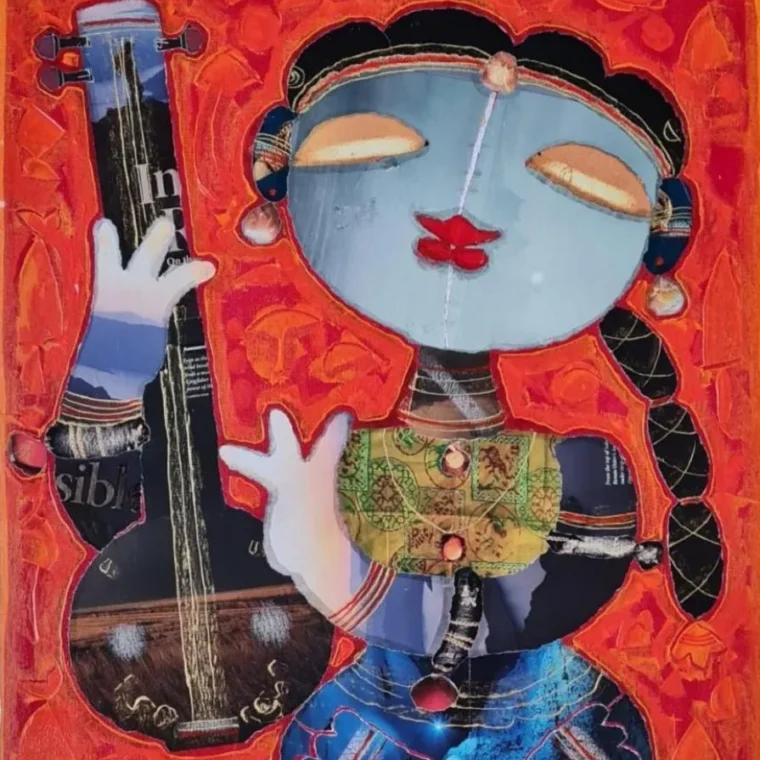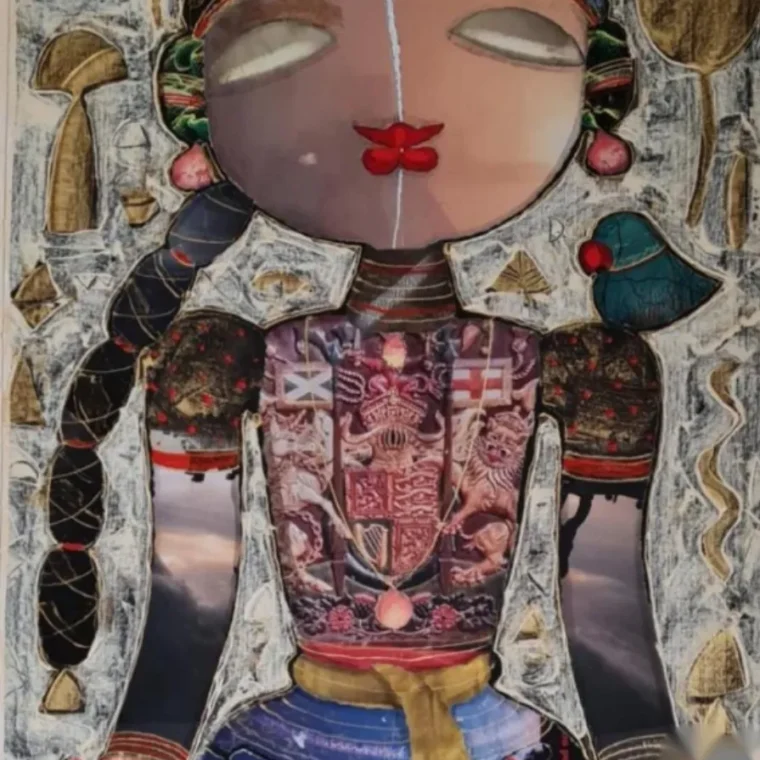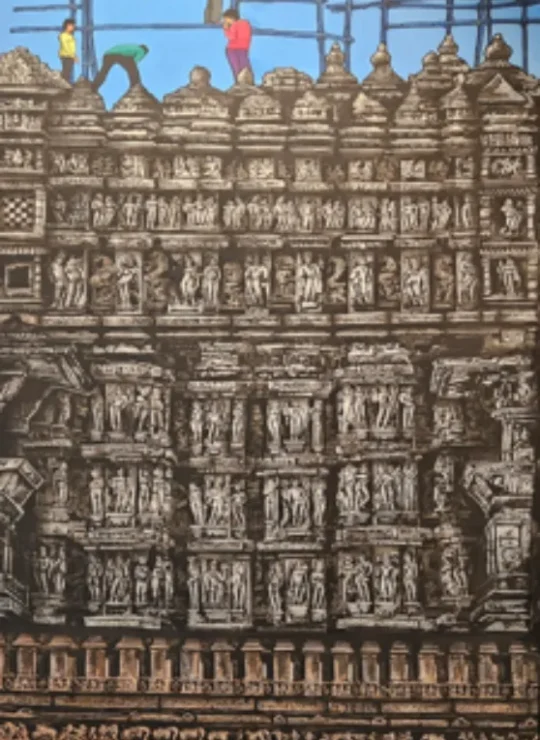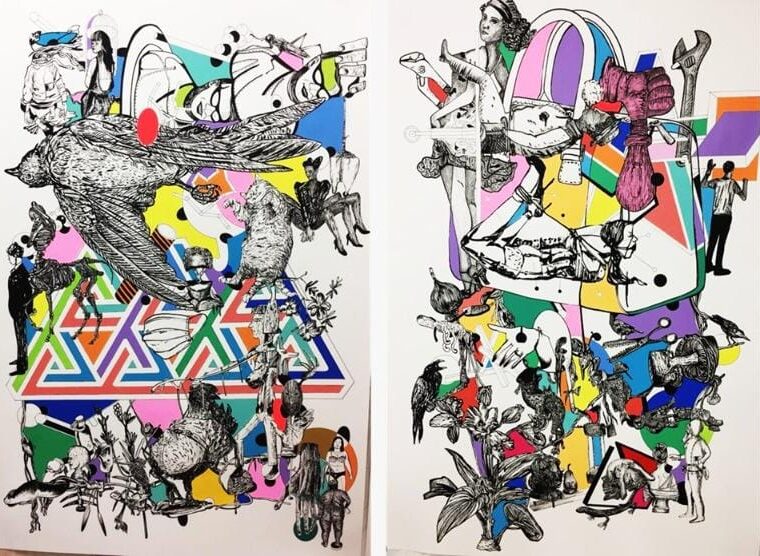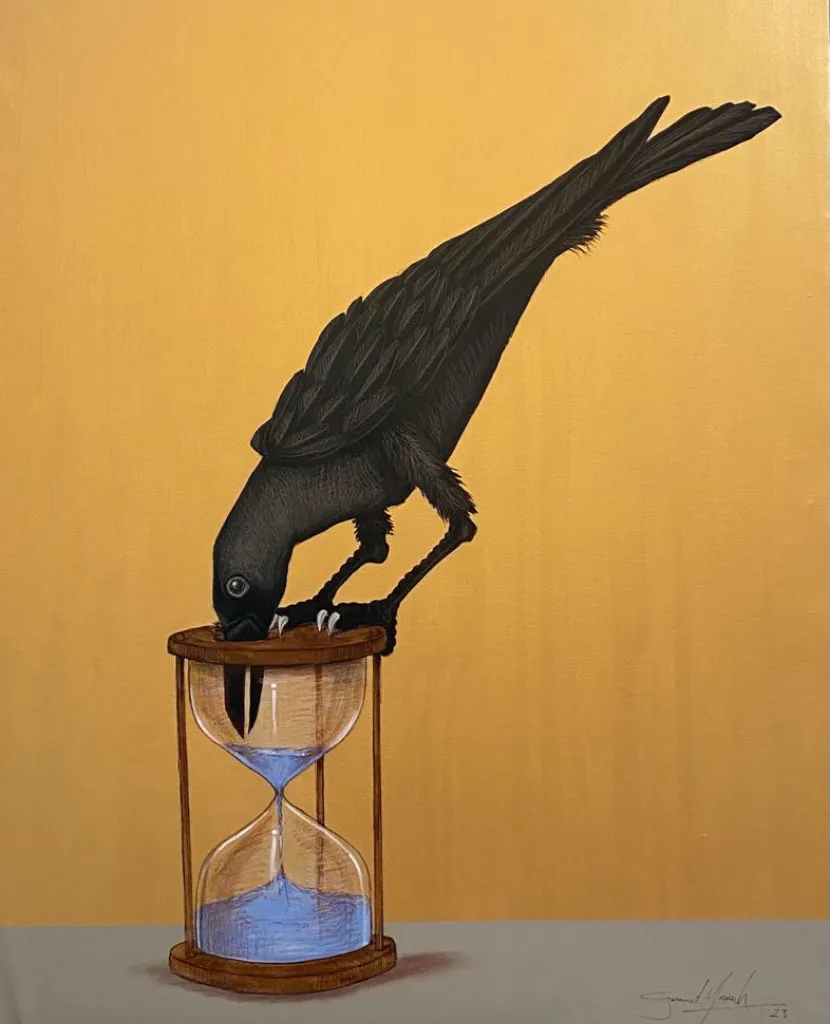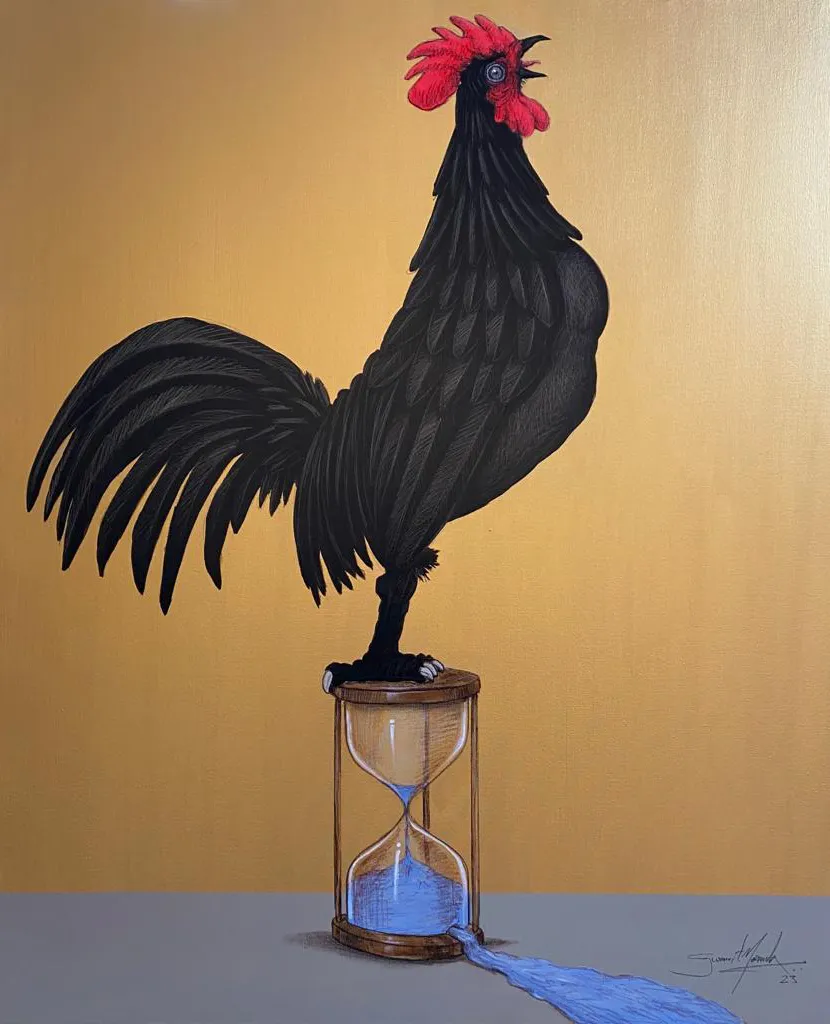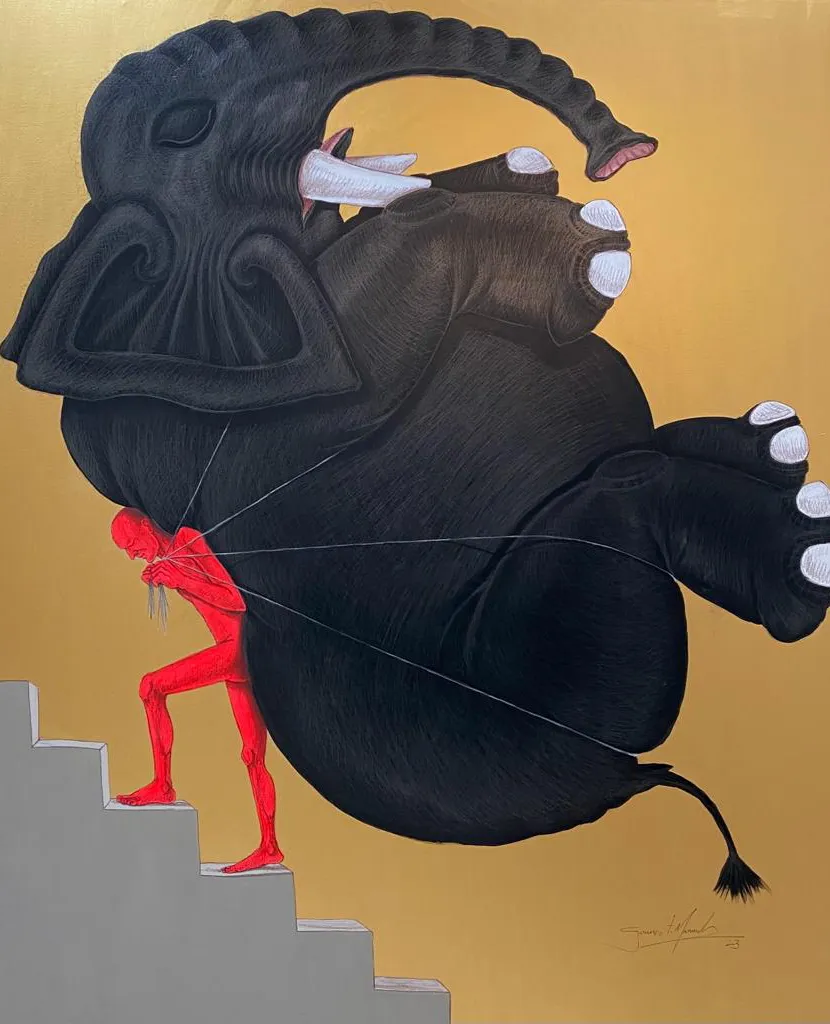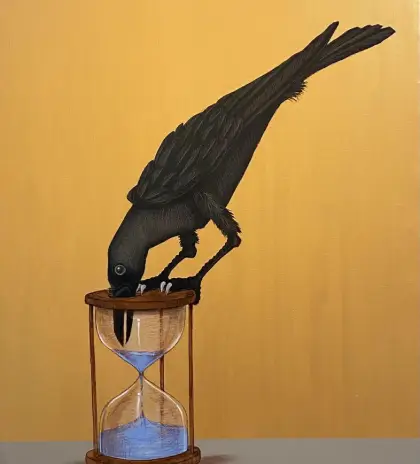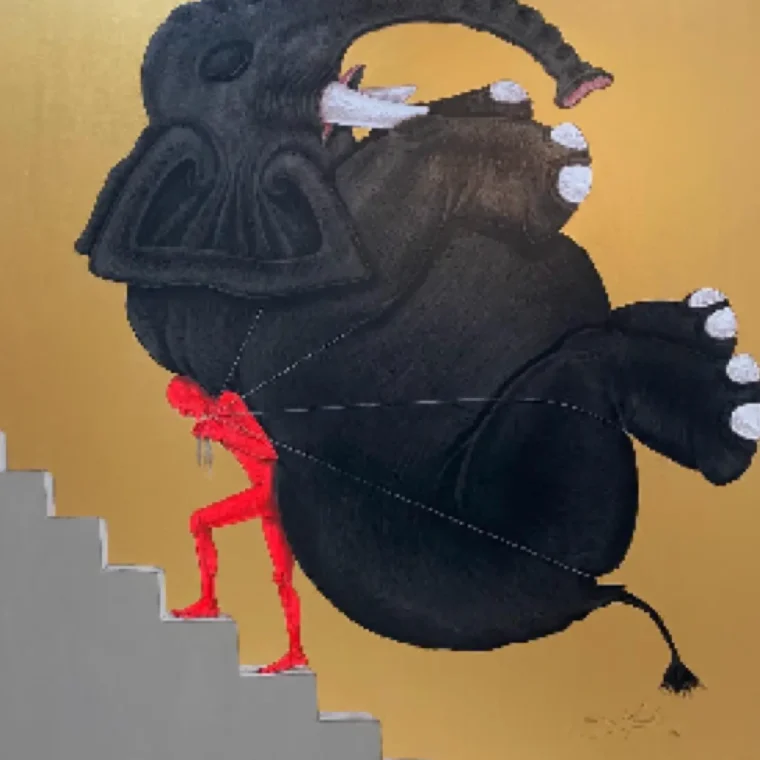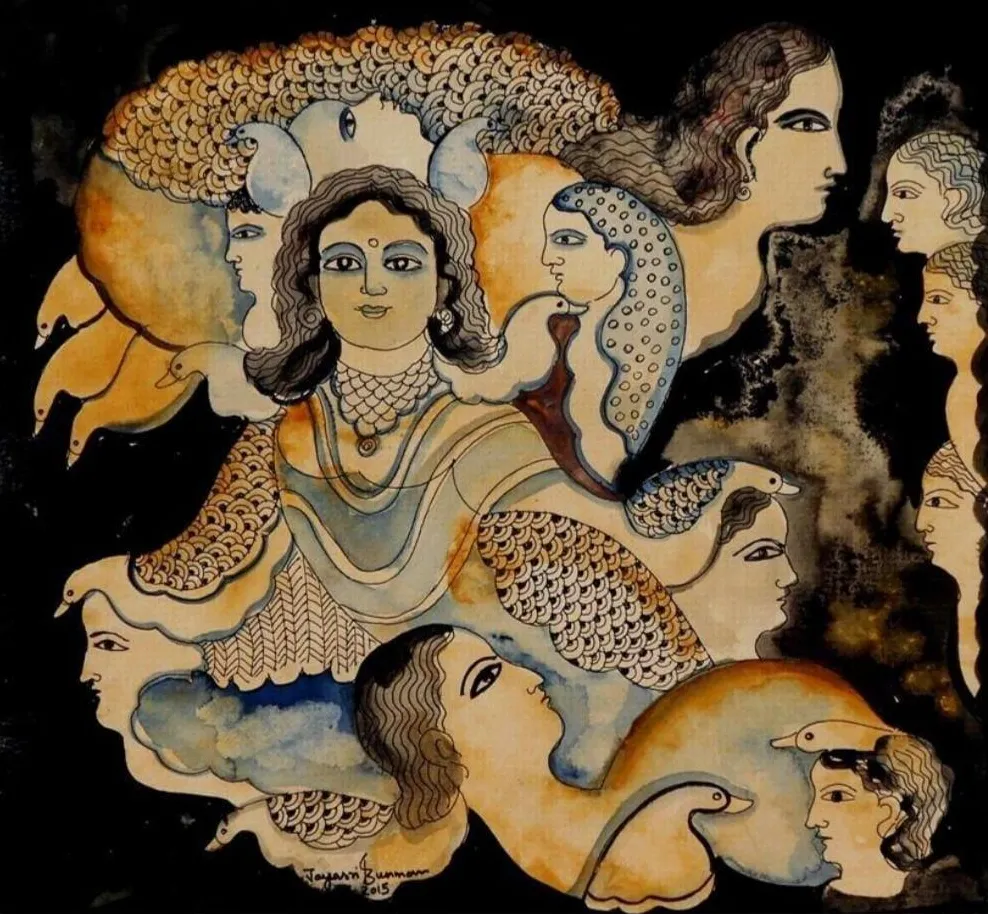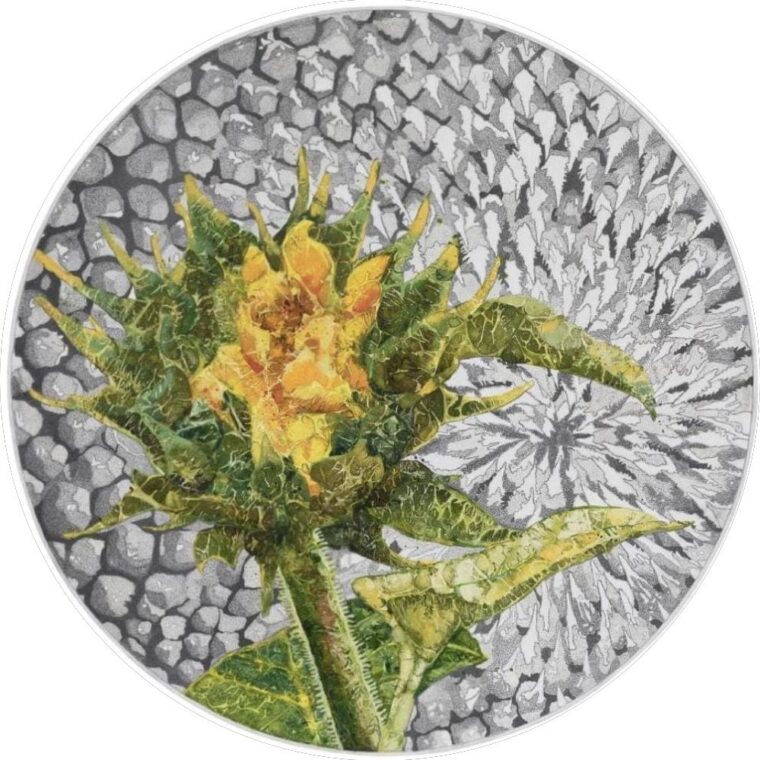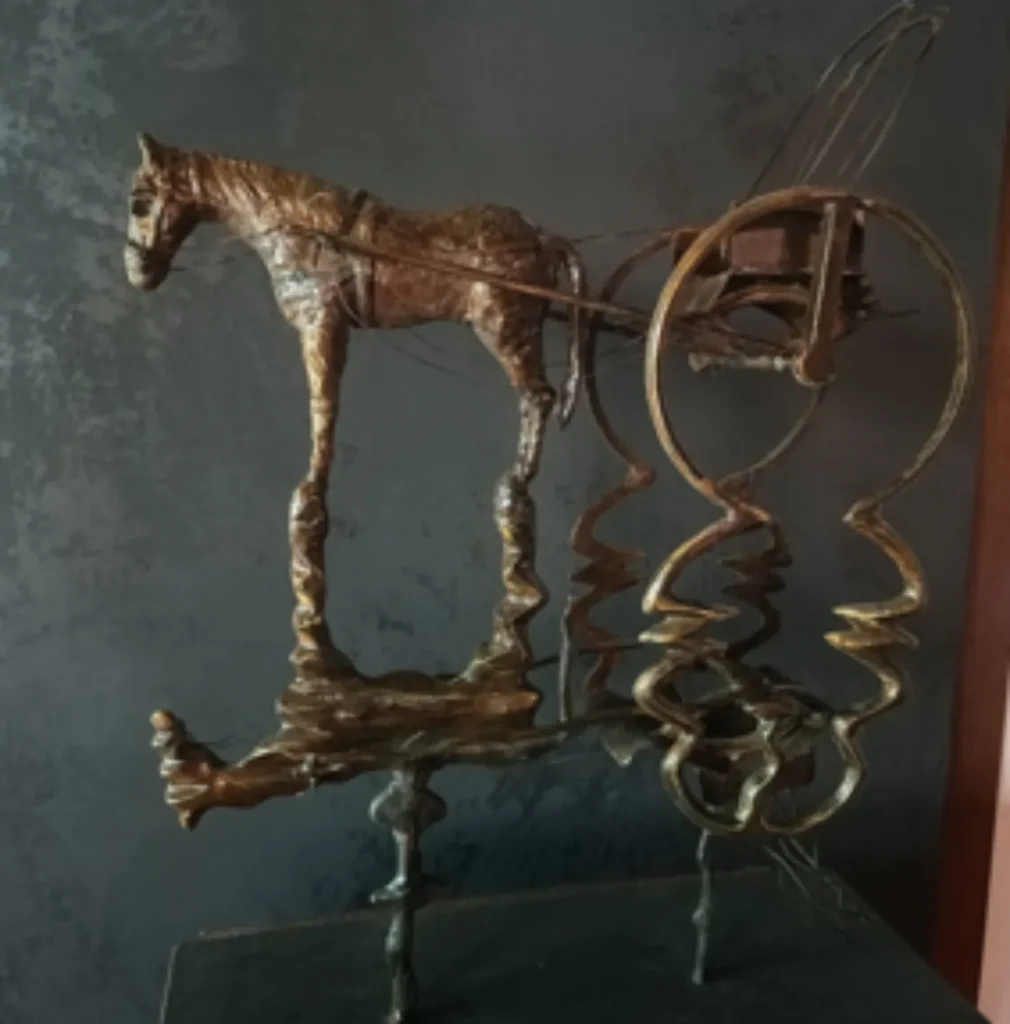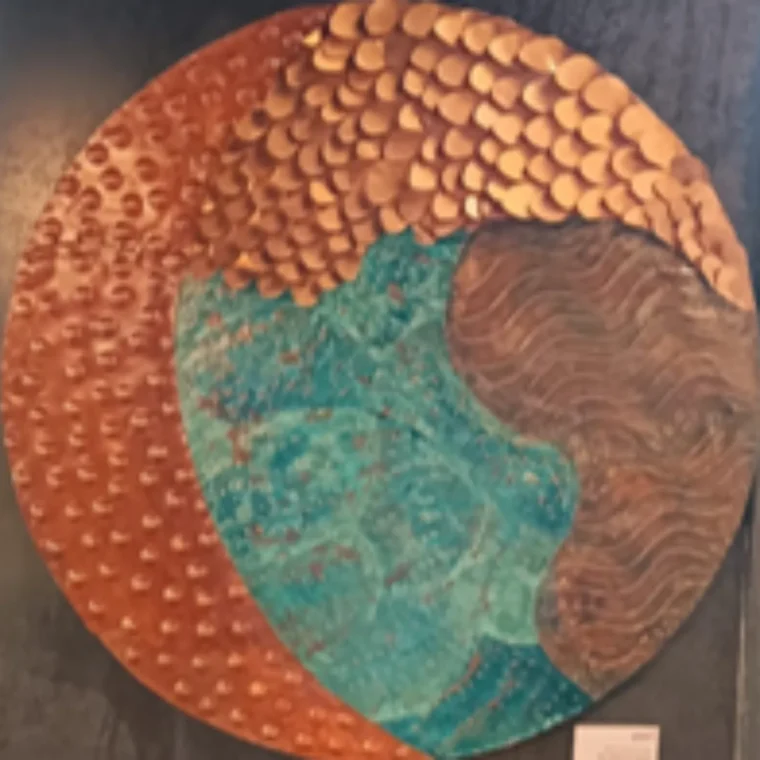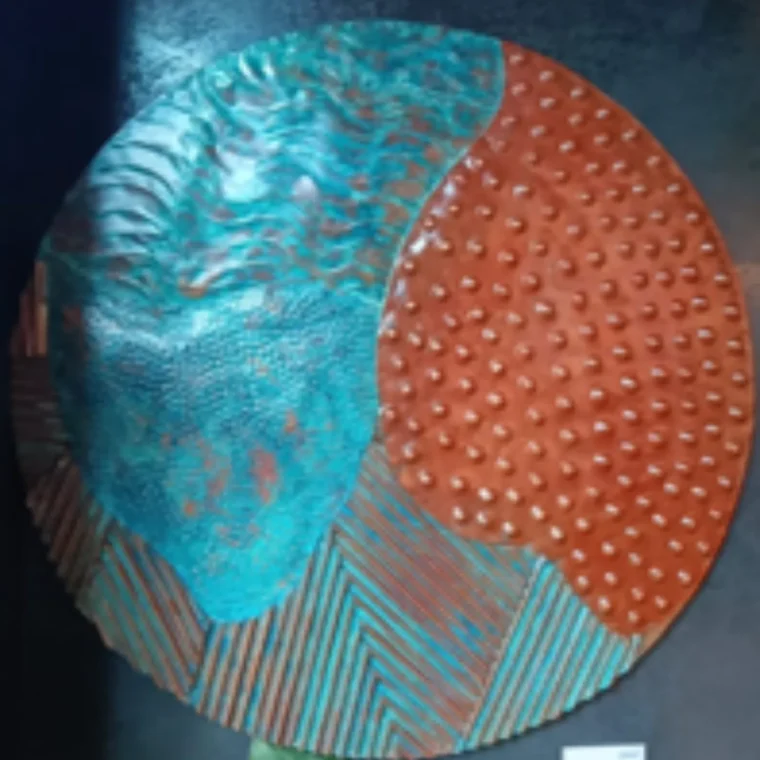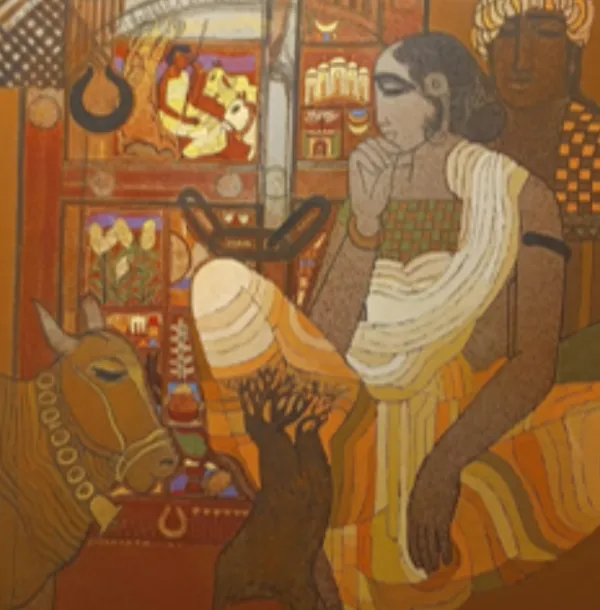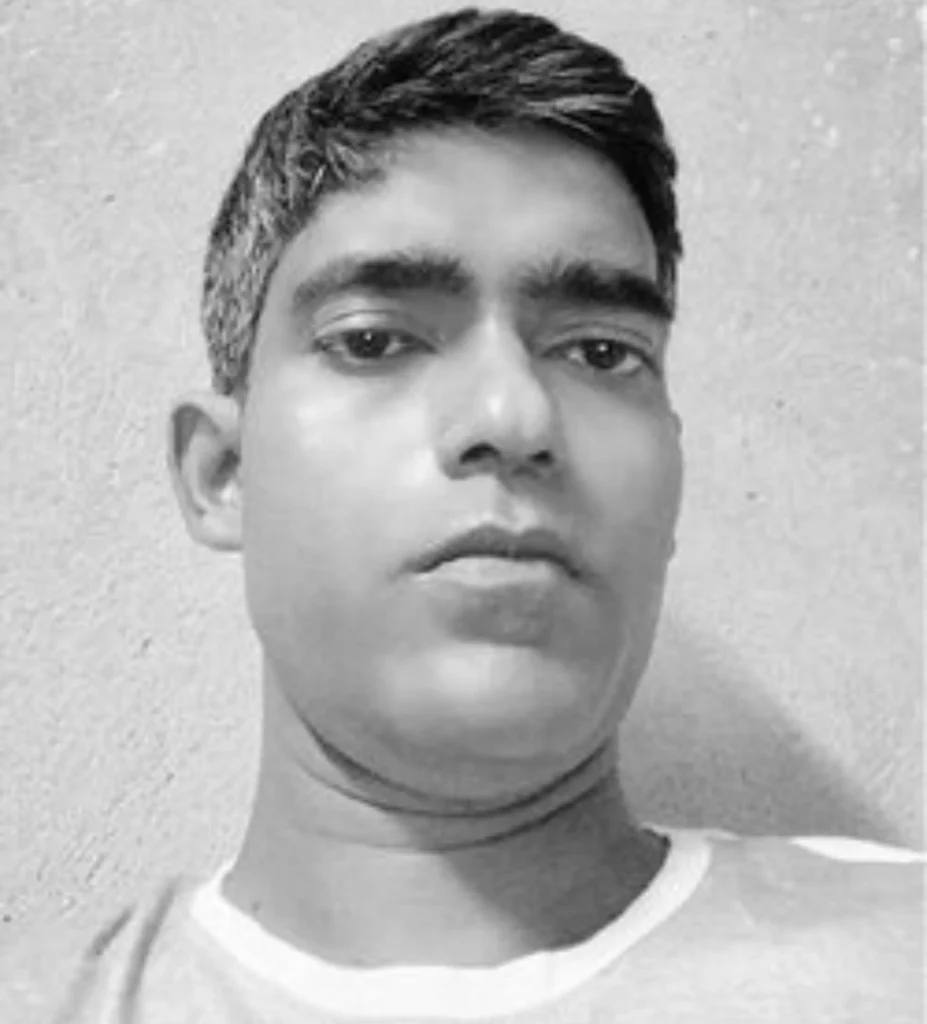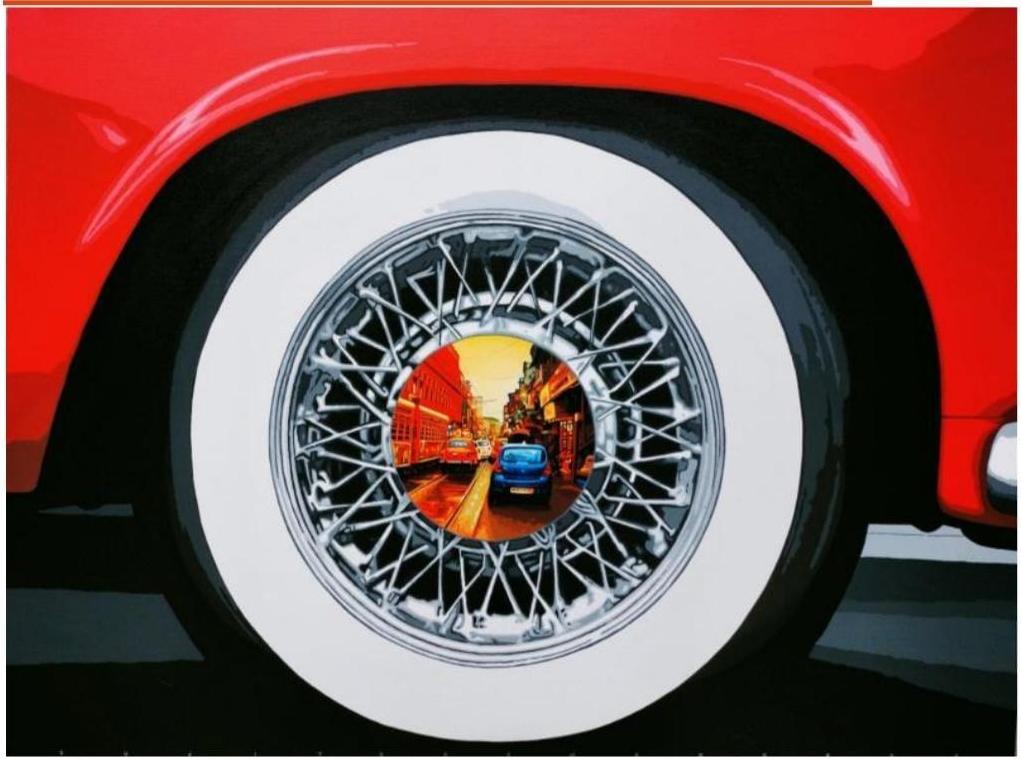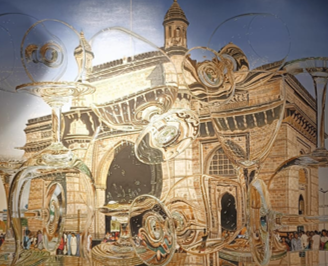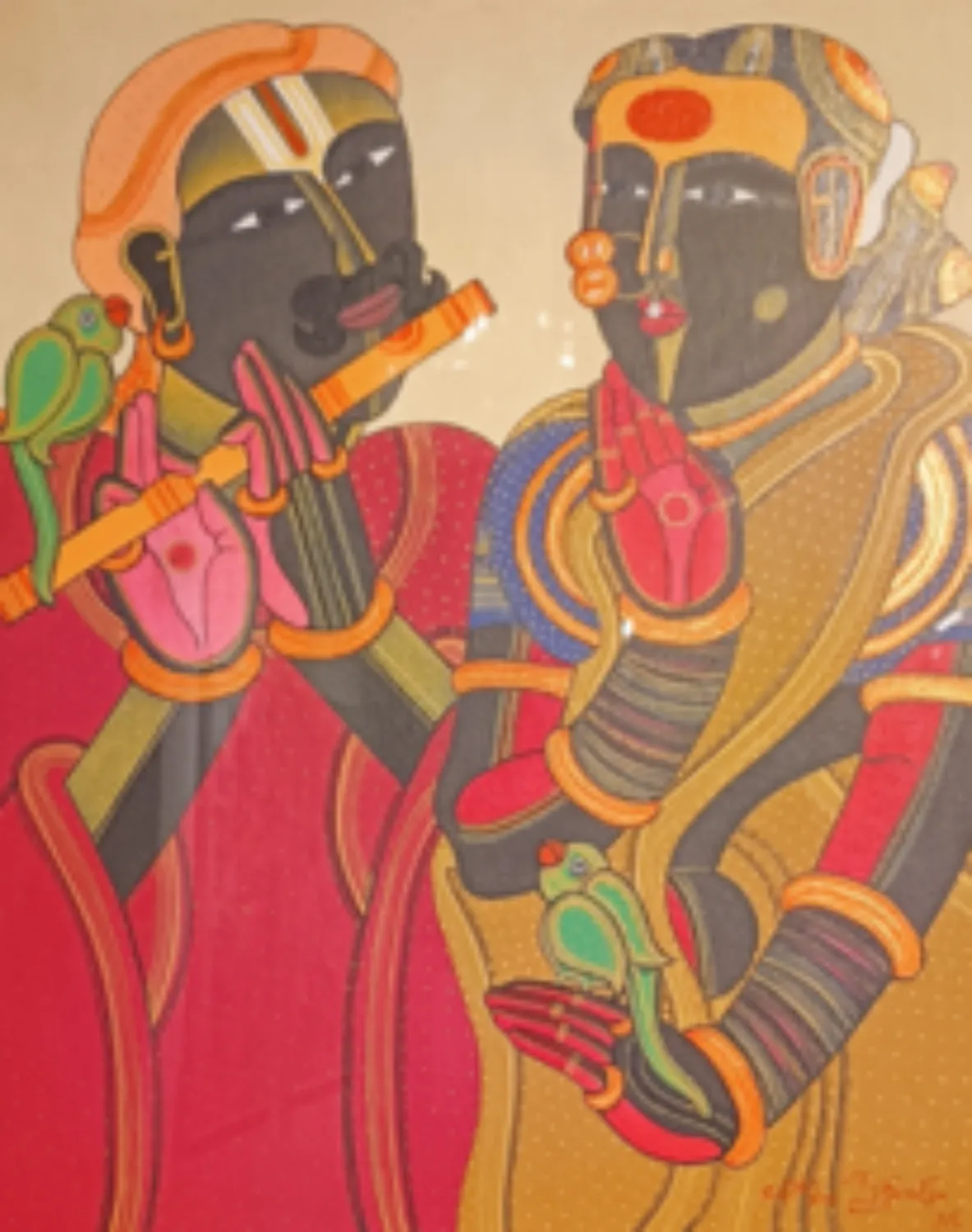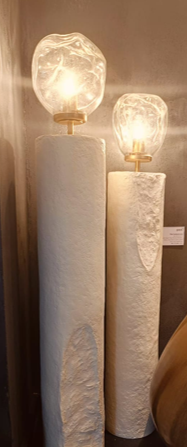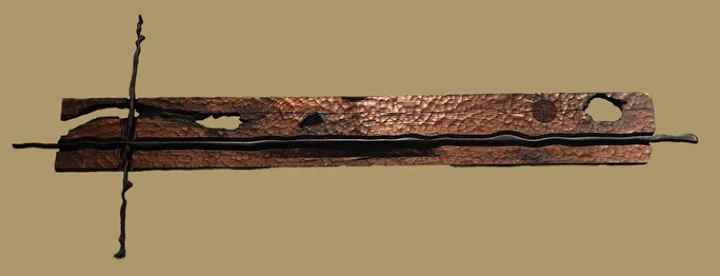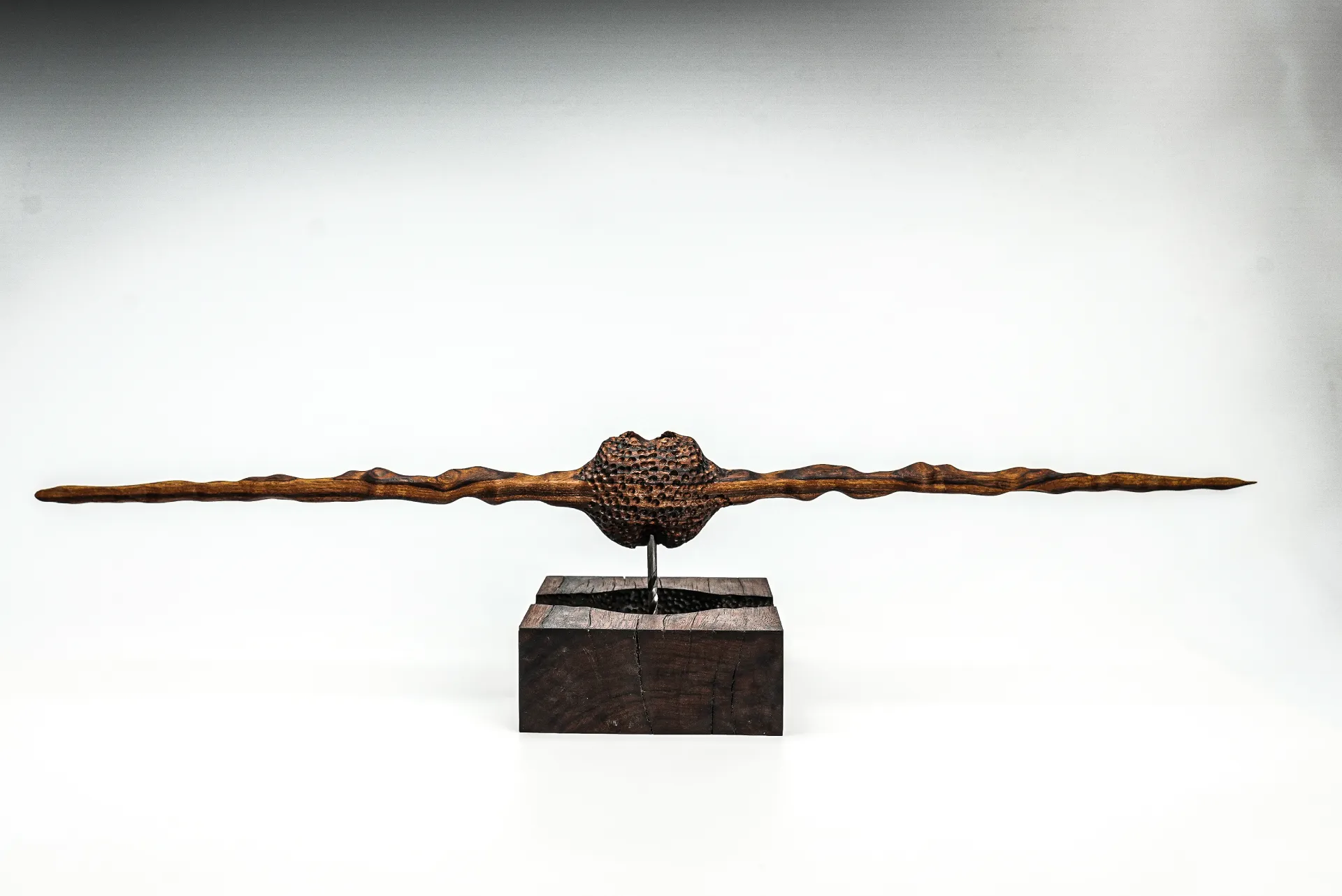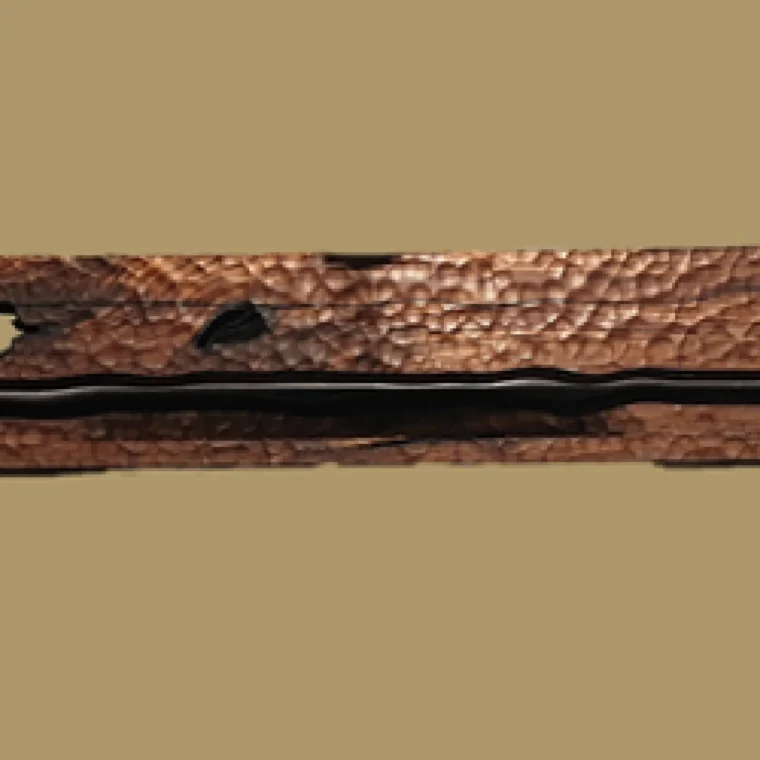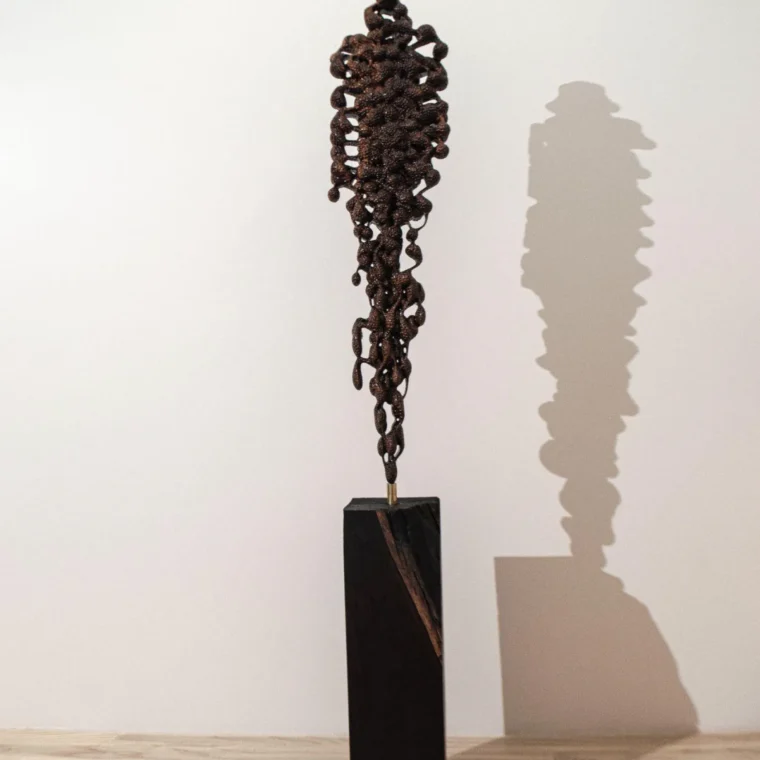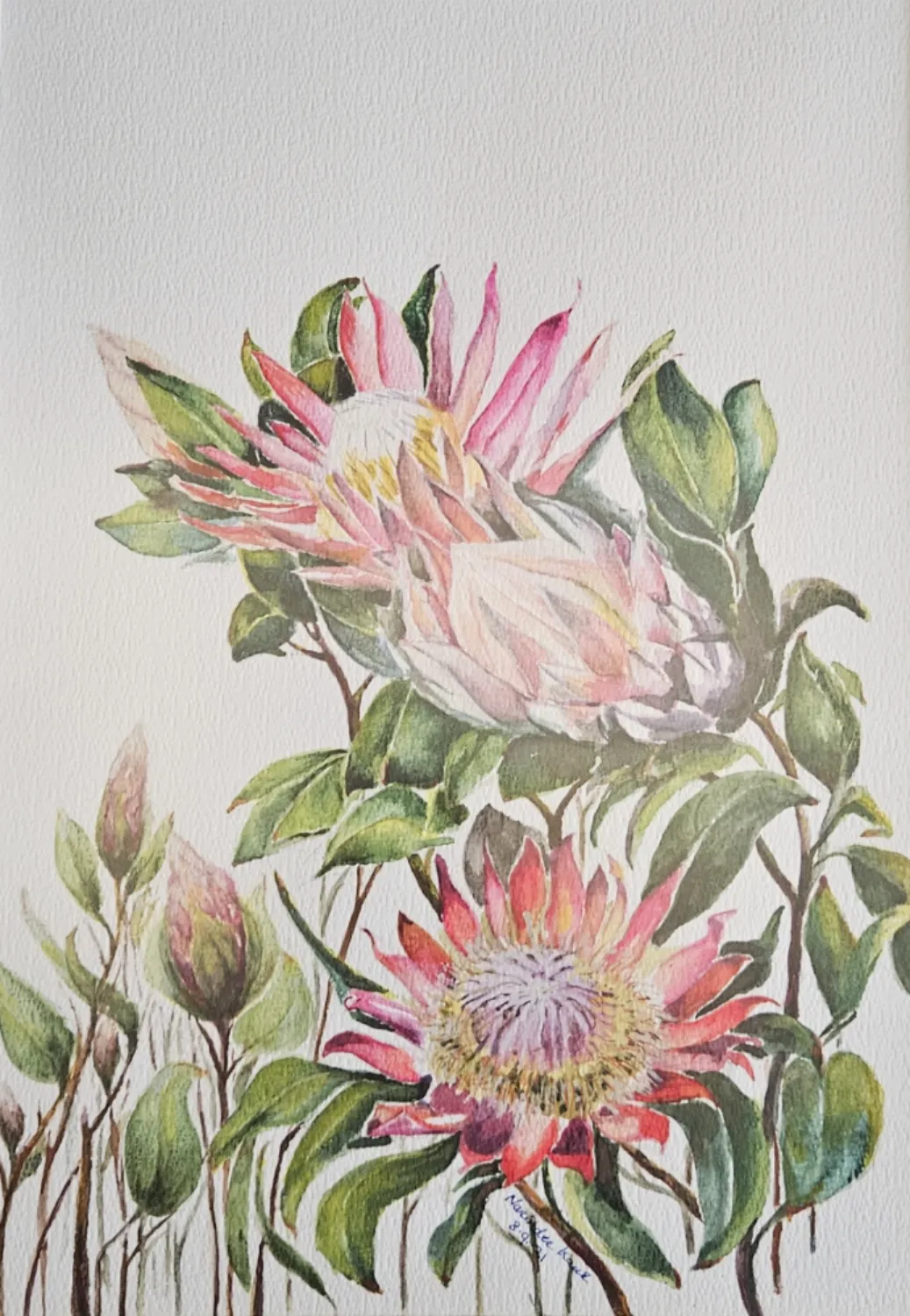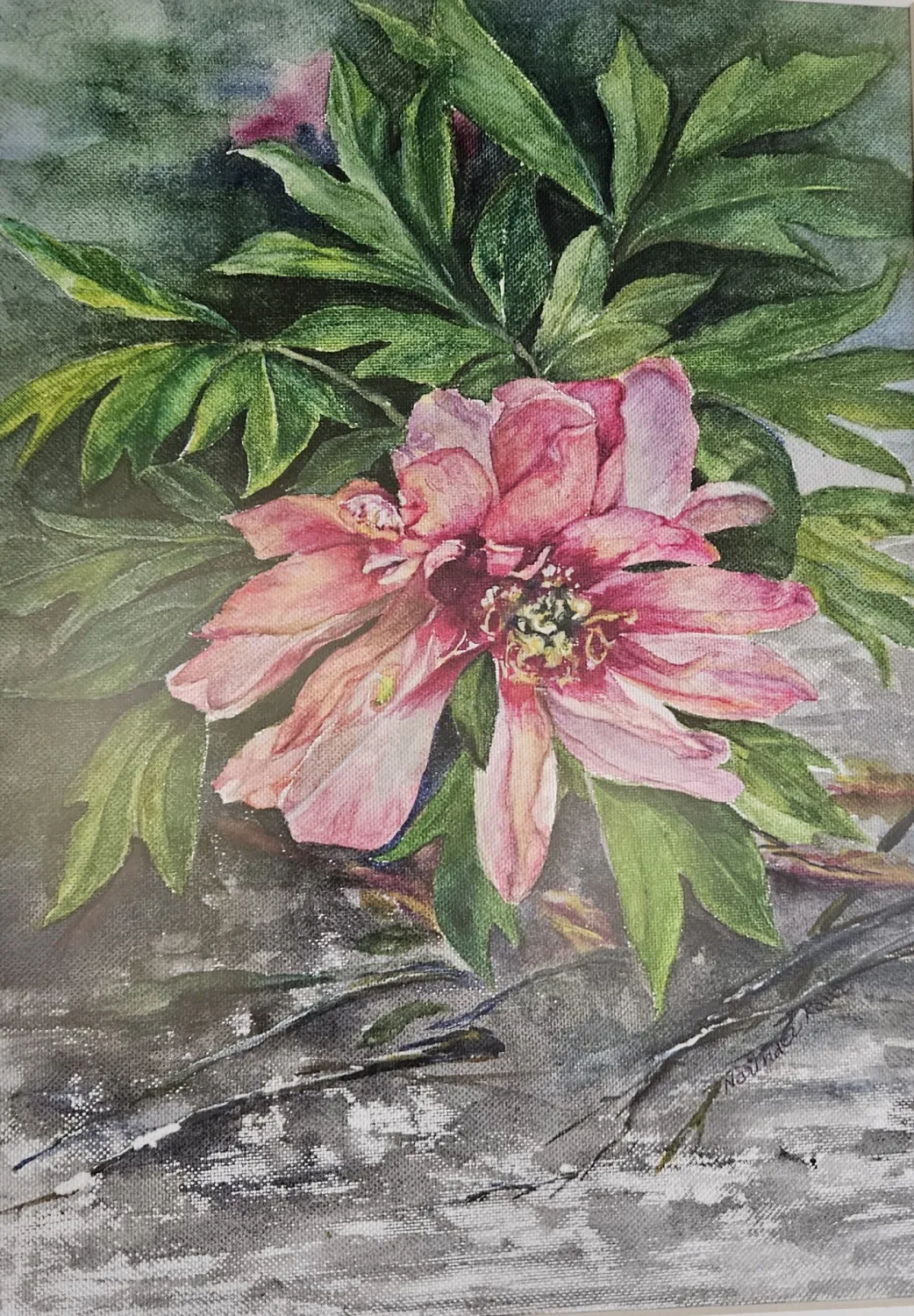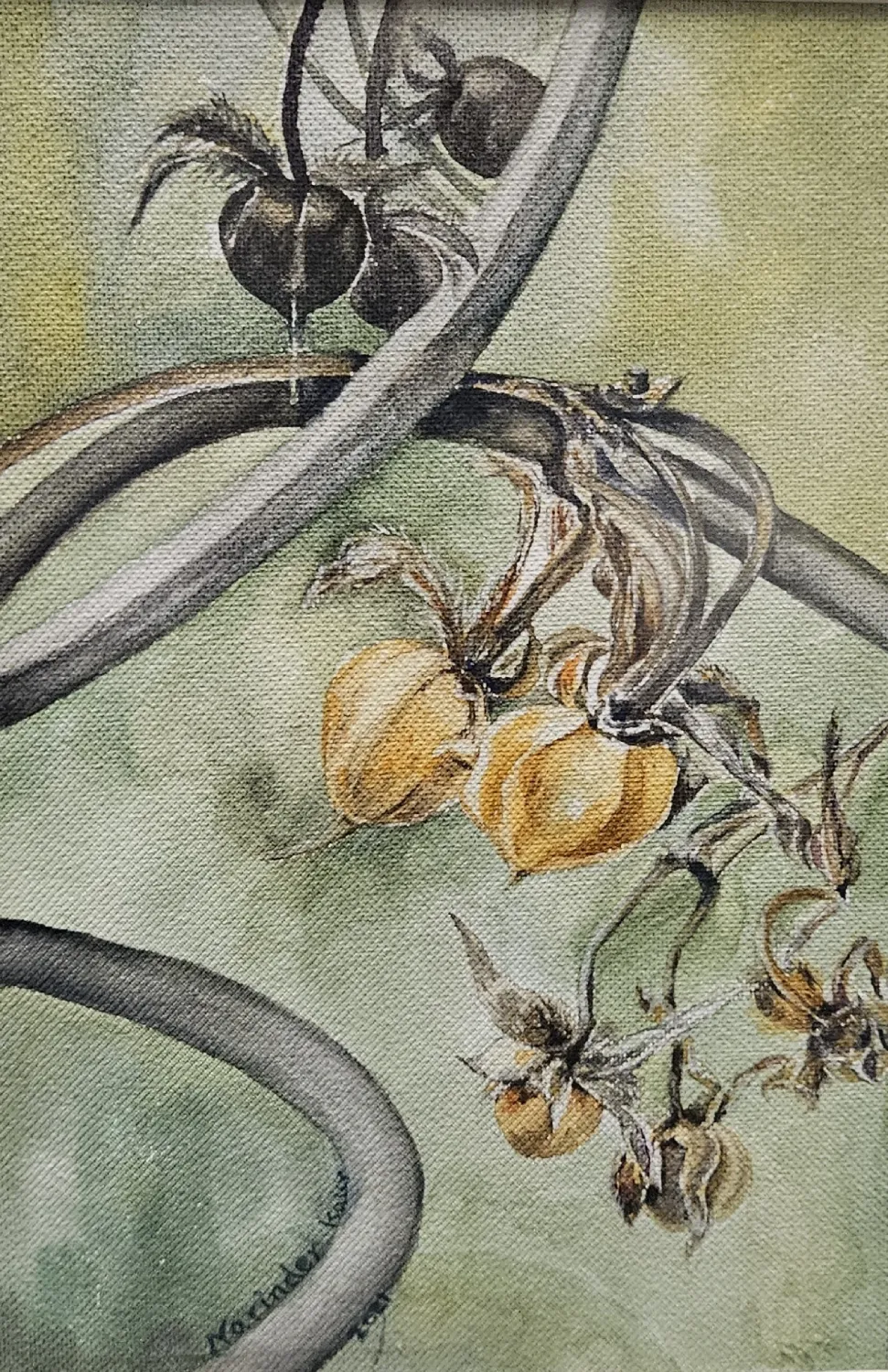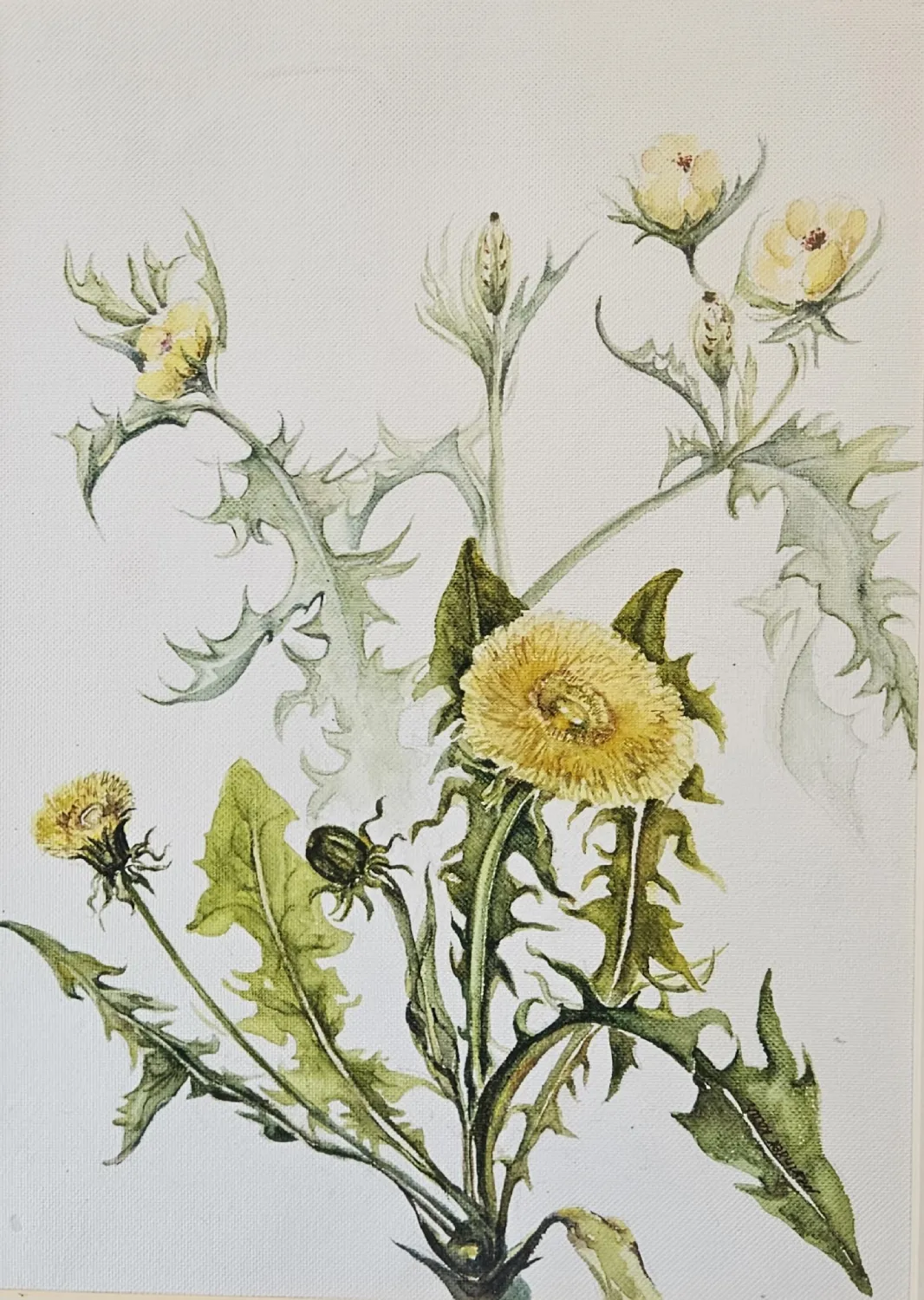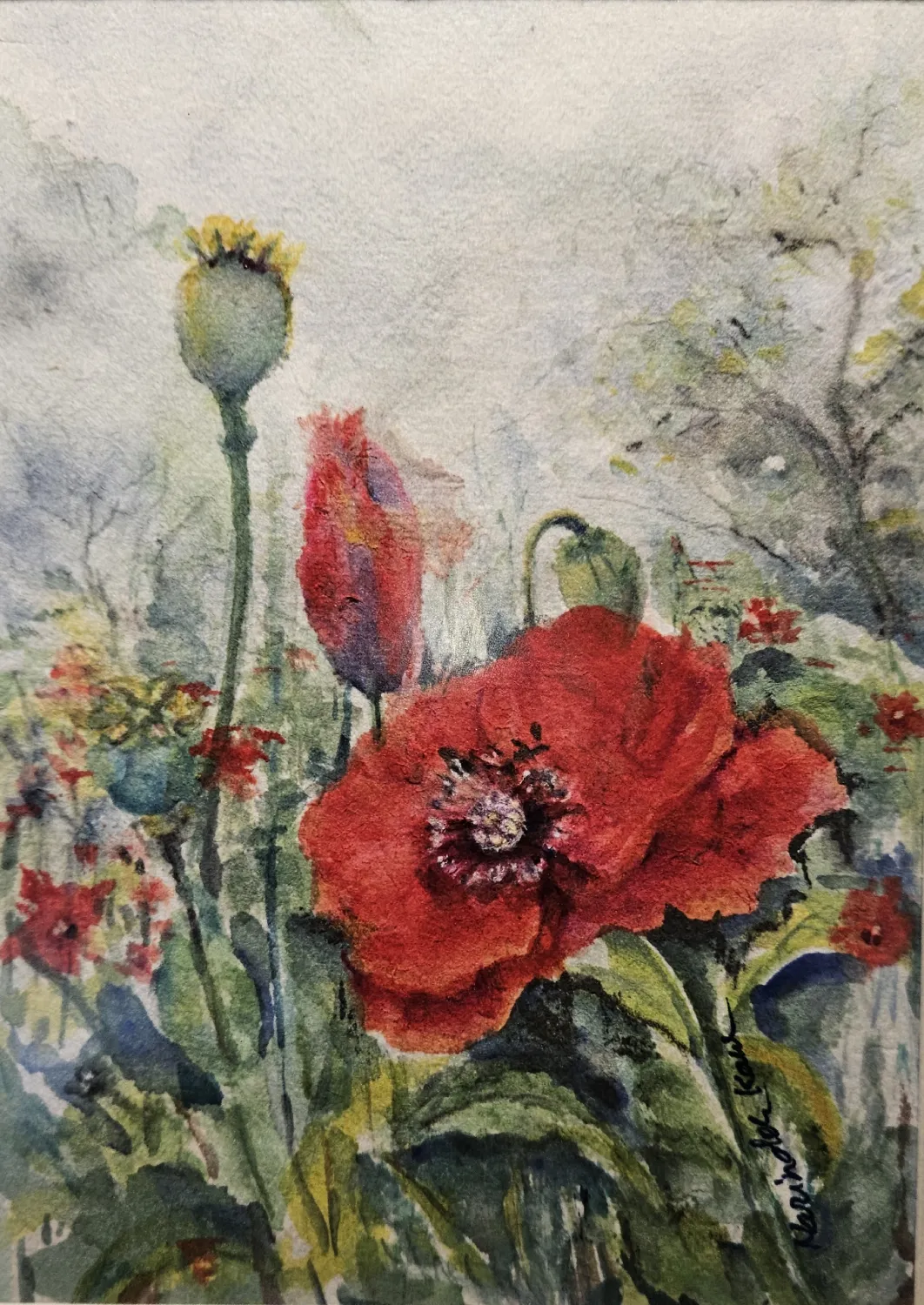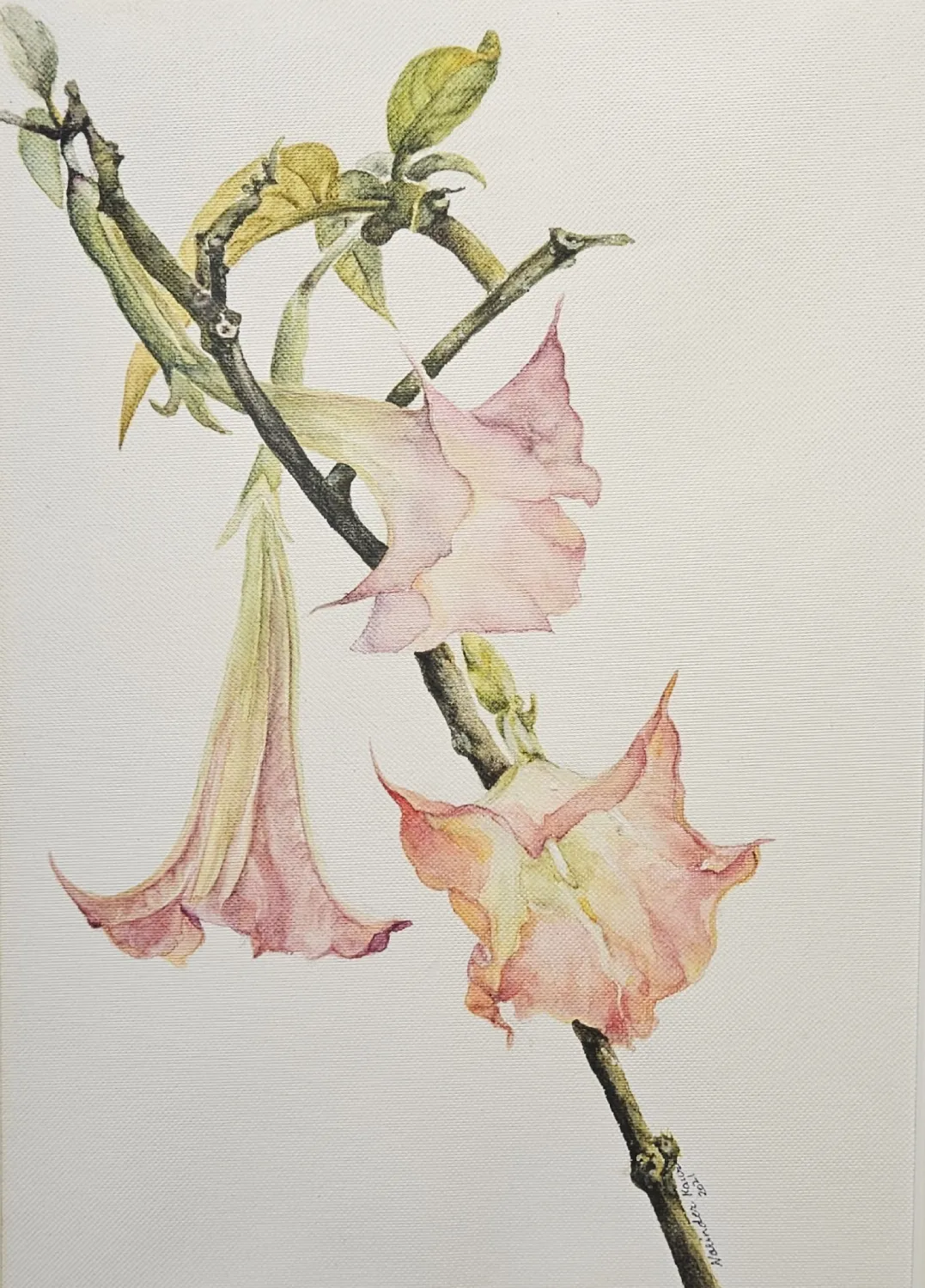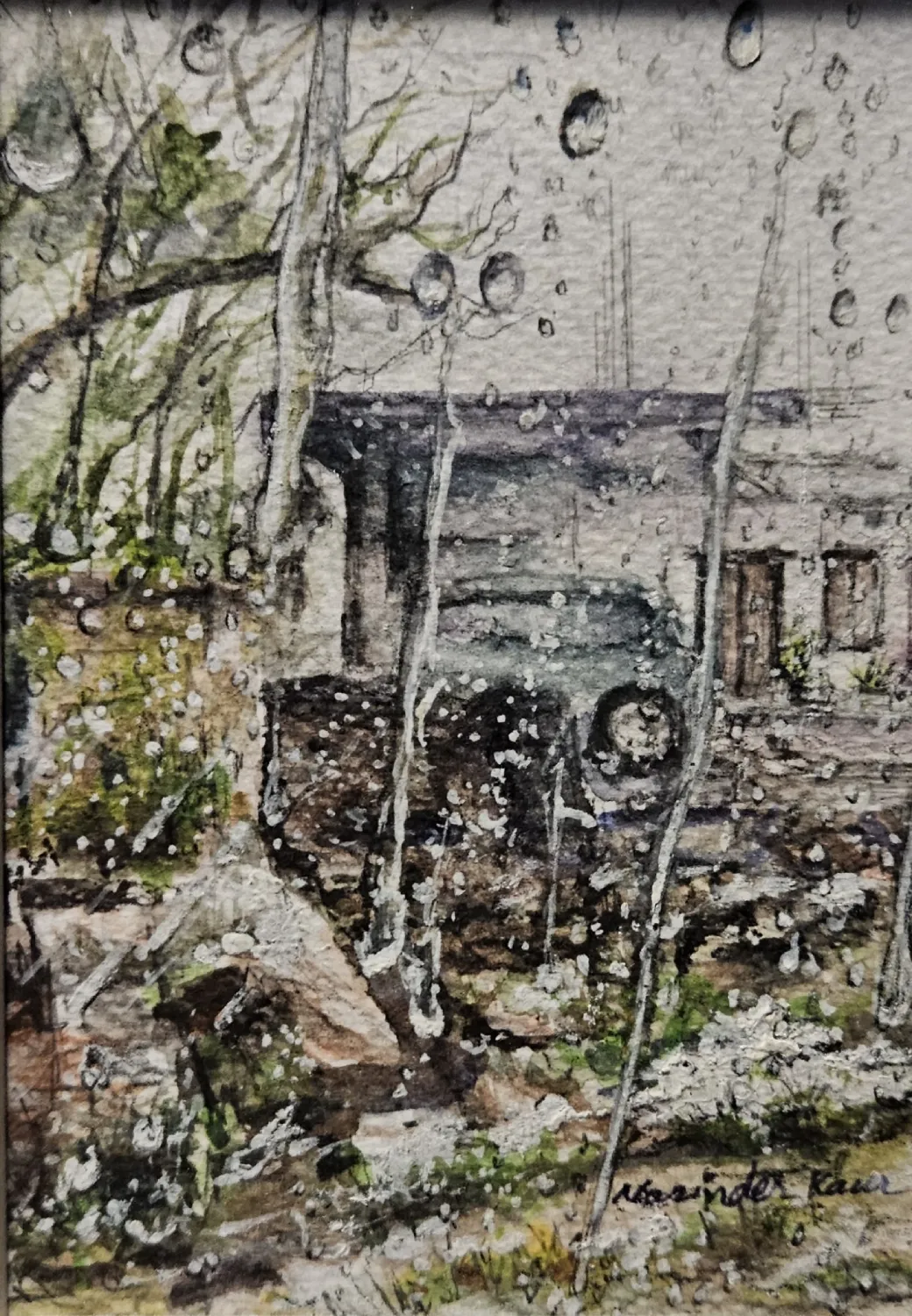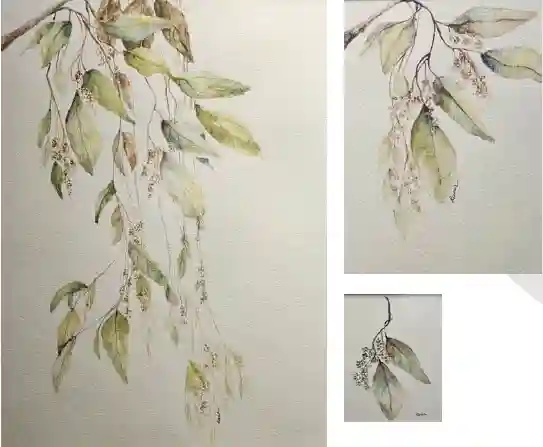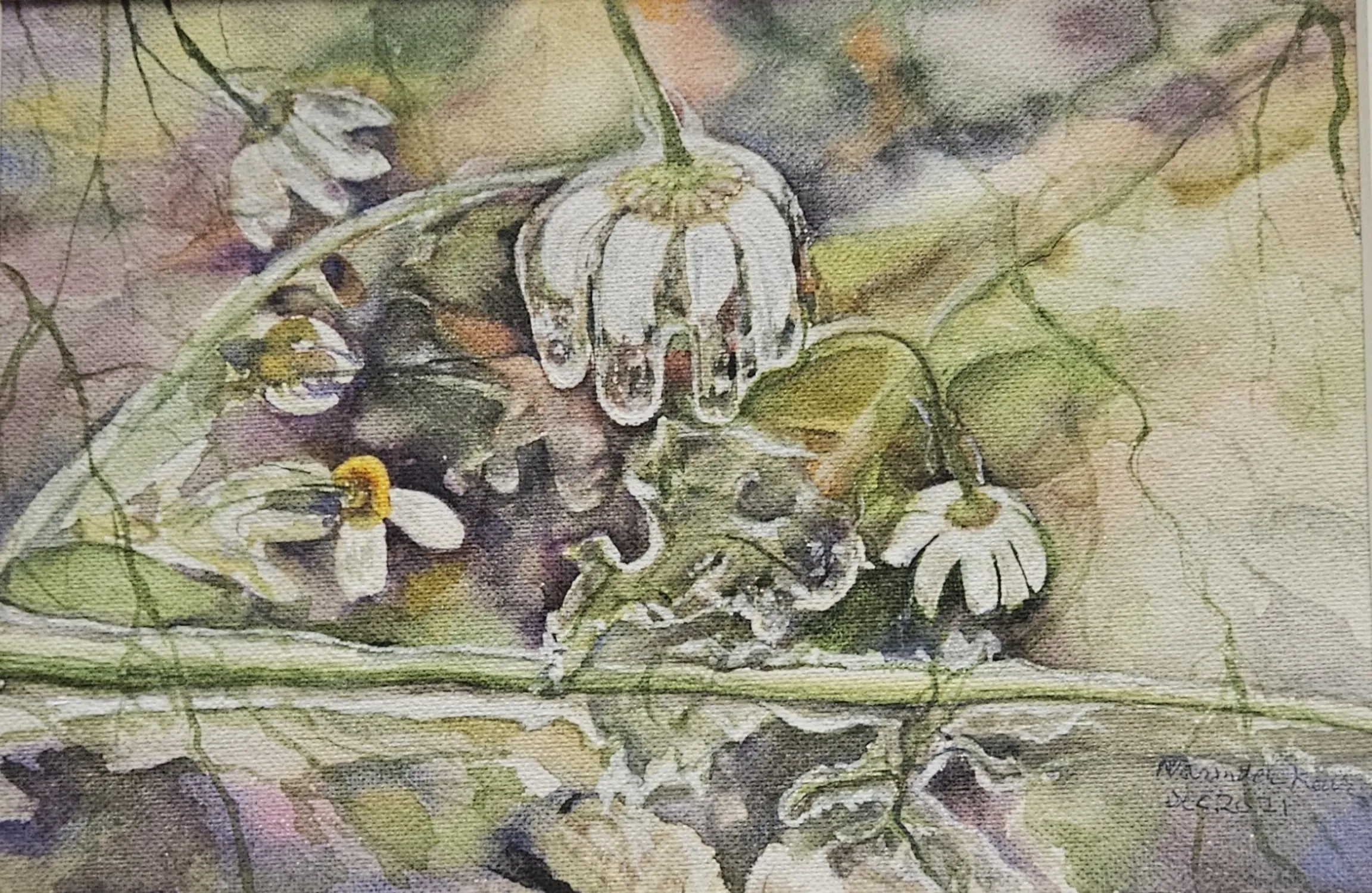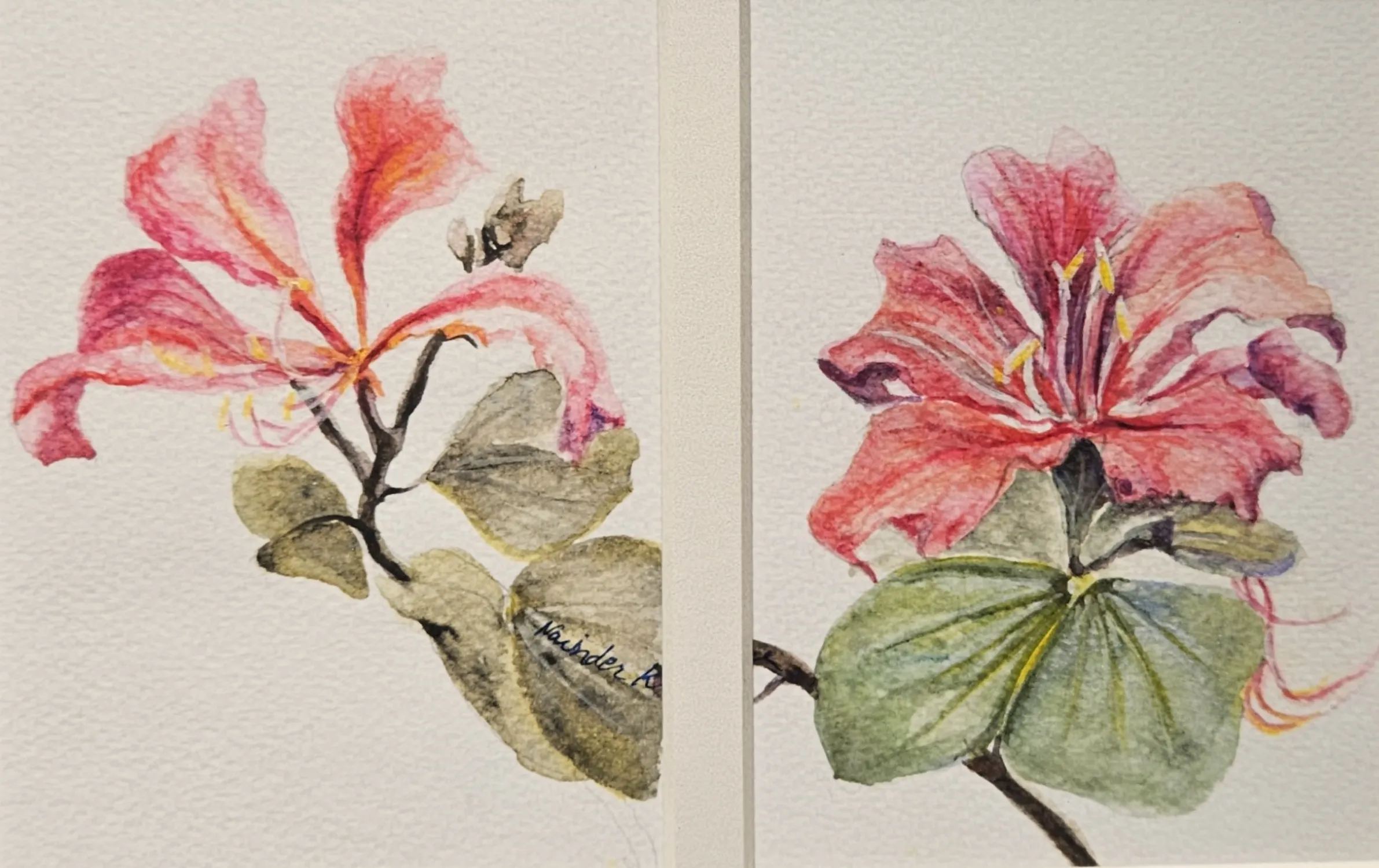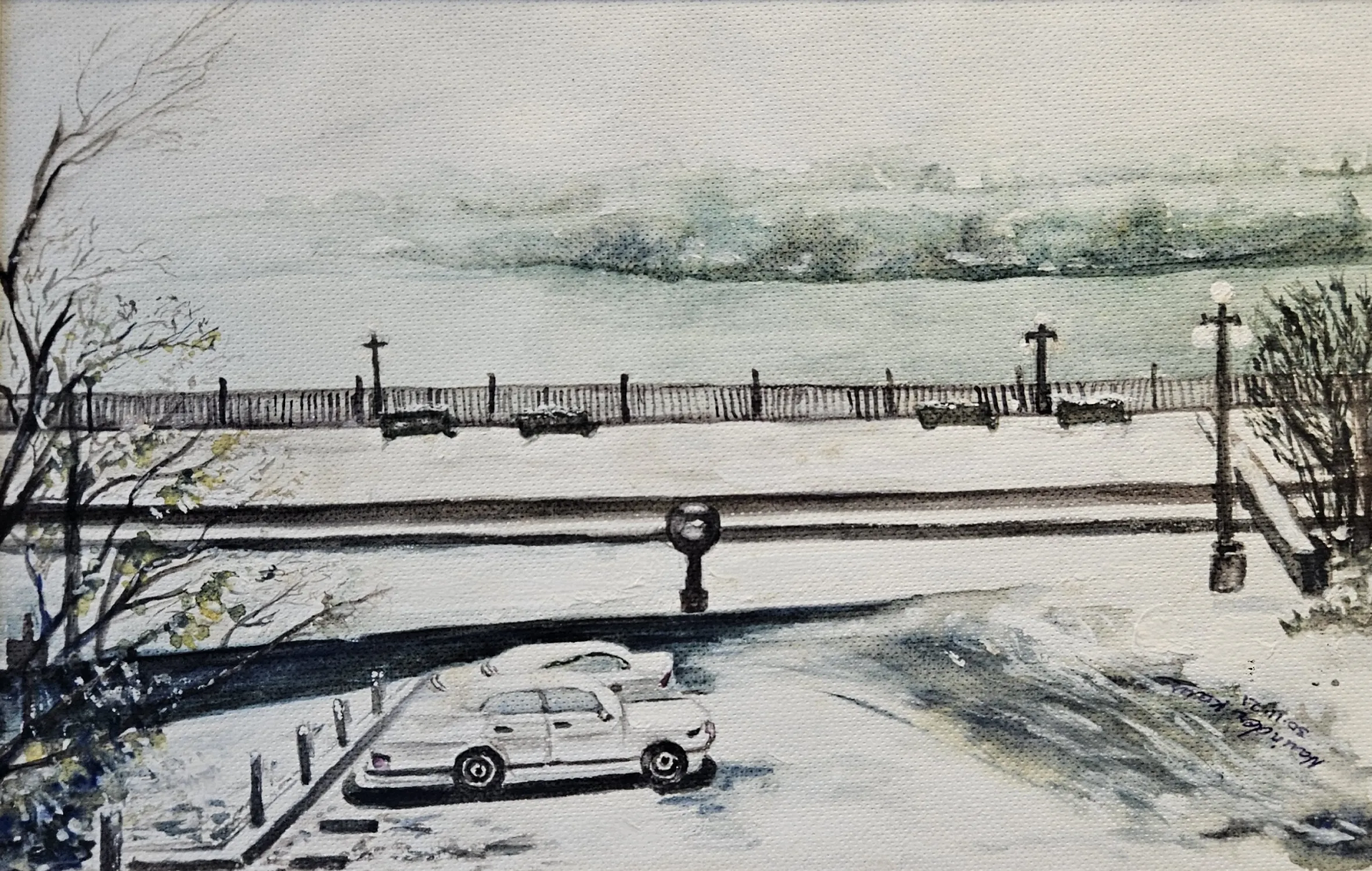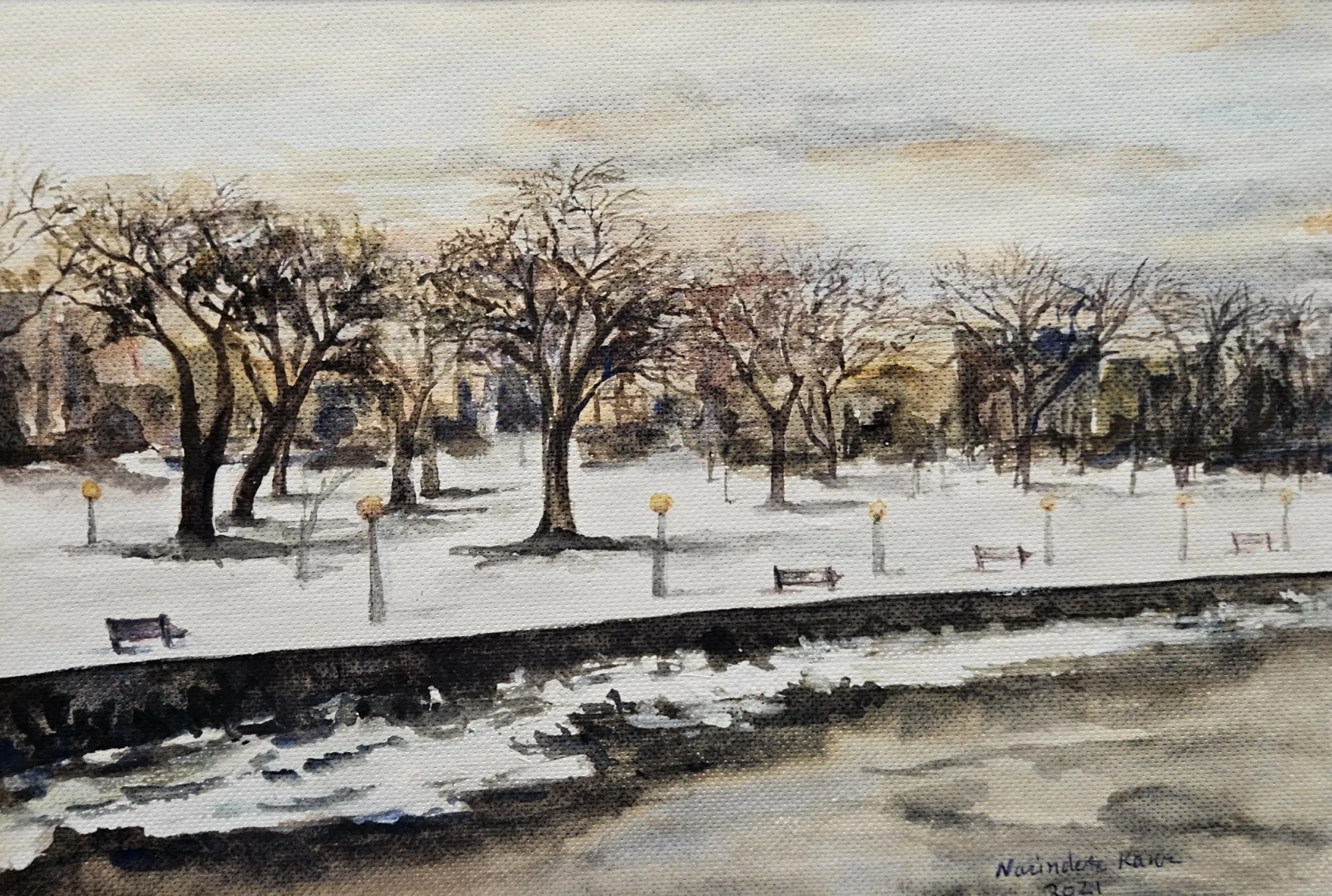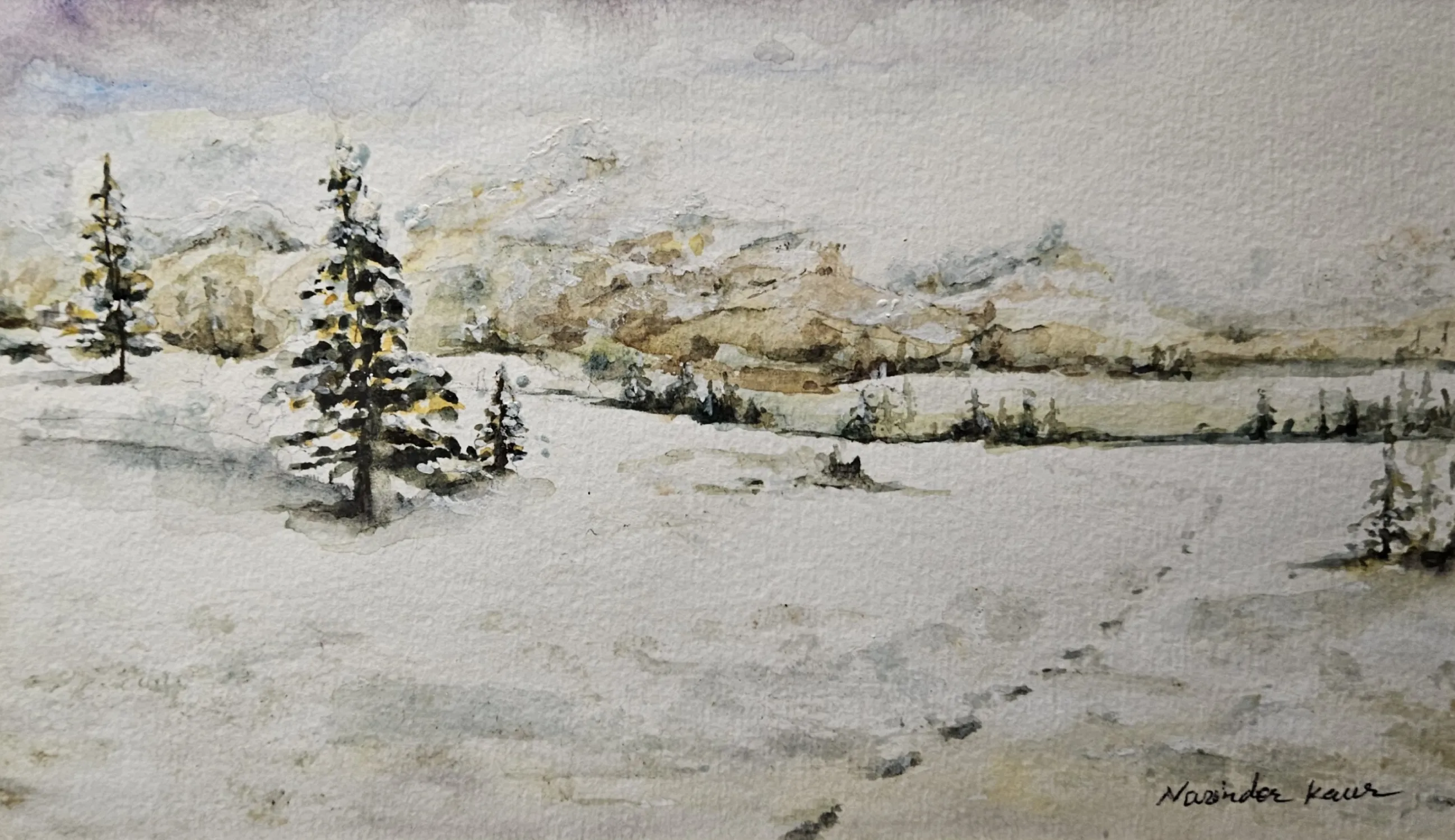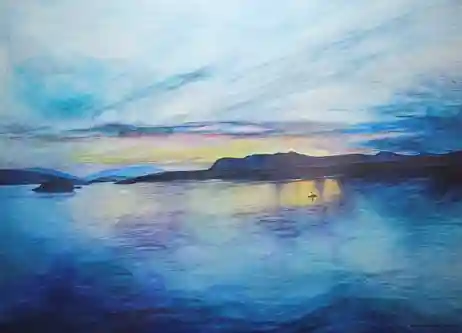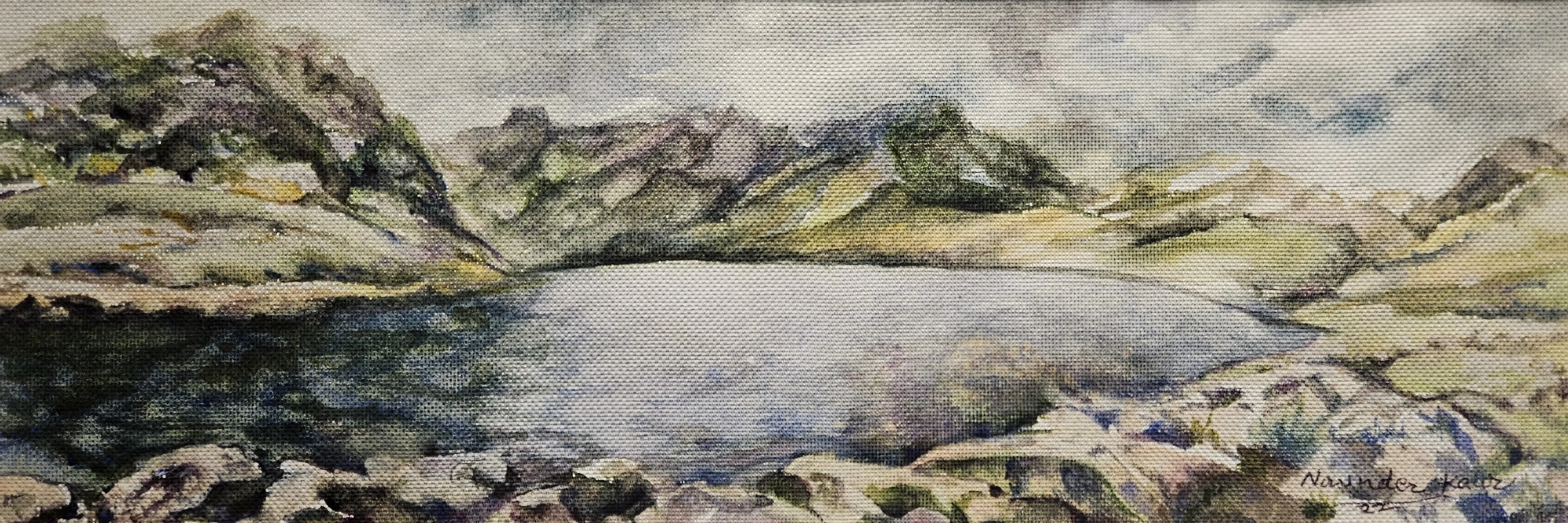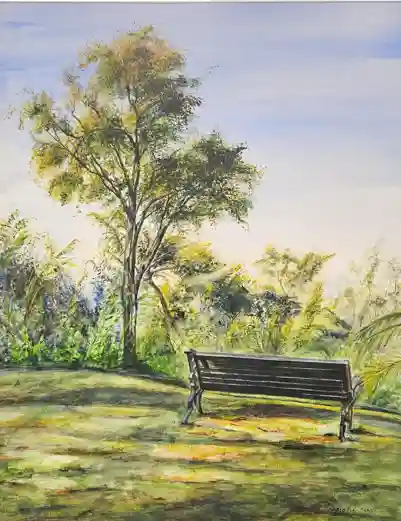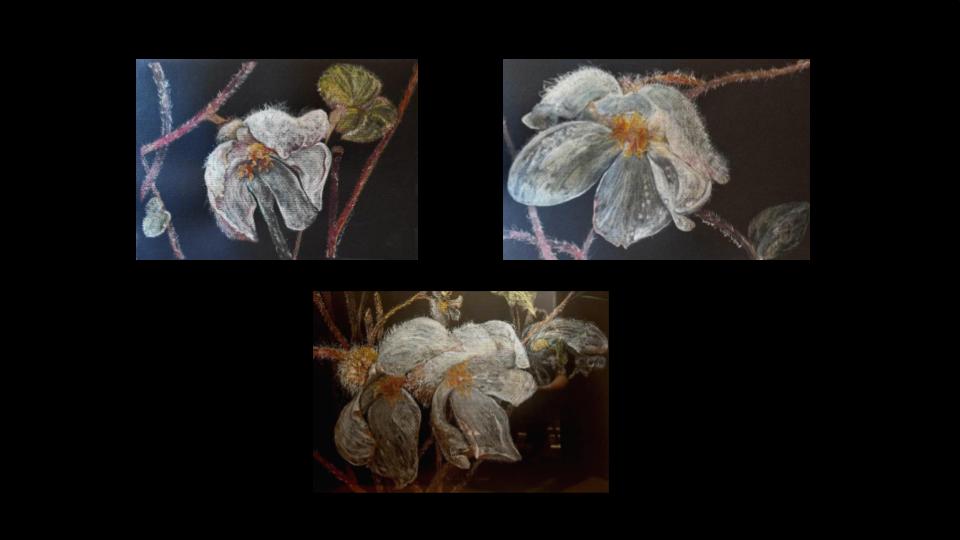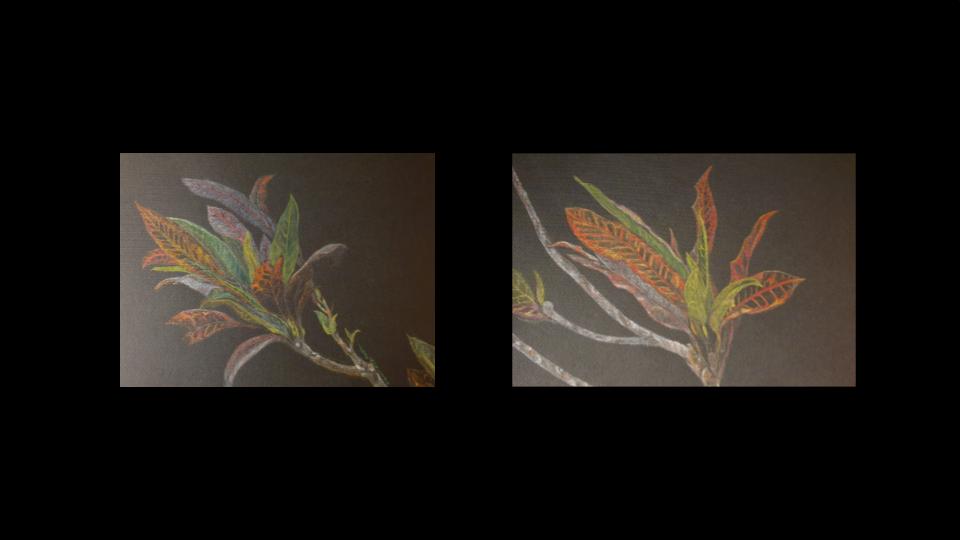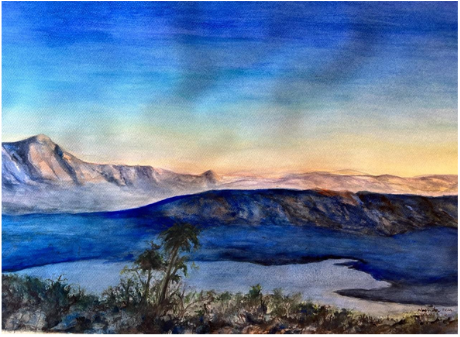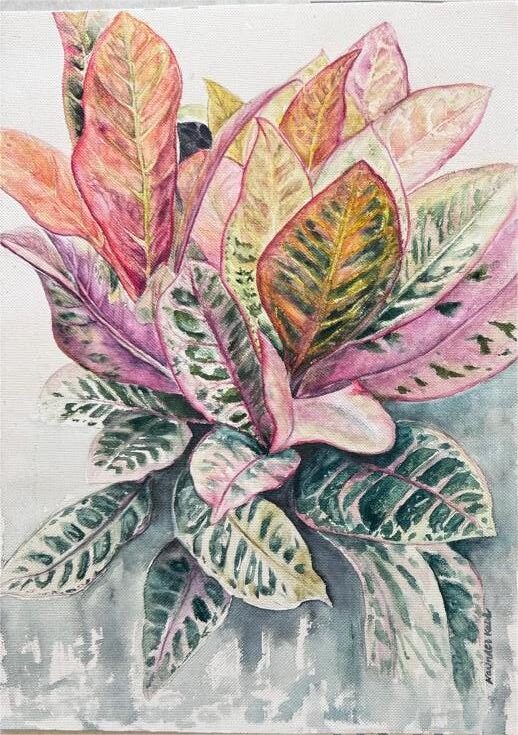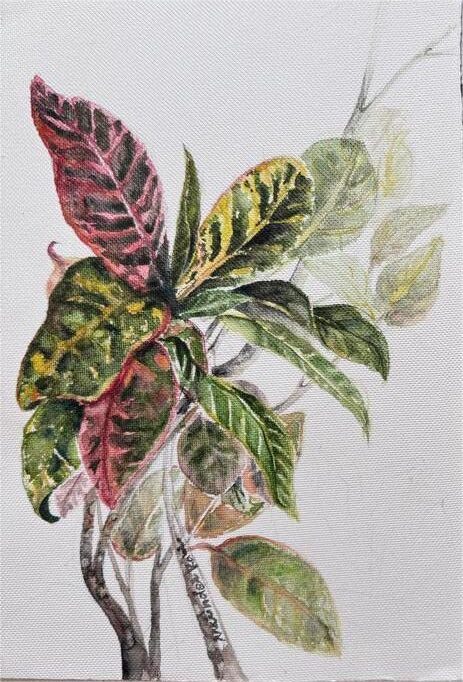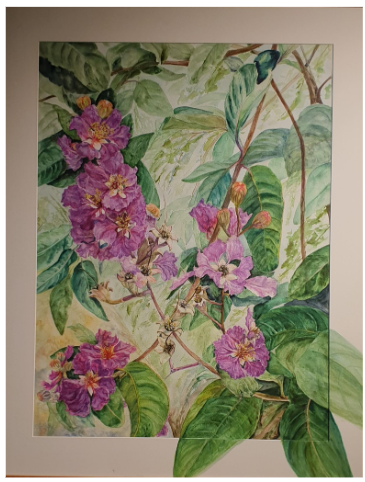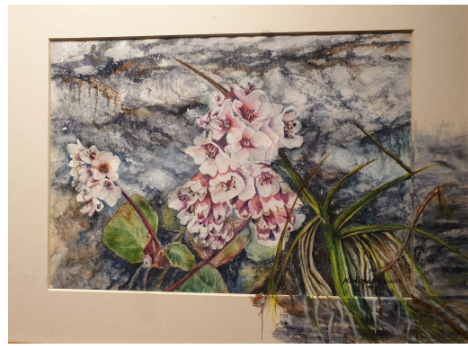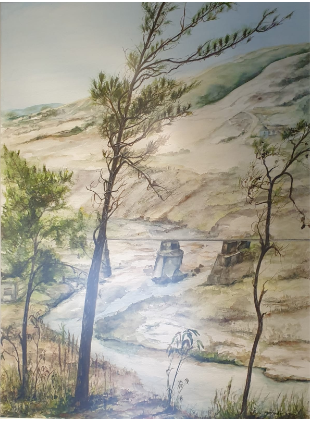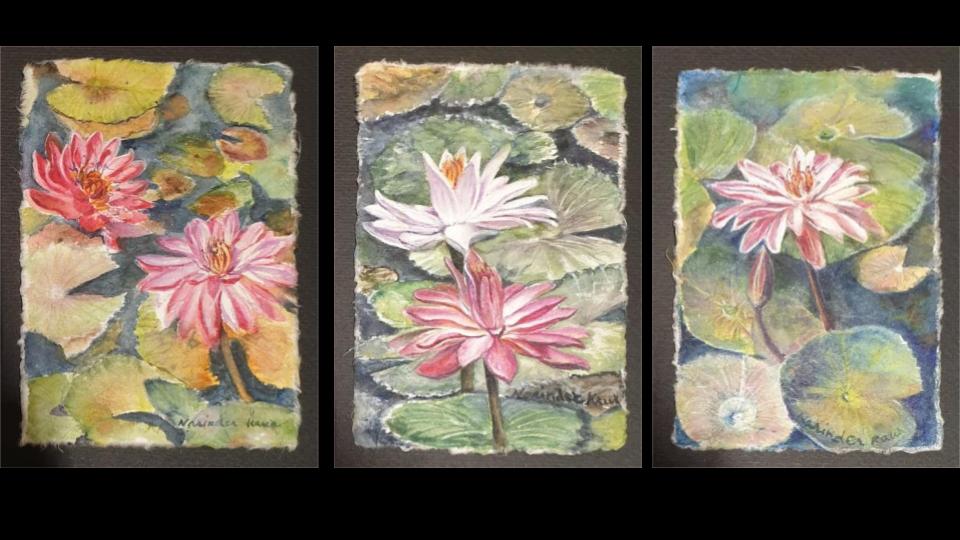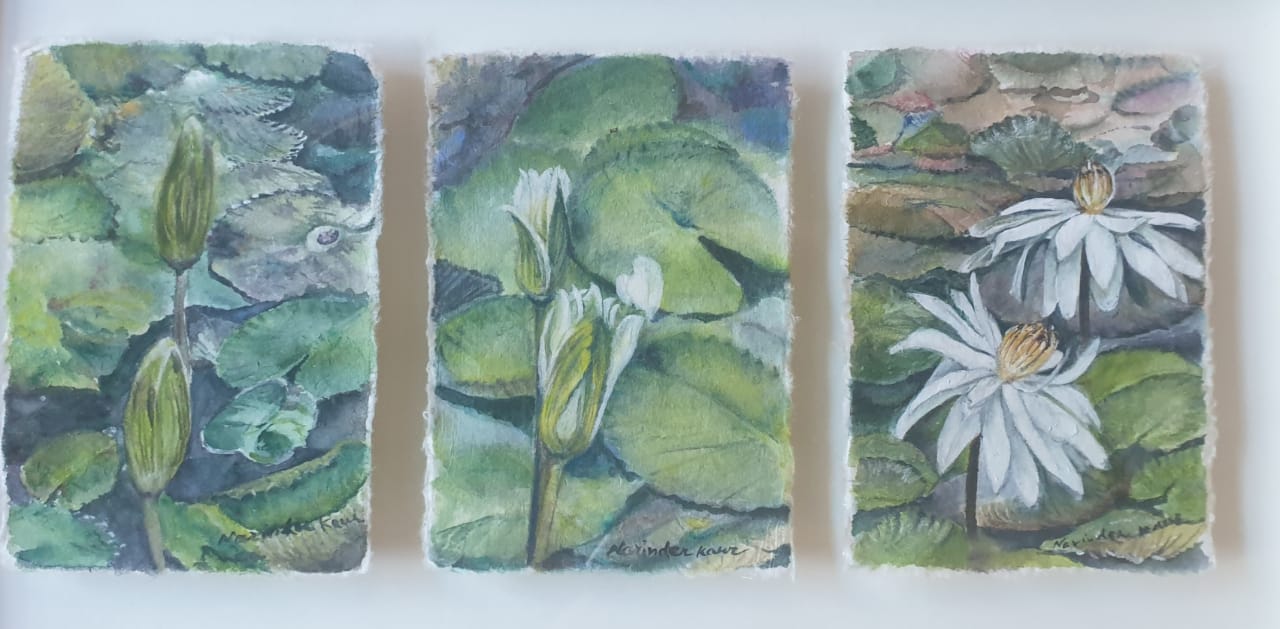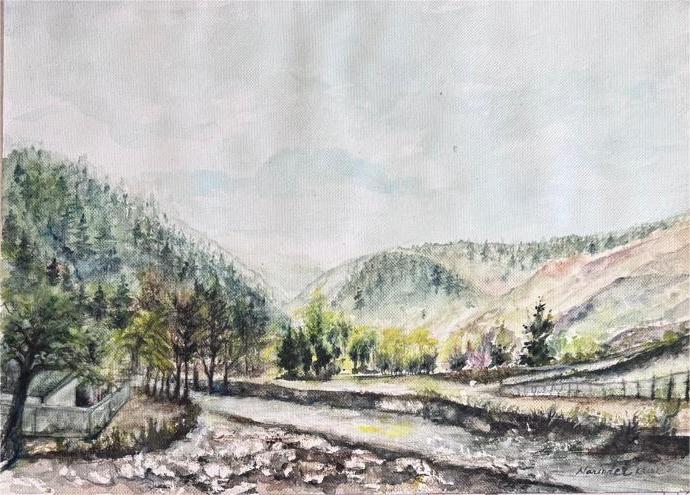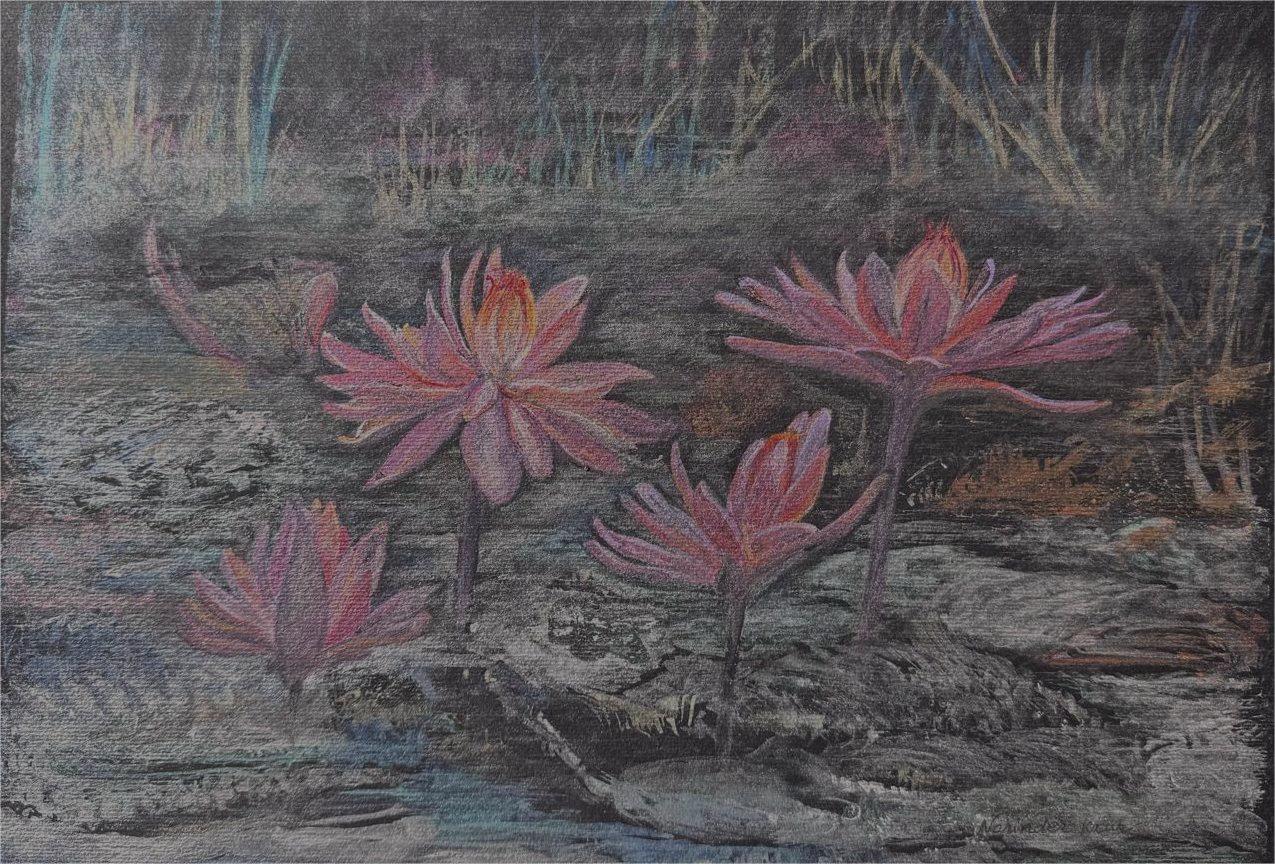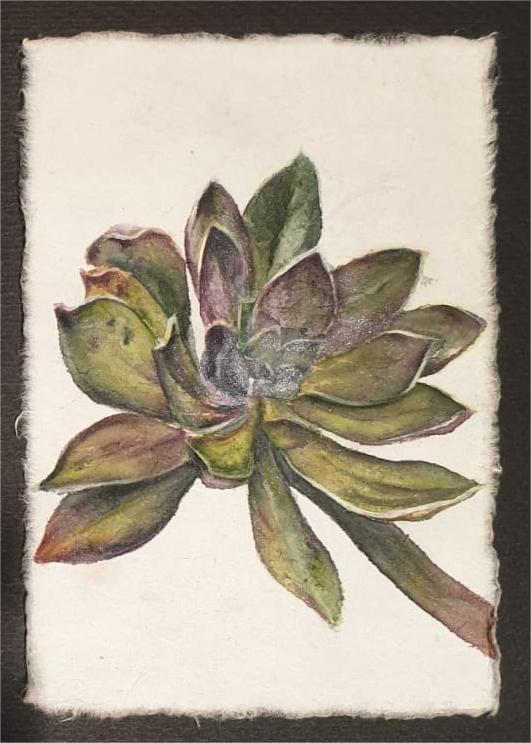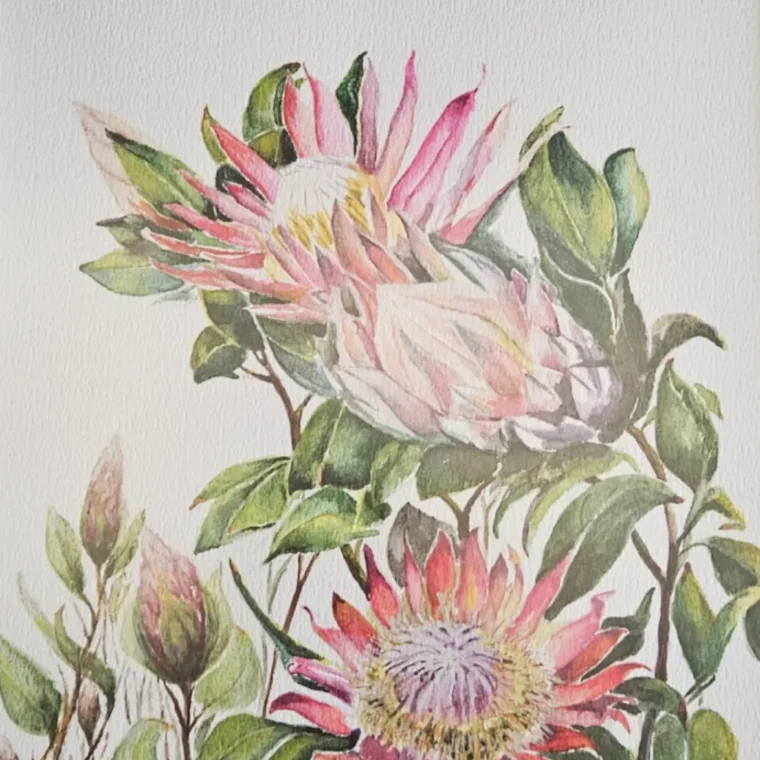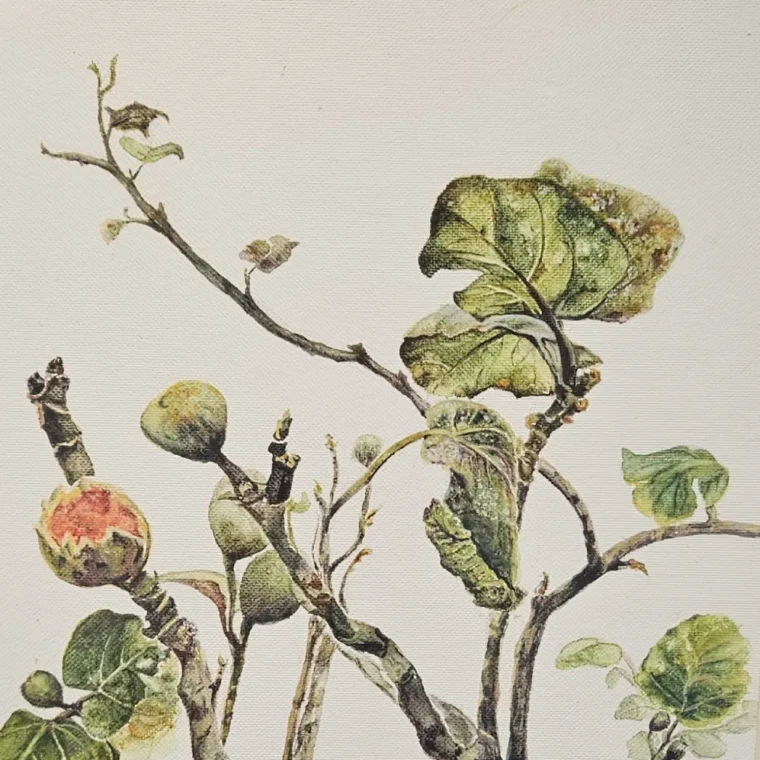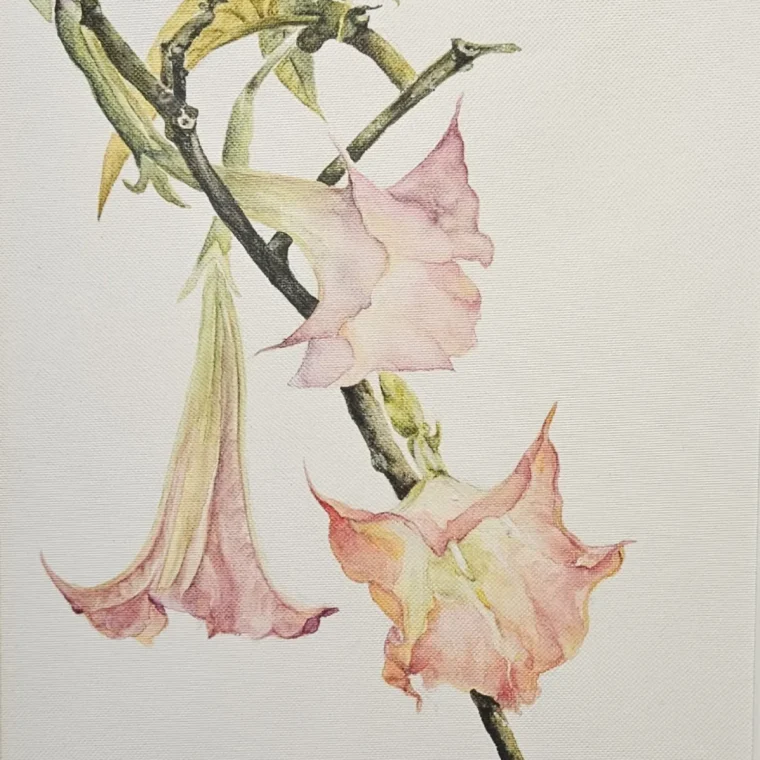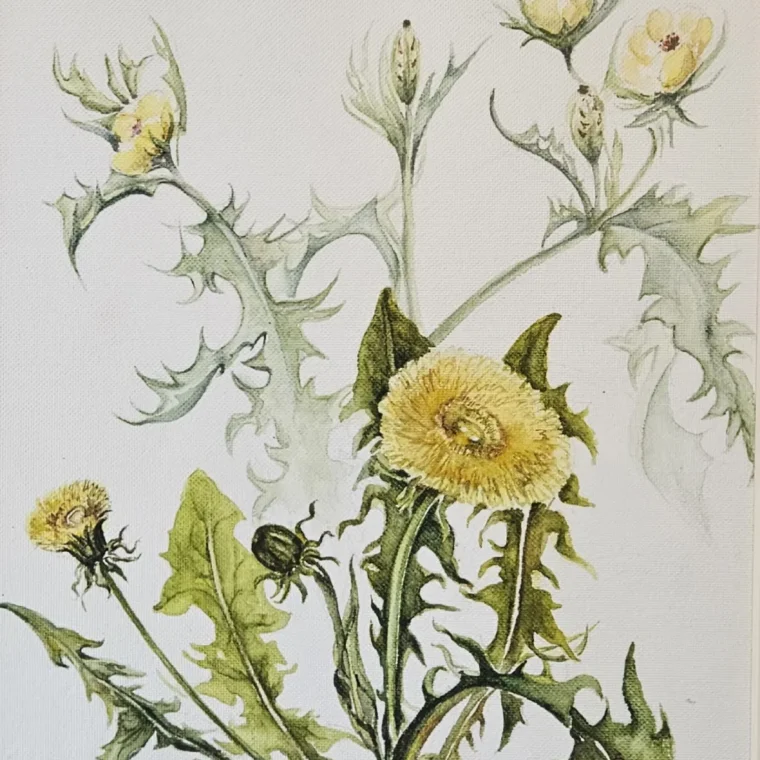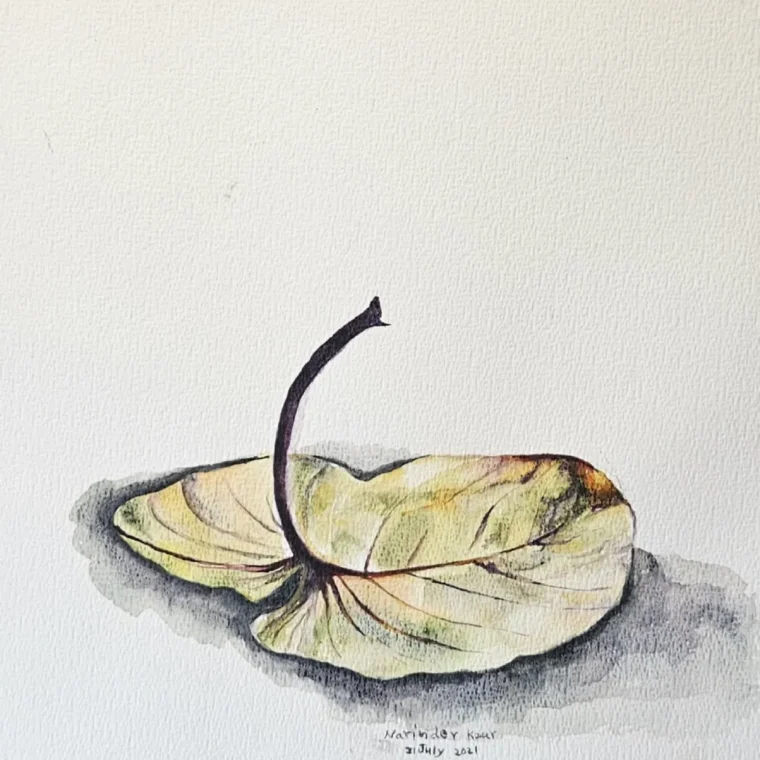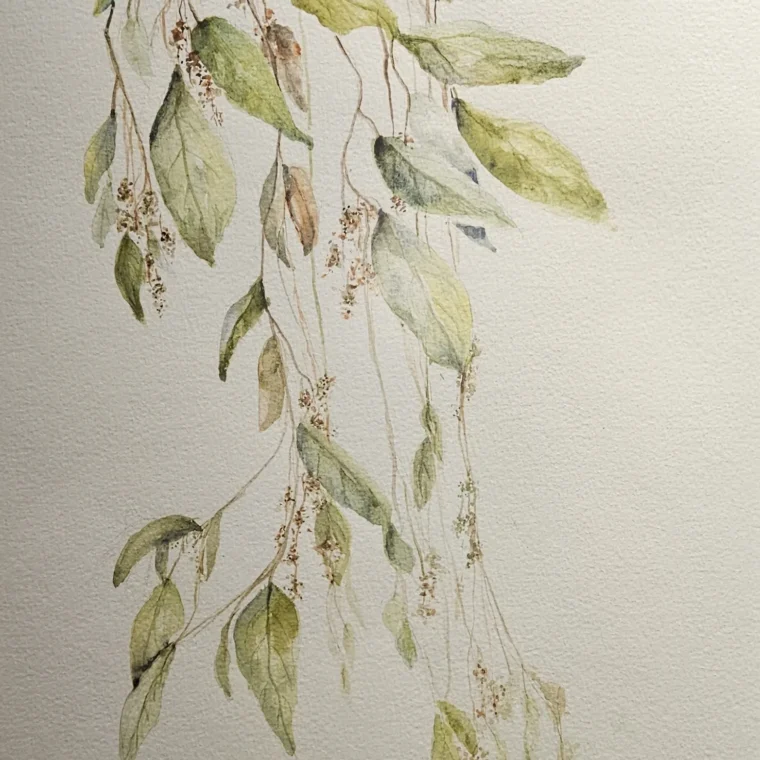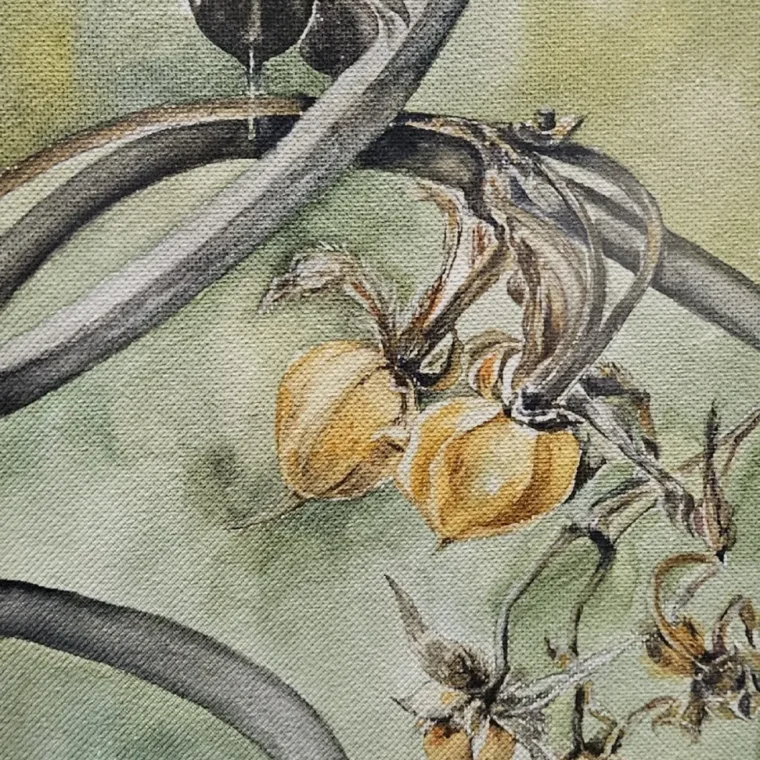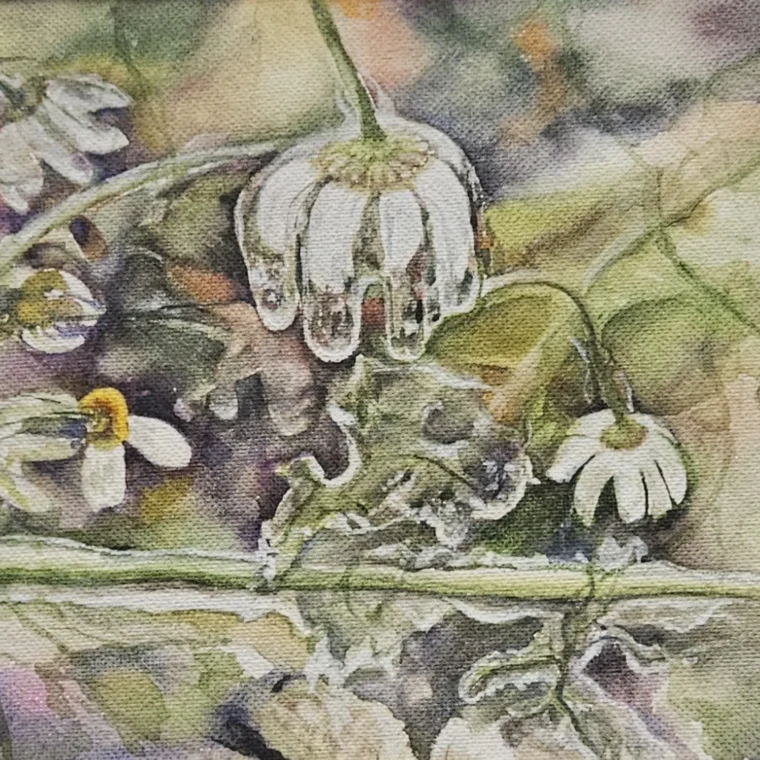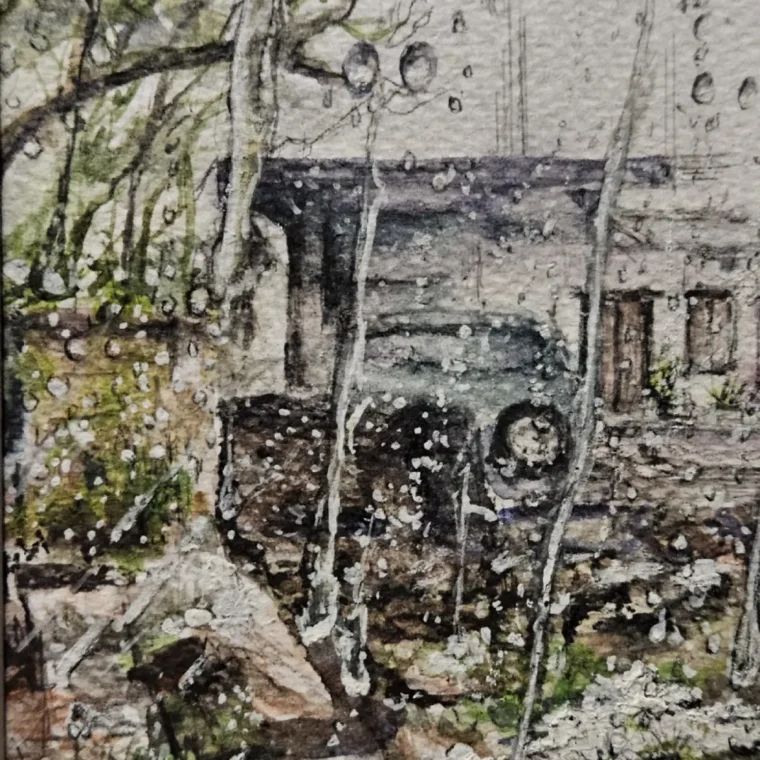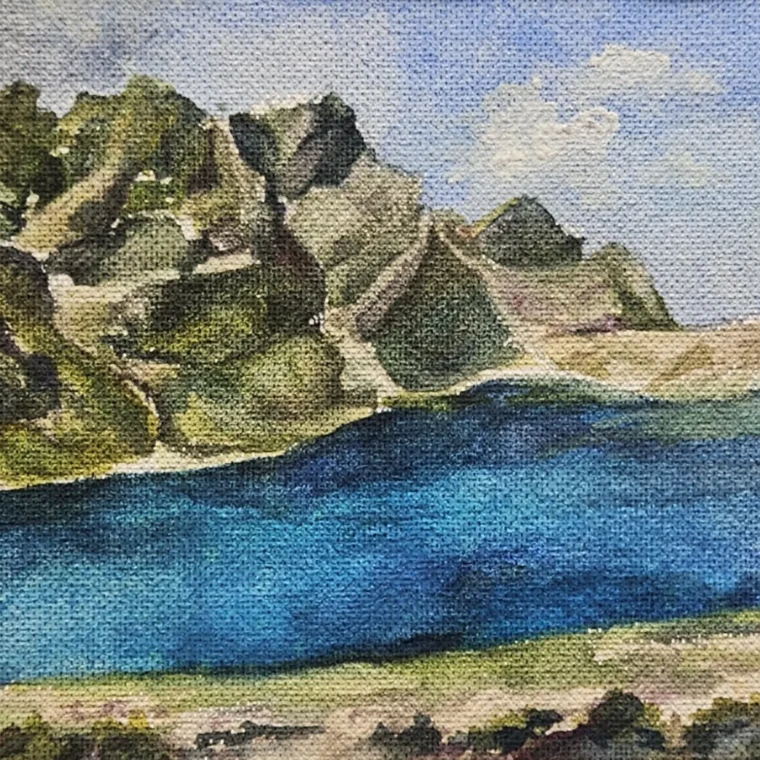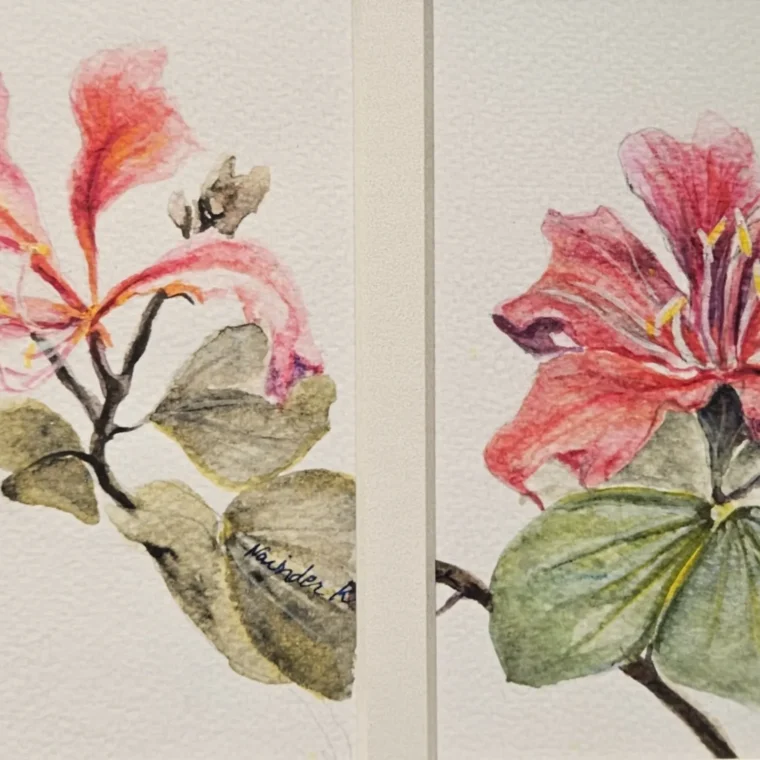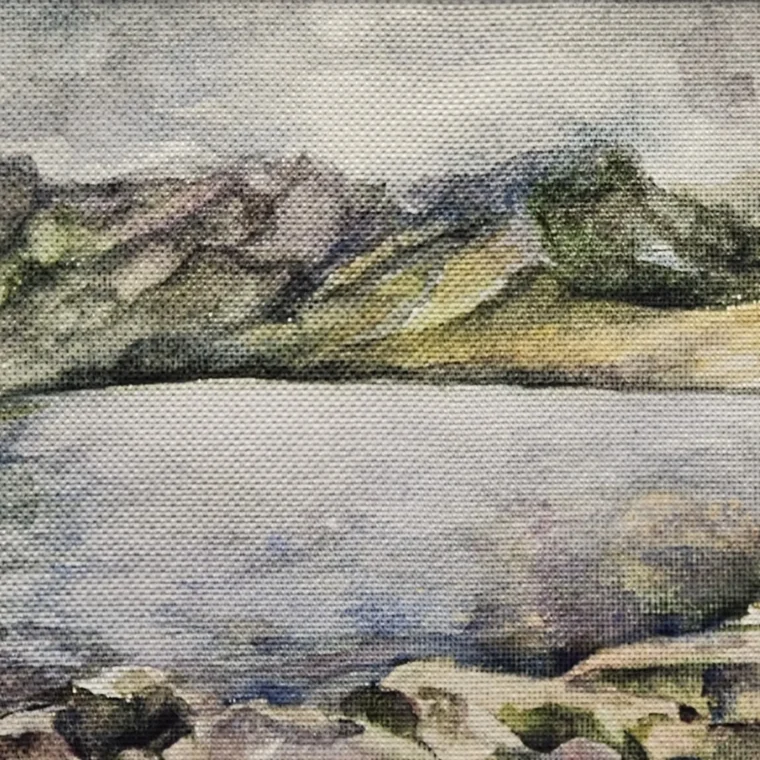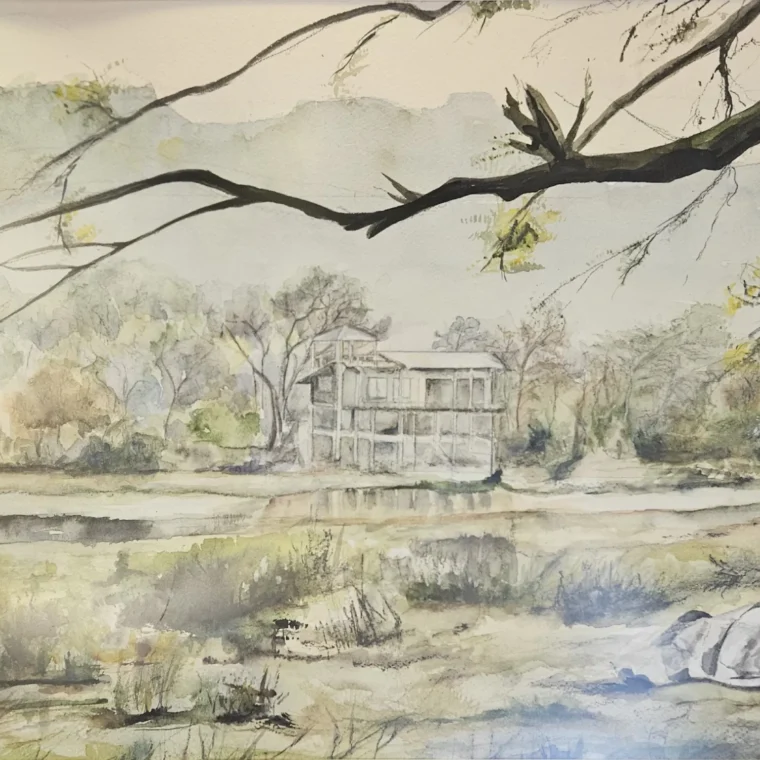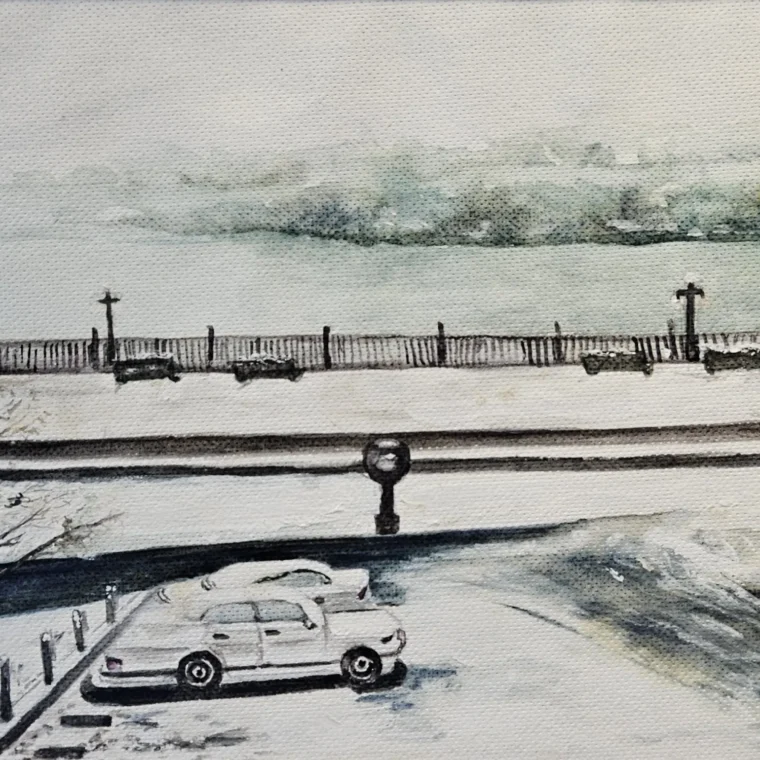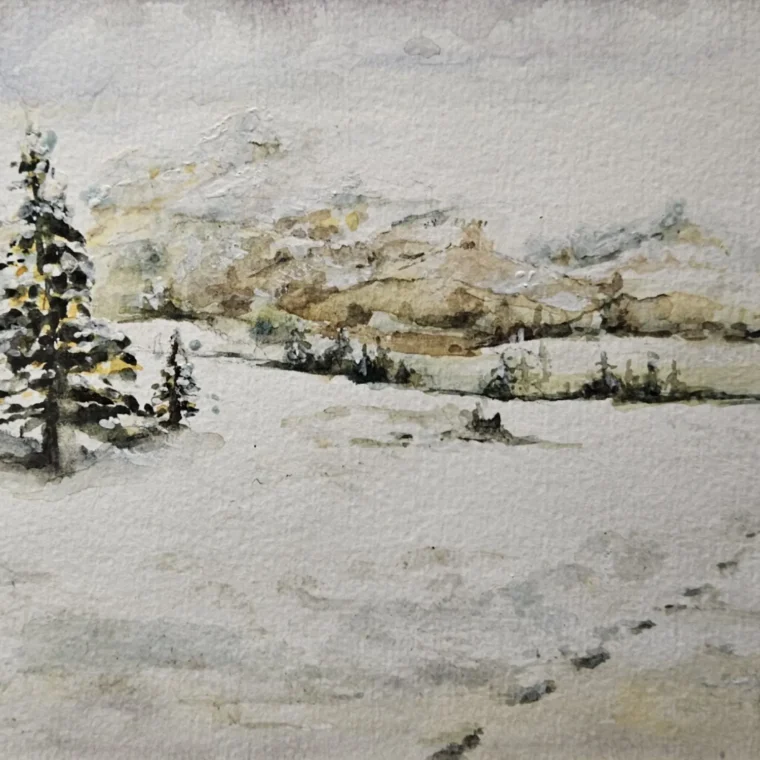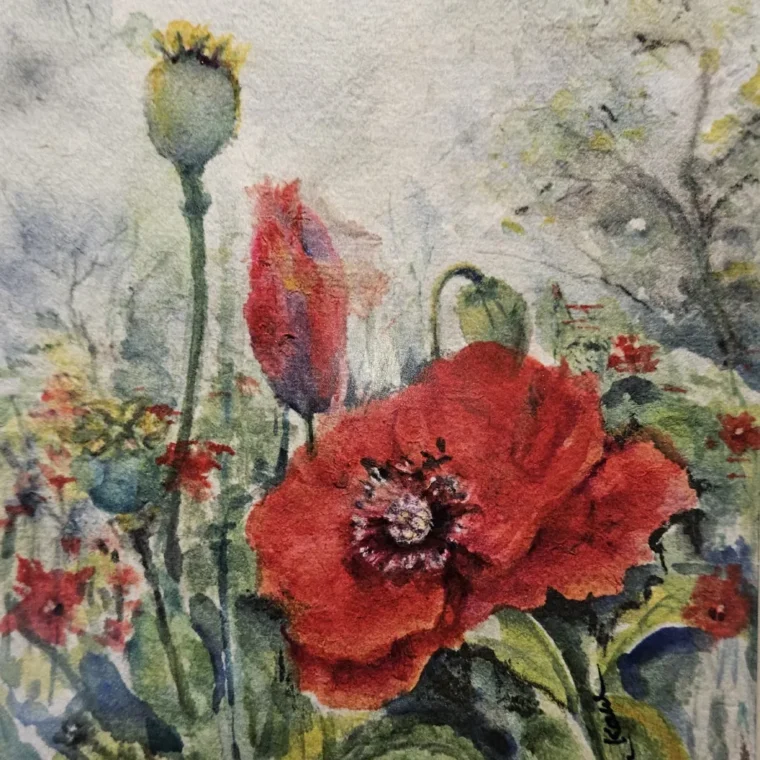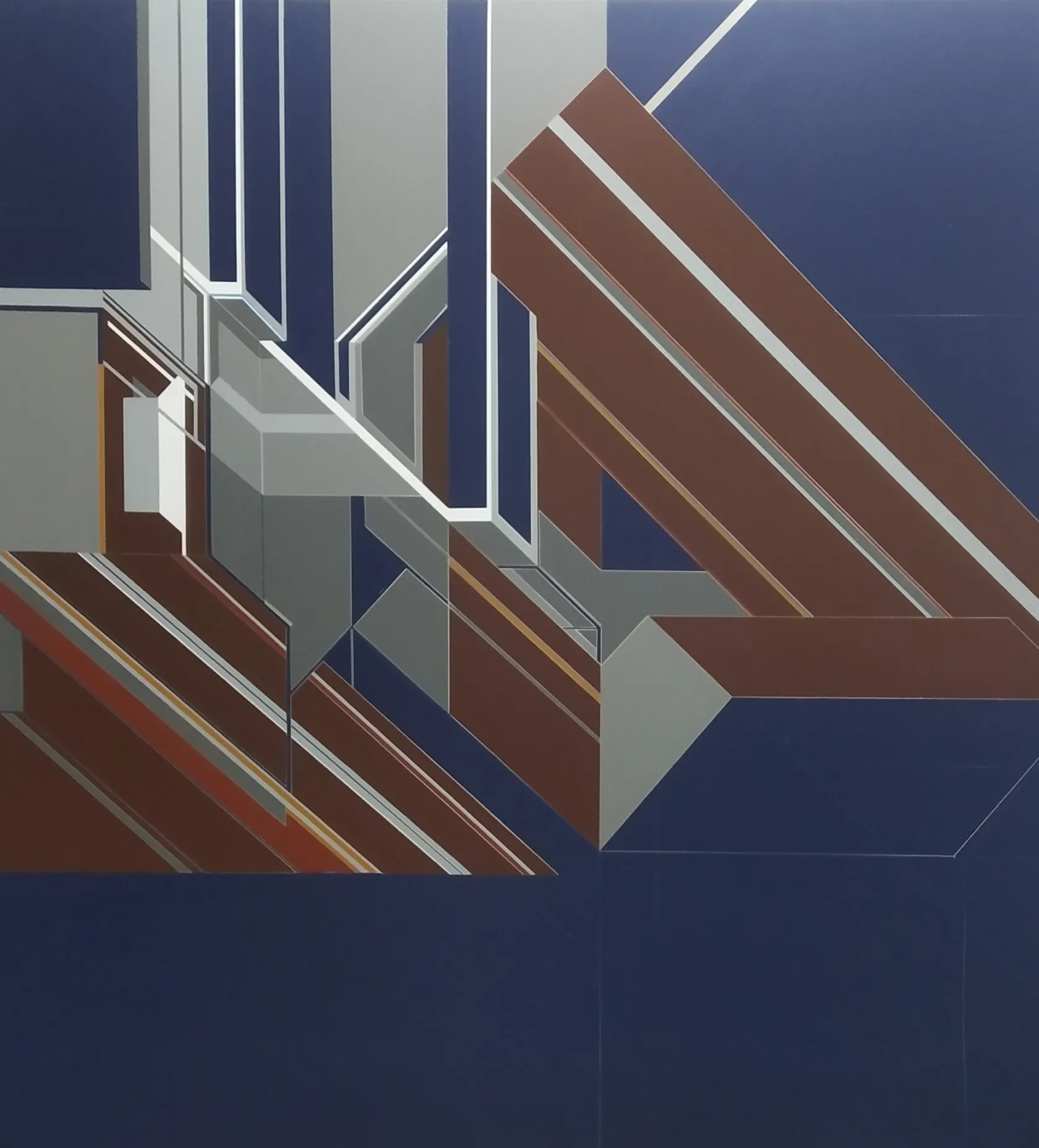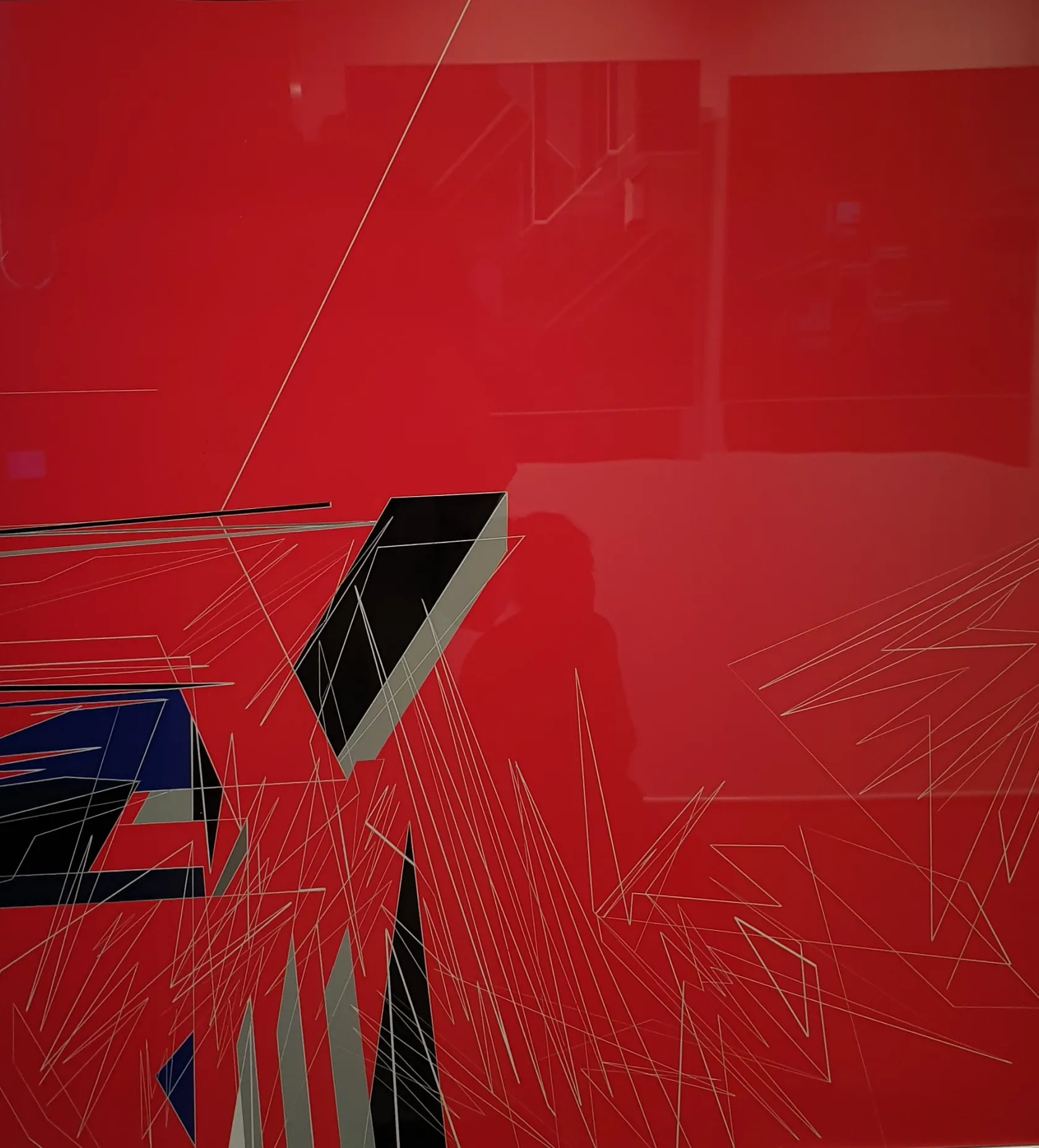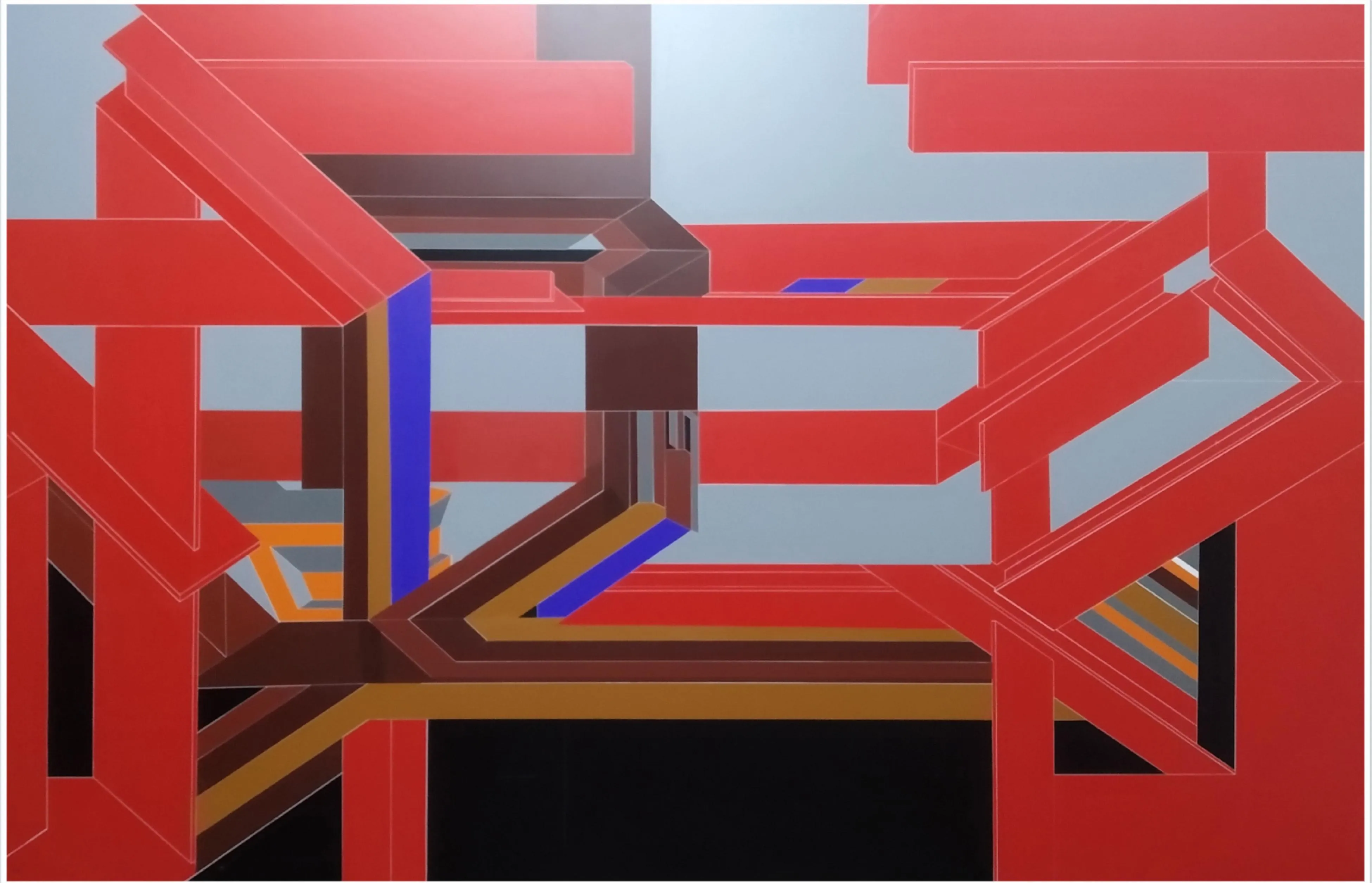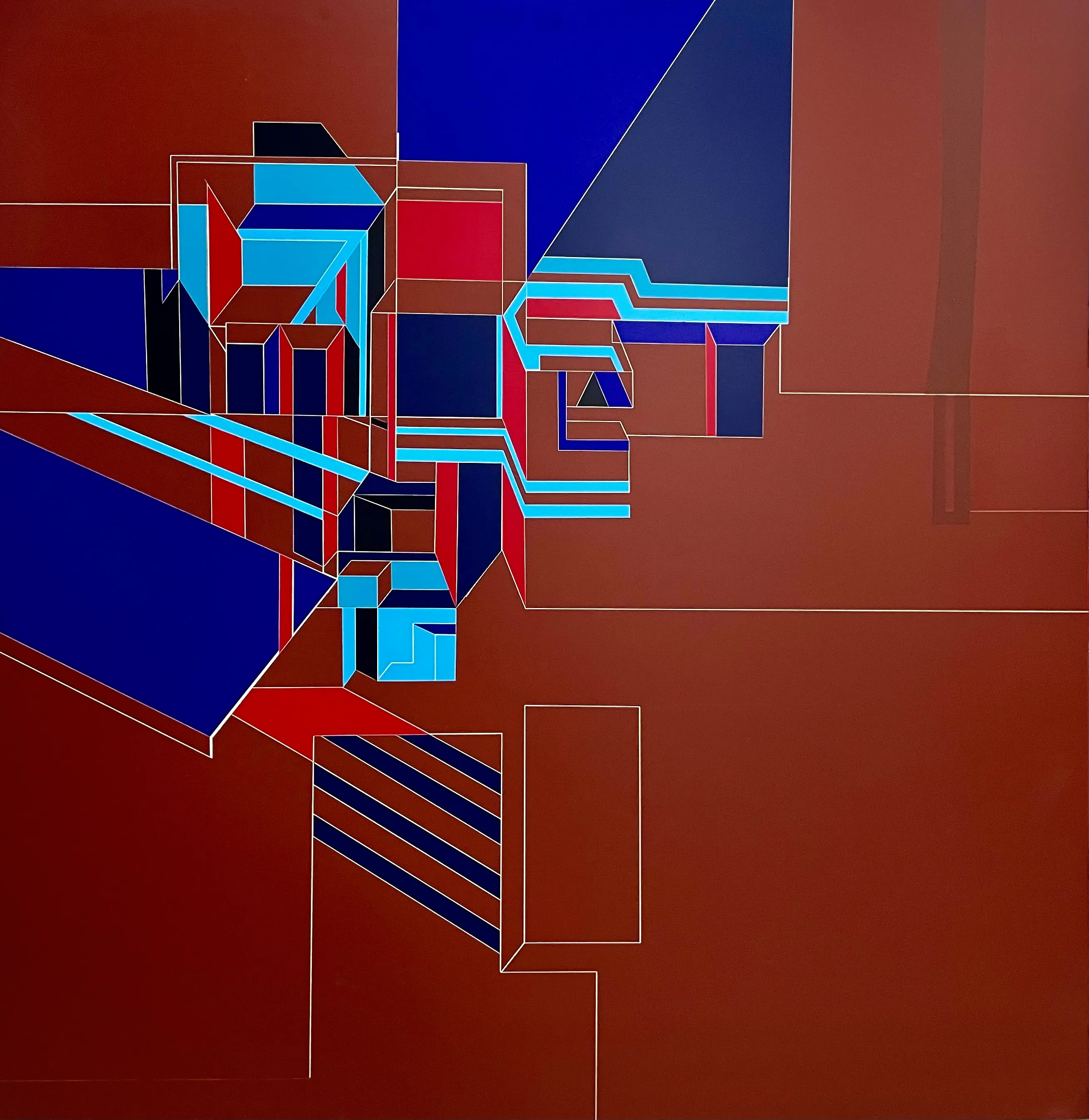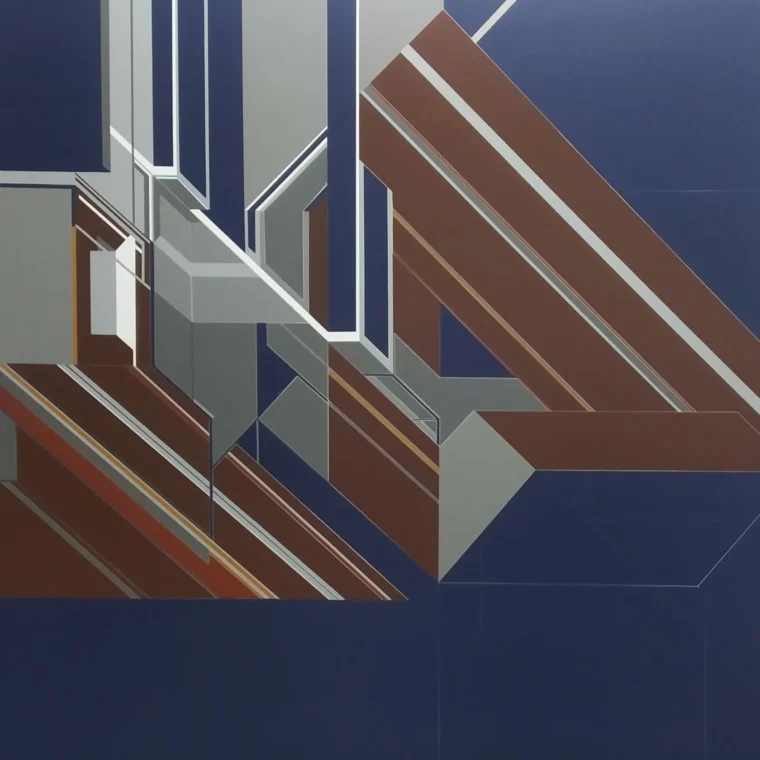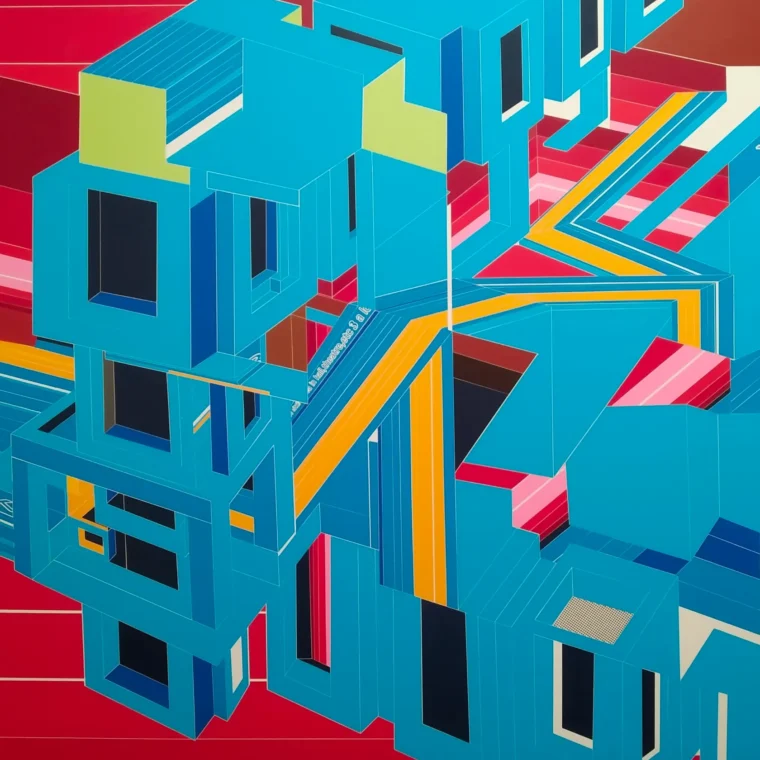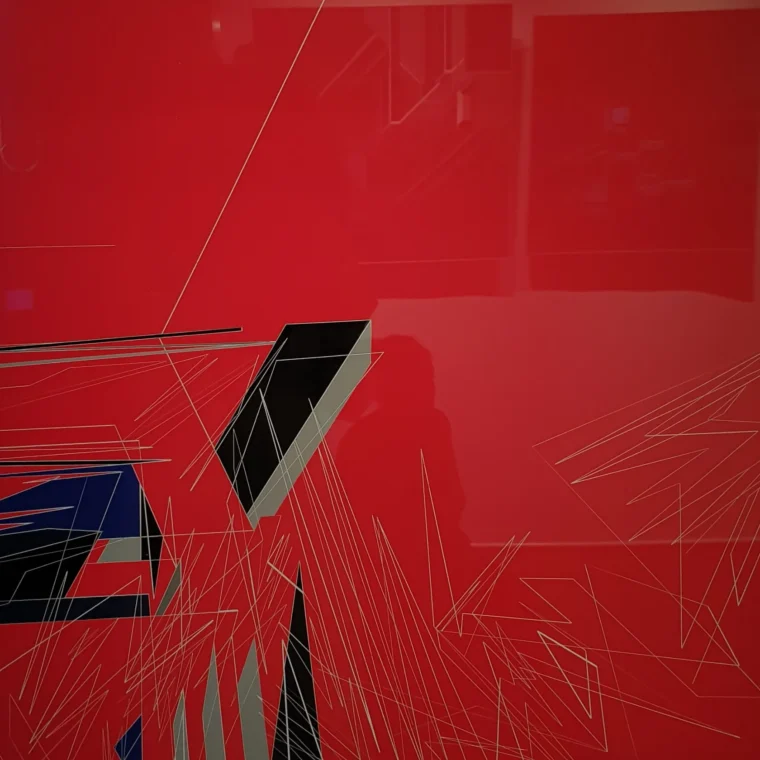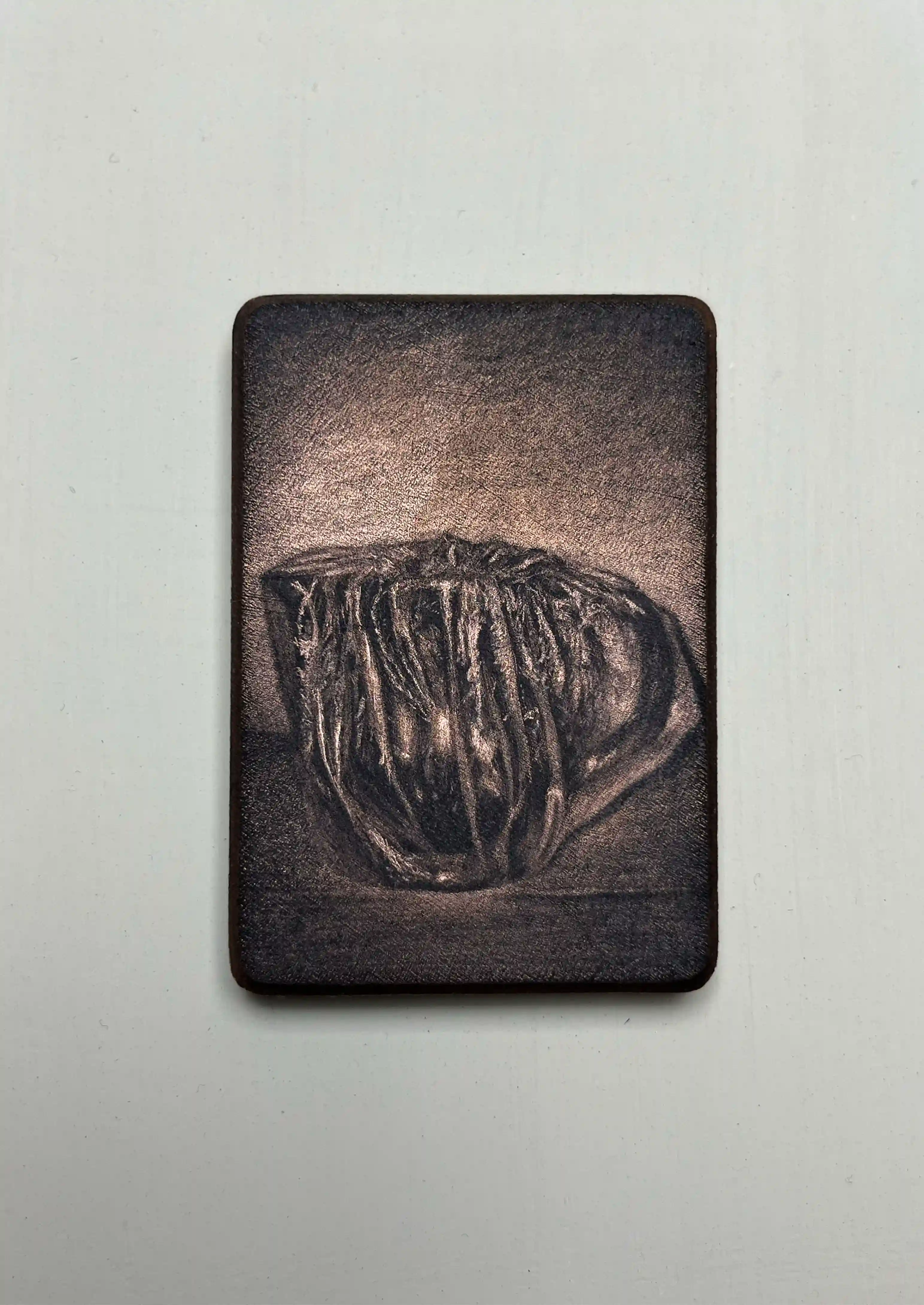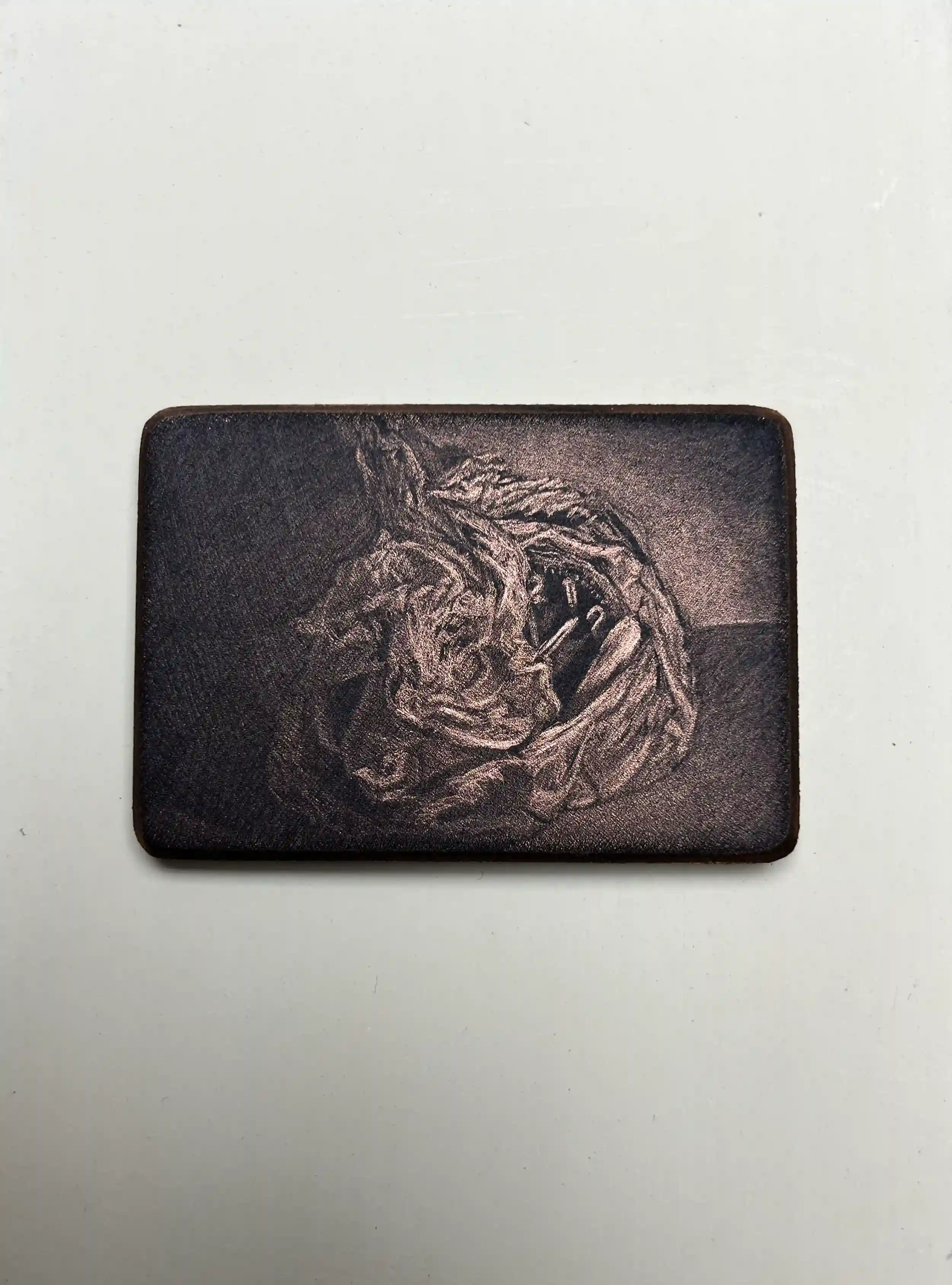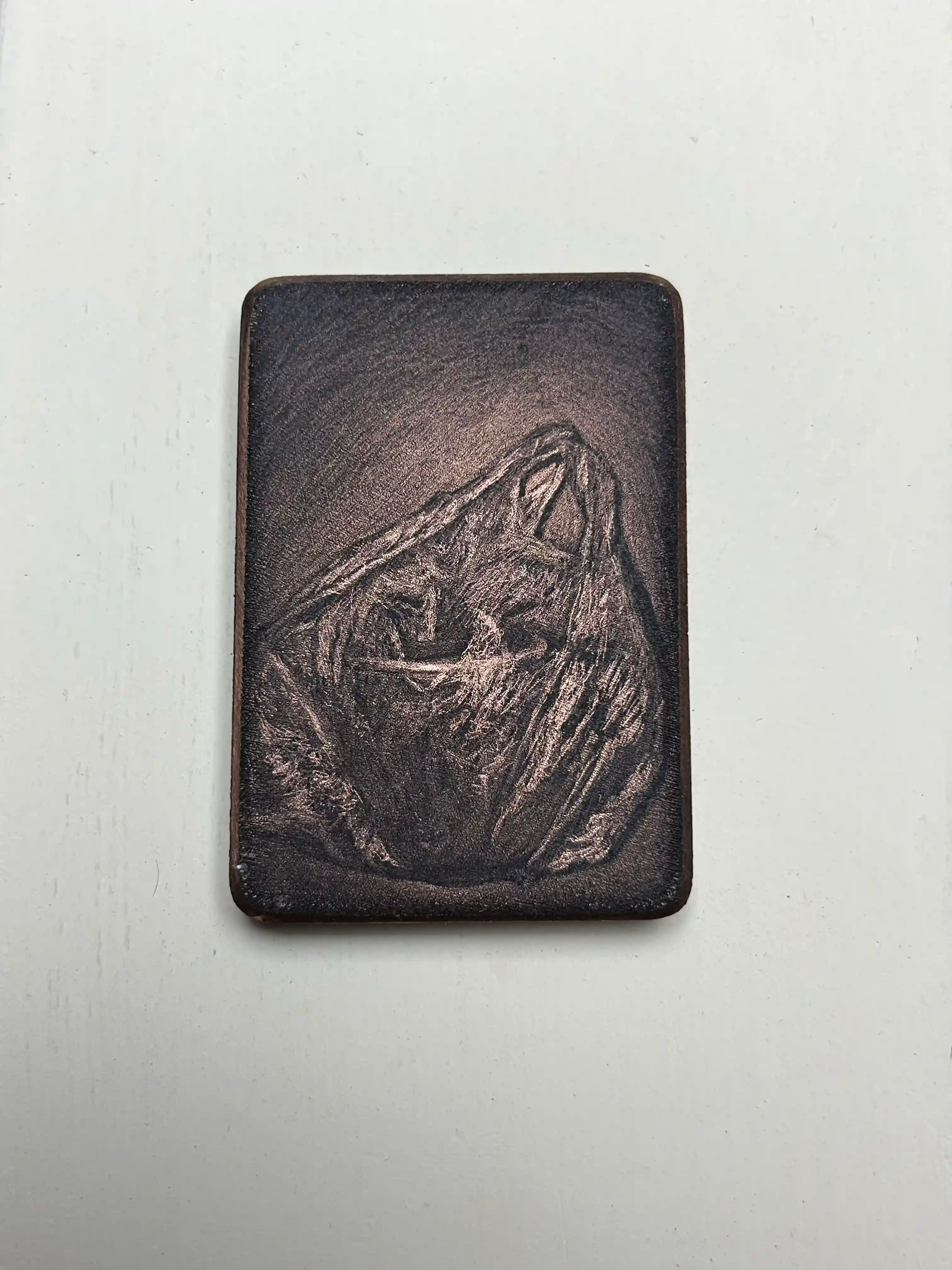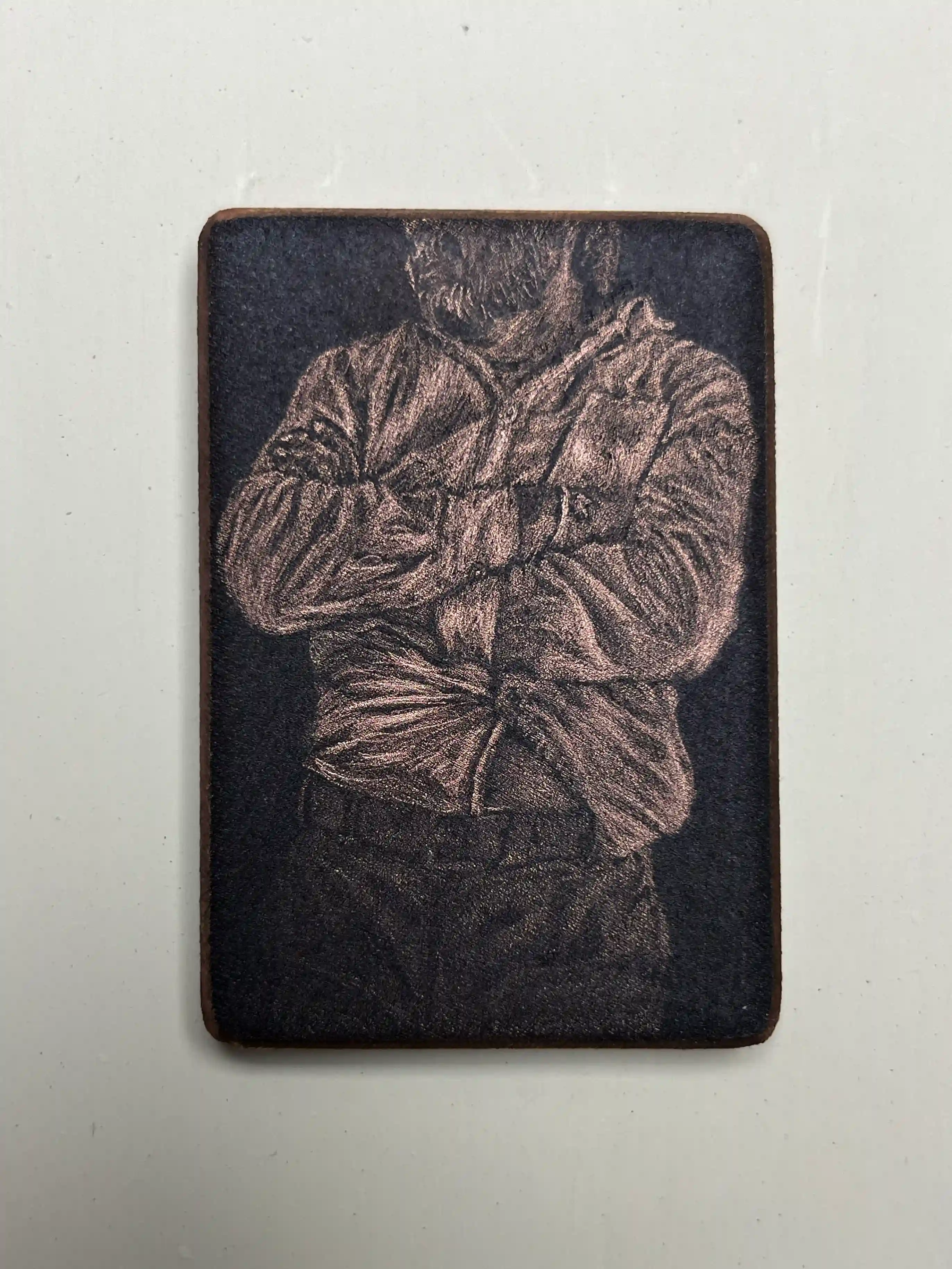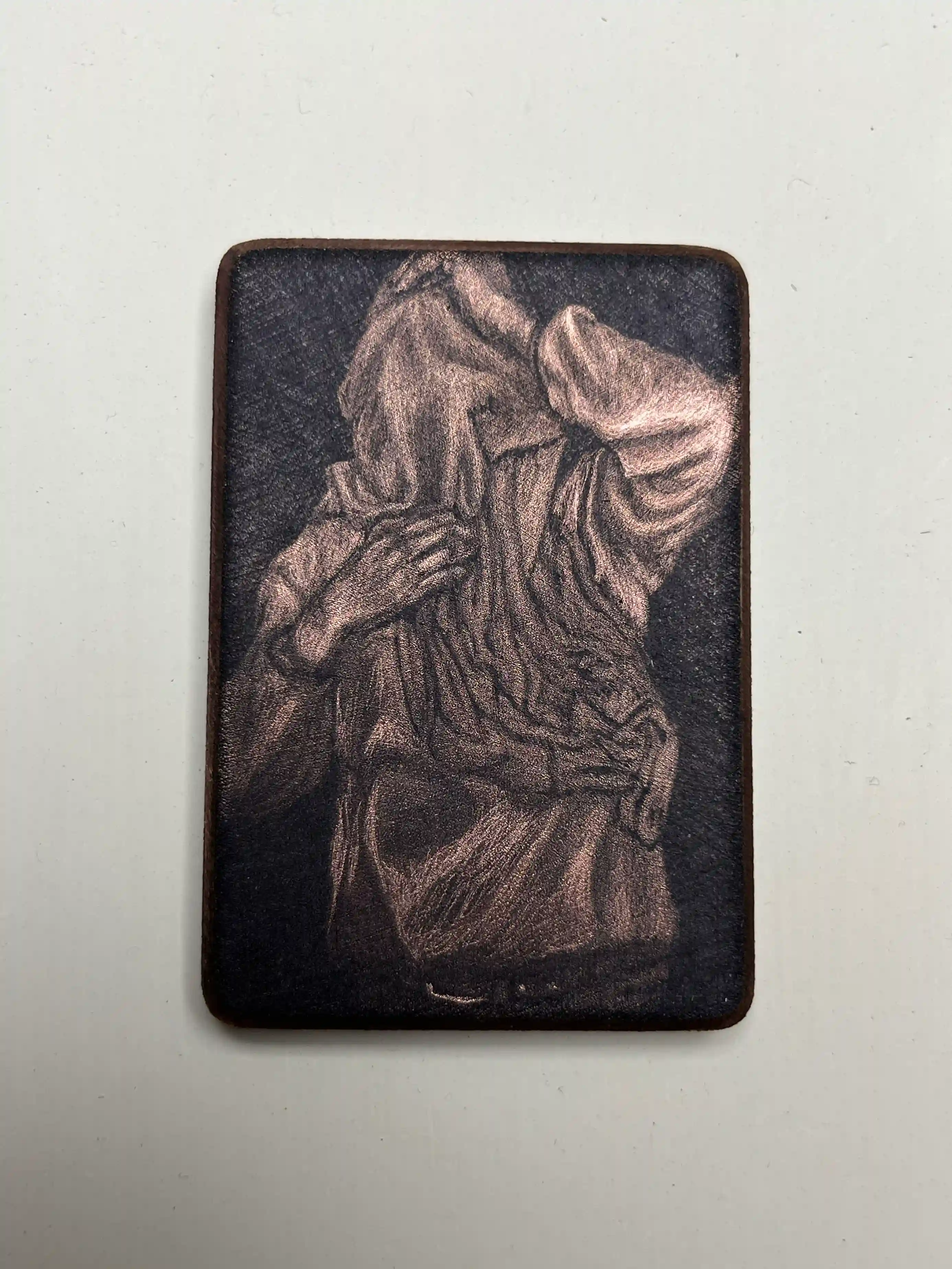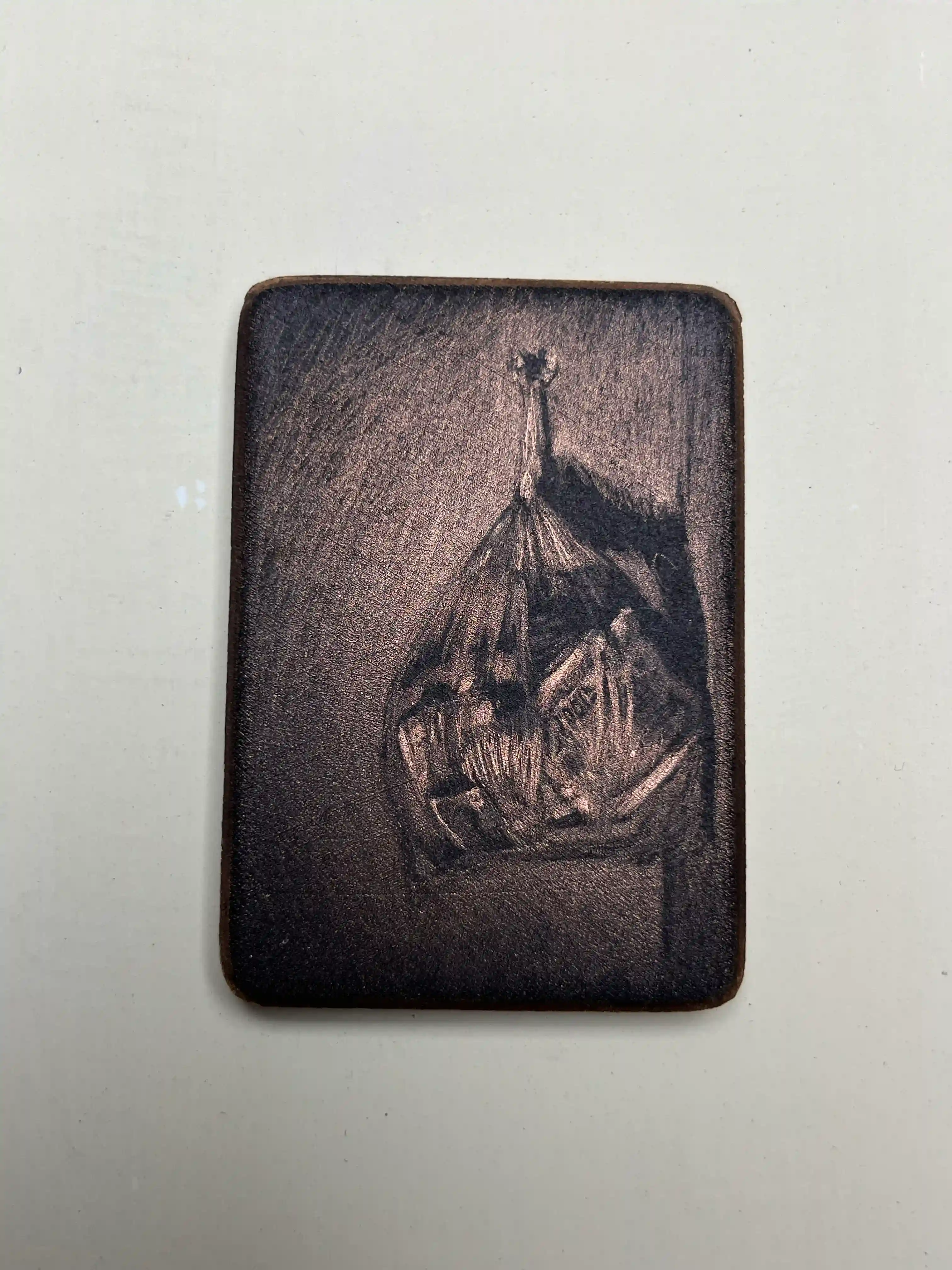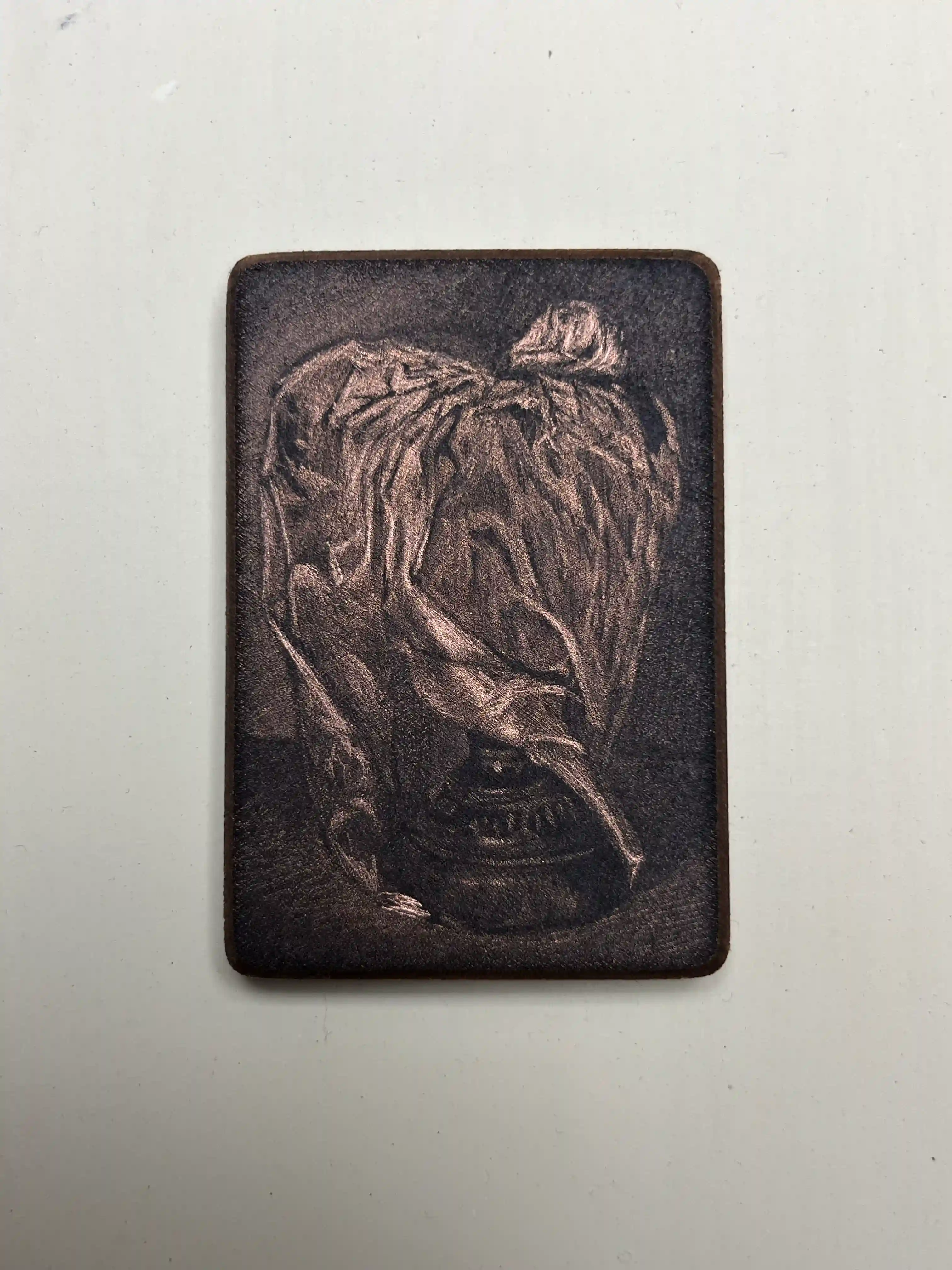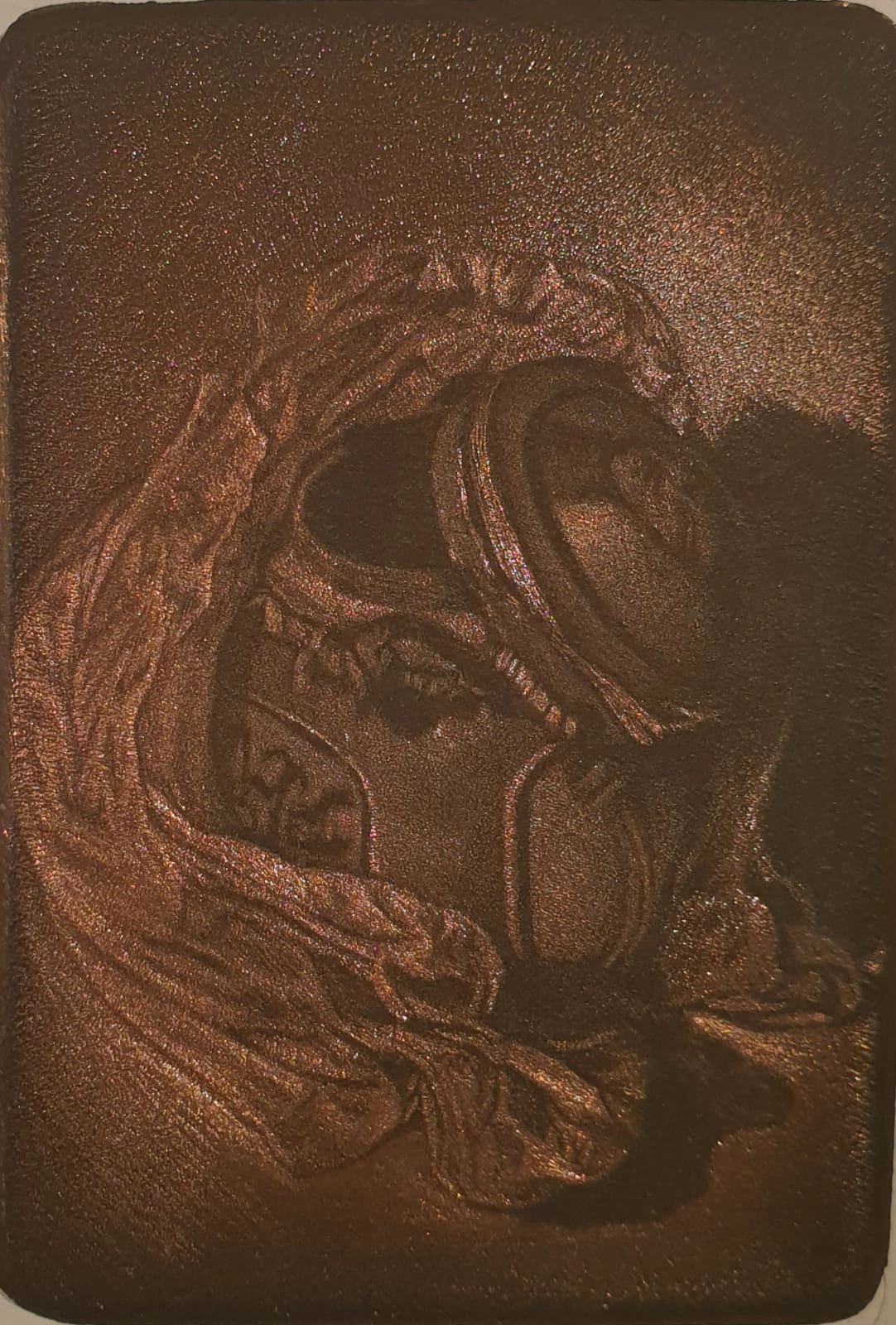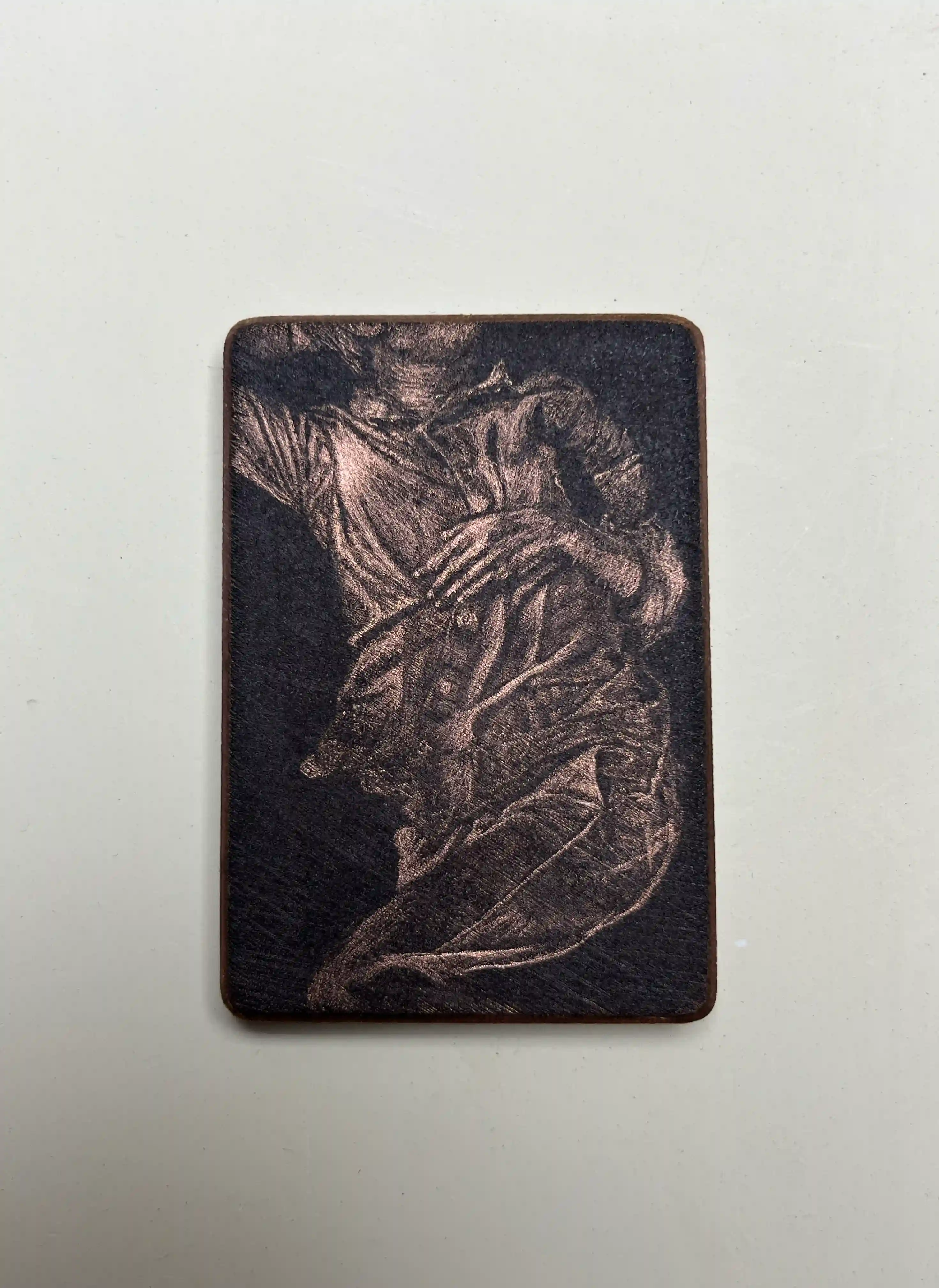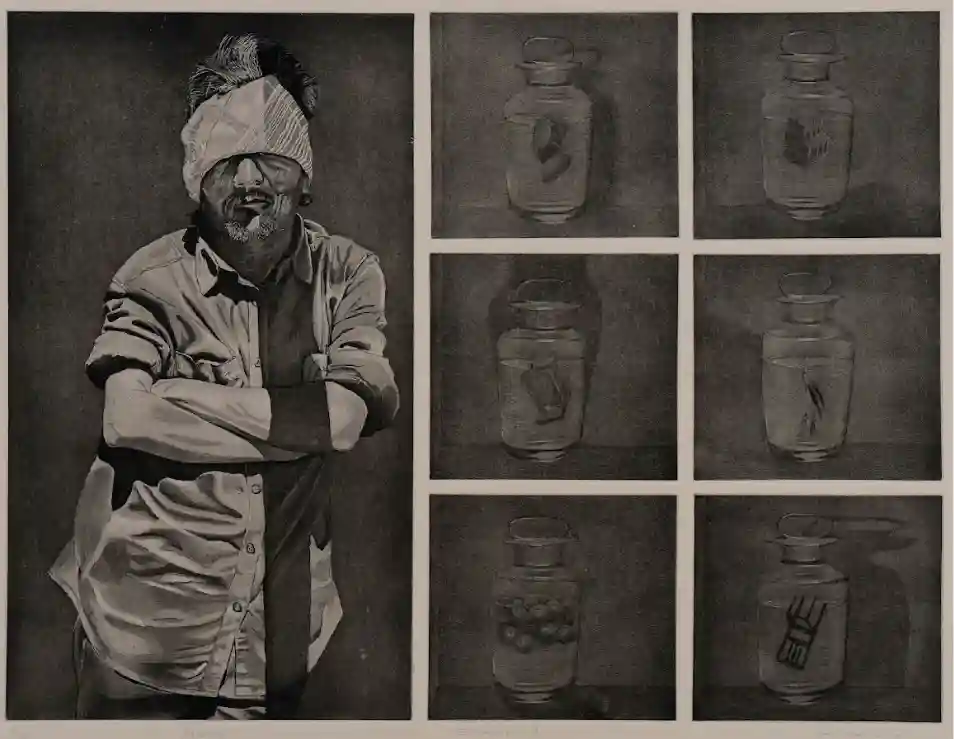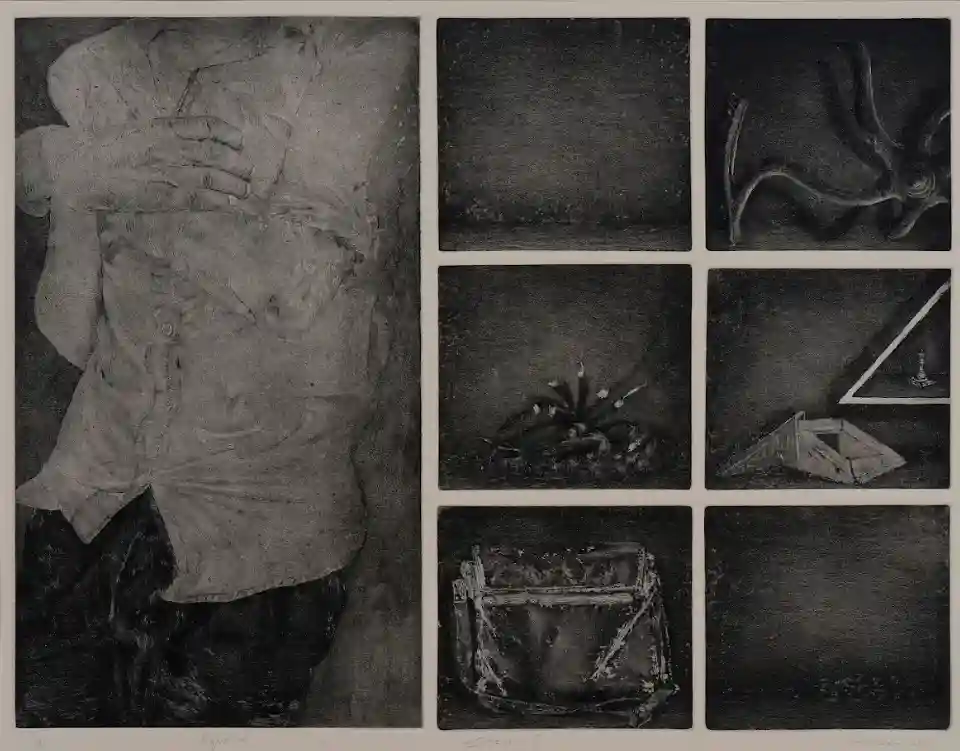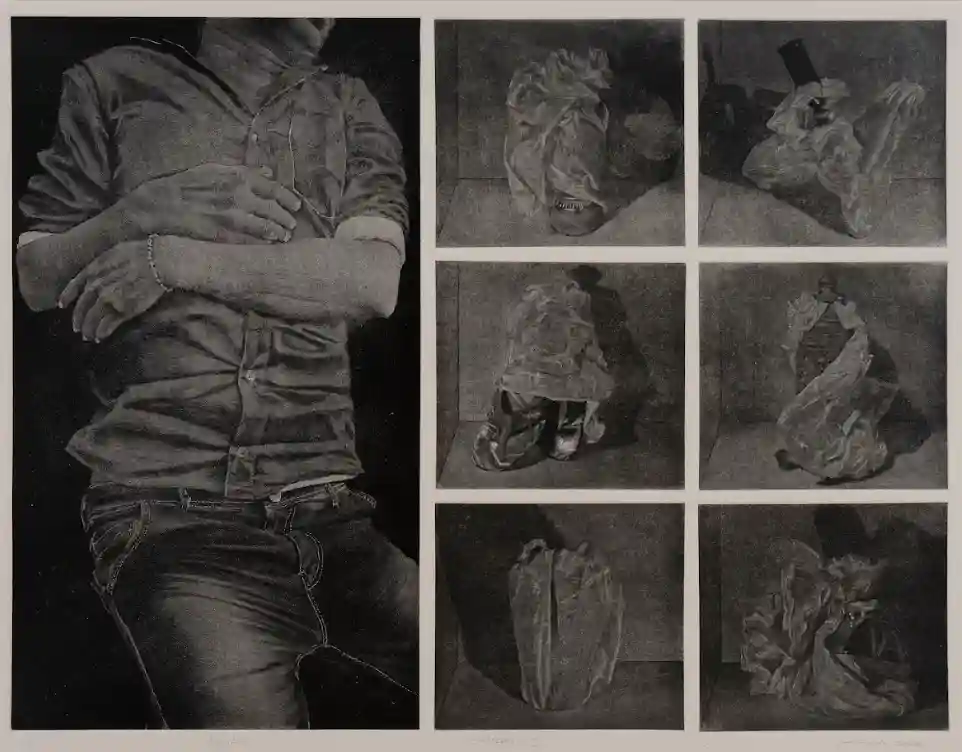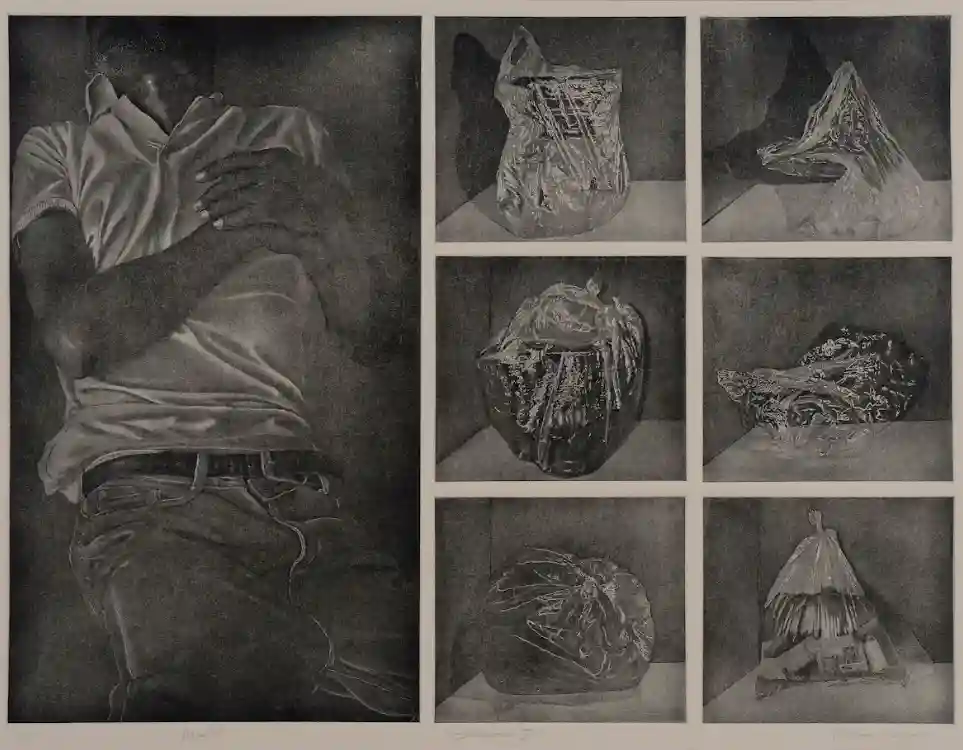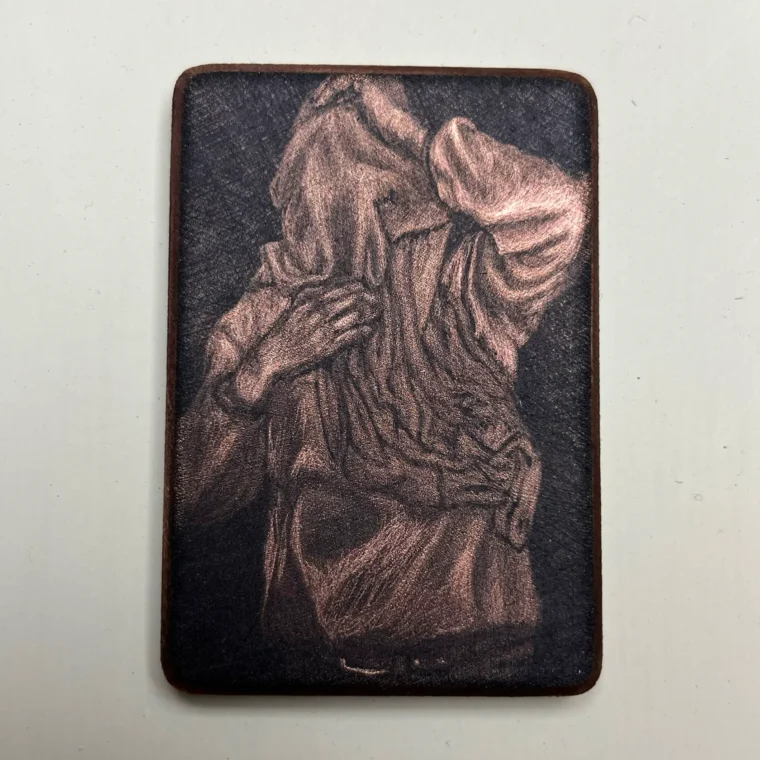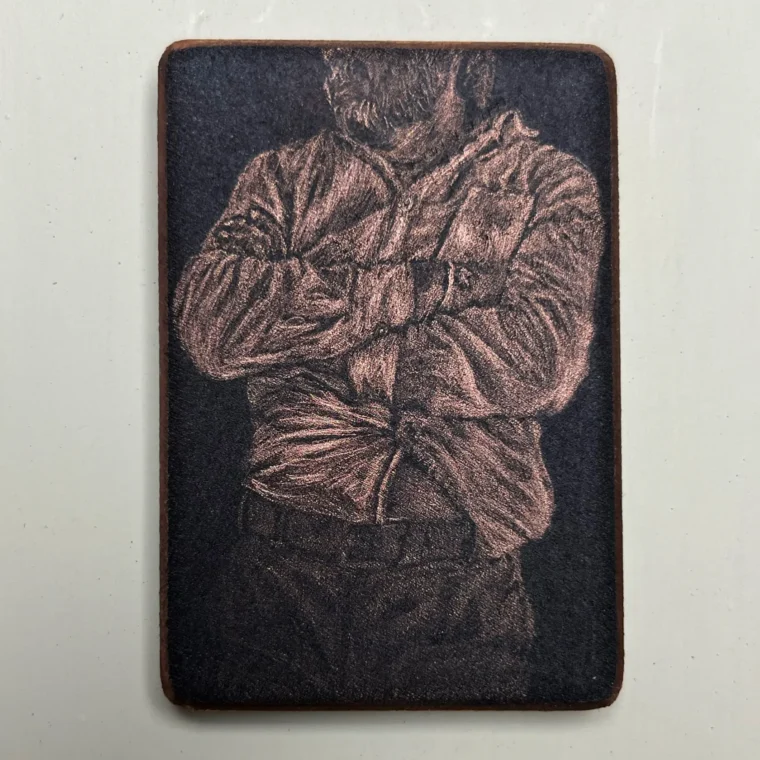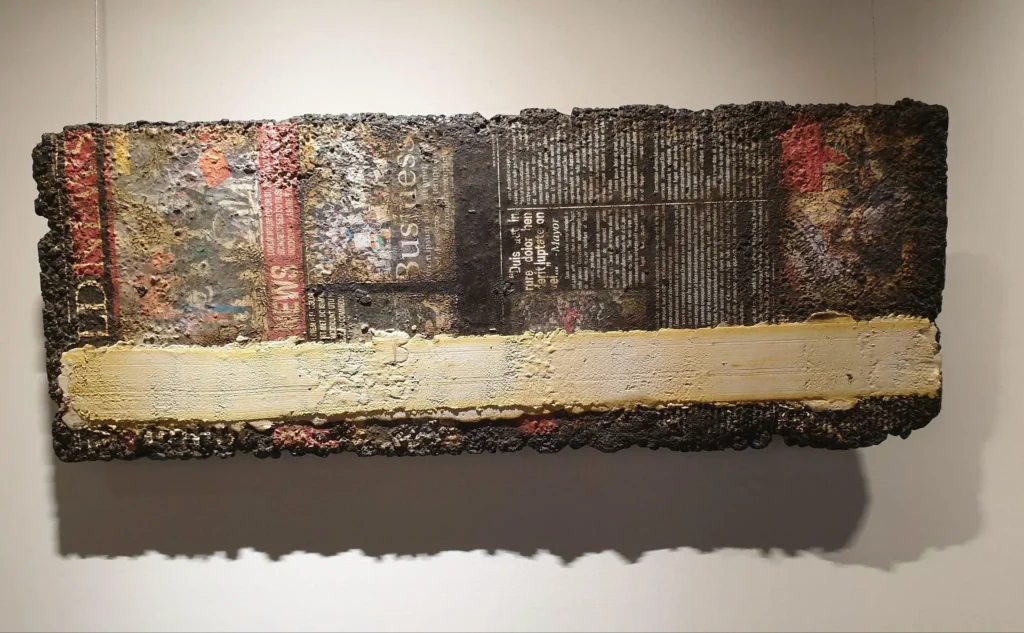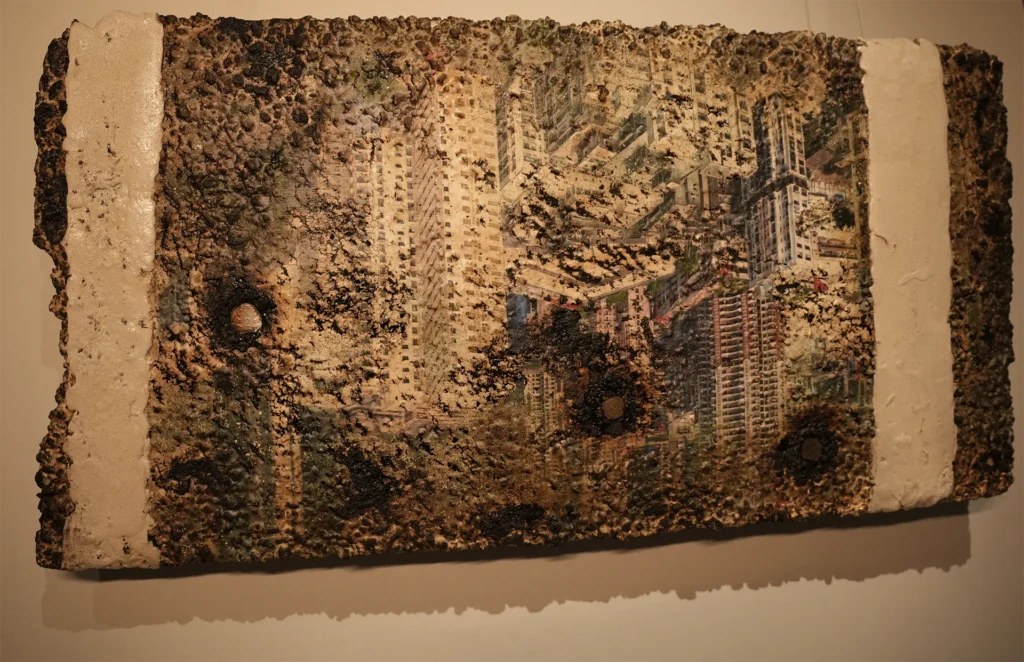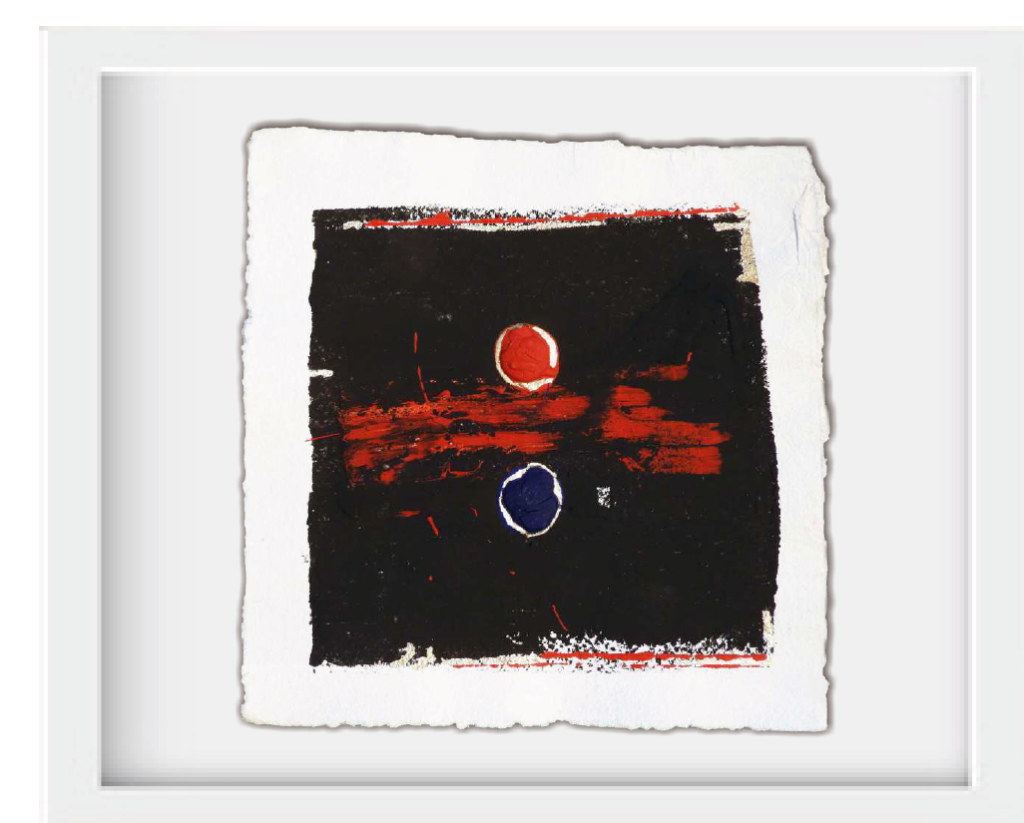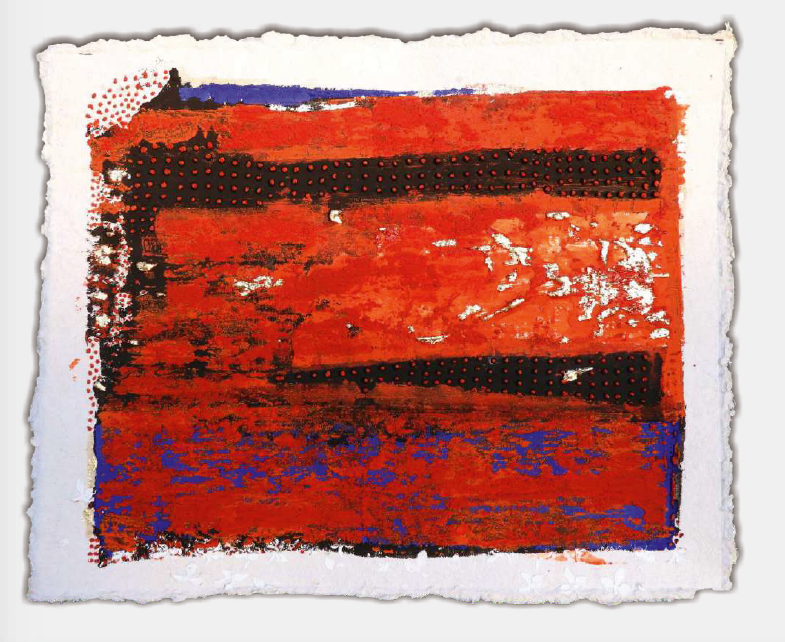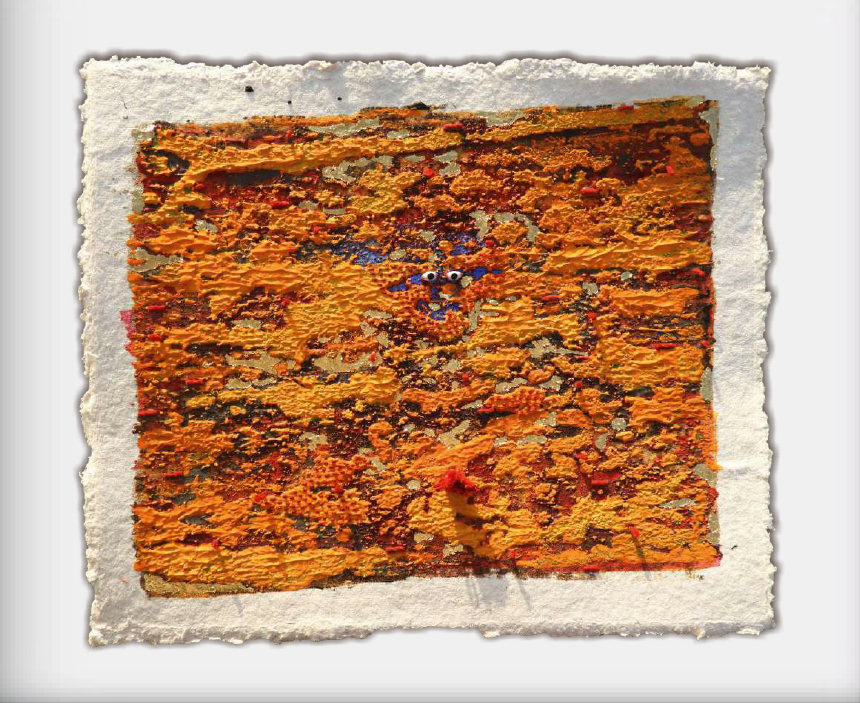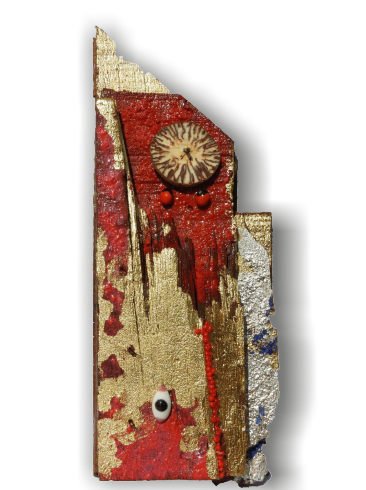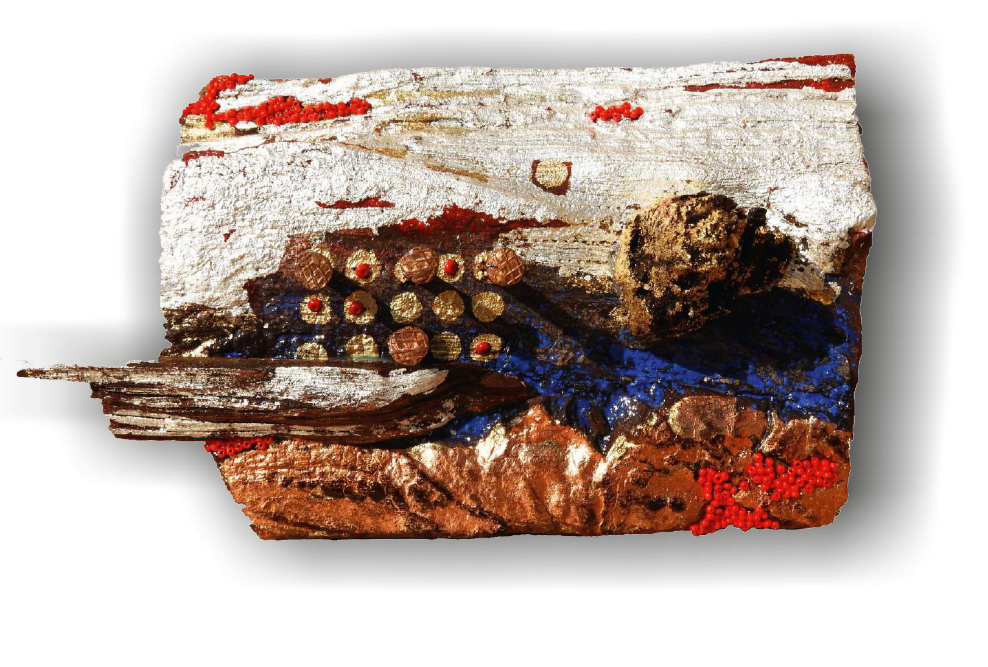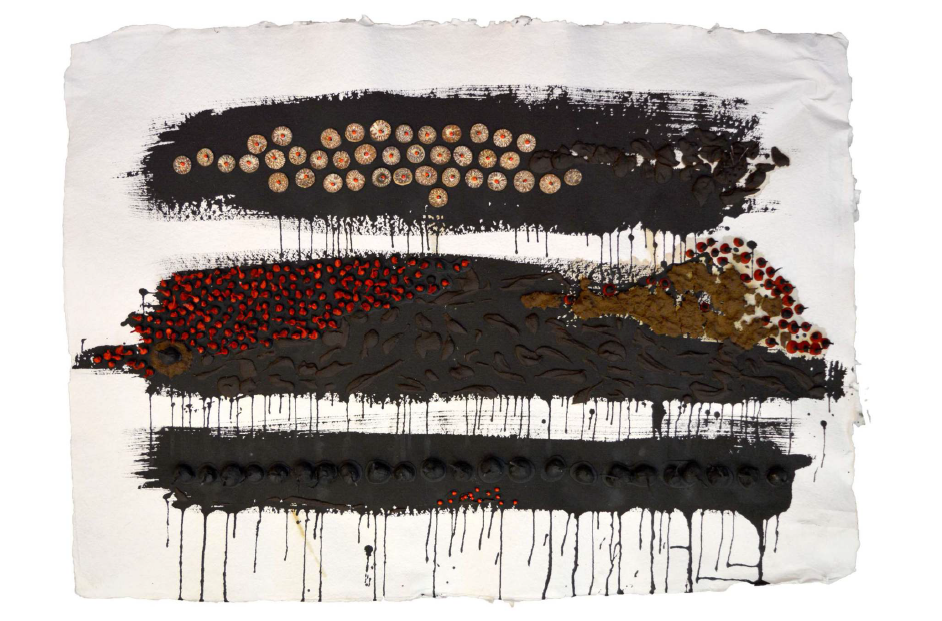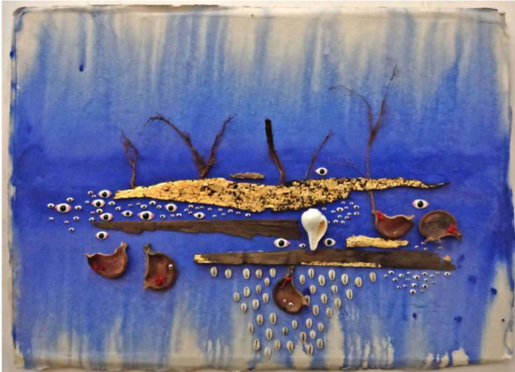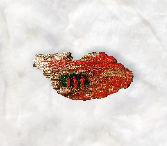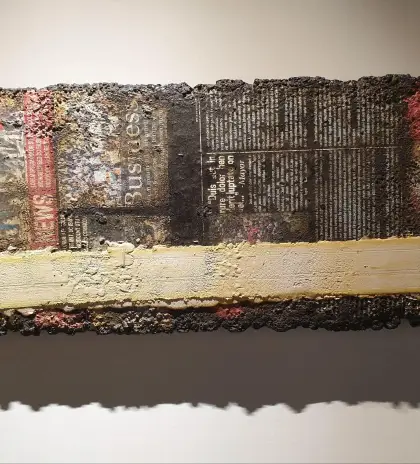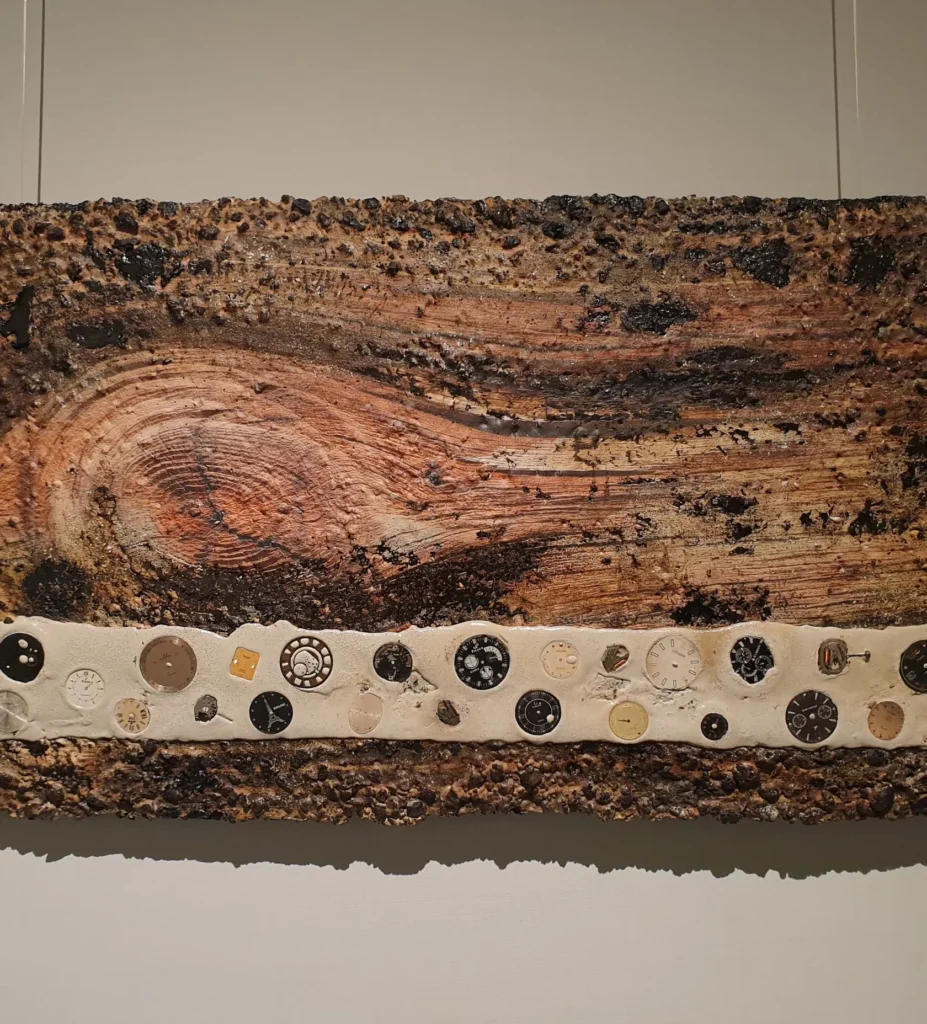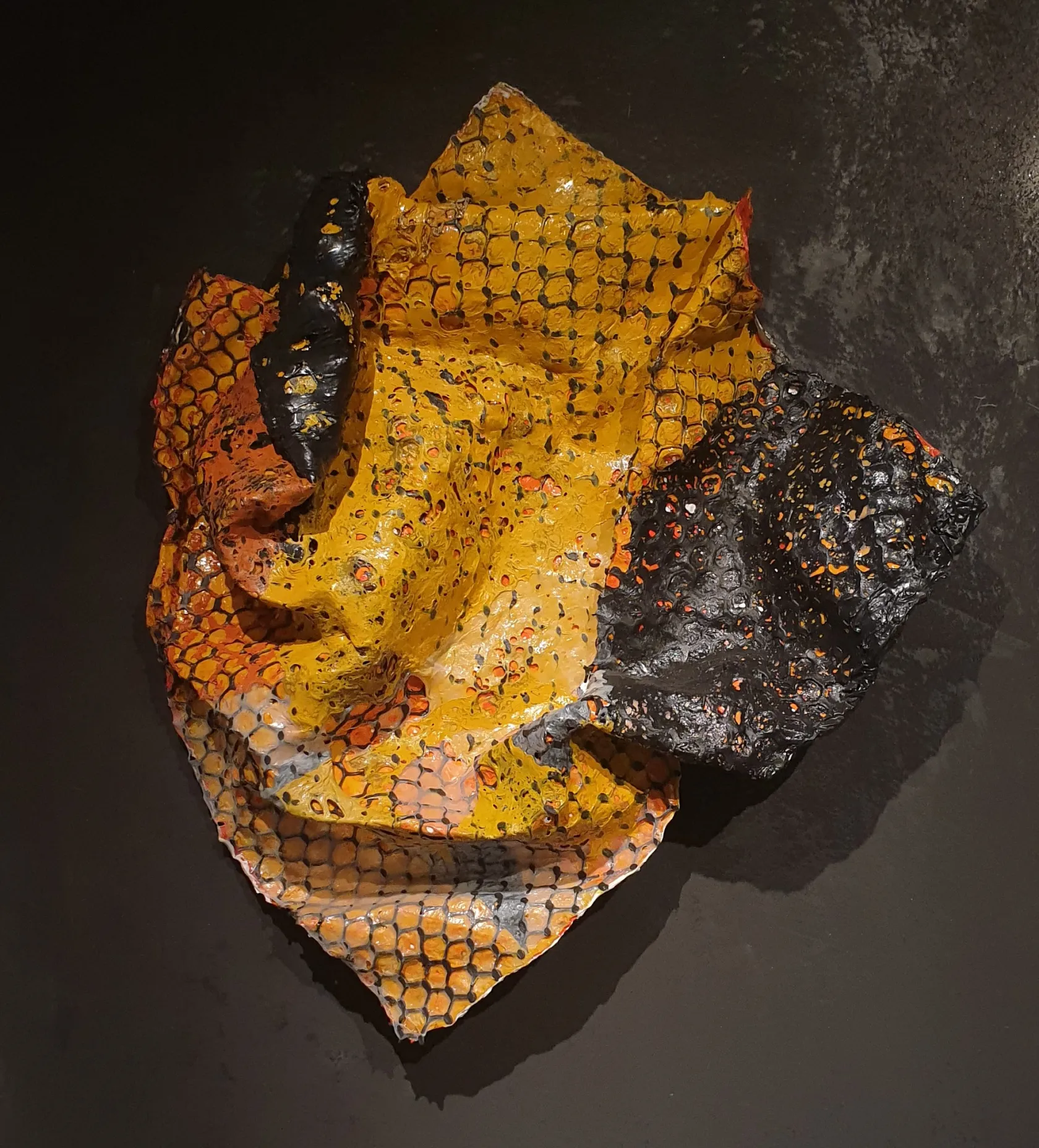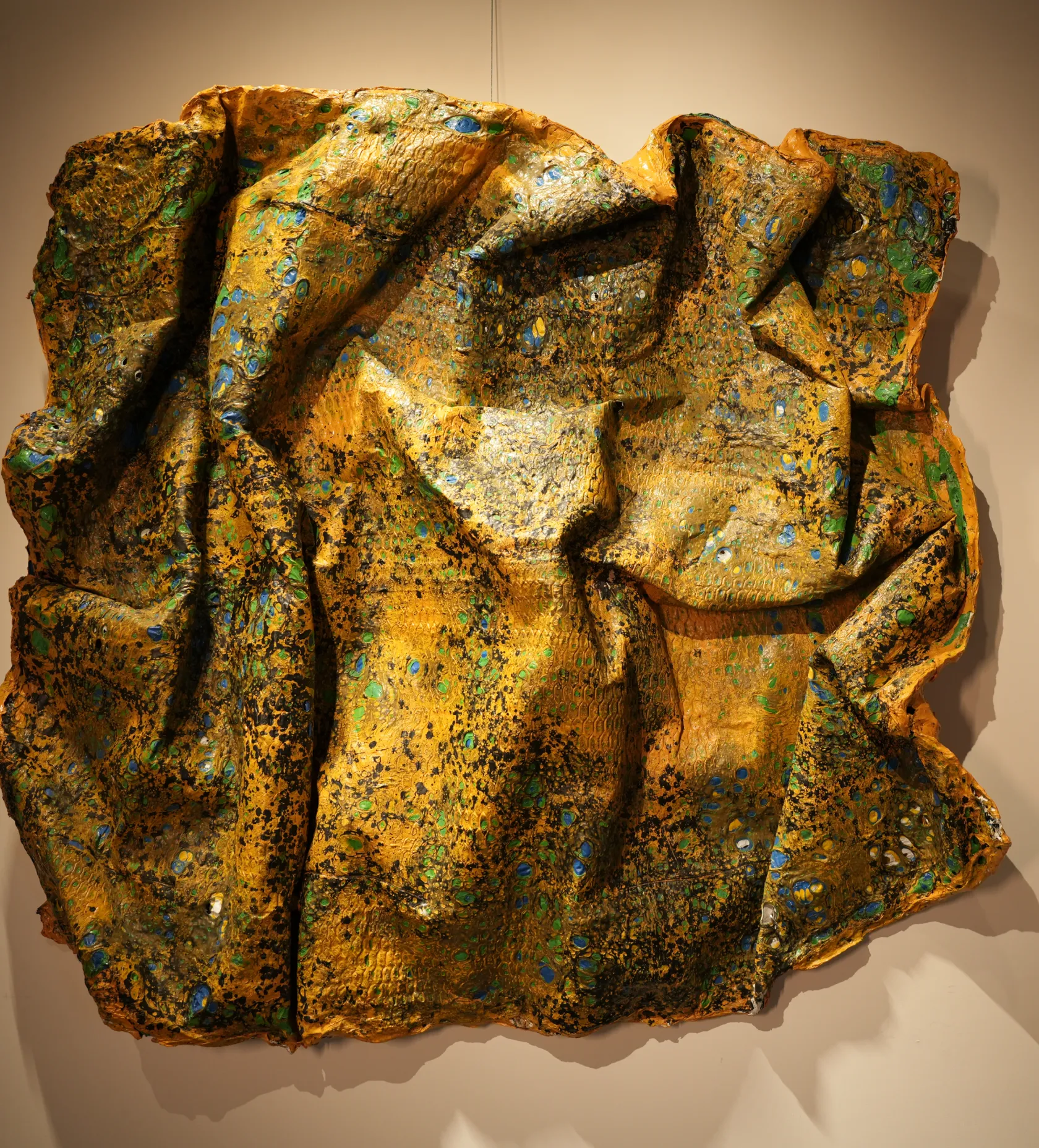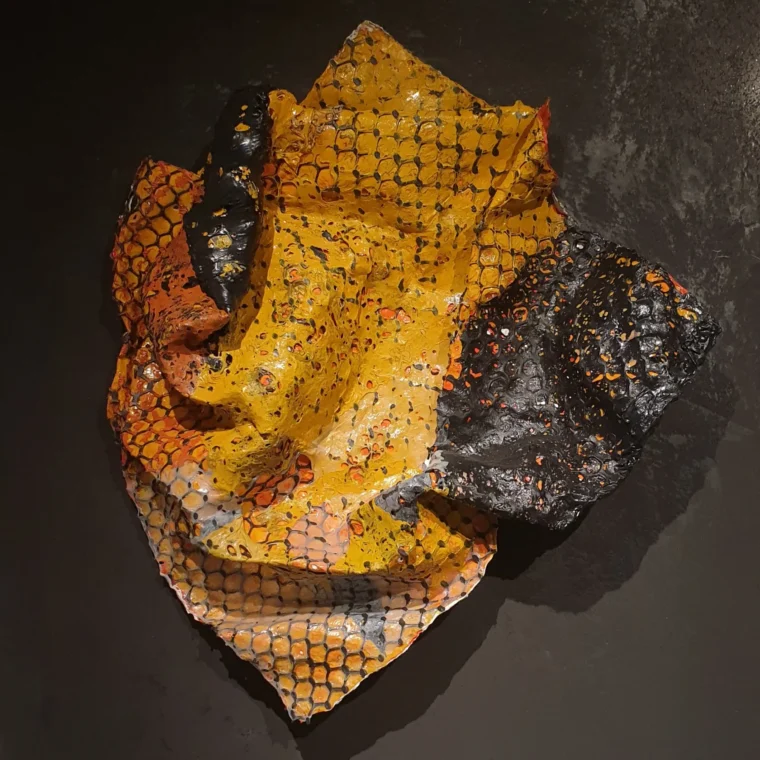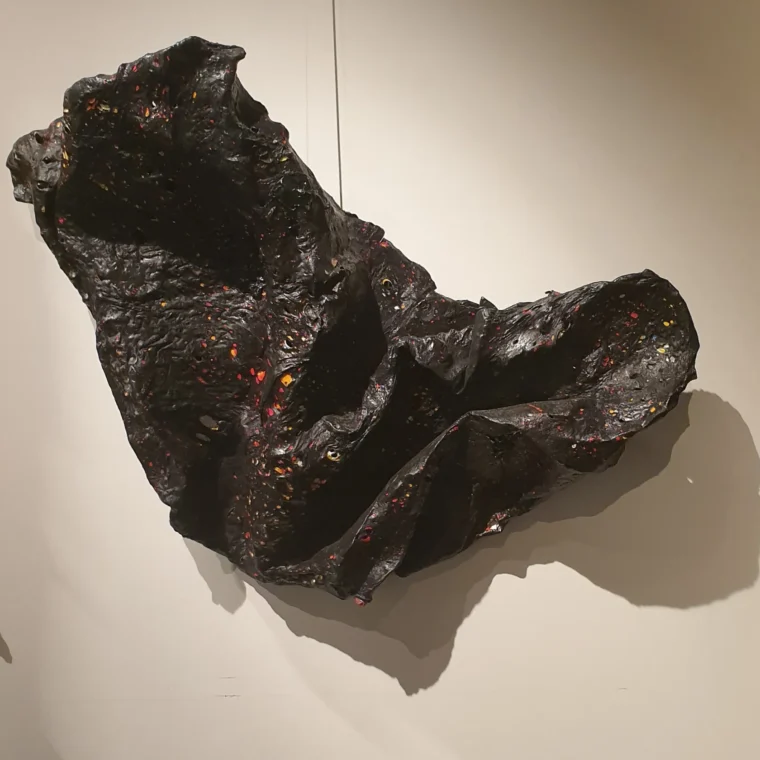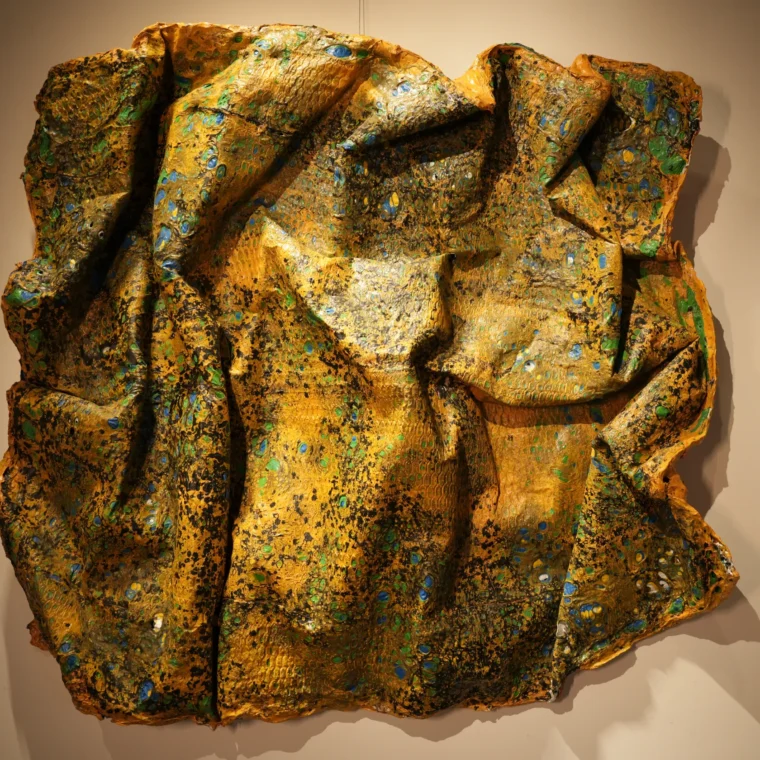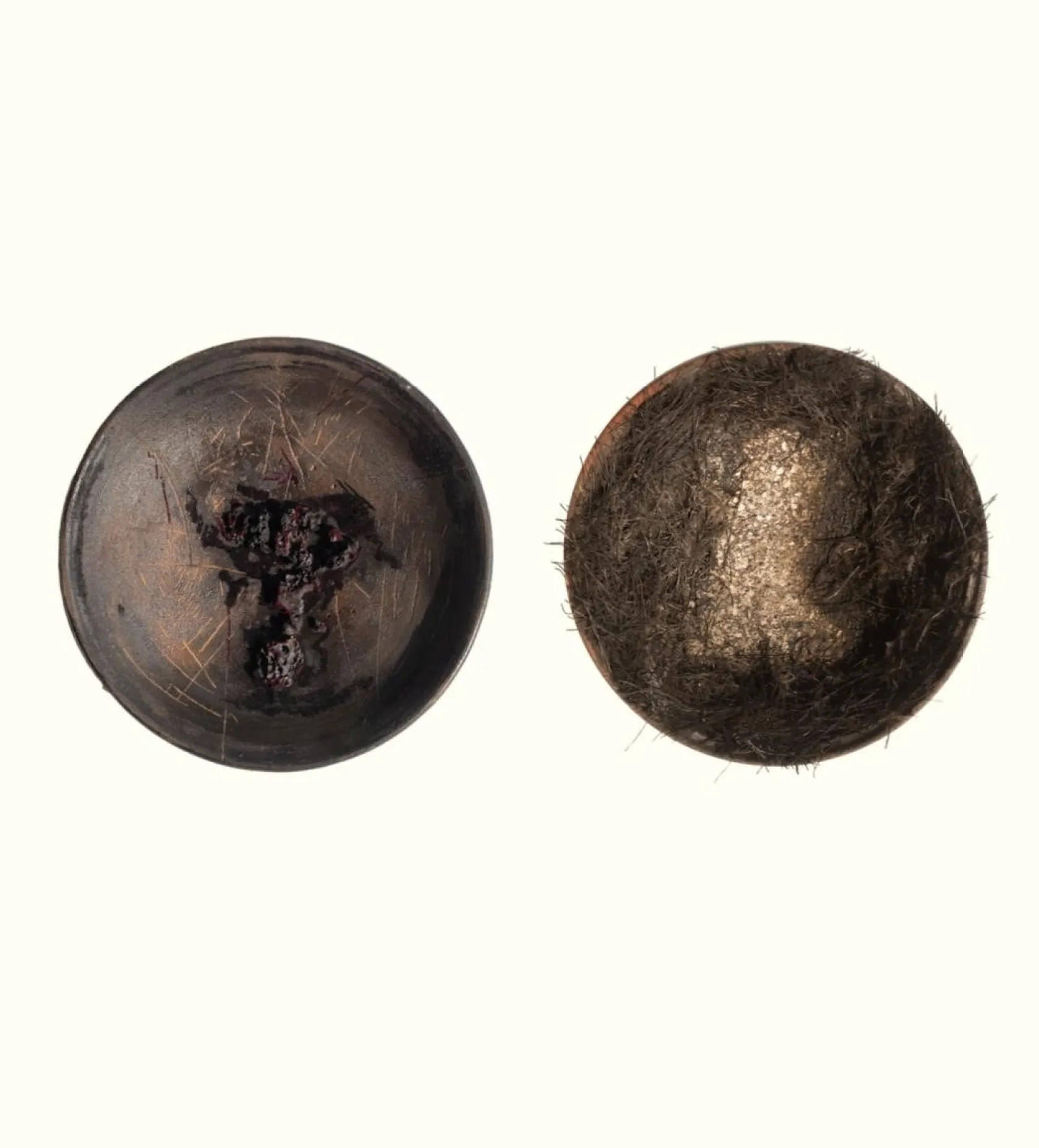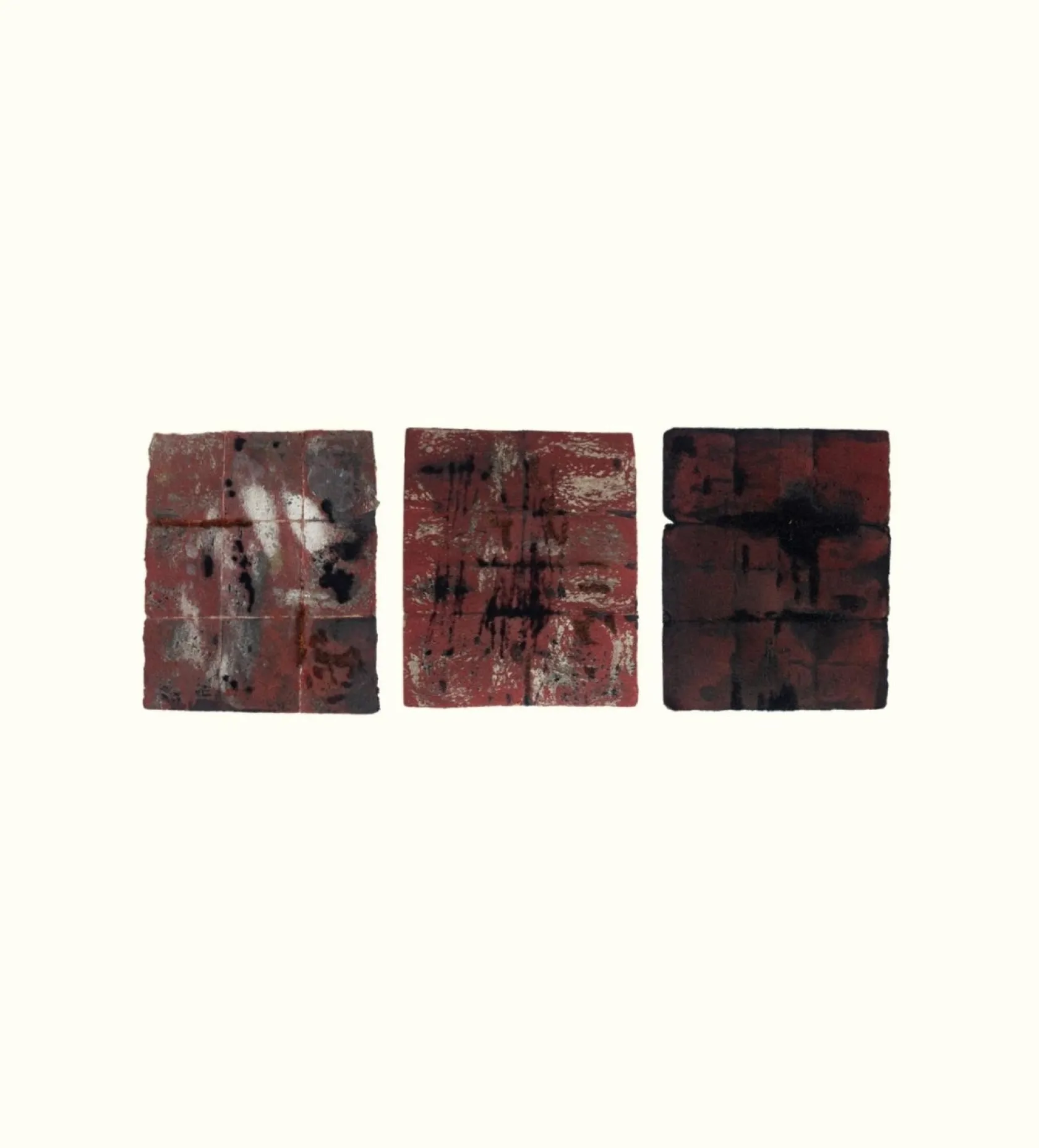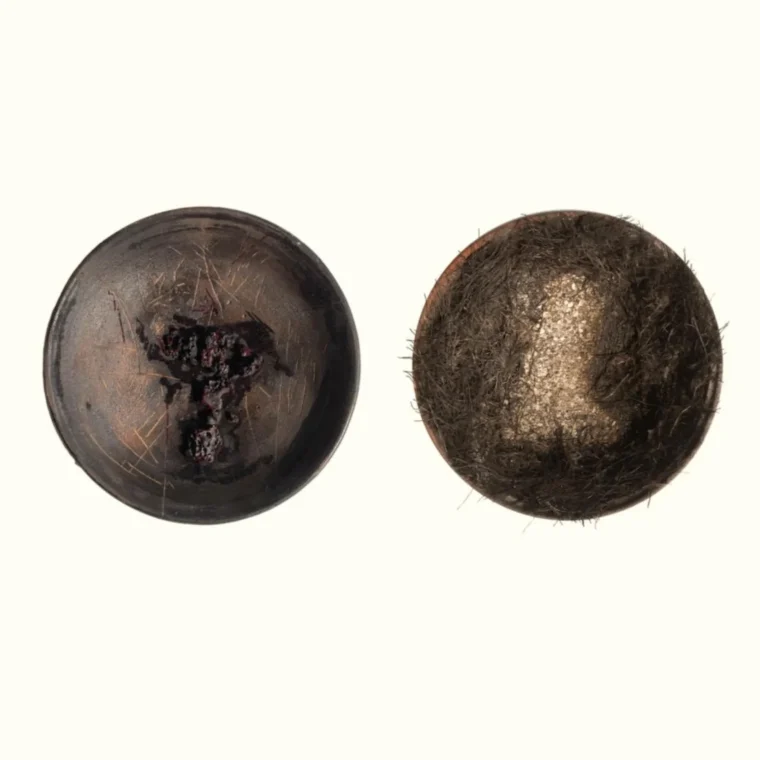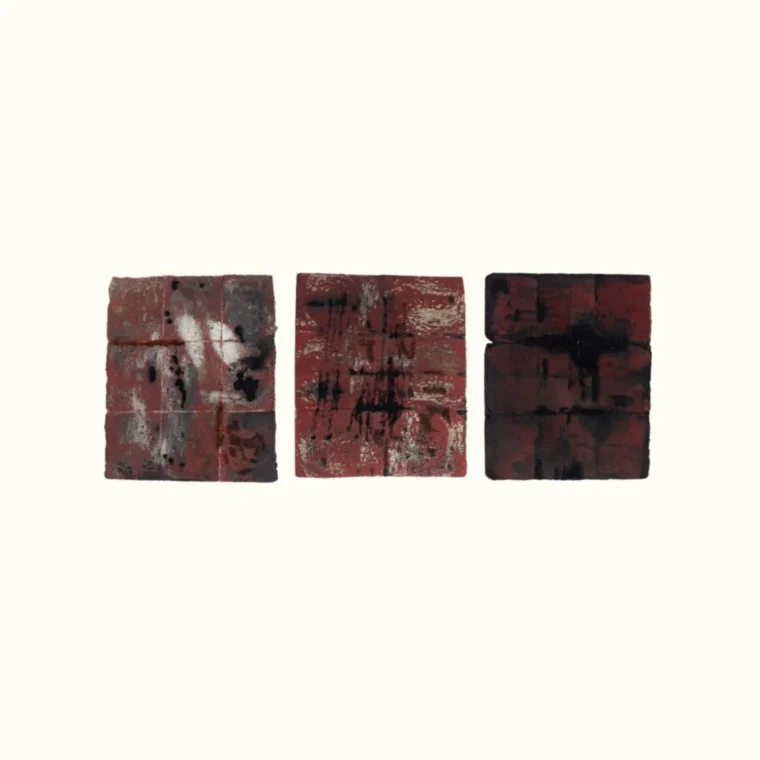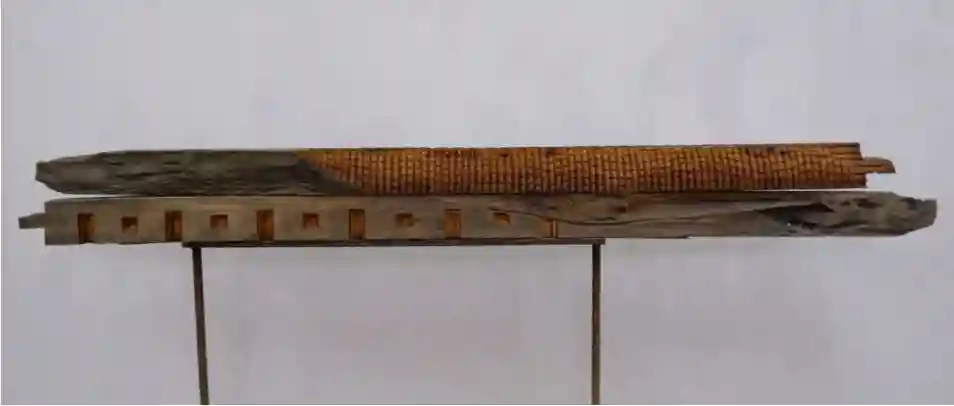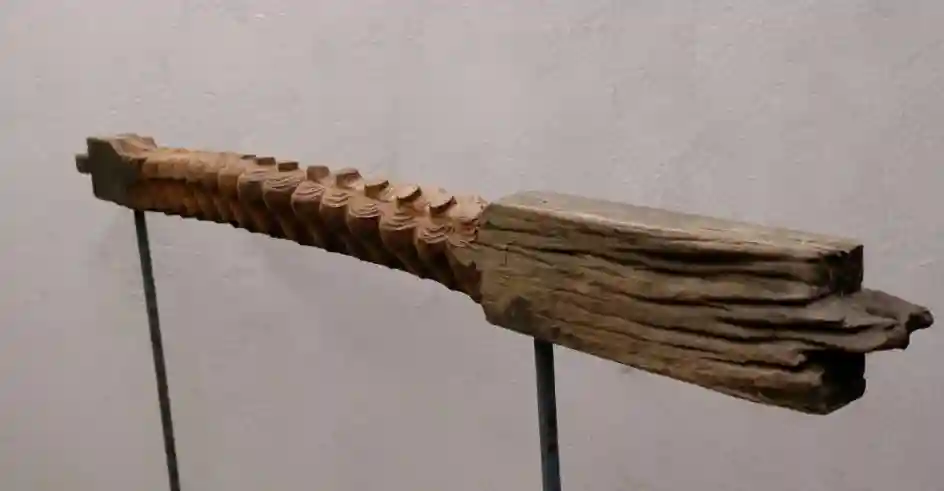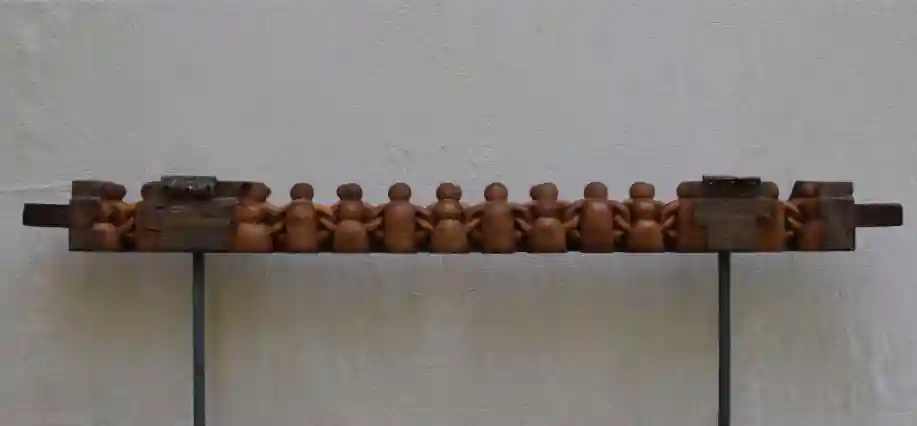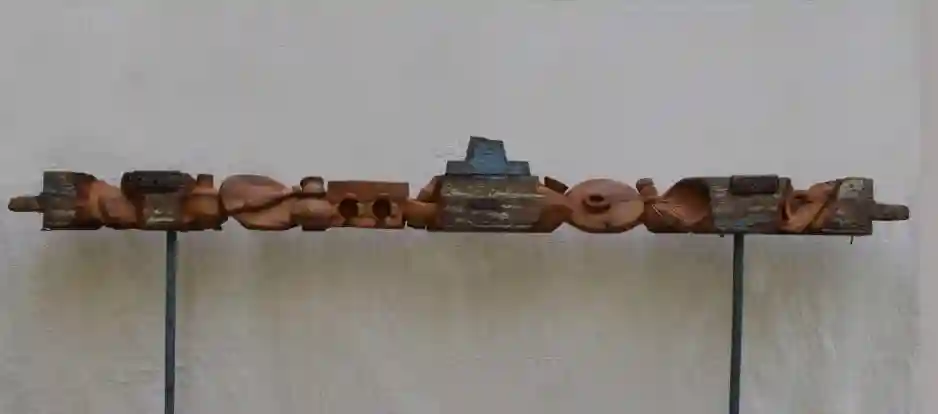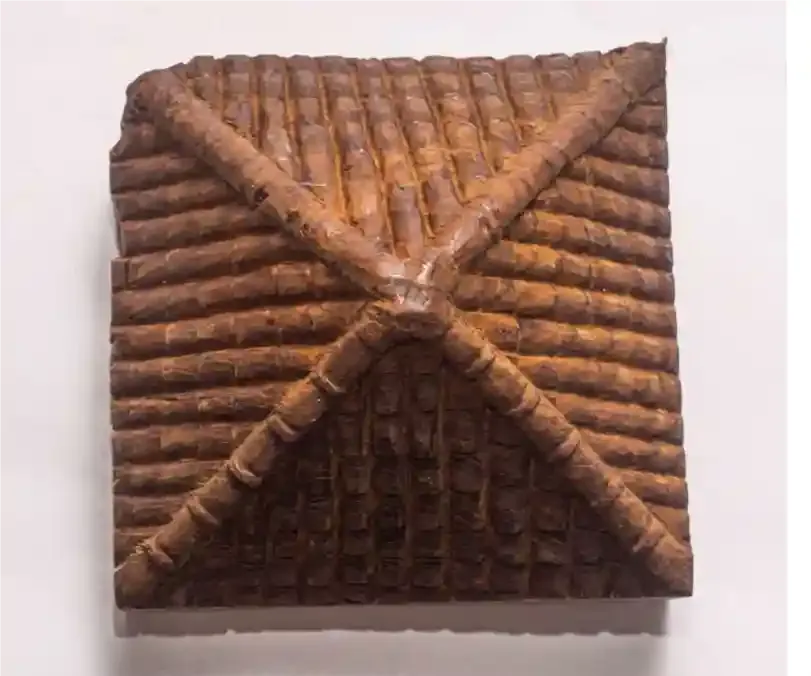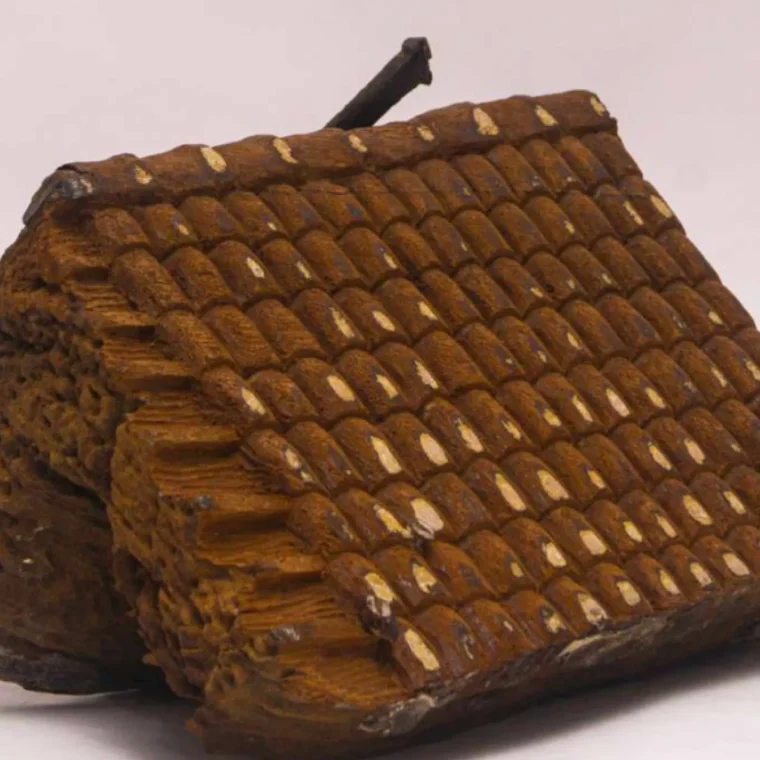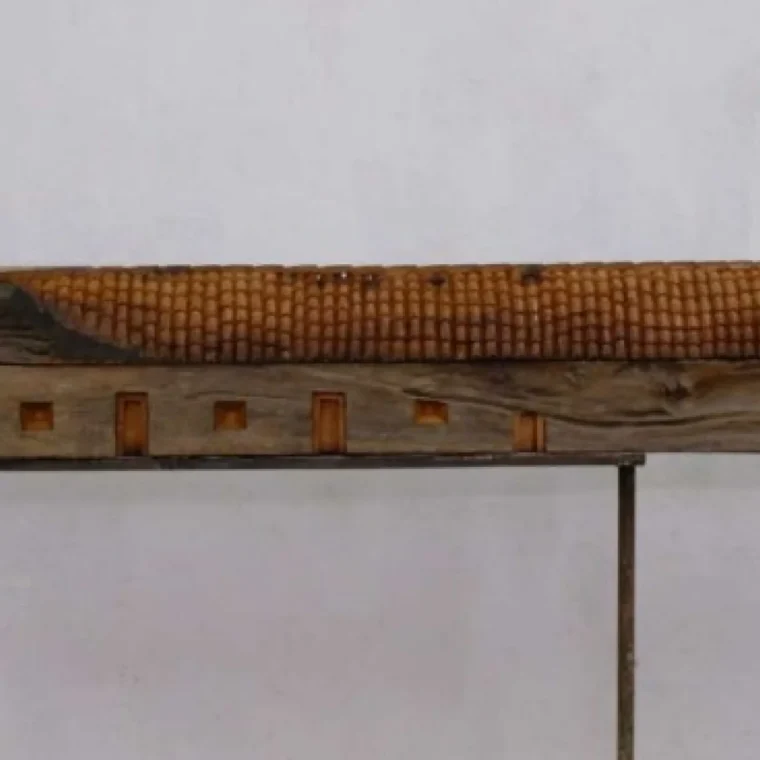Artists
Sort By:
- Aditi Kashyap
- Apurva Desai
- Chandni Paswan
- Hardik Kansara
- Harshil Patel
- Nitin Jain
- Sakashi Mathuriya
- Anjaneyulu Gundu
- Arjun Rathi
- G Subramanian
- Gangu Naidu
- George Martin
- Gurmeet Marwah
- Jayasri Burman
- Paravathi Nayar
- Prakash Ghadge
- Ravi Teja Varma
- Rohan Pawar
- Siddharth Kelkar
- Siddharth Shingade
- Sujit Karmakar
- Tauseef Khan
- Thota Vaikuntam
- Vaishnavi Walvekar
- Mananpreet Singh Saluja
- Narinder Kaur Gilotra
- Sadanand Shirke
- Riyas Komu
- Vinay Gusain
- Nilesh Kinkale
- Smita Kinkale
- Ashish Thakur
- ROHIT VAREKAR

Aditi Kashyap
Aditi Kashyap is a multi-disciplinary artist holding a BFA in Fine Arts from Paris College of Art, Paris, France.
She was a curator at Harkat Studios, working at the intersection of film and fine art where she worked on the 16mm Film Festival and other analogue film programmes. Aditi also worked as a producer for various artistic projects undertaken by the space. From 2021-24, she co-founded and ran Baadalghar, an artist-run platform working towards community engagement with the arts. Here, she facilitated workshops in experimental drawing and ceramics, along with virtual workshops in drawing and critical engagement practice.
Aditi has been artist- in-residence at Space 118 in Bombay and at Chandrangan in Udaipur. She recently participated in an exhibition at the Museum of Goa, where the work of six women ceramics artists were showcased. Based in Goa, Aditi’s work is currently focused in the ceramic medium. Her work investigates the nature of the cosmos and the position of the individual within it.
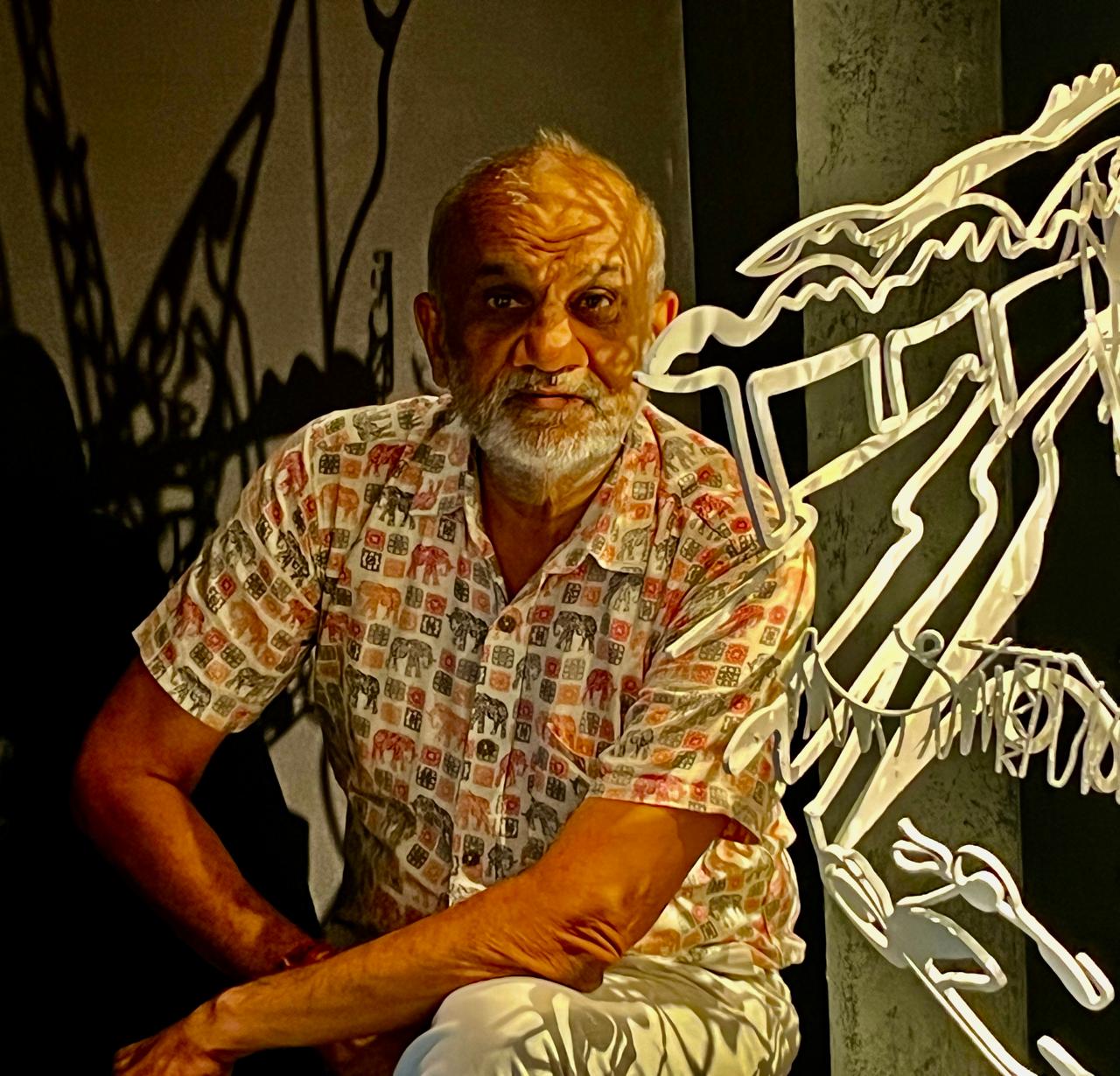
Apurva Desai
Apurva Desai is an artist who has carved a niche for himself in the visual arts circuit as an urban landscapist, through the use of skillful mediums and unique themes related to the emotional zone of industrial workers. He employs the medium in particular, rather adeptly, to appropriately befit the logic derived from industrialization.
The illusion that manifests itself is of the balance struck between the momentum produced by the overlapping of these forms, on one hand, and the small windows, or apertures; on the other. The angles that are revealed from the complete form resonate with viewers, stirring their emotions and dilating their thought pupils. They experience a sense of movement from stillness to liveliness.
The materials he uses to create his compositions as medium: the tools, gears & equipment used by the work force of textiles and shipbuilding/breaking industries, like huge wire ropes of iron/ aluminium, the extracted metal sheets etc., create an illusion of space within space, from which varied forms appear to emerge.
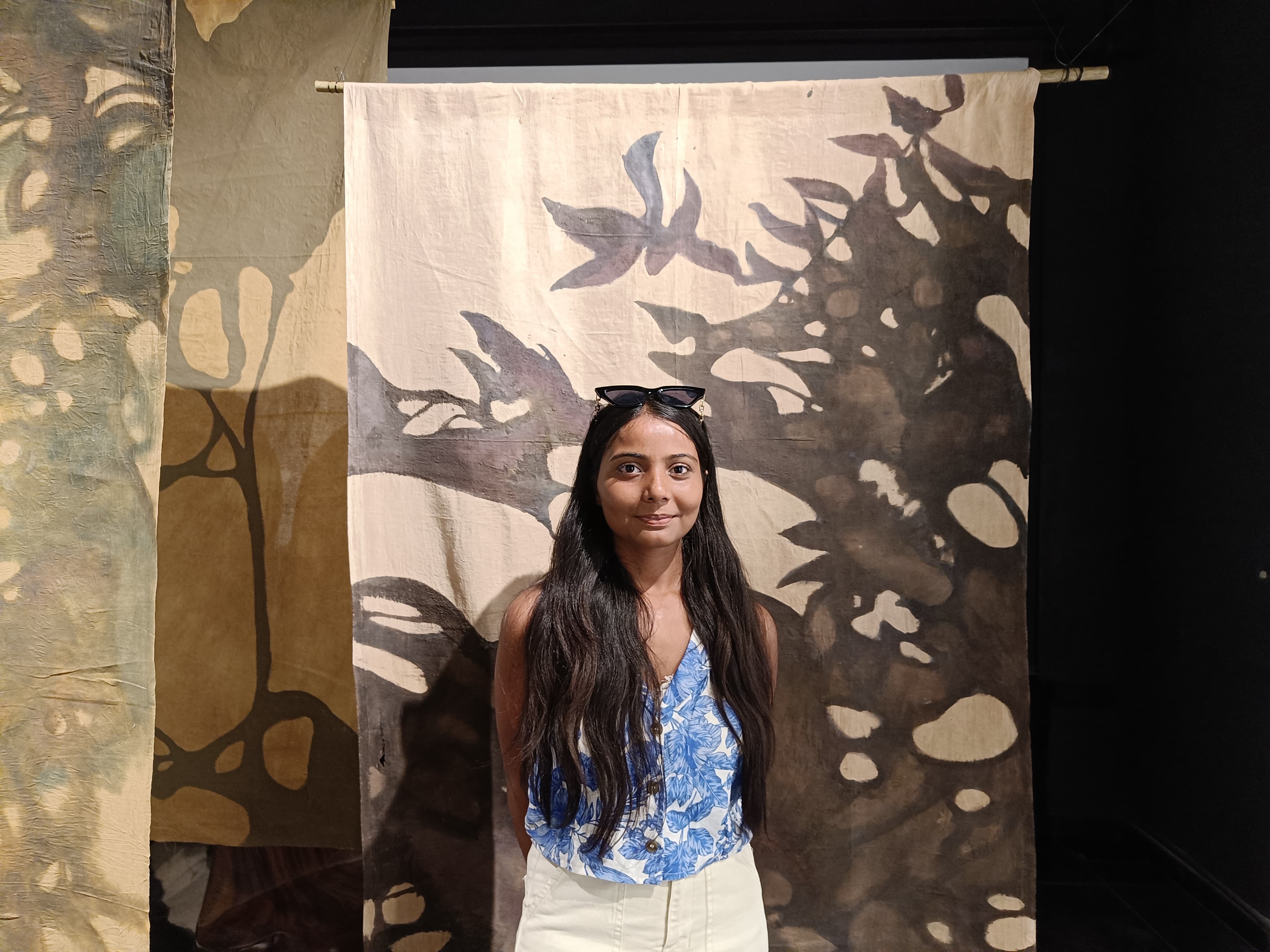
Chandni Paswan
The attractive play of Light and Shade is prominently seen in her paintings done on surfaces of paper and cloth. Every painting depicts the reflected light from the Sun, creating the illusion of having turned the elements of Earth itself into Space. Every visual on display tries to touch the boundless facets of the five fundamental elements of Nature. Each viewer ought to open his or her mind’s window and experience the seamlessness based on Solidity in her works. Every space in her paintings leave the audience with a pure, serene experience, far away from the busy battles of life.

Hardik Kansara
Optical illusions are formed while viewing all artworks of Hardik Kansara. His craftsmanship on paper initiates the objective of visual conversation between the audience and the visual. The aspect of Architecture is the characteristic feature of his paintings. From the space vacuum of the architecture, he tries to evoke their thoughts and emotions to life. One can witness the pupils of the audience growing larger. The depth and volume formed through papercraft embarks the viewer on a journey of solidity of vision. The deep, wide levels created from the height and denseness of the structures in the visuals produce an inter-emotional play, and manifest a surreal world to behold. The experience of the solidity of the volume carries the ease of the medium with an evocative reaction towards completion.
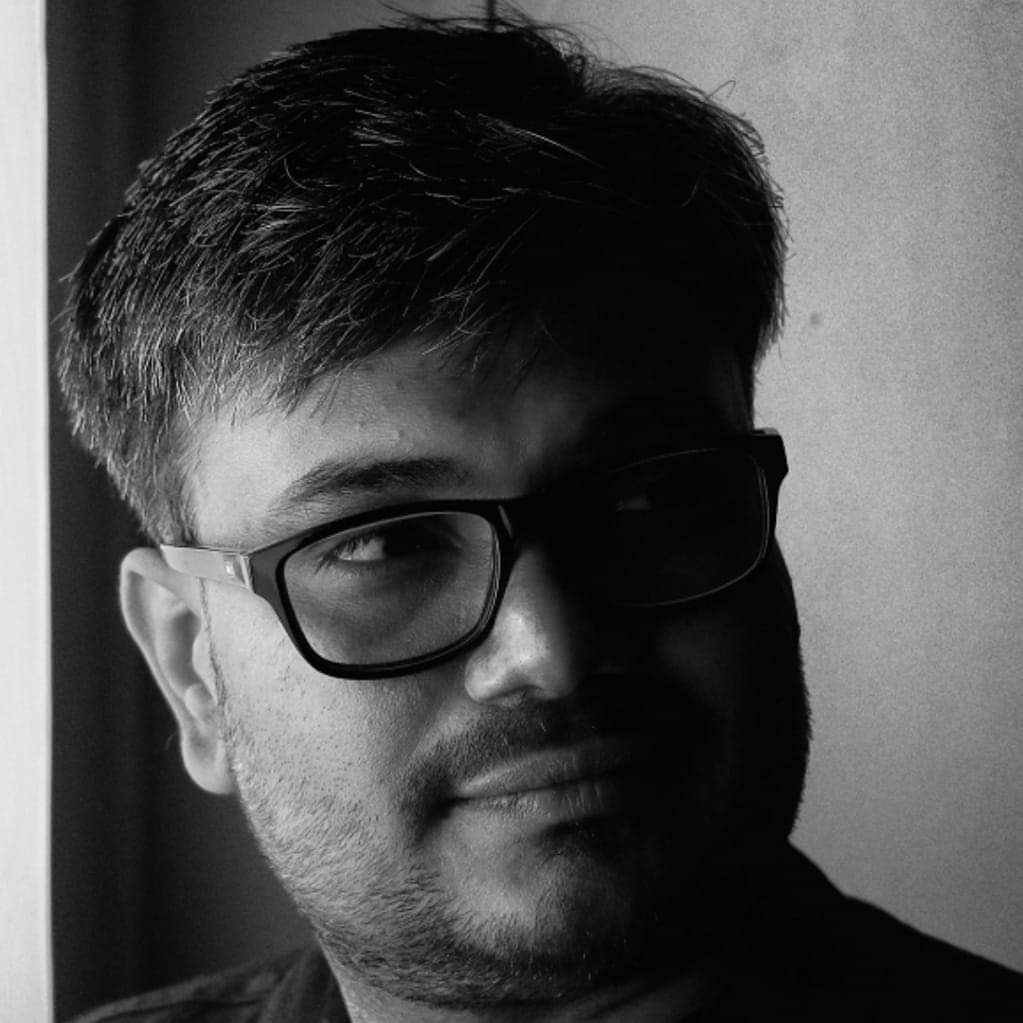
Harshil Patel
Harshil Patel’s latest series of artworks is a fusion of Hindu philosophy. His work invites viewers to engage through multiple senses—touch, sound, and fragrance—creating an immersive experience. Inspired by the ritualistic practices of Vaishnav families, he integrates sacred materials such as turmeric, charcoal, sandalwood, sindoor, and silver foil, traditionally used in Hindu temple rituals, into his paintings and sculptures.
Through his art, Patel aims to bridge the gap between traditional and contemporary Indian art, making it more accessible to both the intellectual art community and the general public. His work draws parallels between the grandeur of Western window displays in cities like London and Paris and the elaborate aesthetics of Hindu temples. Using repetition of objects in a rhythmic manner, he creates a dynamic visual experience akin to the chanting of mantras.
By reconstructing elements of shrines, sacred temple walls, and medieval architecture, Patel’s work explores the intersection of heritage, ritual, and consumerist culture.
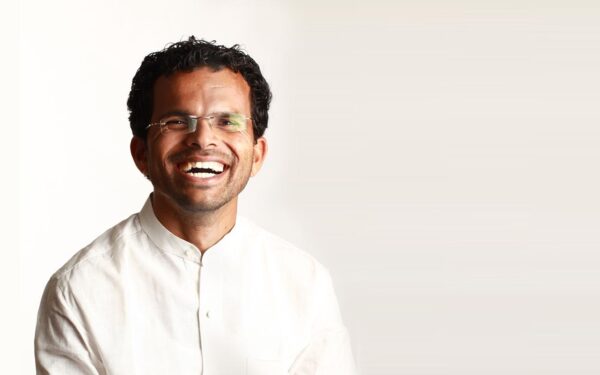
Nitin Jain
Nitin Jain is a designer and co-founder of Material Immaterial, where he explores the fundamental elements of three-dimensional design: space, form, and material. His work is characterized by a deep engagement with concrete as a medium, reflecting a desire to create objects that evoke sensory experiences and architectural narratives.
He has developed innovative projects like “Spaces,” a virtual tour that invites exploration of overlooked architectural details, and “Elements,” which captures the interplay of light and shadow in compact forms. Barcha emphasizes adaptability in material choice, allowing the concept of an object to guide its materiality, whether it’s concrete for architectural projects or papier-mâché for the Organic series, which celebrates natural shapes and textures.
Through his work, Jain merges the tangible and intangible, creating designs that provoke reflection on space and experience.
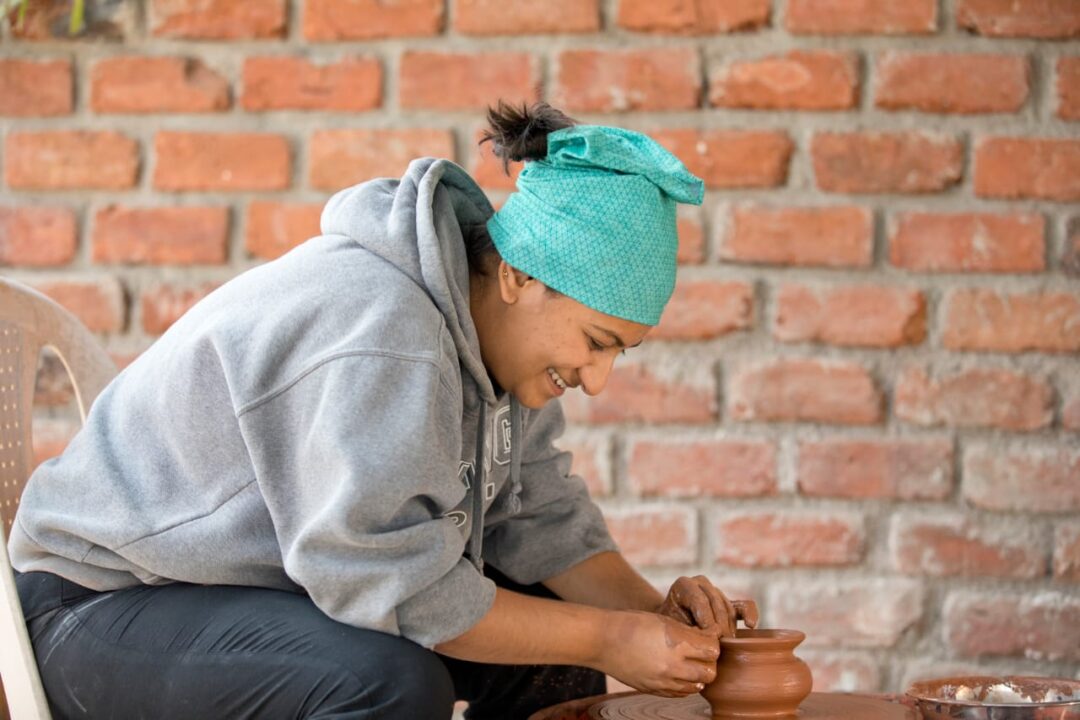
Sakshi Mathuriya
Sakshi Mathuria is a mostly self-taught ceramic artist. She has trained under Neha
Kudchadkar and Sandeep Manchekar. She was awarded the Multicultural Fellowship, 2024 by NCECA (National Council on Education for the Ceramic Arts).
She has been artist-in-residence at Rochester Folk Art Guild in New York and at Cub Creek Foundation, Virginia, USA. In 2023, she was part of a unique program Ajab Gajab Bazaar by the Kabir Project, wherein using the medium of clay South Asian folk and mystic poetry was explored with over 250 children.
In 2022, she founded Studio MetaMaati at an eco-farm on the outskirts of Pune,
where she works on her ceramics practice and facilitates beginners workshops. With
Her work, Sakshi explores personal rituals of interconnectedness with the natural world. She works with Nerikomi, the Japanese technique of creating patterns with different coloured clay bodies, making works that archive the ephemeral experience of everyday interactions with land.
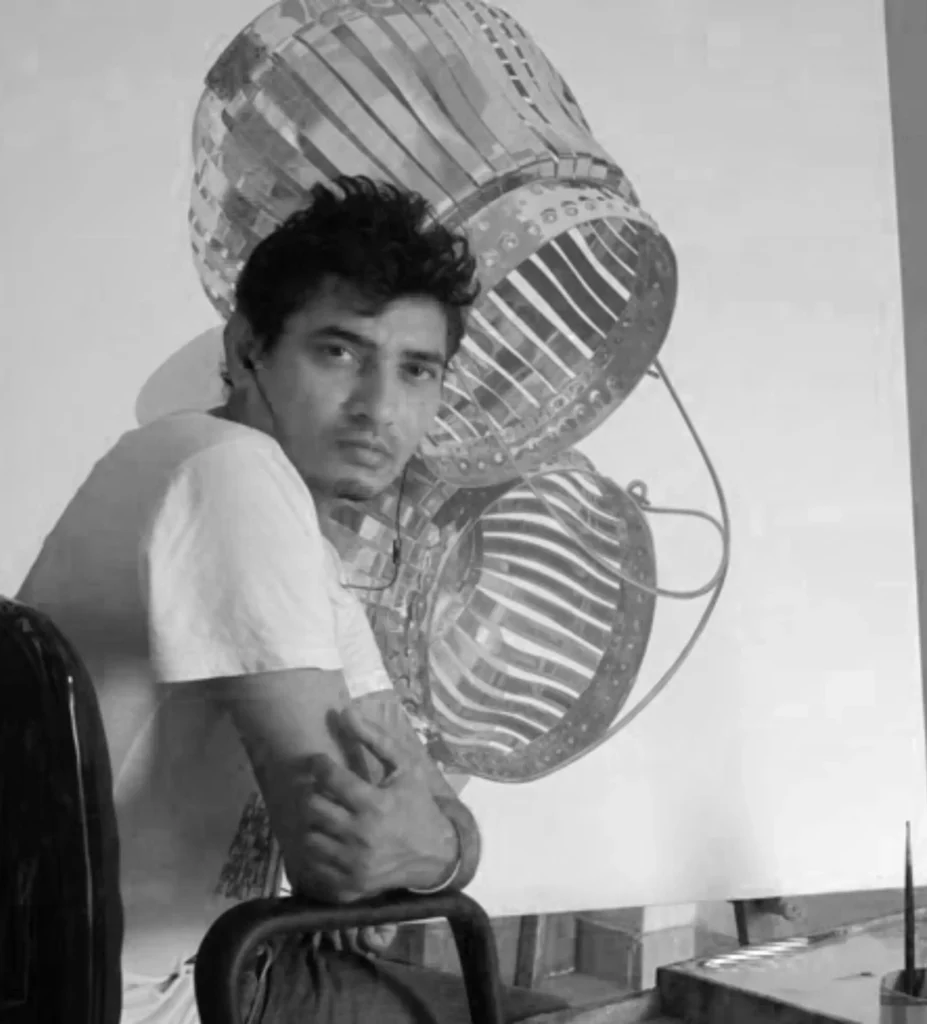
Anjaneyulu Gundu
The Artist who gives iconic status to mundane objects around us and makes us sit up and take notice forcefully, that’s what Anjaneyalu’s brilliant hyper realism does to you. The viewer is left awestruck and speechless once the level of detailing in Anjaneyulu’s frame sinks in.
It’s very hard to believe that these are actually paintings as most look exactly like photographs. His painting technique and selection of subjects make him unique among the younger generation of painters from India. He uses day-to-day objects like vessels, fish baskets, glass bottles and jugs in his paintings. His favorite subject is still life and the technique he uses is simply unique.

Arjun Rathi
Arjun Rathi, a visionary architect and designer based in Mumbai, has created waves in the design world with his innovative and experimental approach. Graduating from Kamala Raheja Vidyanidhi Institute of Architecture and Environmental Studies, he further honed his craft in Europe, where he drew inspiration from recycled materials and developed his unique design ideology. Arjun’s creations span various disciplines, including architecture, industrial design, photography, and product design.He is Inspired by geometric forms, his lamps showcase his exploration of form and materials, with each piece telling a distinct story. Arjun’s fascination with origami has also led to the development of modular structures, including lighting units and media facades. His minimalist yet practical approach to design embodies a spirit of freedom and creativity, inspiring others to think differently. With his boundless creativity and dedication to innovation, Arjun Rathi continues to leave a lasting impression on the design world.
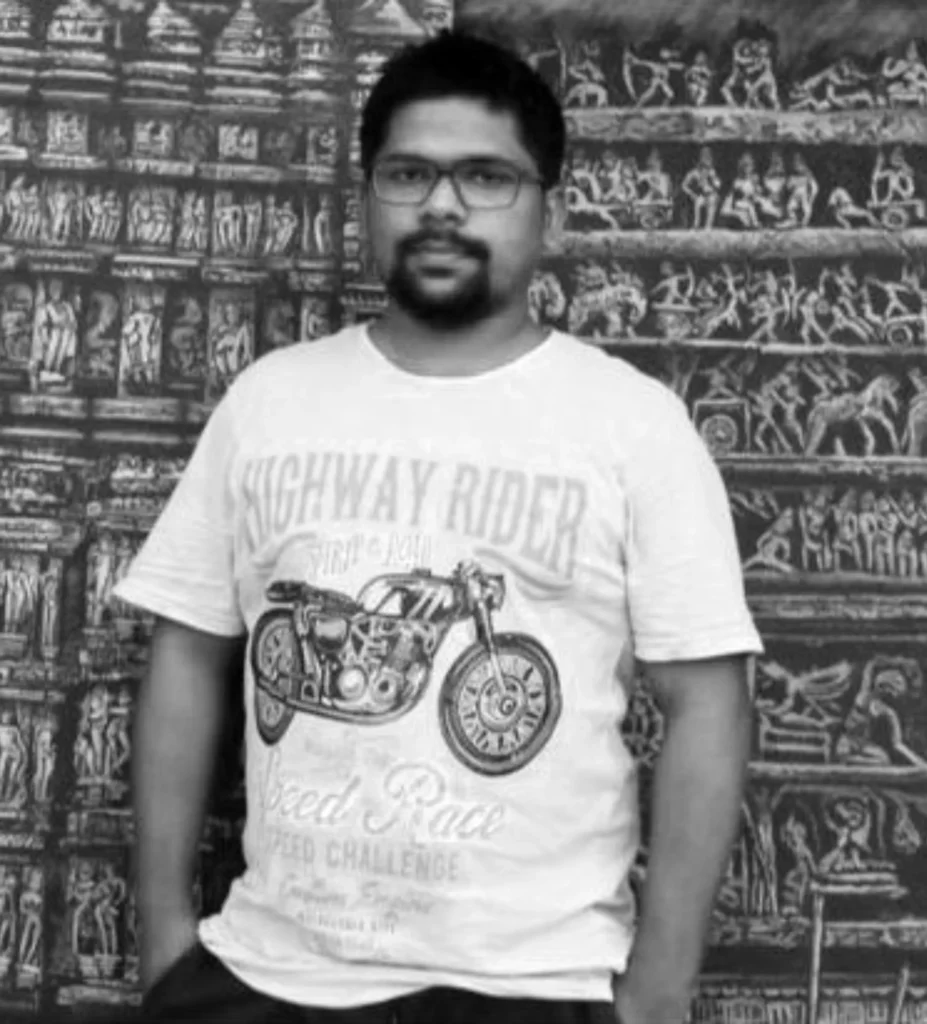
Gangu Naidu
PV Gangu Naidu has a BFA in Painting, Andhra University and an MFA in Printmaking (Graphics), Rabindra Bharati University, Kolkata.
Drawing inspiration from his own past and memories, Gangu’s works serve as the window to his soul.
With works in many private collections, both in India and abroad, Gangu has participated in several group exhibitions and art festivals. He now works as a freelance artist in Baroda, Gujarat.

George Martin
He was the first recipient of Art India Magazine’s Promising Artist Award in 2005.
George Martin’s works are a spectral of luscious colour. He paints a magical view of the world around us, which appears to be spinning at a dizzying speed. His acrylic abstractions exuberate copious amounts of energy and are an ultimate representation of modern urban life. There are no limitations to colour or form in Martin’s visual extravaganza; in a single canvas he is able to merge multiple cultures. However, when viewed more carefully, Martin’s densely populated compositions resonate the transitory and disunited true nature of our world.

Gurmeet Marwah
Gurmeet Marwah’s artistic endeavors are characterized by multi-layered narratives, operating at both the personal and societal levels.
Through his work, Marwah utilizes images as vehicles for sarcastic expression, imbuing them with a keen sense of satire. This facet of his artistic expression serves a dual purpose: it offers incisive commentary on societal norms and constructs while also facilitating the resolution of internal conflicts within the viewer.
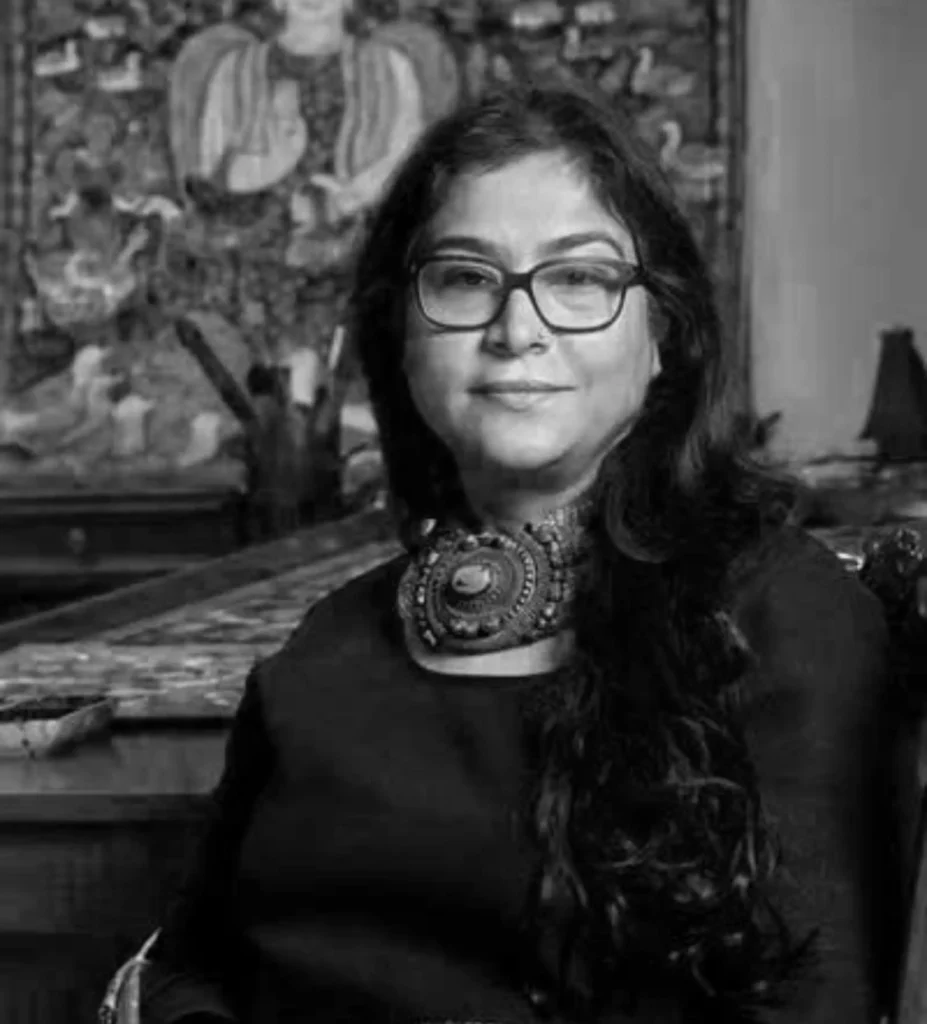
Jayasri Burman
Jayasri Burman’s vivid portraits repurpose tropes from Hindu mythology and Bengali traditions. The painter—whose practice draws on folk art techniques like Kalighat and Patachitra painting—portrays Indian women as divine beings at one with nature.
Burman trained at the distinguished Kala Bhavana Institute of Fine Arts in India and received a Padma Award from the Indian government in 1985.
In 2007, India issued a series of stamps featuring her paintings to commemorate International Women’s Day. Featuring mystical hybrid forms in harmony with wildlife, Burman’s paintings are stories of empowerment and freedom that emerge from reflections on childhood memories and tales from core Hindu texts like the Ramayana, as well as commentary on social issues.

Paravathi Nayar
Paravathi Nayar is a versatile artist hailing from India, with a profound interest in exploring the relationship between art, technology, and the environment. Her works often incorporate multimedia elements, such as video, sound, and interactive installations, to raise awareness about ecological issues and the impact of modernization on nature. Nayar’s art offers a thought-provoking and immersive experience, urging viewers to contemplate their role in the preservation of the planet and the harmonious coexistence with the natural world.
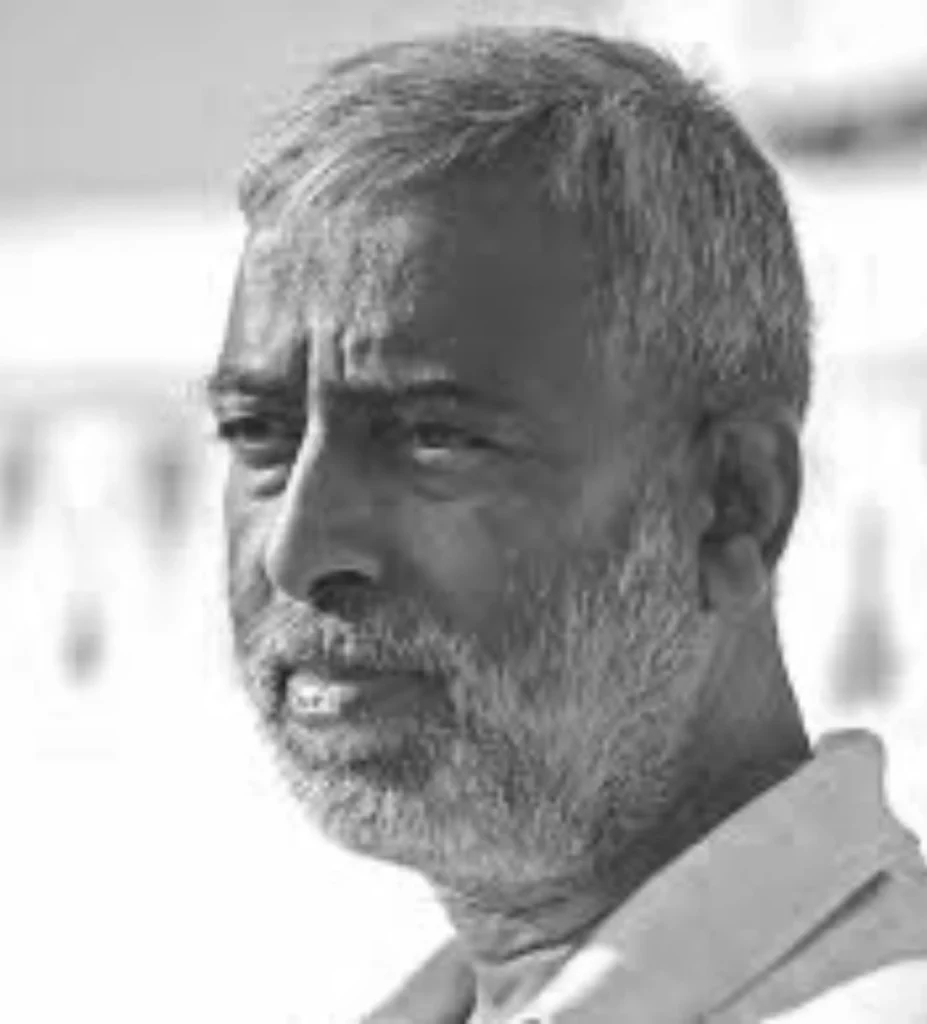
Prakash Ghadge
Art in black and white has a distinct charm and Prakash Ghadge’s work of beautiful landscapes, is like that — pen and ink on paper. Each of his work is detailed and inspiring.
Prakash Ghadge says, “Right from the beginning ‘Seclusion’ has cast a spell over me. This allows me to strike a conversation with myself and nature. Being one with nature is something very crucial to my being. It reminds me of my existence in the universe and therefore my role, which tempts me to say something through my paintings. Here, I did not succumb to the temptation of rendering my thoughts in colour; for they can disguise the directness of my paintings. I guess black possesses a power with its innumerable grays to say it single handedly.

Ravi Teja Varma
The Cosmic Turtle is an exquisitely poised and versatile piece of art that embodies beauty, grace, and strength. This magnificent lounge chair, meticulously crafted from an enormous East Indian walnut wood root, underwent nine months of continuous monitoring to achieve its remarkable form. Its shape now resembles a majestic turtle gracefully soaring through the air.
The Cosmic Turtle holds a profound symbolic significance, harking back to an ancient marine creature that existed during the time of dinosaurs. Legends suggest that this creature supported or carried the entire planet upon its back. The lounge chair, with its flapping flippers, serves as a metamorphic representation of this legendary creature, evoking the notion of holding the world on its back once again.
With its mesmerizing design and rich symbolism, The Cosmic Turtle beckons you to experience the perfect blend of art, comfort, and historical allure.

Rohan Pawar
Rohan Pawar is a talented contemporary artist from India known for his intriguing and visually striking sculptures. His creations often combine diverse materials, such as metal, wood, and found objects, resulting in unique and thought-provoking pieces. Pawar’s art explores themes of identity, society, and human emotions, challenging conventional notions and inviting viewers to explore the deeper layers of meaning hidden within his sculptures.

Siddharth Kelkar
He connects with art which lies on the edge of representative and non representative, art which provides an opportunity the viewer to explore the frontiers of mystery.
He particularly connects with conceptual works and abstract paintings he likes to create works with found materials and invest them with new ideas, concepts and forms. Growing up by the seaside, the ocean has played an important role in giving him materials and inspiration in his practice.
The physical and metaphysical. He infuses the physical with the metaphysical . A piece of drift wood , a piece of broken wooden canoe, a piece bubble wrap, a net , sawdust, sand , cement or a copper plate cease to be what they are and assume new identities or rather shed their identities and become a part of an abstract visual play. Most of the materials he uses are recycled or even junk. “My creative process is also an rebellion against established norms and also a statement towards sustainability. I know that using a few pieces of plastic junk won’t create a huge difference to the planet. However, the works will communicate a message. Art plays an important role in spreading new ideas,” he says.
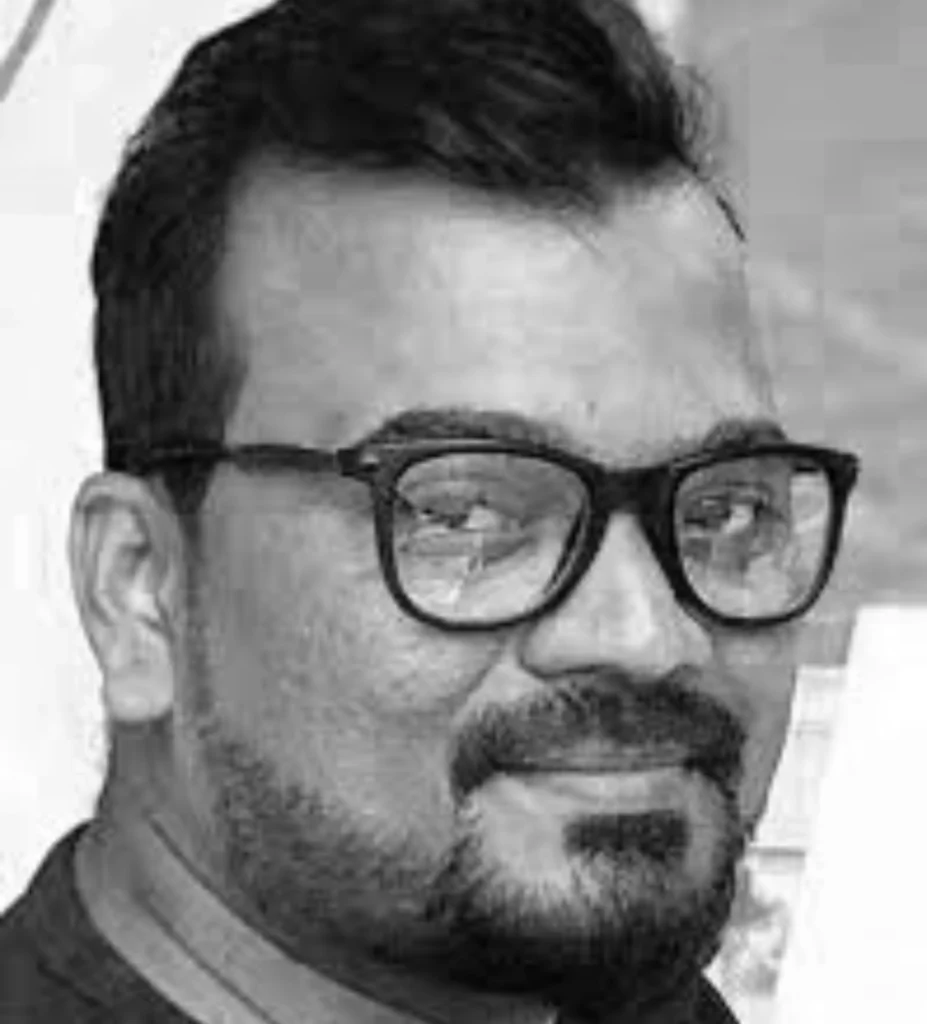
Siddharth Shingade
Siddharth Shingade is a Maharashtra based artist whose early work primarily reflected his deep emotional connect with the soil and people of his homeland. His paintings often featured a somber and mellow mood, showcasing village scenes and everyday life. Using earthy colors – from deep reds and earthy browns to pistachio greens.
Shingade showed mastery over technique and meaning. If on the one hand he used mixed media and acrylic layers to impart texture to his artworks for instance, on the other he gave his works meaningful titles that allowed viewers to relate to and appreciate his message.

Tauseef Khan
Tauseef’s Reflections series is an entire symphony built around this note. “Through my paintings, I want to explore the concept of constantly changing perceptions. For instance, the monuments of Delhi, which I often paint, are objects of grandeur and antiquity, but to me, they are also familiar markers of my home city, places I often visited with family and friends.”
That mixed tone of wonderment and comfort is evident in the way Tauseef depicts historical architecture: bright, as if bathed in afternoon sunlight, immediate as if tactile. Panels of Mughal inlay work in marble and bejeweled stone are vividly presented in some paintings, and in others, the red sandstone of a temple seems so comfortably warm you’d want to touch it.

Thota Vaikuntam
His paintings capture simple lifestyle of villagers like the paddy fields, toddy pots on shoulders of men, the household chores, temple rituals etc. The stylization of a painting are a perfect foil to Indian classical dance as the figures seem to dance, as if following their creator in a statuesque movement, reminiscent of temple friezes.

Vaishnavi Walvekar
With a strong sentiment towards indigenous craftsmanship, Vaishnavi Walvekar’s re-interpretation of crafts came about her own discerning nature. After her MFA in Industrial Design from San Francisco, she followed her pursuit in crafts with a nomadic quest– travelling to craft-rich places such as Jaipur, New Delhi, and Kashmir.
Vaishnavi debuted her first papier- mâché collectible design ensemble at Salone Del Mobile in June 2022 followed by a Contemporary Craftsmanship Award by Design Pataki in 2023.
Her works showcase a series of sculptural and functional art infused with brutalism. The magic is in peeling back some layers to be able to truly appreciate its core— paper pulp and the complexities of textures it brings with it. The works and creations are synonymous with the craft’s sustainable and slow production.

Manpreet Singh
Saluja
I’m Mananpreet Singh, and my journey is a tapestry woven with threads of architecture, artistry, wood sculpting, and entrepreneurship, all rooted in my family’s four-generation legacy of woodworking. With each stroke of my creative chisel, I aim to redefine the perspective of art in India, infusing it with innovation and cultural richness.
My artwork is not just about aesthetics; it’s a spiritual journey, connecting energies and emotions that transcend the physical realm. I believe in the transformative power of meditation, and my creations mirror the interconnected rhythms of life, inviting viewers to cherish the beauty of the present moment. Join me in this profound exploration of art as a catalyst for introspection, connection, and authentic joy.
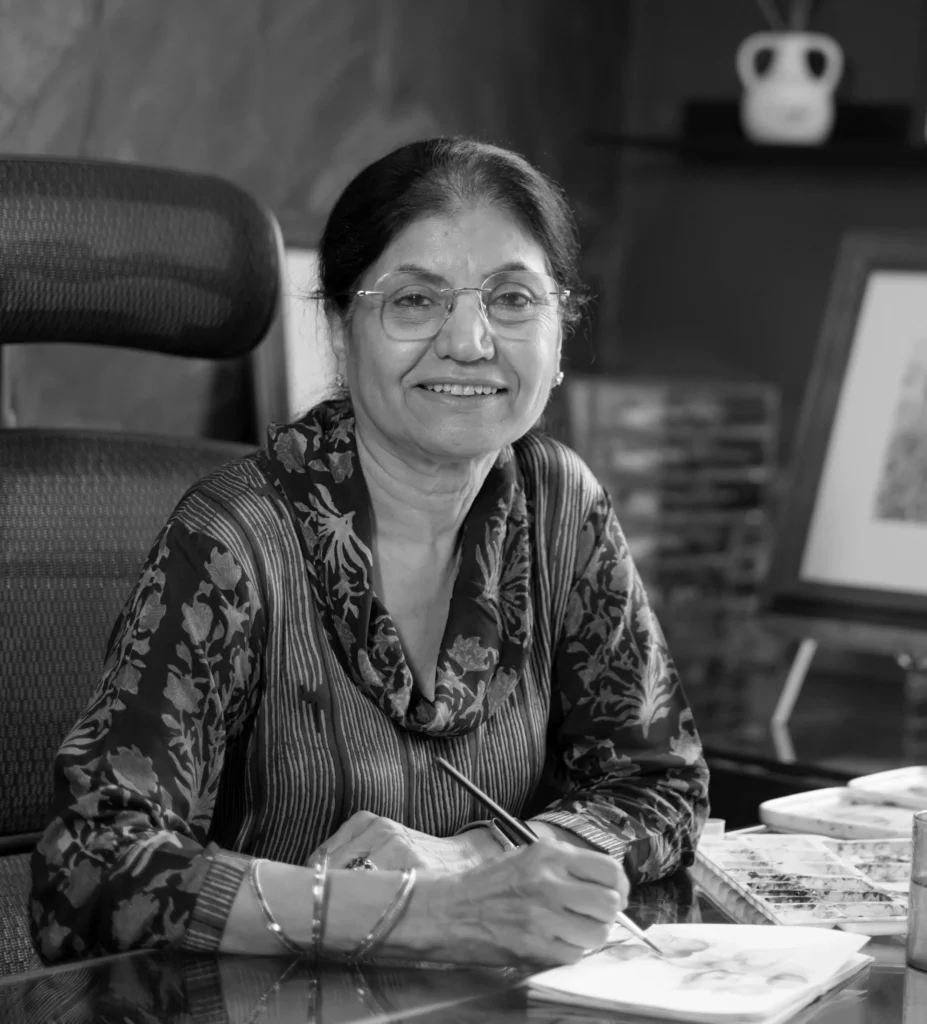
Narinder Kaur
Gilotra
Narinder Kaur Gilotra
As an artist of emotion, Narinder Kaur Gilotra uses the medium of painting to convey her deep gratitude for the abundance of joy in her life. Her art is a testament to the positivity and contentment that fills her heart, regardless of the subject she chooses to portray.
Through her watercolor works, Narinder Kaur Gilotra invites us to rediscover the beauty of the seemingly ordinary things we often overlook. Her paintings serve as gentle reminders to pause, reflect, and appreciate the small wonders that surround us. With every stroke of her brush, she evokes a sense of tranquility and encourages us to embrace a more meaningful, slower-paced existence aligned with our true passions.

Sadanand
Shirke
Sadanand Shirke, a Mumbai native, presents a unique and personal portrayal of the cityscape that he has encountered throughout his life. His artistic vision offers a captivating interpretation of Mumbai’s glittering city life, rendered through a vibrant palette of bright vinyl colour. However, Shirke work goes beyond the mere aesthetic, as it intentionally lacks emotional depth, a choice he expresses through the plain and monotonous texture of the vinyl.
This striking approach symbolizes the city’s bustling energy where everything moves at a relentless, uniform pace, highlighting the parallel lives and stories that unfold within the urban landscape.
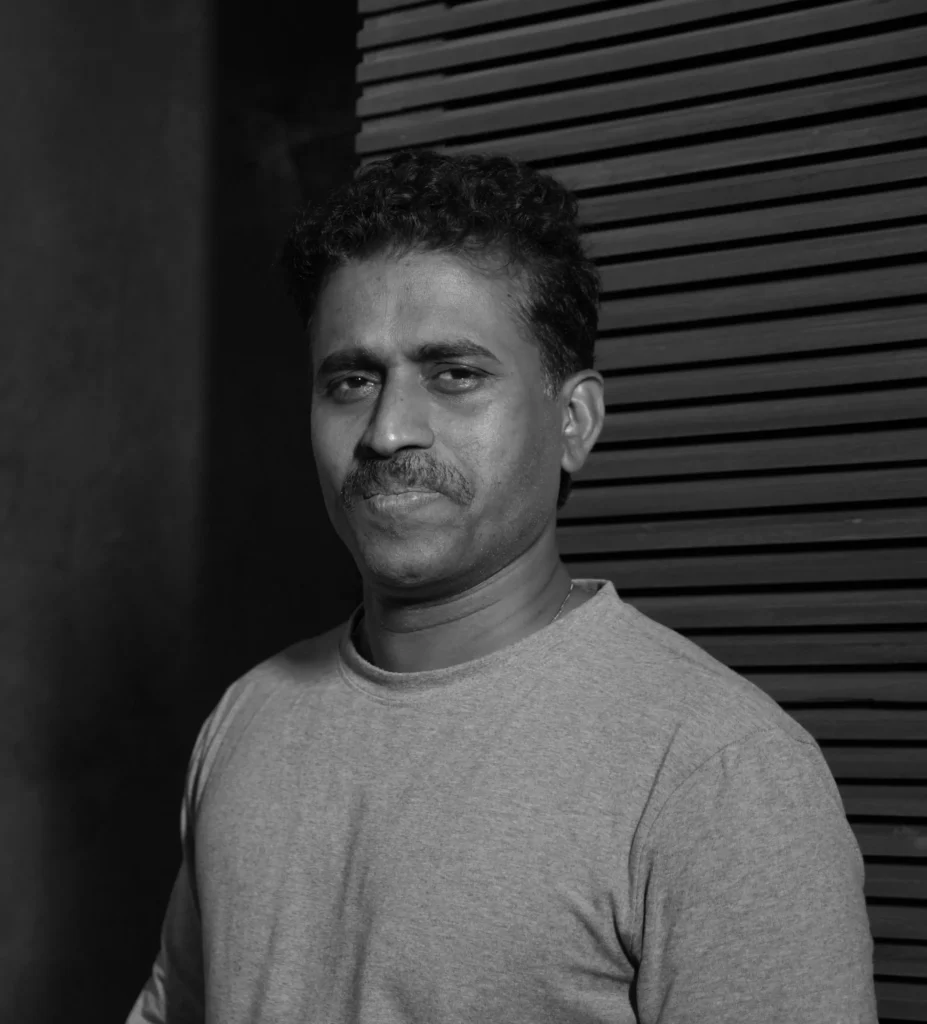
Sadanand Shirke
Sadanand Shirke, a Mumbai native, presents a unique and personal portrayal of the cityscape that he has encountered throughout his life. His artistic vision offers a captivating interpretation of Mumbai’s glittering city life, rendered through a vibrant palette of bright vinyl colour. However, Shirke work goes beyond the mere aesthetic, as it intentionally lacks emotional depth, a choice he expresses through the plain and monotonous texture of the vinyl.
This striking approach symbolizes the city’s bustling energy where everything moves at a relentless, uniform pace, highlighting the parallel lives and stories that unfold within the urban landscape.

Riyas Komu
Riyas Komu stands as a towering figure within the vibrant tapestry of Indian fine art. As a luminary in the realm of Indian painting, he delivers profound reflections on the complexities of an opulent yet politically charged landscape.
His artistry, characterized by a rich diversity in both medium and thematic exploration, offers poignant commentary that resonates deeply. Born into the nurturing arms of a politically progressive family, Komu’s canvases are imbued with the fervor and the intellectual rigor of his leftist upbringing, as they boldly confront and dissect societal issues. His choice of materials is as thoughtful as his subject matter; the lush and bountiful land of Kerala, with its picturesque natural beauty, has inspired Komu to embrace wood as his primary canvas—a homage to his roots that is both literal and metaphorical. The interplay of Kerala’s enchanting environment and its dynamic political climate is masterfully interwoven into Komu’s masterworks.
His work does not merely reflect the world as it is; instead, it challenges viewers to engage with the underlying narratives and to contemplate the duality of nature’s tranquility side by side against the fervor of political discourse. Komu’s art, much like the verdant landscapes of Kerala, is a sanctuary of thought and a battleground of ideas, inviting one to linger, to ponder, and ultimately, to be transformed.
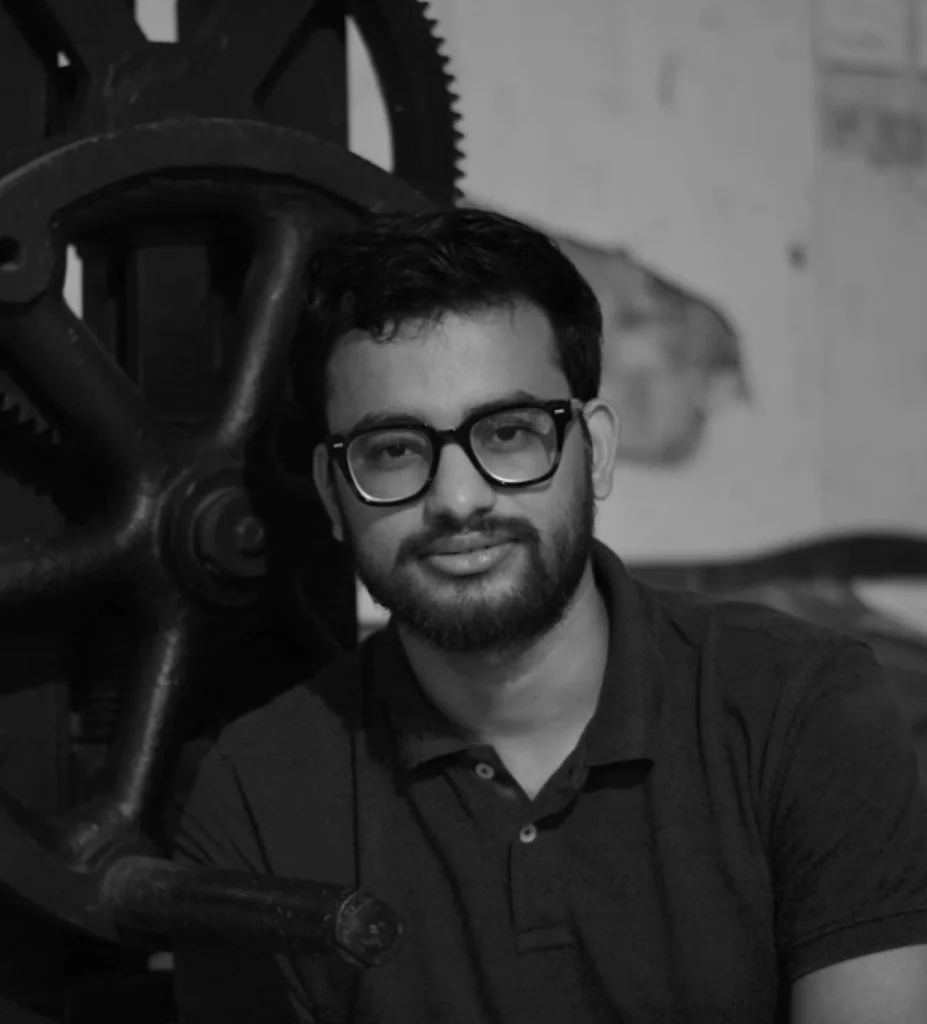
Vinay Gausain
Vinay, originally hailing from the vibrant state of Haryana, found himself relocating to Baroda, Gujarat, for educational pursuits. It was in this bustling city that he encountered an eye-opening scene that piqued his curiosity: individuals sprawled across the roads, enveloped in the arms of sleep during the morning hours. These were hardworking souls, laborers who toiled under the stars, dedicating their nights to labor only to find rest on the unforgiving pavement as dawn broke.
With no proper facilities to call their own, these workers carried their worldly possessions in humble carriers—plastic bags. These bags, crafted from polythene, were more than mere storage; they were a symbol of resilience, a lightweight shield safeguarding their cherished valuables from harm and the elements. The simplicity and practicality of these bags struck a chord with Vinay.
Inspired by the stark reality of these urban sleepers and their polythene companions, Vinay’s artwork began to reflect these poignant observations. His paintings vividly capture the diverse sleeping postures of the pavement dwellers, each curve and angle telling a story of exhaustion and survival. Equally, the polythene bags take on a life of their own, painted with such attention to detail that one can almost feel the crinkly texture and sense the weight of the stories they hold within.
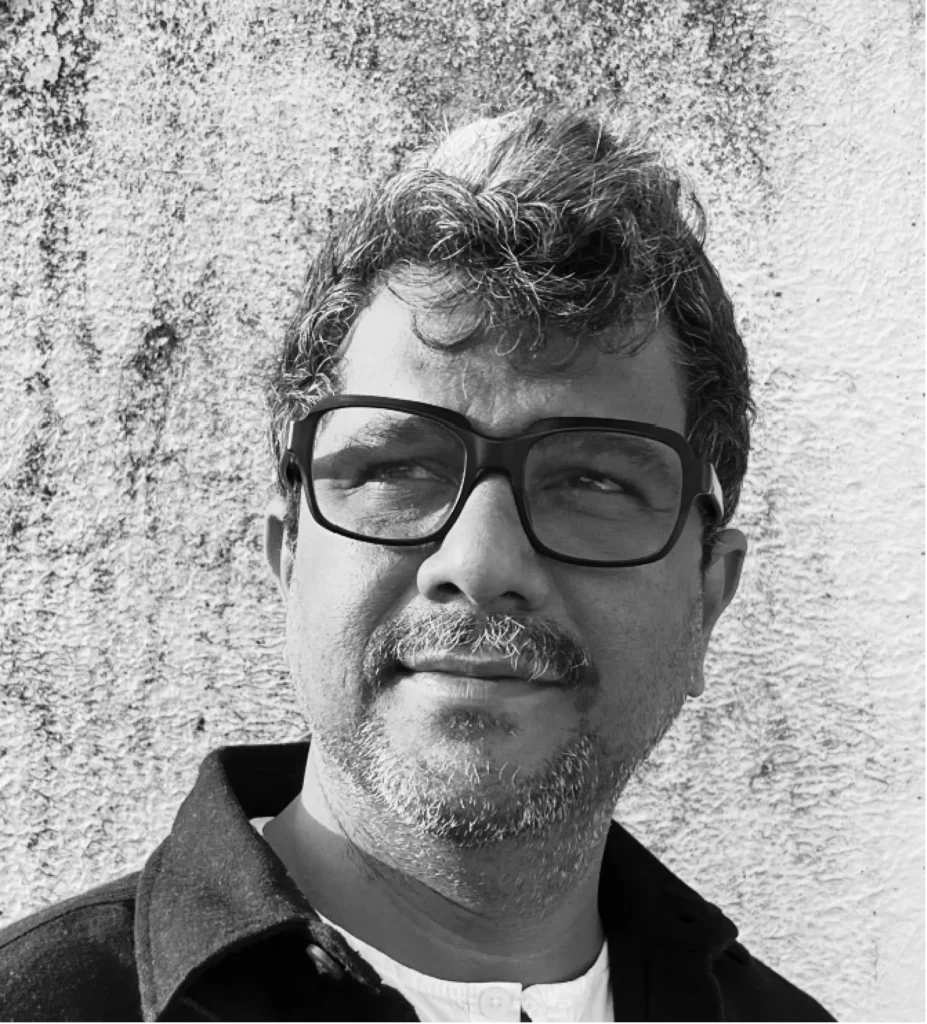
Nilesh Kinkale
Nilesh’s creations delve into the tangible memories of a bygone era, one where the touchstones of the Boomer II generation and Gen X were not mere inanimate objects, but vessels of profound emotional resonance. These symbols of yesteryear now lie obscured, blanketed by the relentless march of progress, swallowed by the detritus of the new age.
Each artifact tells its tale, from its very inception to the myriad hands it passed through—be it the warm glow of a lantern piercing the darkness or the satisfying click-clack of a typewriter as it chronicles thoughts onto paper, from the playful honk of a bus in its vibrant greens and golds to the methodical unveiling of a lunch box’s compartments, revealing a meal prepared with care. These relics, though vanished from our daily existence, have the power to transport us instantly back to a simpler epoch where life’s rhythm was set by a different beat—a time when humanity embraced simplicity.
In Nilesh’s artistic expressions, we are invited to reminisce not only about the people who marked our lives but also about the objects that were integral to our emotional landscapes. His work is a tribute to a period in our collective history that has been eclipsed by the voracious appetite of modernity.
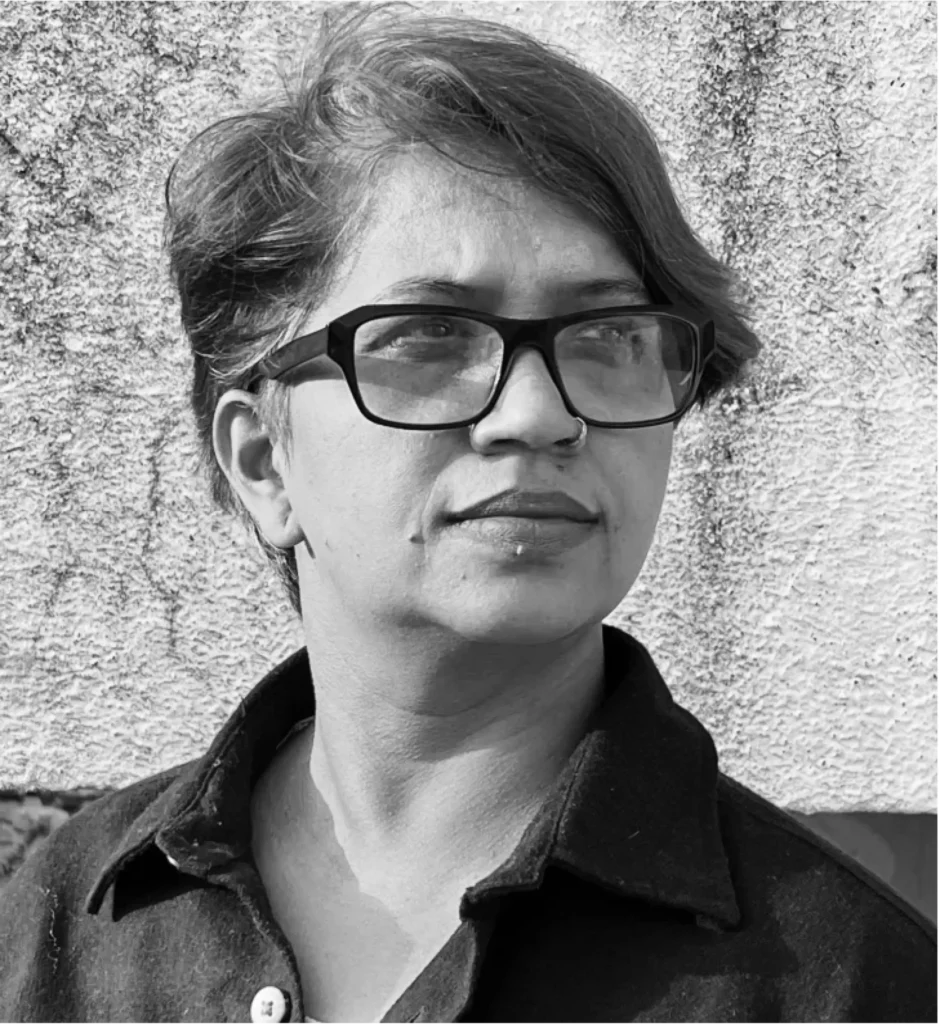
Smita Kinkale
Smita Kinkale, an artist deeply rooted in the lush landscapes of Tansa, crafts a vivid narrative through her unique art, transforming the very essence of plastic, a symbol of urban encroachment, into something mesmerizingly beautiful.
Growing up in a village where nature’s palette was a daily inspiration, Smita witnessed the shift towards plastic use, a change that deeply influenced her artistic journey. Moving to Mumbai to study painting, she found herself drawn to abstract art, mastering the art of color layering. This skill became a foundation for her groundbreaking work with plastic. Smita’s art is a dance of colors and forms, where plastic is not just a medium but a message, telling tales of change, adaptation, and the interplay between the natural and the urban. Her works are like vibrant sculptures, capturing the imagination with their intricate patterns and textures, reminiscent of childhood wonders and the complex beauty of nature. In her hands, plastic melts and molds into stunning visual stories, reflecting Smita’s journey from a rural upbringing to an urban existence, blending traditional painting techniques with innovative materials.
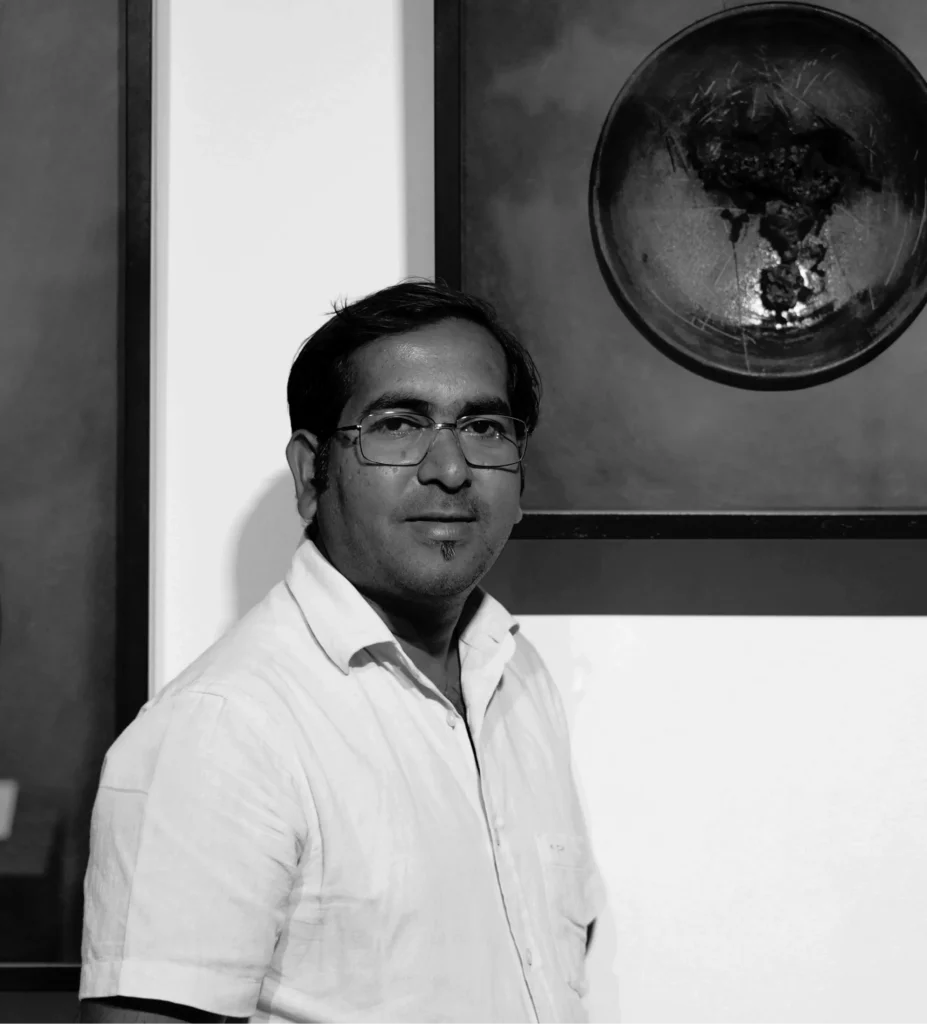
Ashish Thakur
In the heart of Pen, where the craft of divine Ganpati idols is a legacy, Ashish Thakur’s artistry blooms amidst the fragrance of moist earth and the whispers of tradition. Raised in a family revered for their sacred sculptures, Ashish’s hands learned the dance of creation early, his childhood filled with the textures of clay and the vibrant life of his surroundings.
The lush landscapes of Pen and the fiery glow of brick kilns fueled his imagination, shaping a unique artistic voice that marries the rustic with the divine. Ashish’s work, especially his ‘Untitled’ series, is a tribute to the art of Ganpati idol making. Using sandpaper, a simple but essential tool in crafting these idols, he turns it into a canvas where texture tells tales of devotion and heritage. His terracotta plates, kissed by the memories of home-cooked meals on a traditional ‘chul’, carry the stories of family, love, and the warmth of shared feasts.
Each mark, each hue, is a testament to the beauty of simplicity and the deep roots of his cultural inheritance. Ashish Thakur’s art is not just a celebration of form and color; it’s a heartfelt ode to the rich tapestry of life in Pen, where every creation is a piece of personal and communal history.
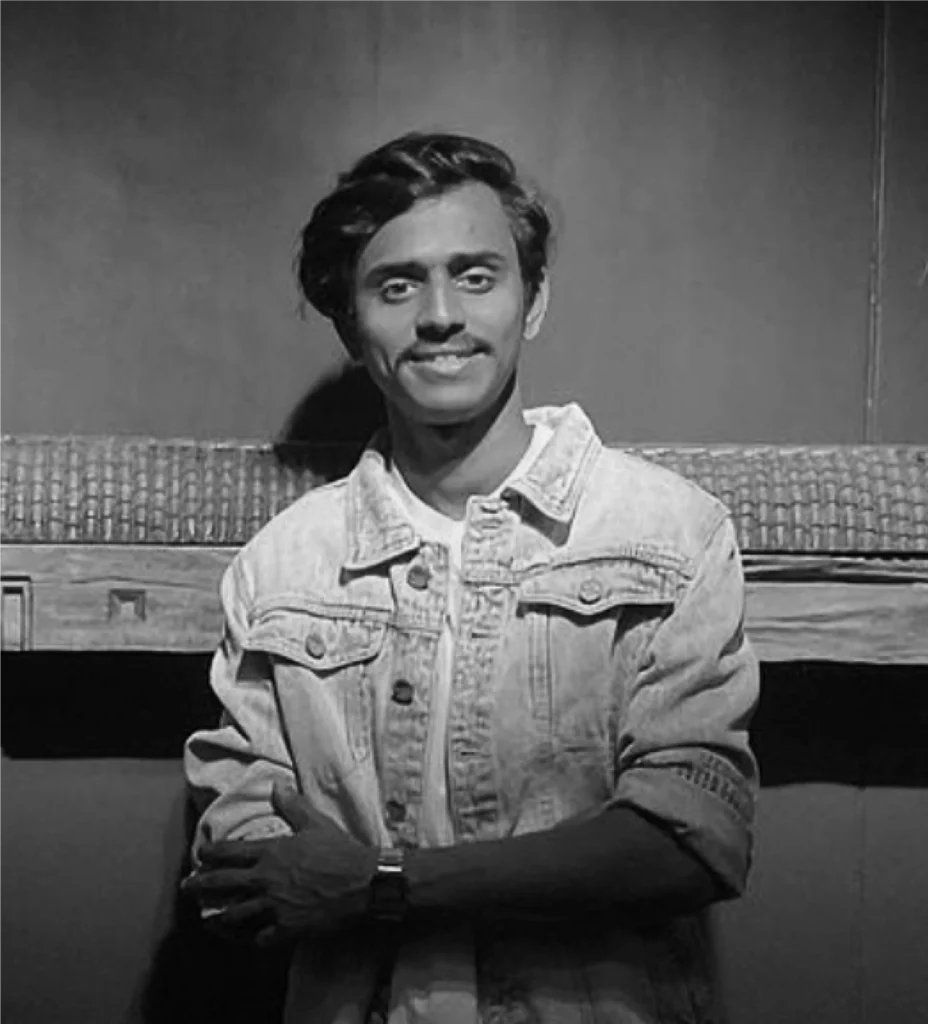
ROHIT VAREKAR
In the heart of Sindhudurg, where the lush greenery whispers ancient tales, Rohit Varekar’s artistry blooms, rooted in the rich soil of his heritage. This land, known for its vibrant woodcraft and cherished wooden toys, shaped Rohit’s destiny, intertwining his life with the rhythm of the woods.
But 2022 brought a twist of fate that would redefine his path. The devastating floods that ravaged Konkan tested everything, including Rohit’s home. Yet, amidst the ruins, a revelation emerged—the wooden pillars of his life stood resilient, painting a story of endurance and legacy.
Inspired by this resilience, Rohit’s creations breathe life into the cherished wooden toys of Konkan, each piece a narrative of culture and tradition. From the iconic cashew to the mesmerizing dance of spinning tops, his work captures the essence of local craftsmanship, transforming mundane kitchenware such as the ‘jata’ (grinder), ‘pata varvanta’ (rolling board and pin), the earthen ‘chul’ (stove), and brooms woven from coconut leaves, into playful sculptures that evoke nostalgia for a simpler time.

ROHIT
VAREKAR
In the heart of Sindhudurg, where the lush greenery whispers ancient tales, Rohit Varekar’s artistry blooms, rooted in the rich soil of his heritage. This land, known for its vibrant woodcraft and cherished wooden toys, shaped Rohit’s destiny, intertwining his life with the rhythm of the woods.
But 2022 brought a twist of fate that would redefine his path. The devastating floods that ravaged Konkan tested everything, including Rohit’s home. Yet, amidst the ruins, a revelation emerged—the wooden pillars of his life stood resilient, painting a story of endurance and legacy.
Inspired by this resilience, Rohit’s creations breathe life into the cherished wooden toys of Konkan, each piece a narrative of culture and tradition. From the iconic cashew to the mesmerizing dance of spinning tops, his work captures the essence of local craftsmanship, transforming mundane kitchenware such as the ‘jata’ (grinder), ‘pata varvanta’ (rolling board and pin), the earthen ‘chul’ (stove), and brooms woven from coconut leaves, into playful sculptures that evoke nostalgia for a simpler time.

